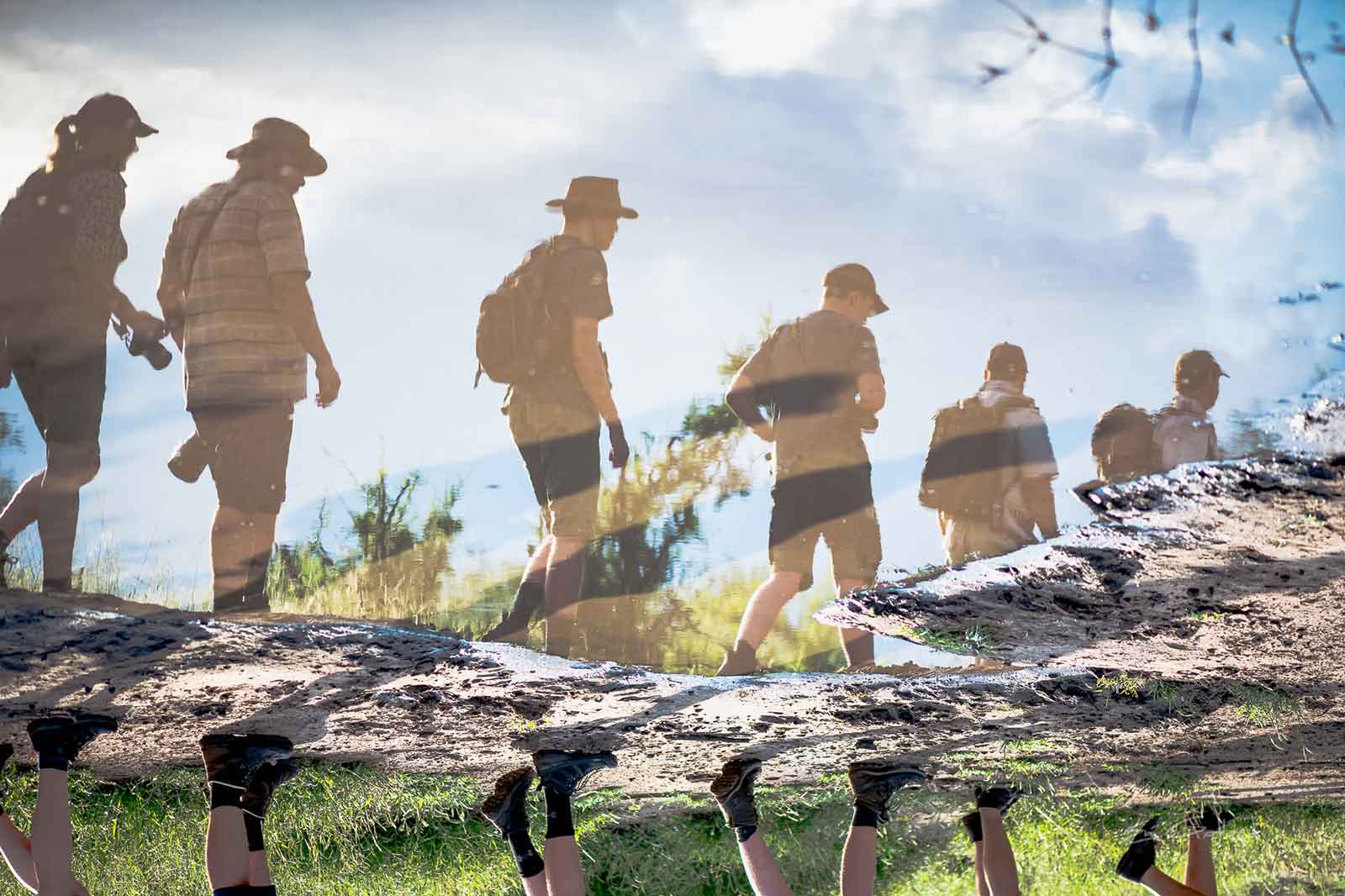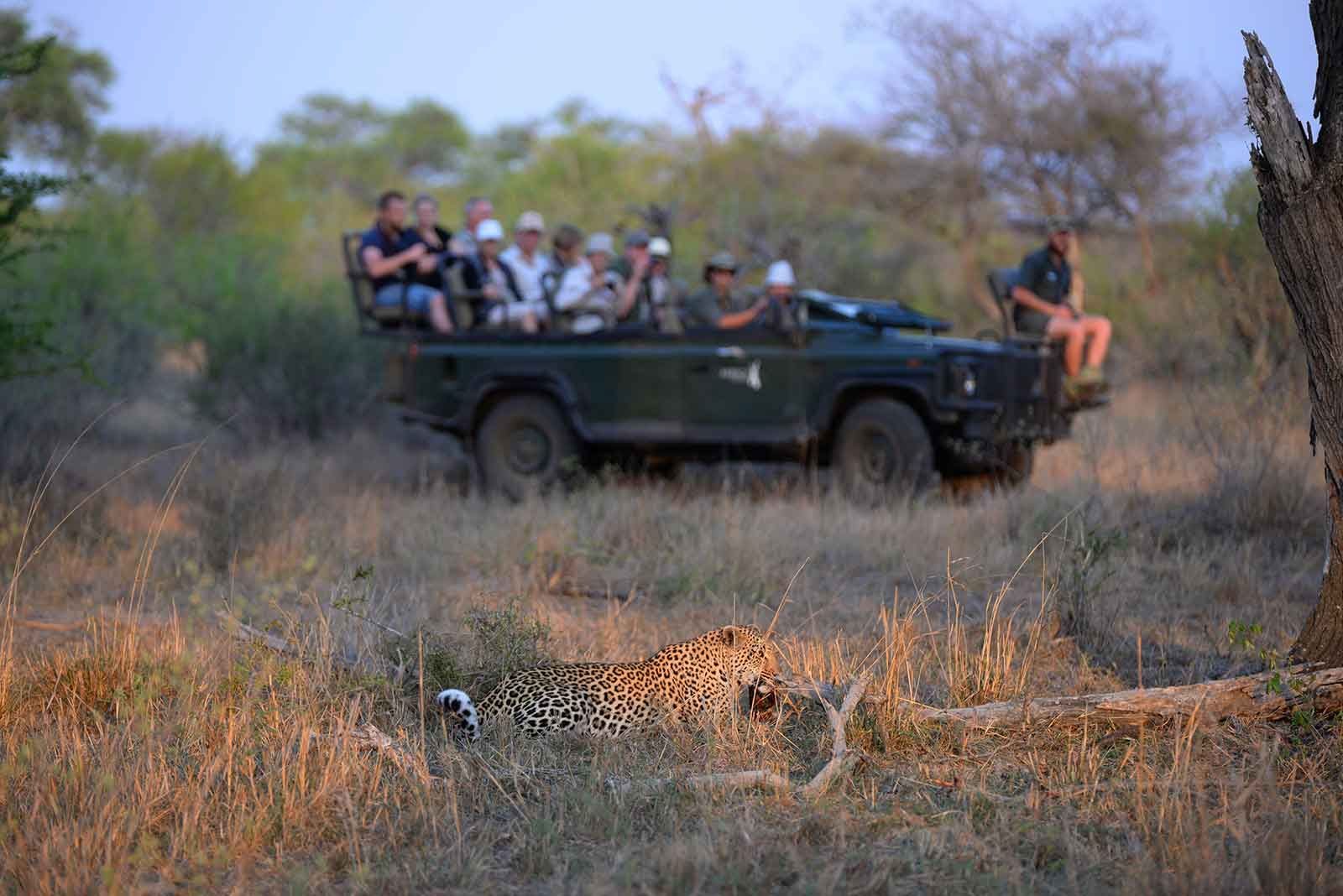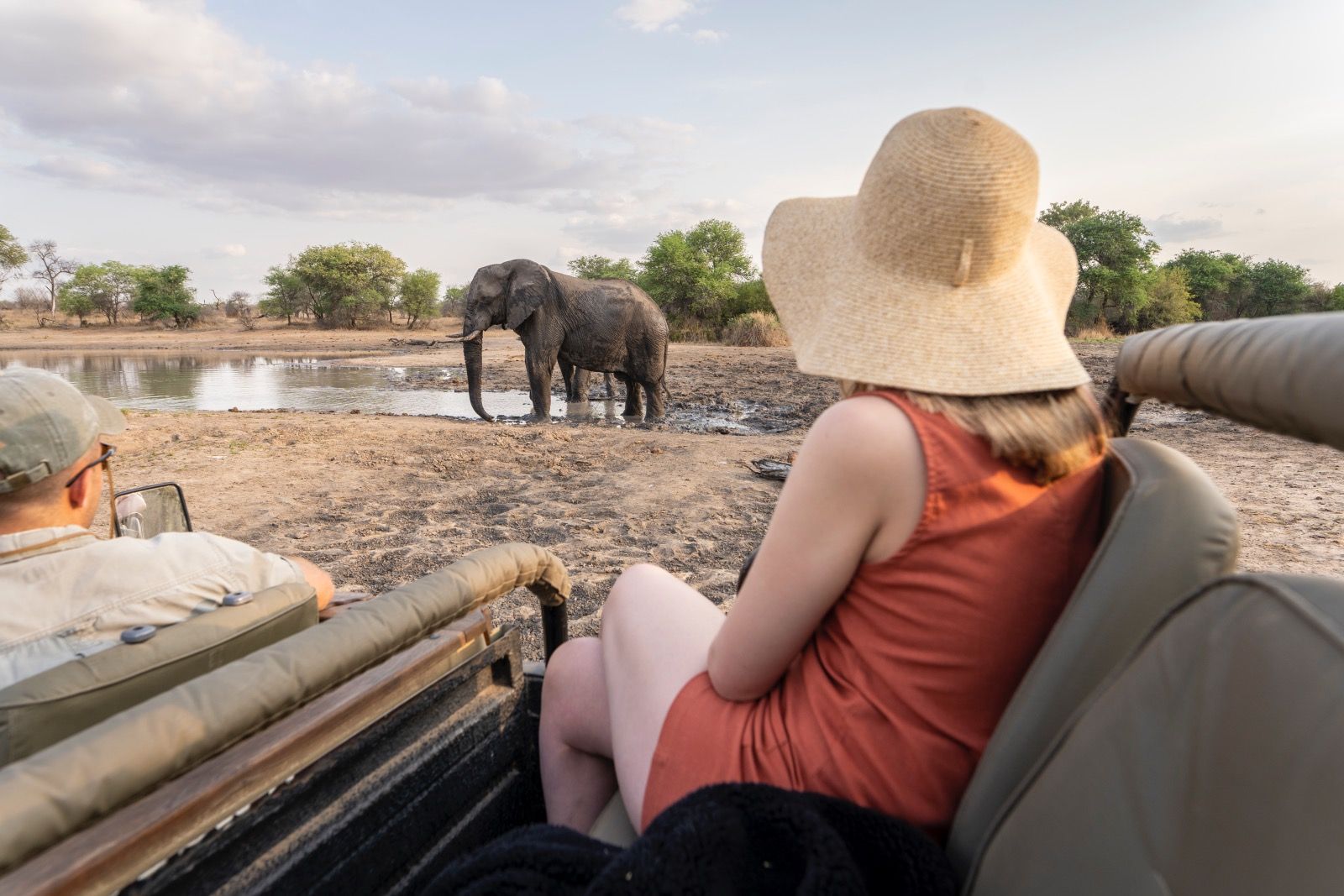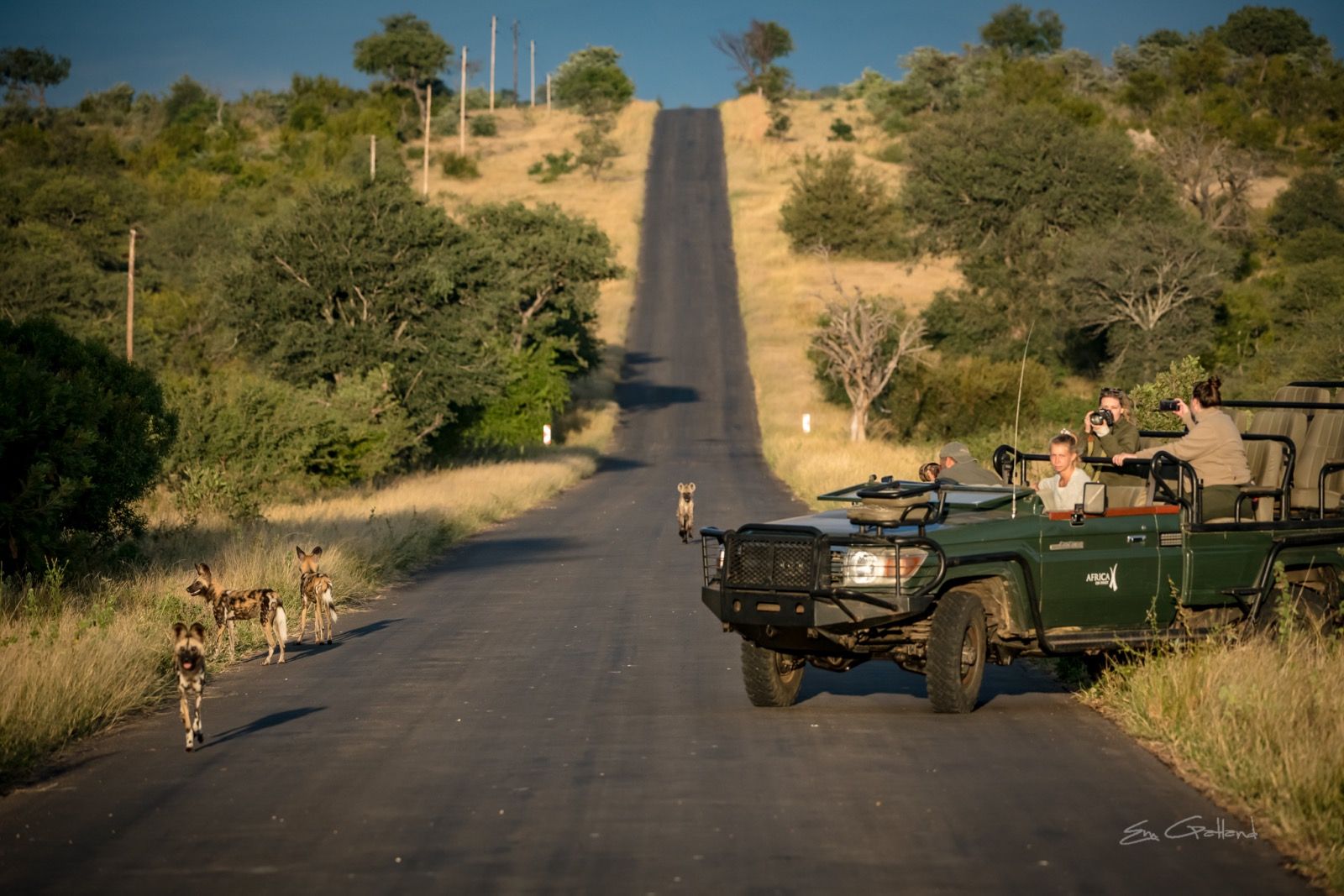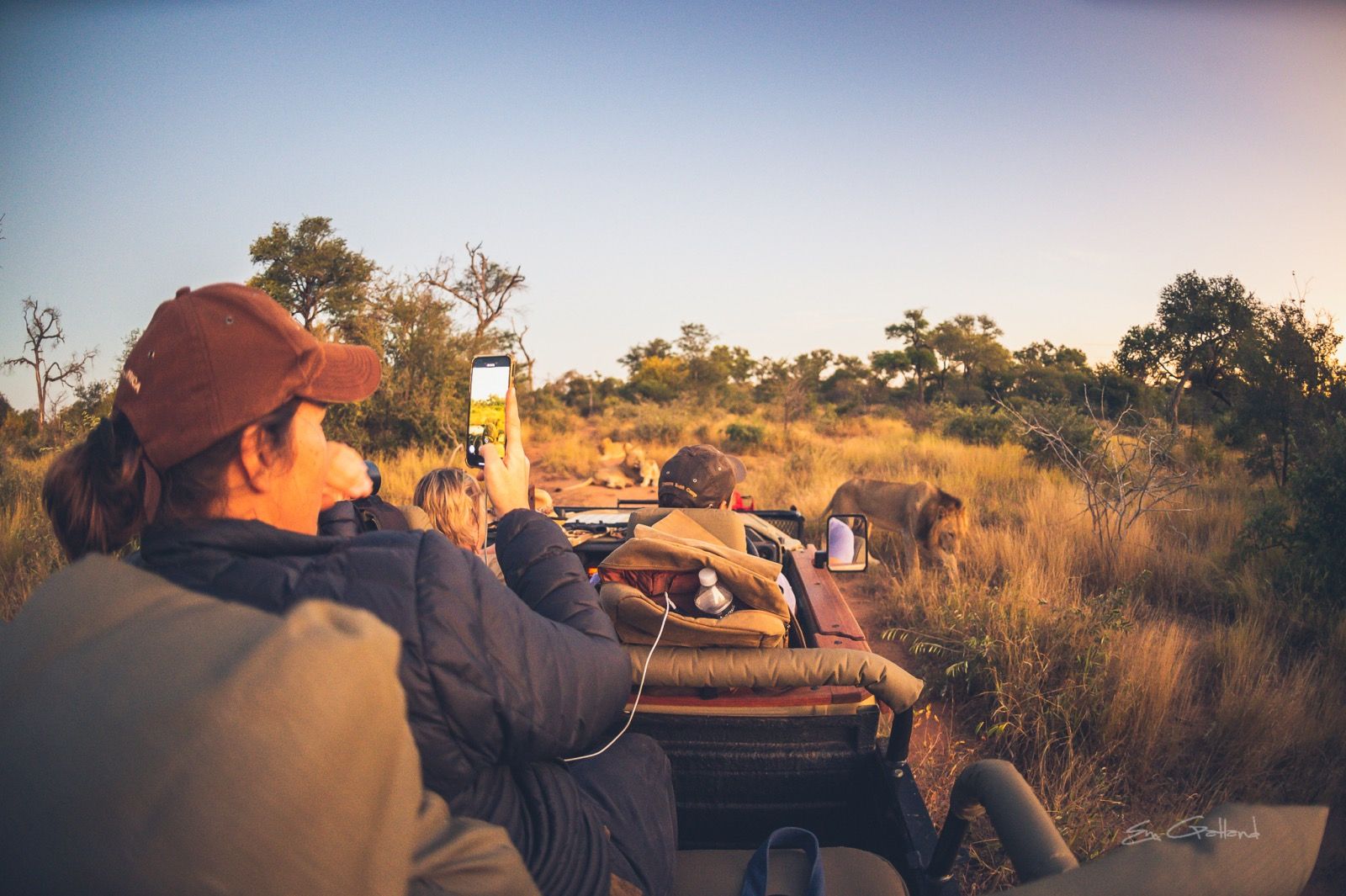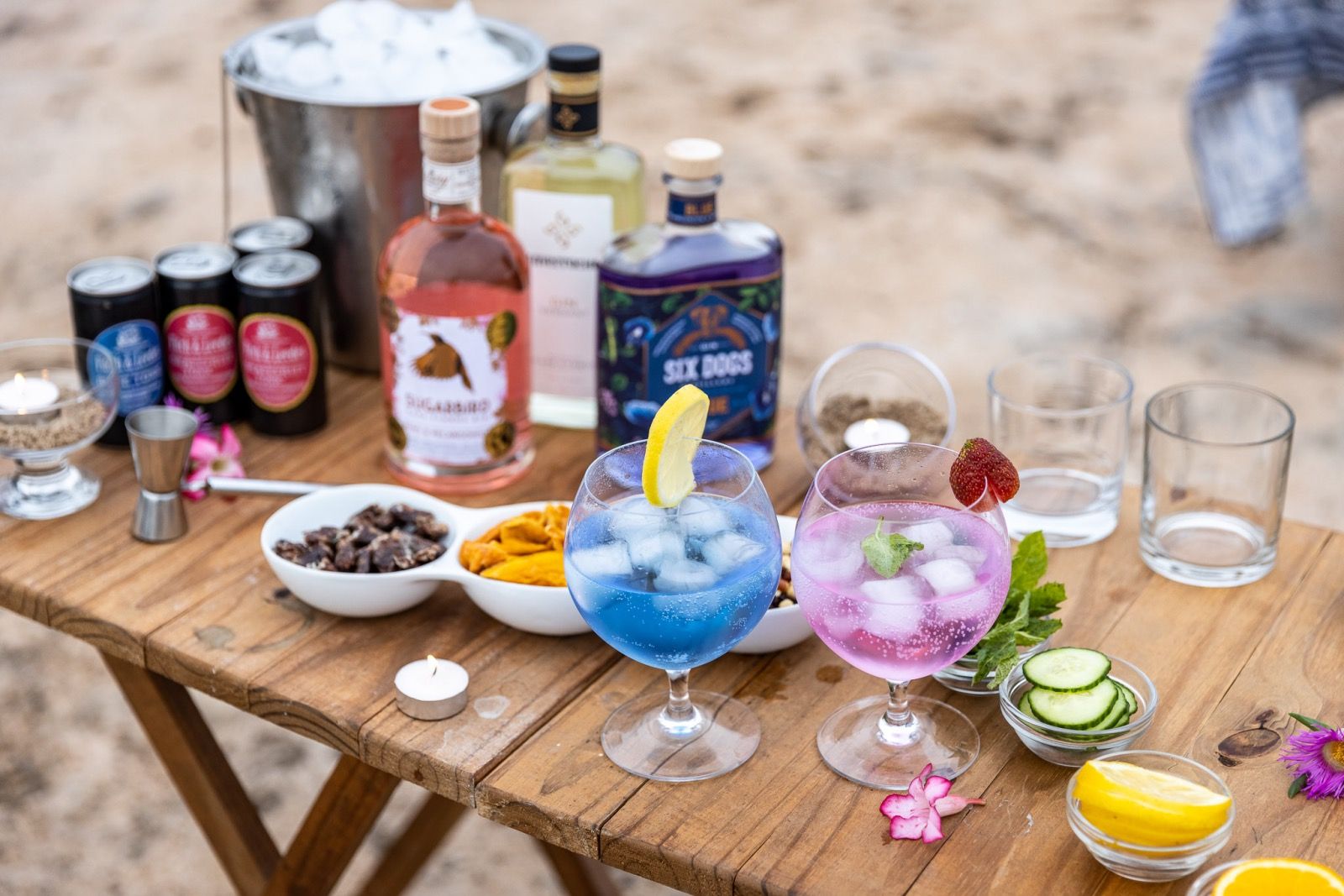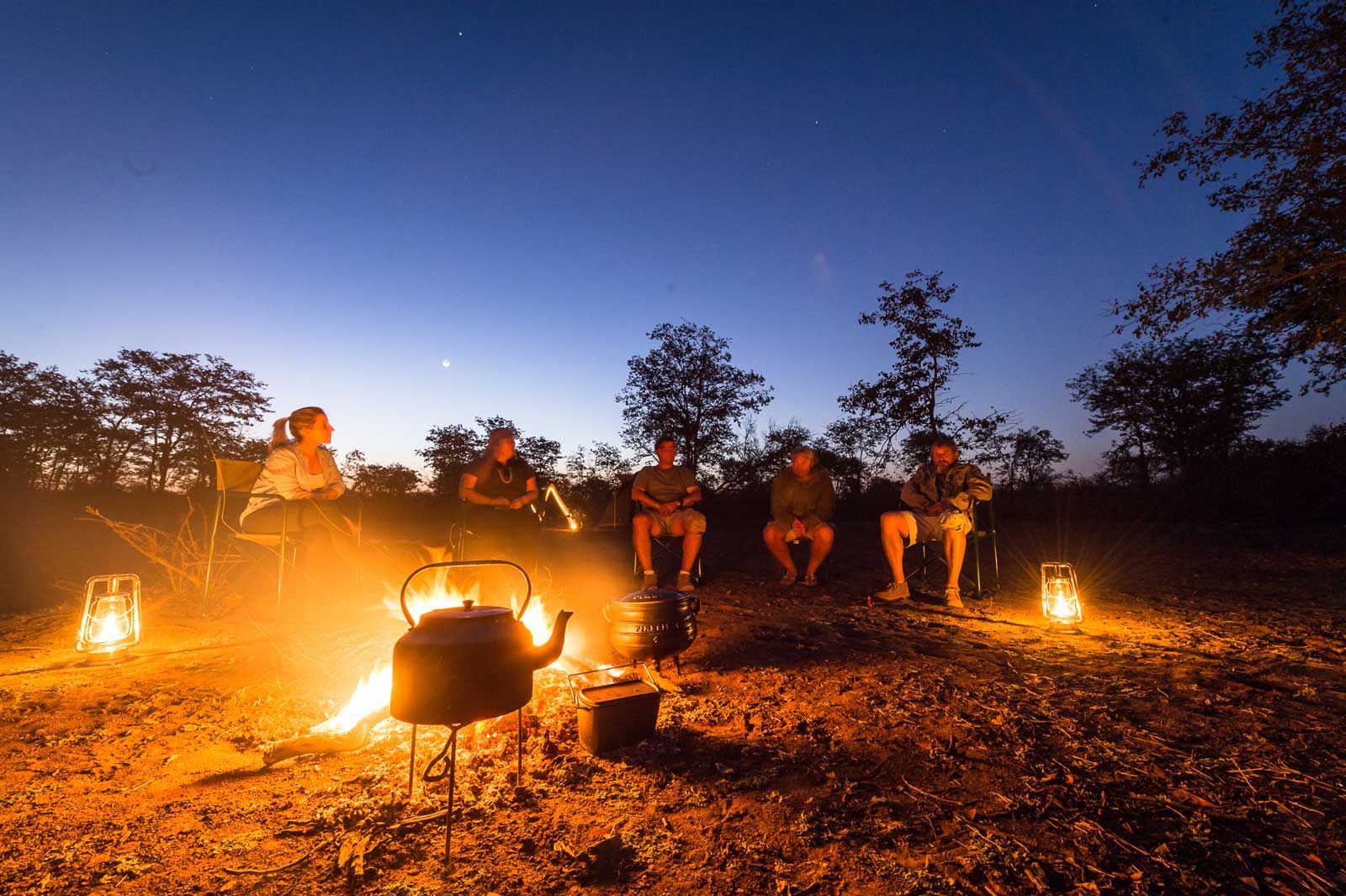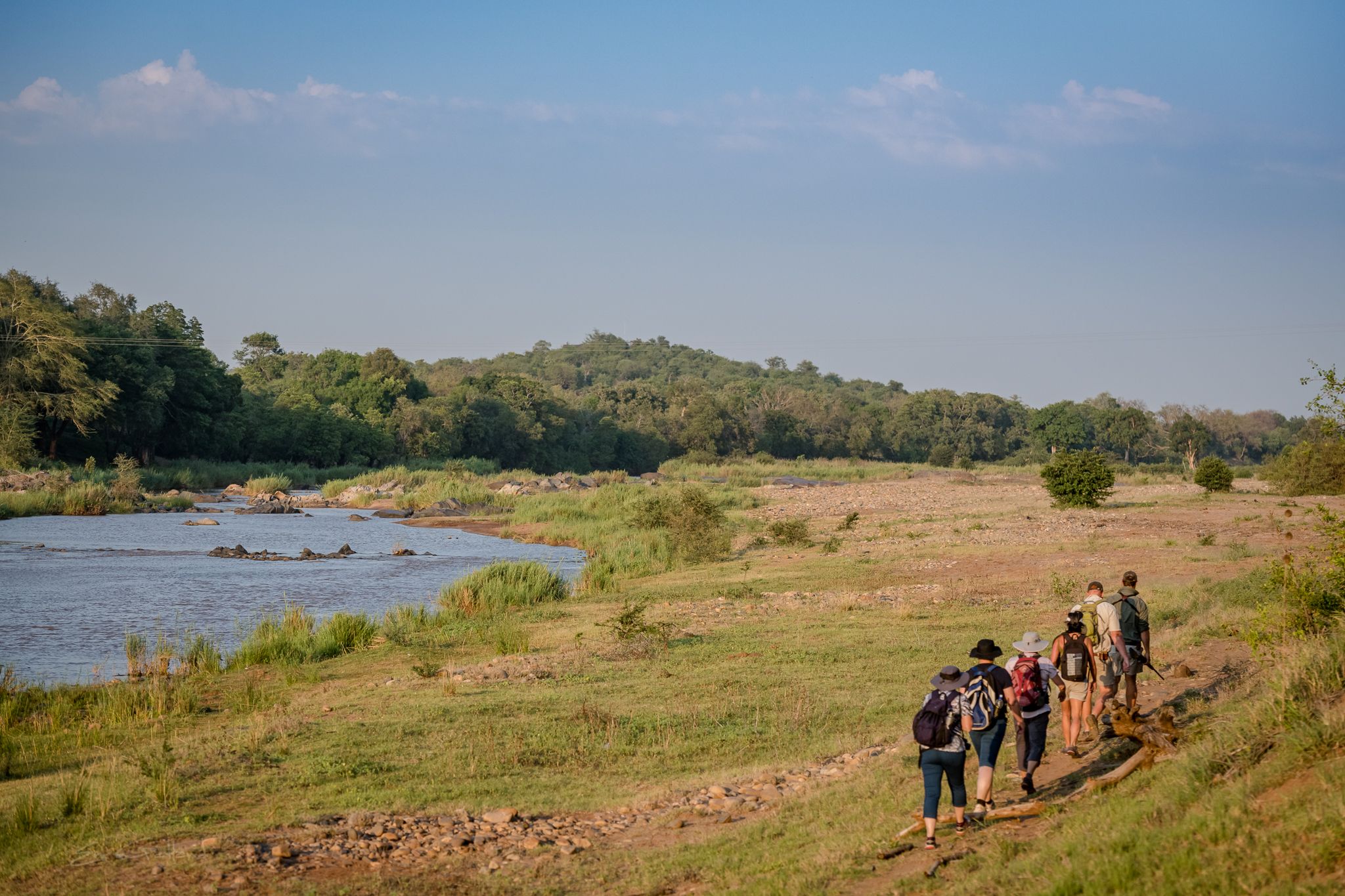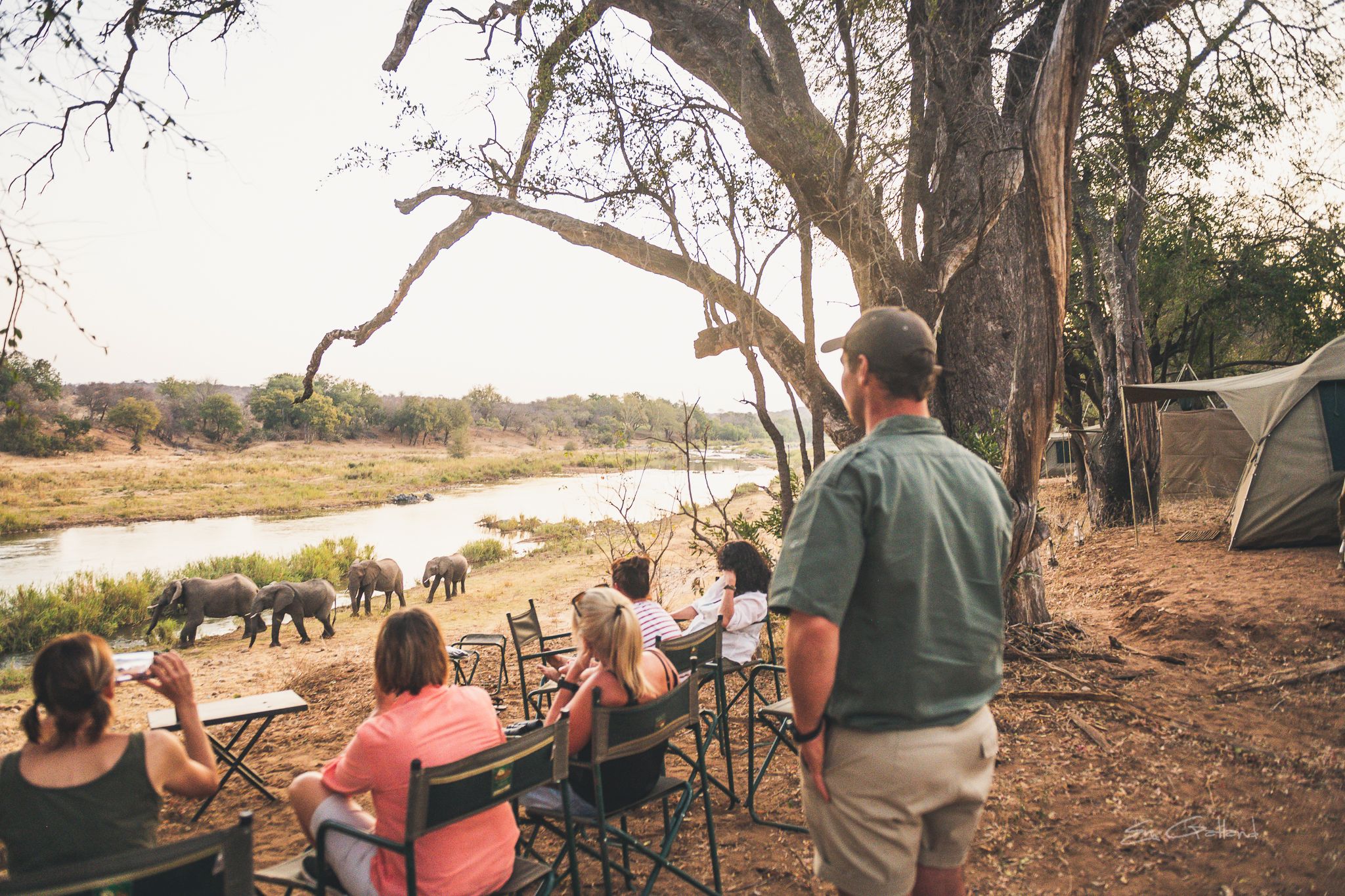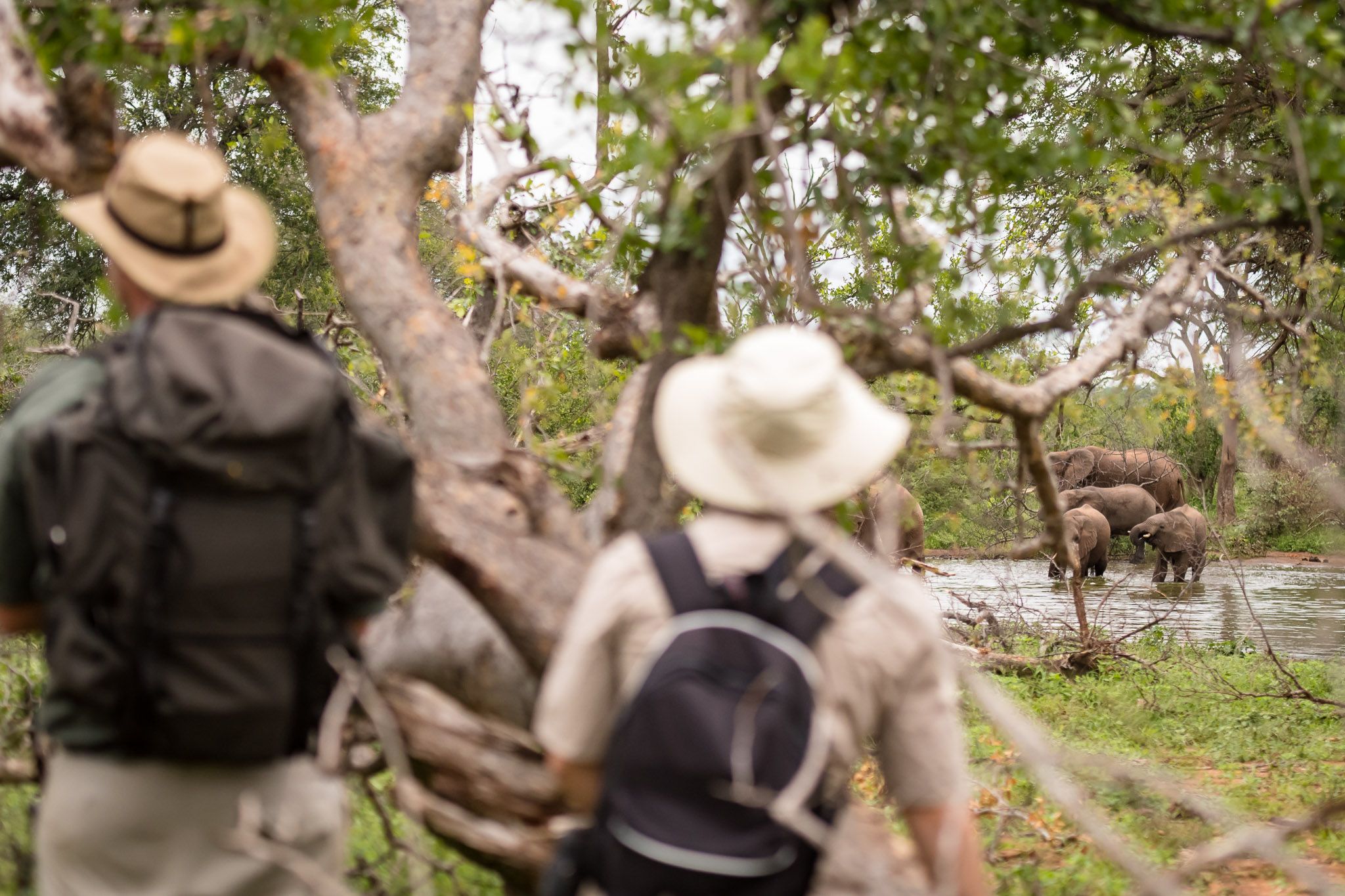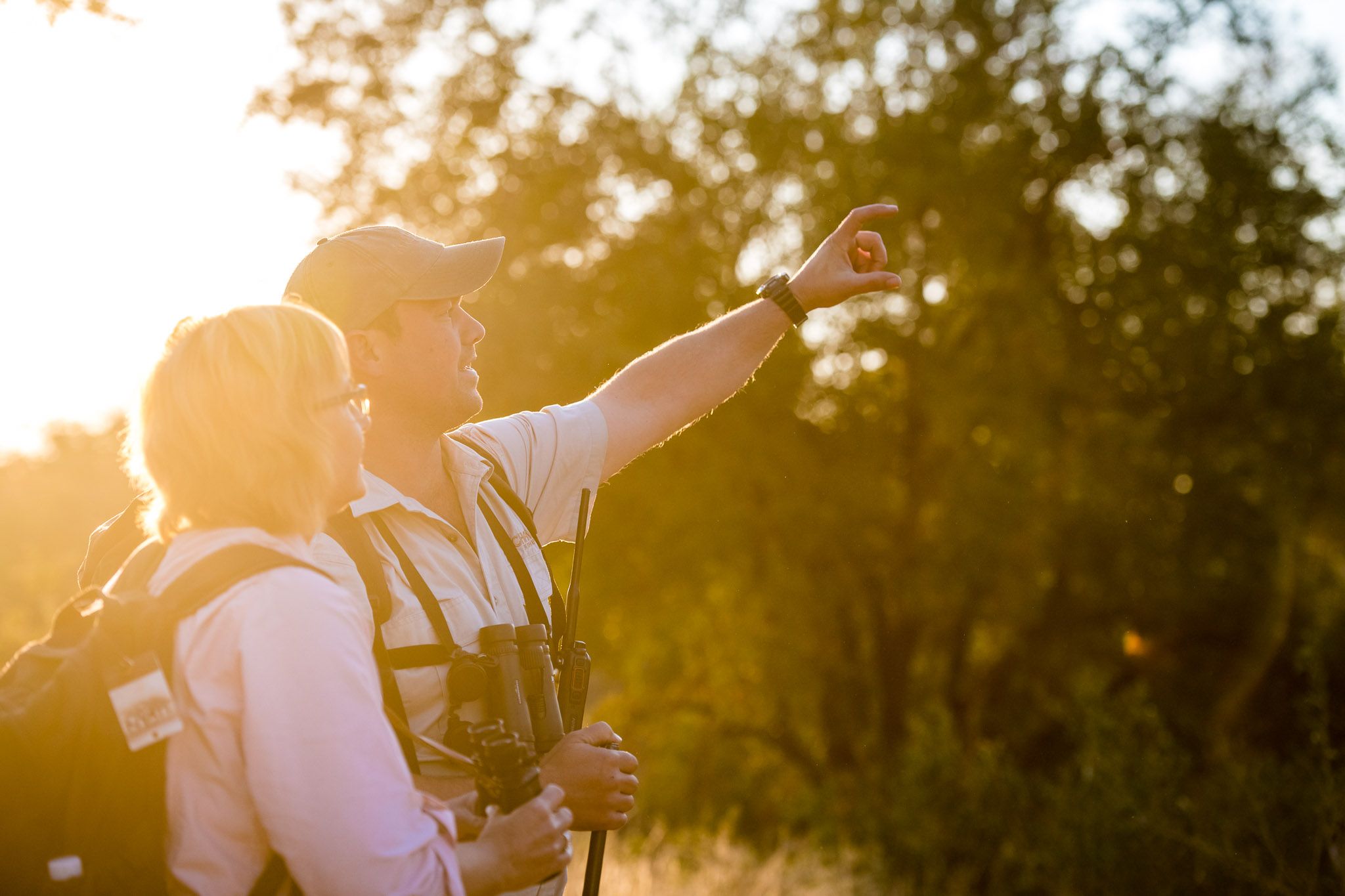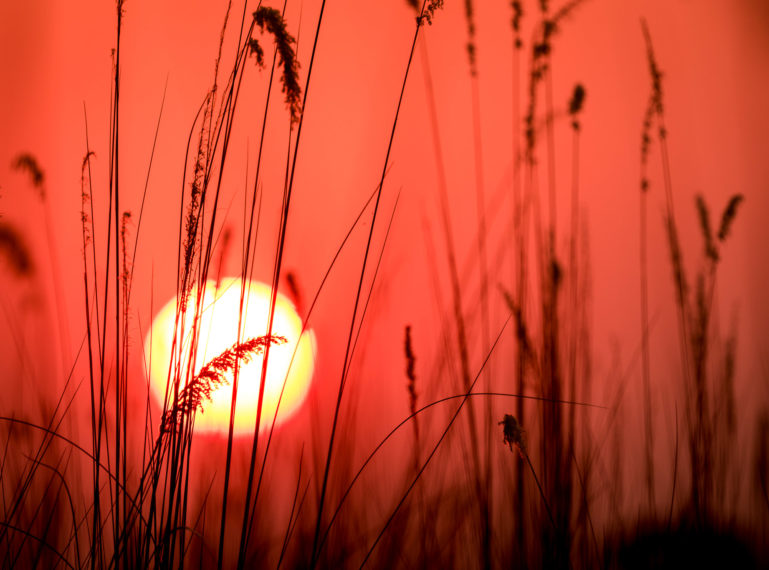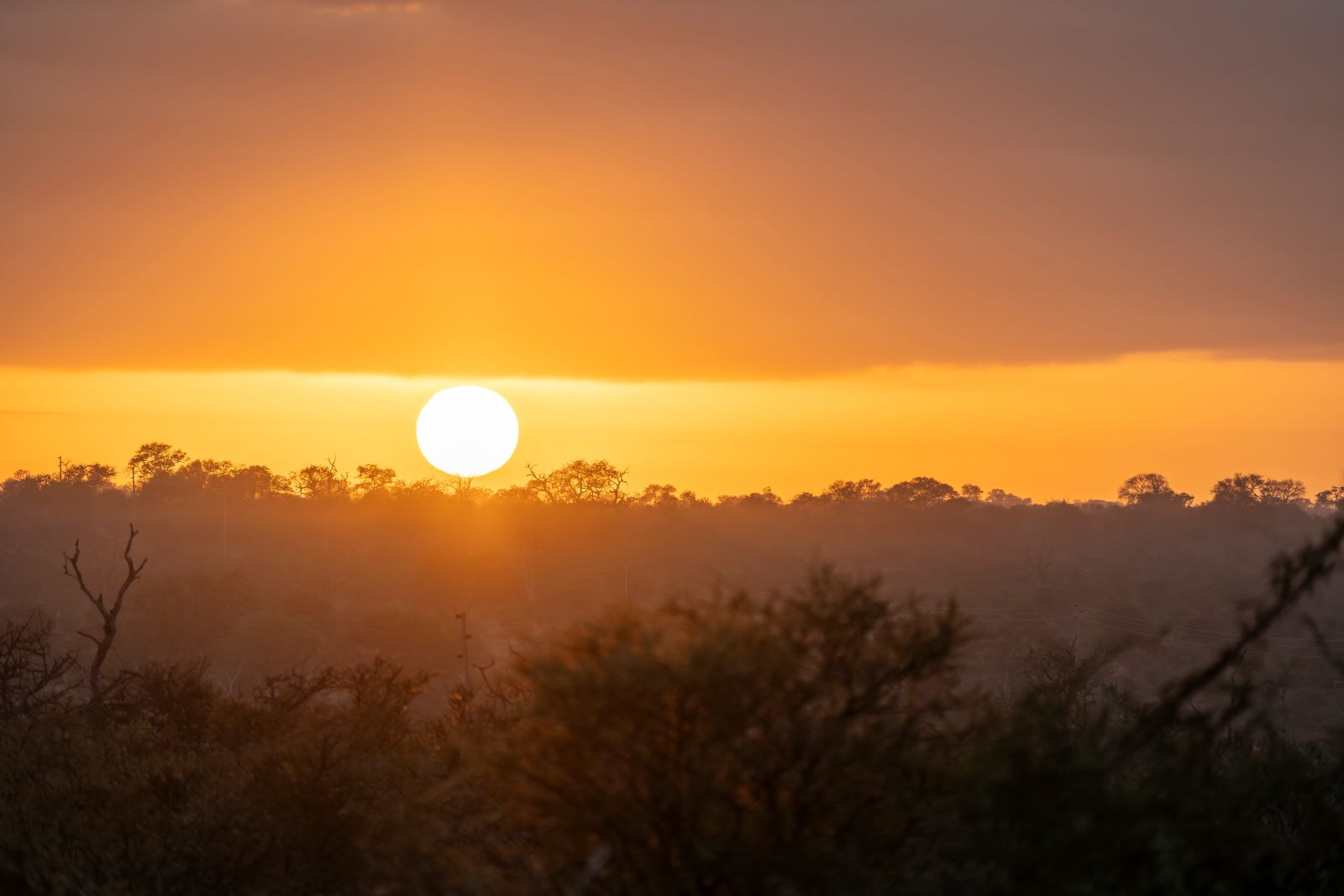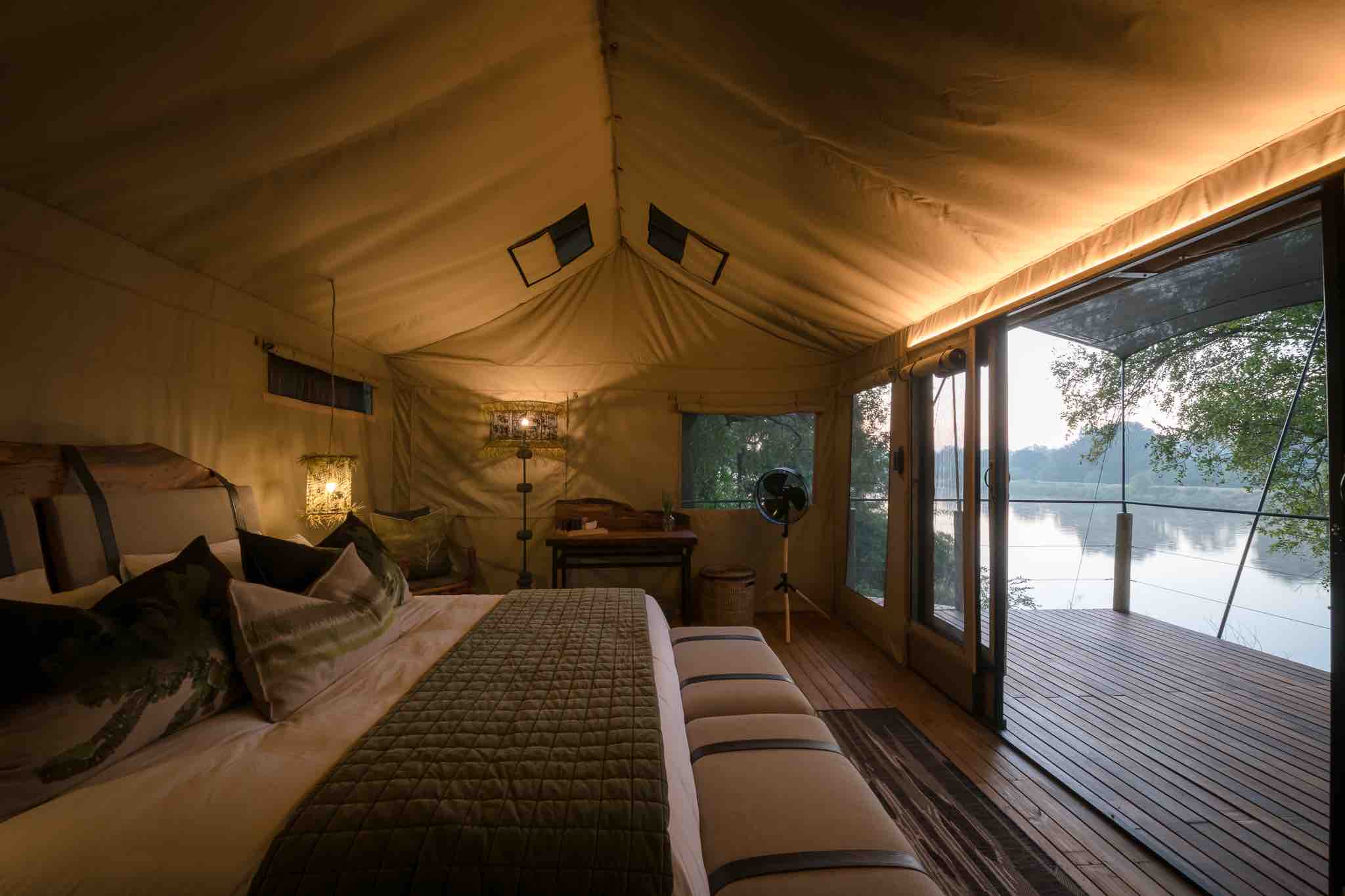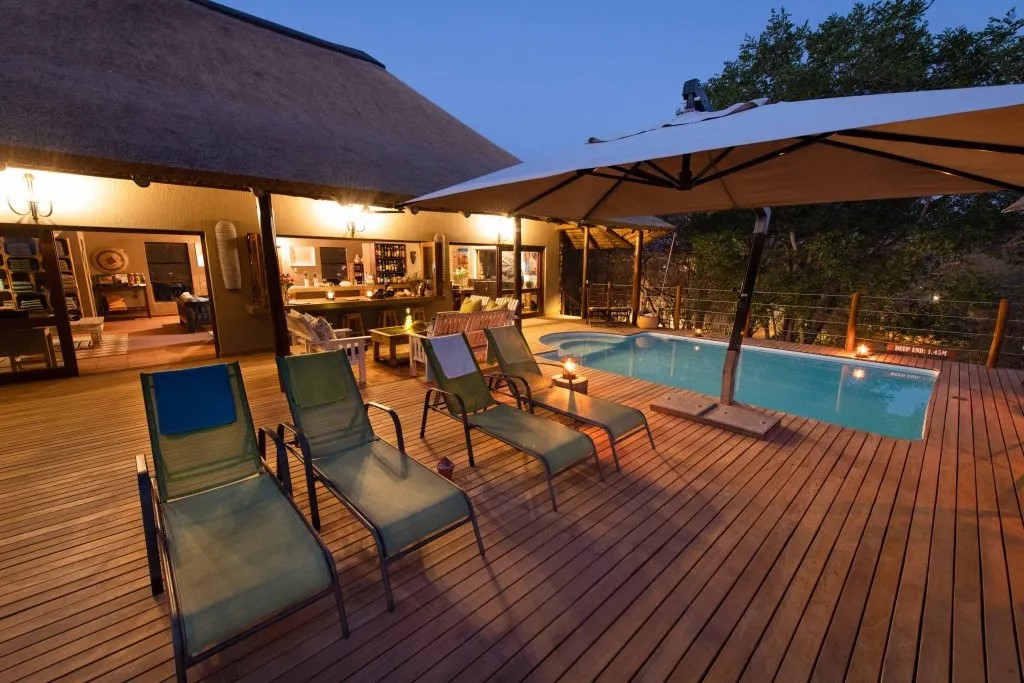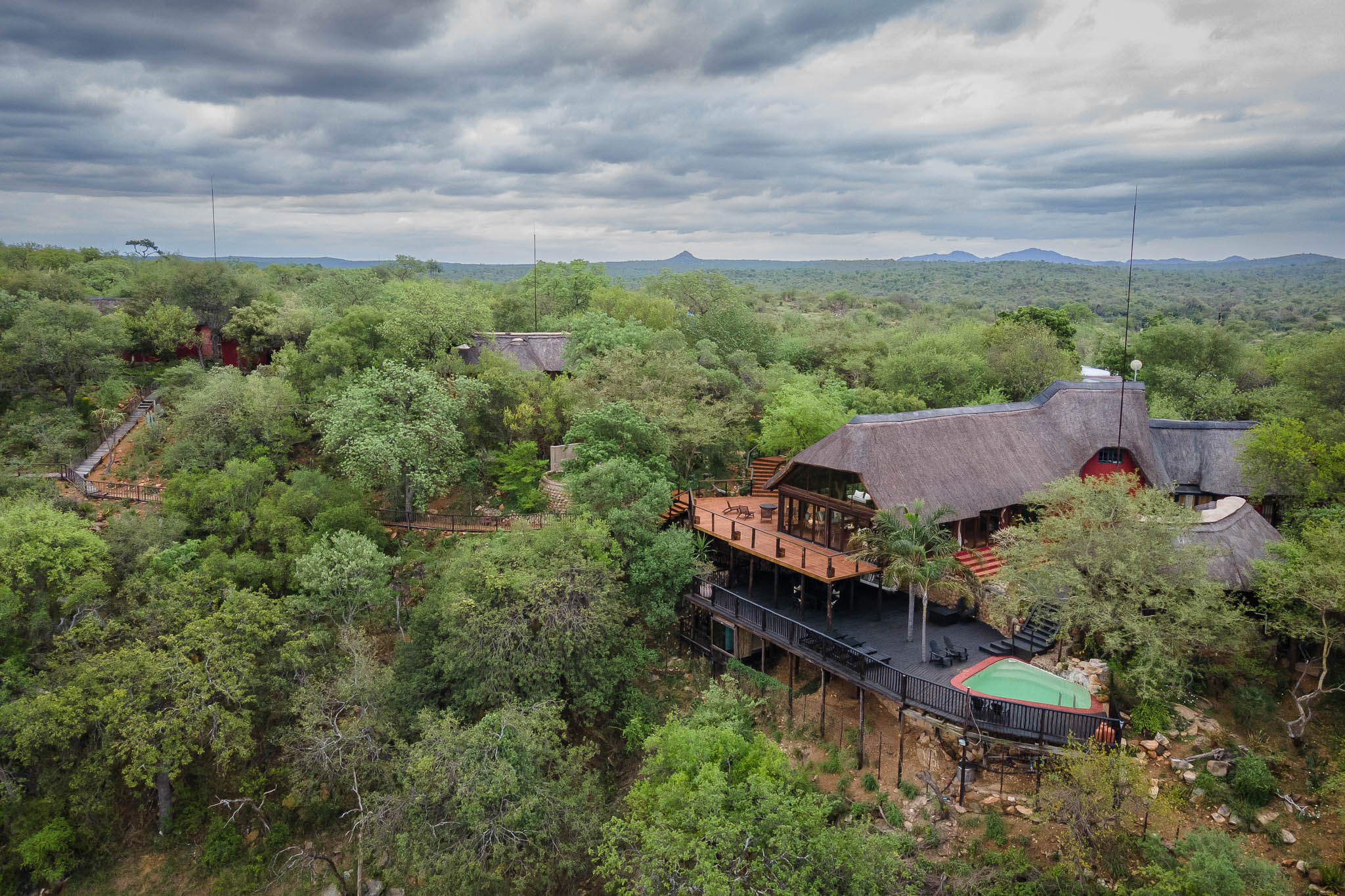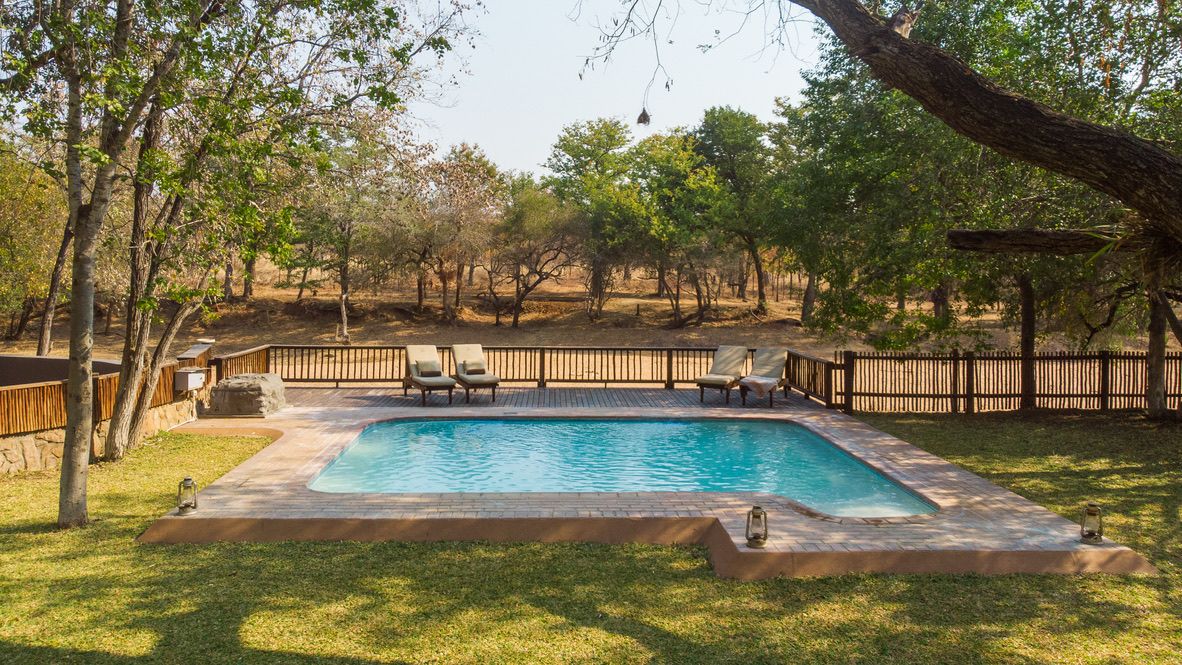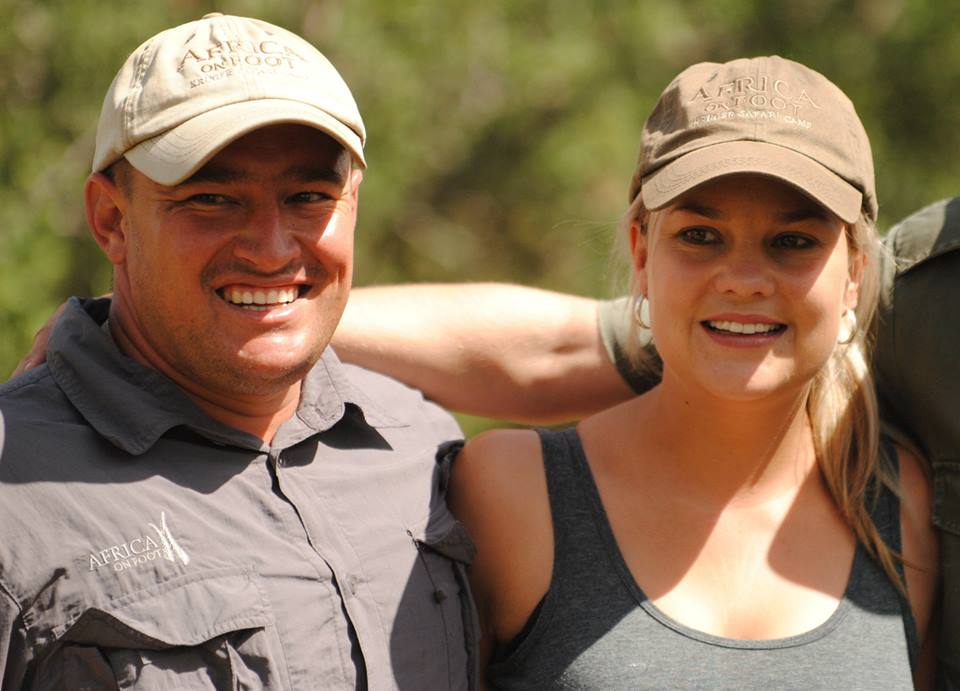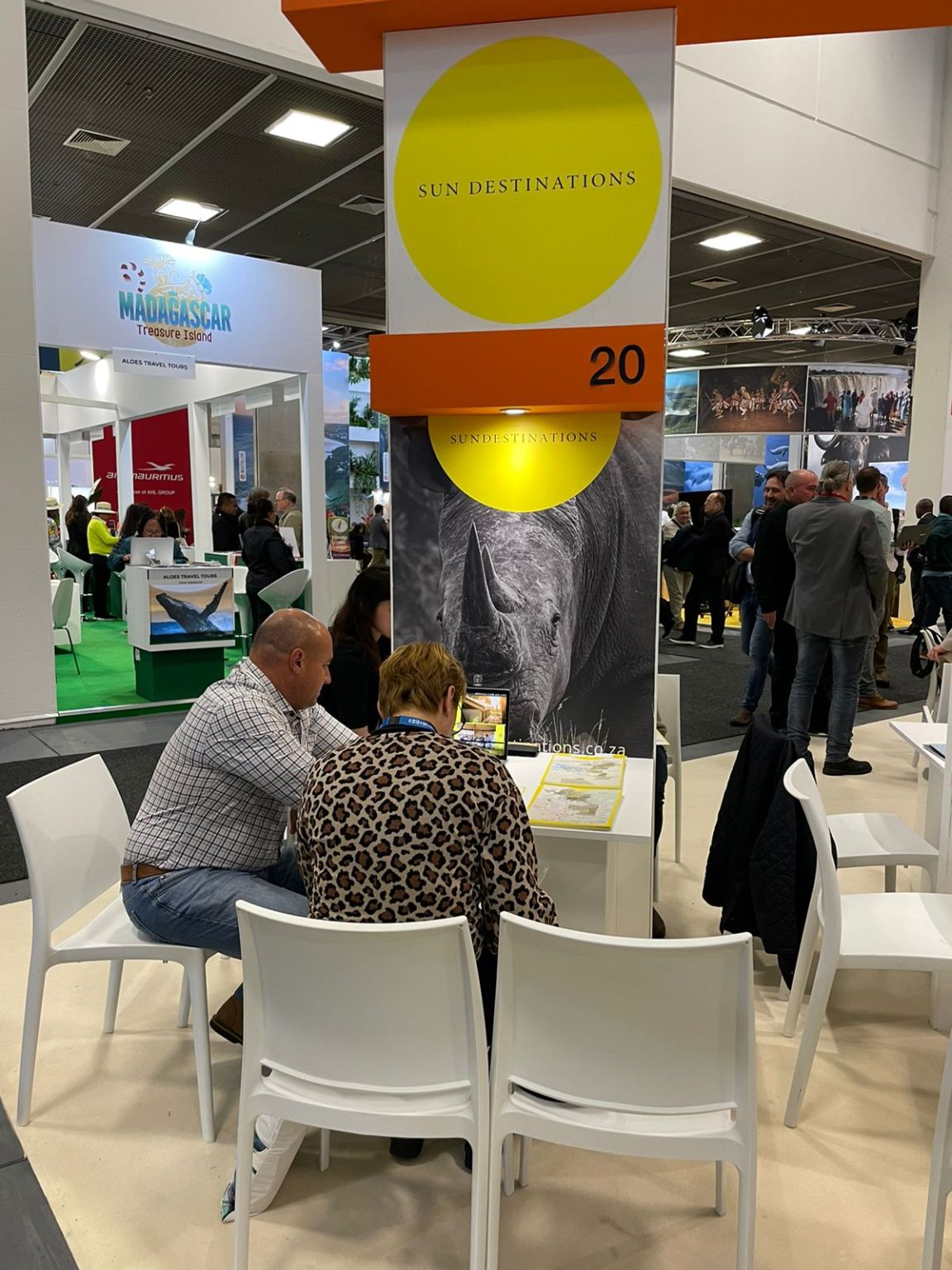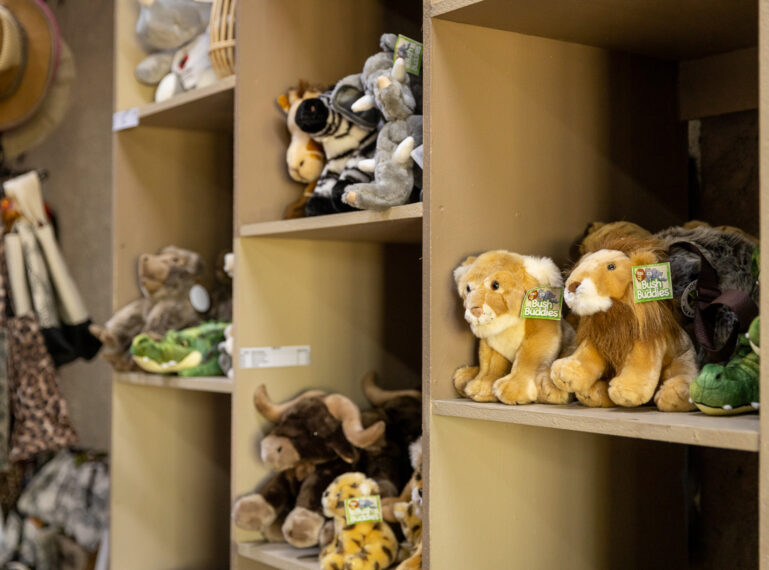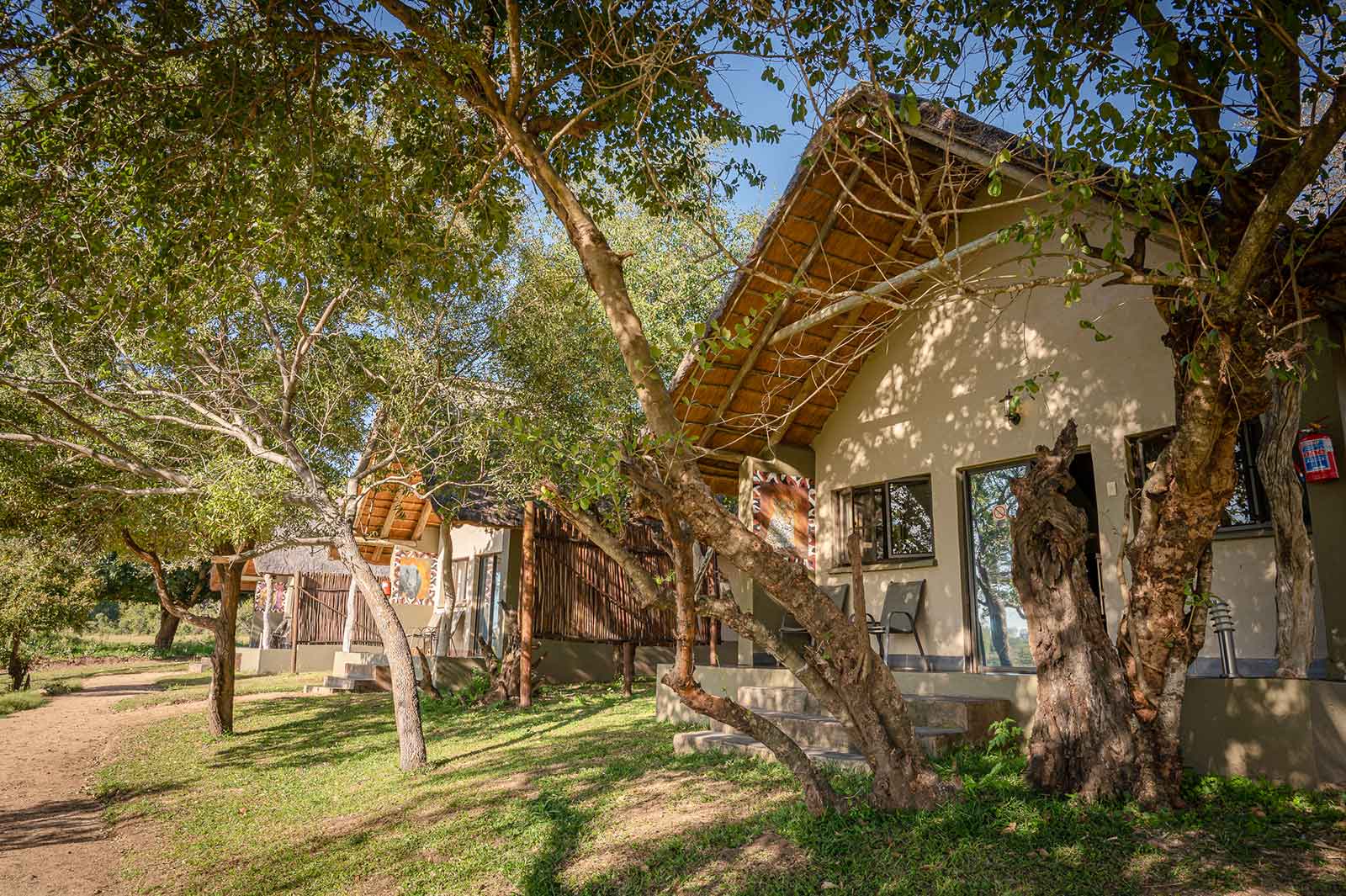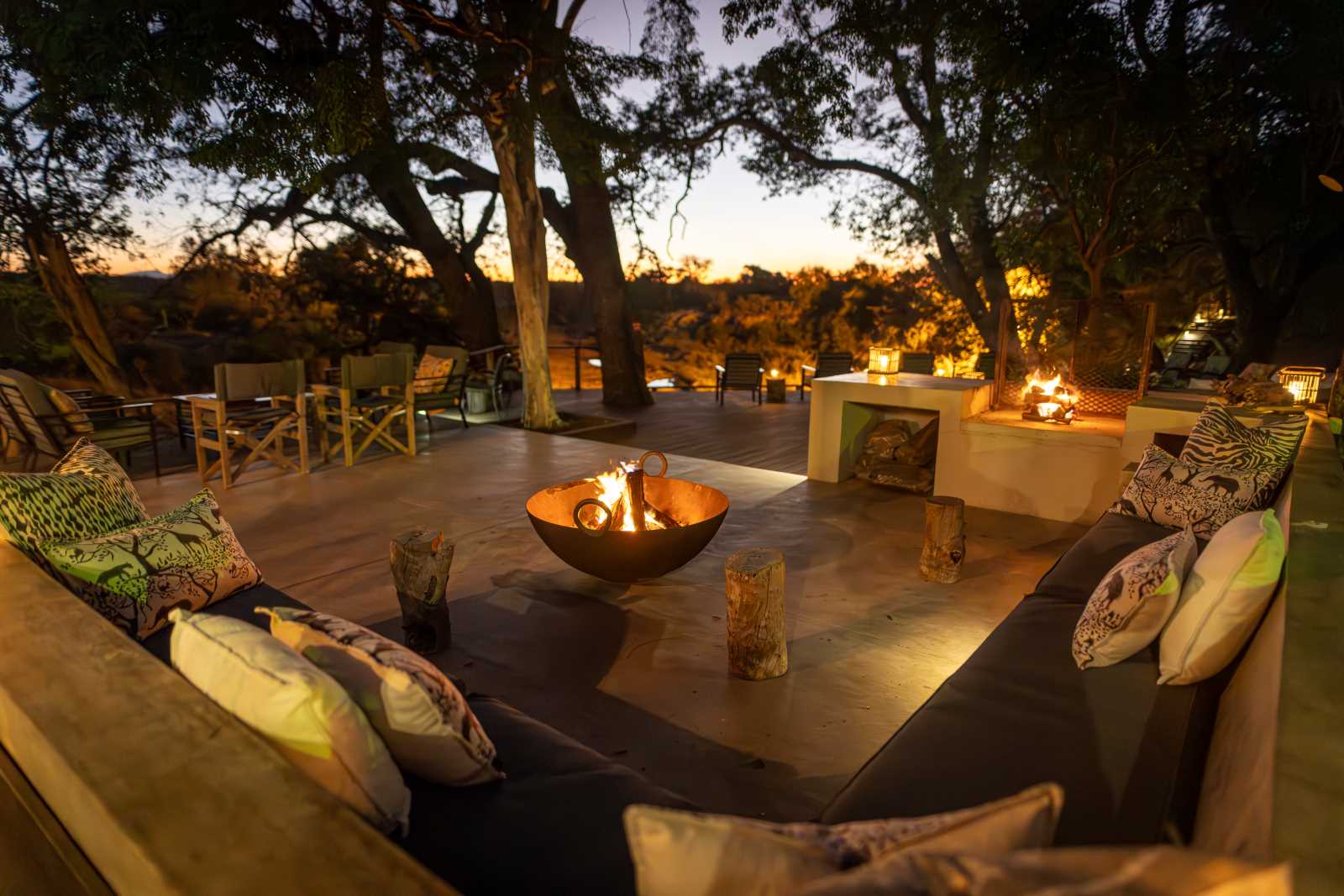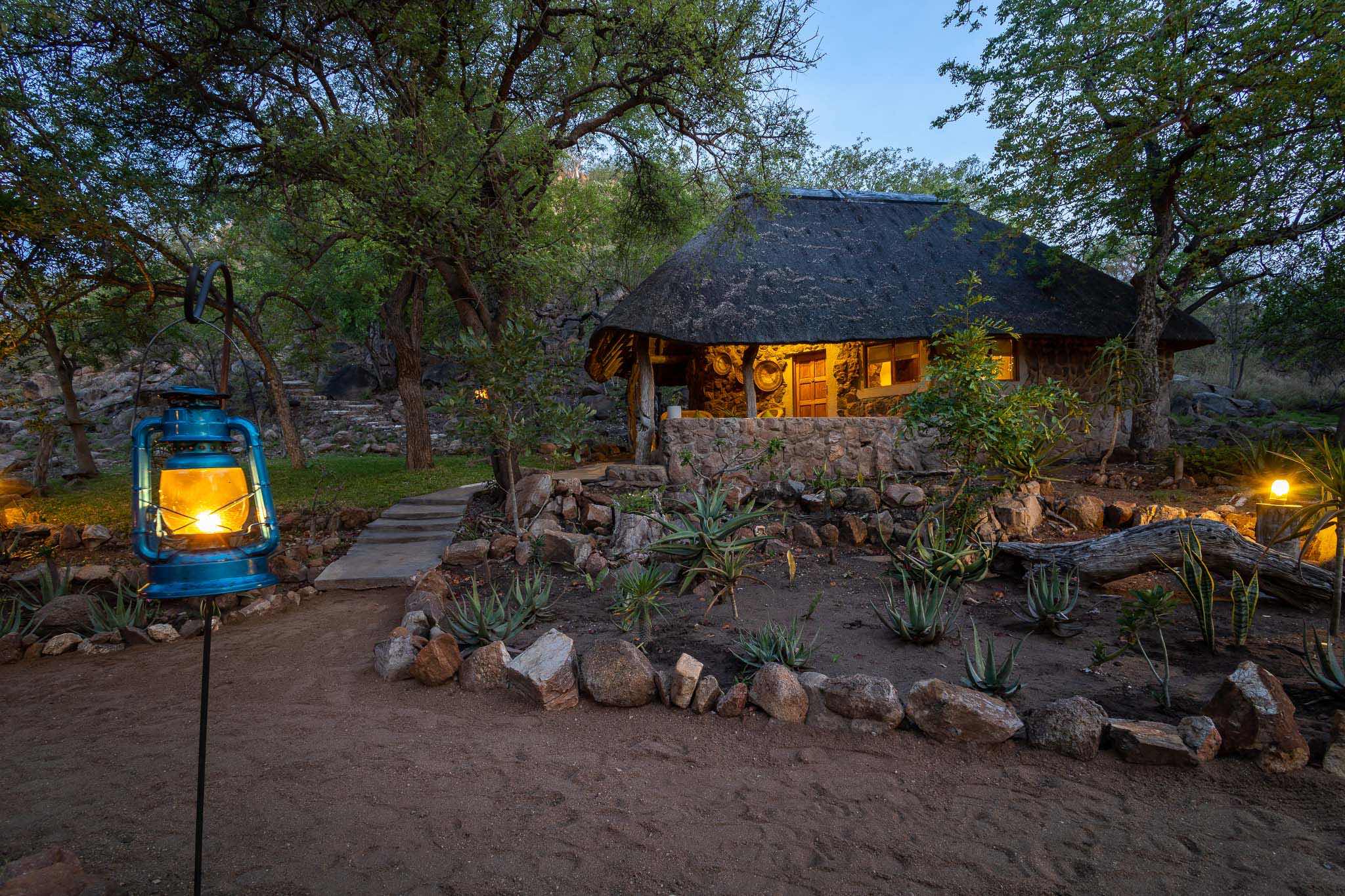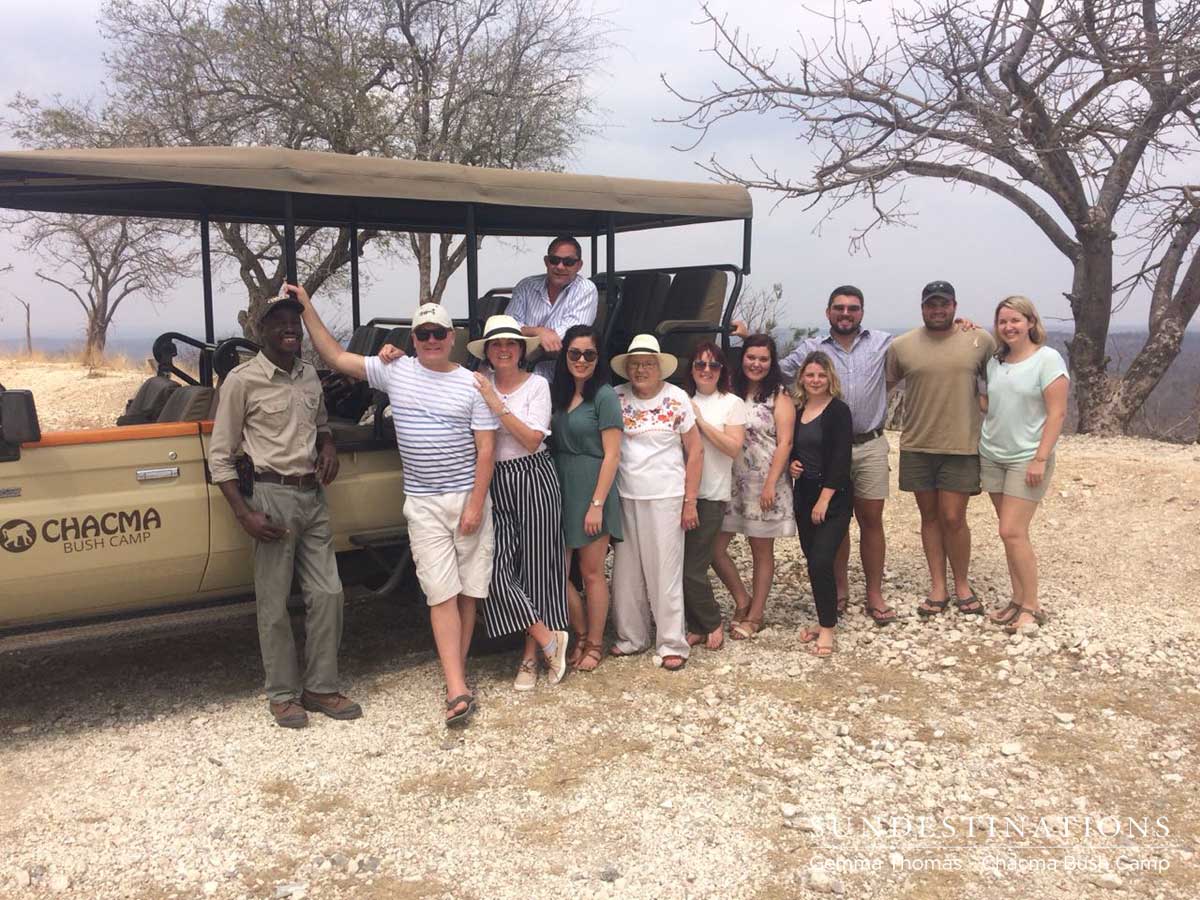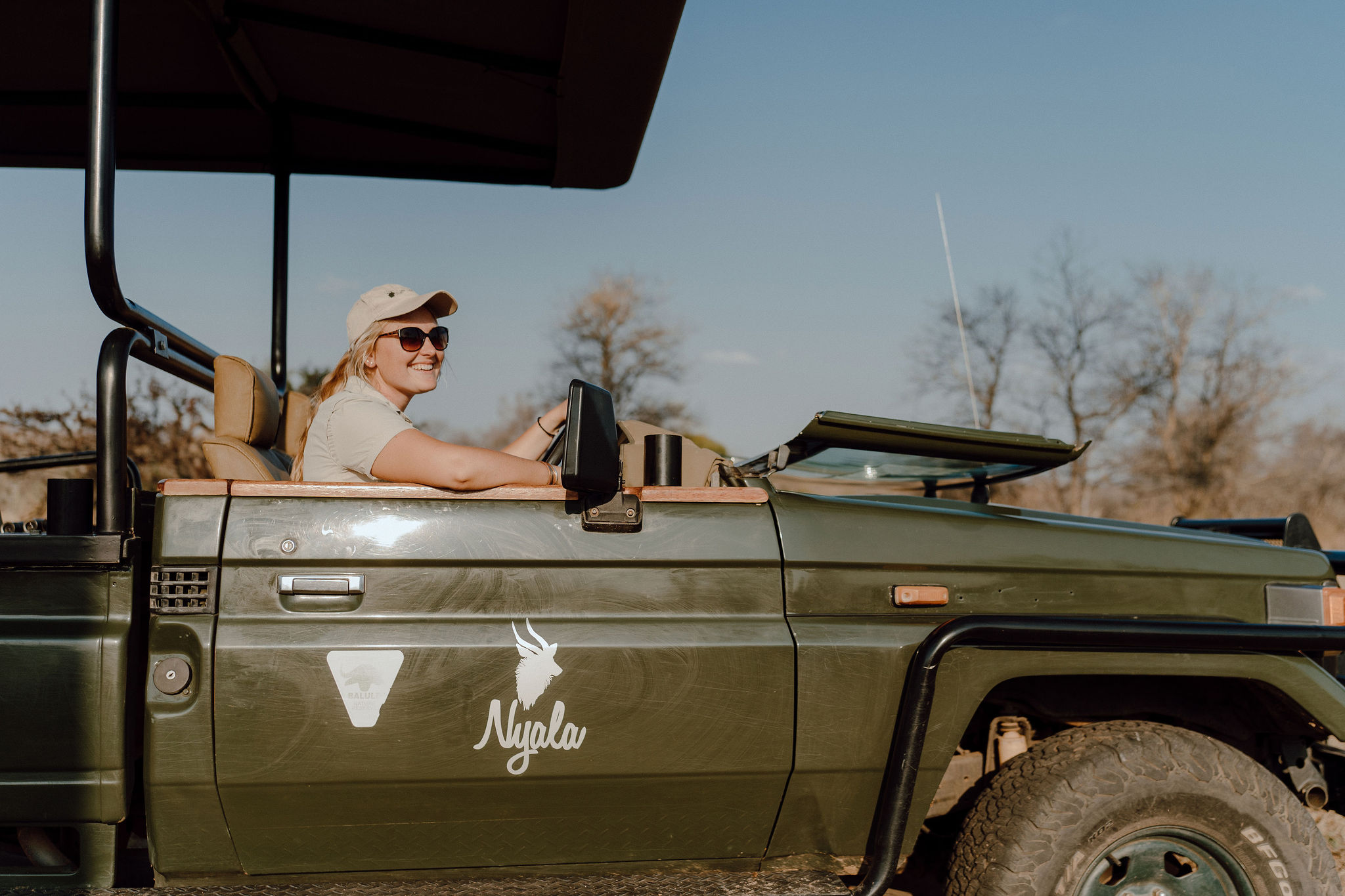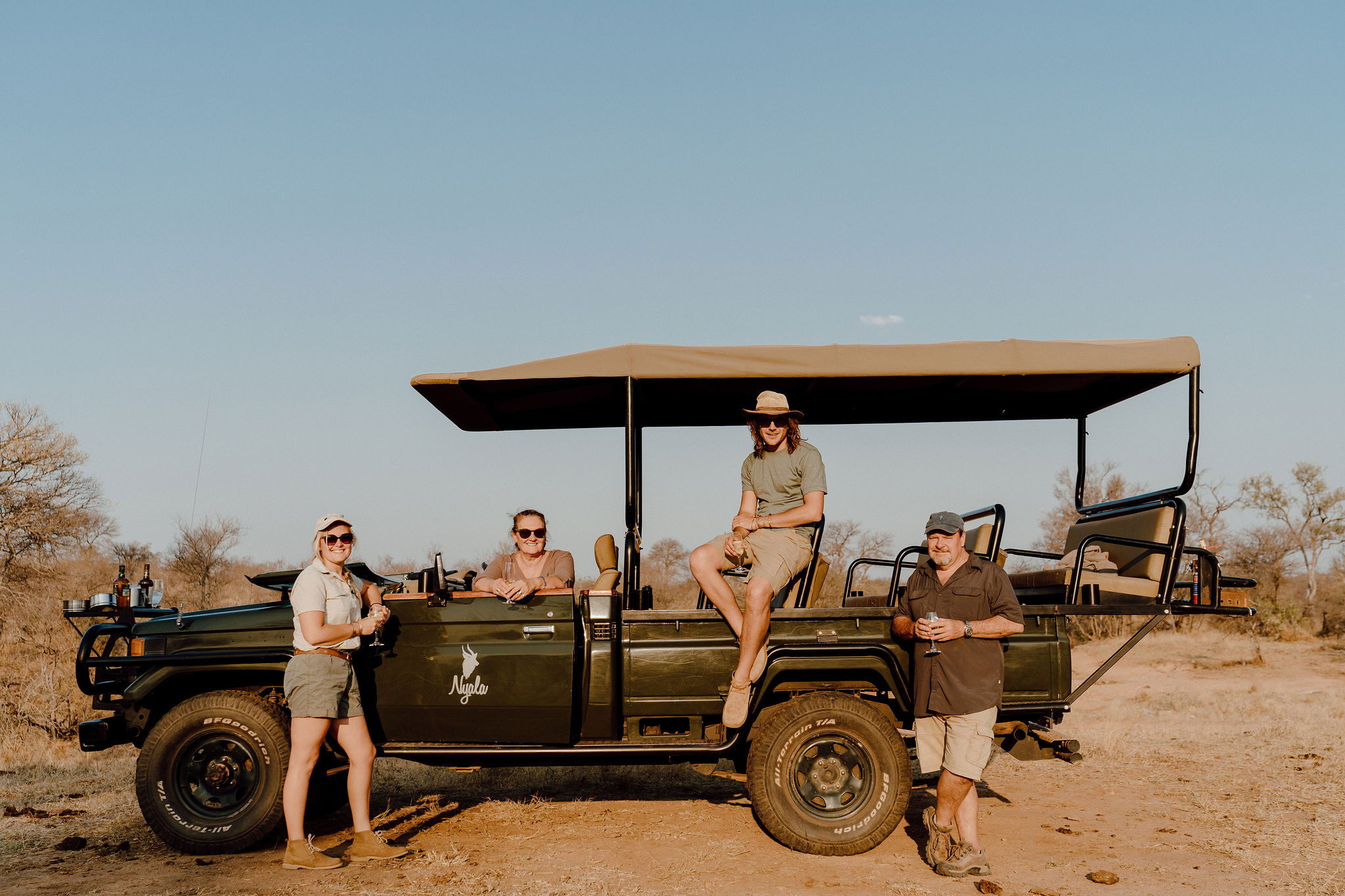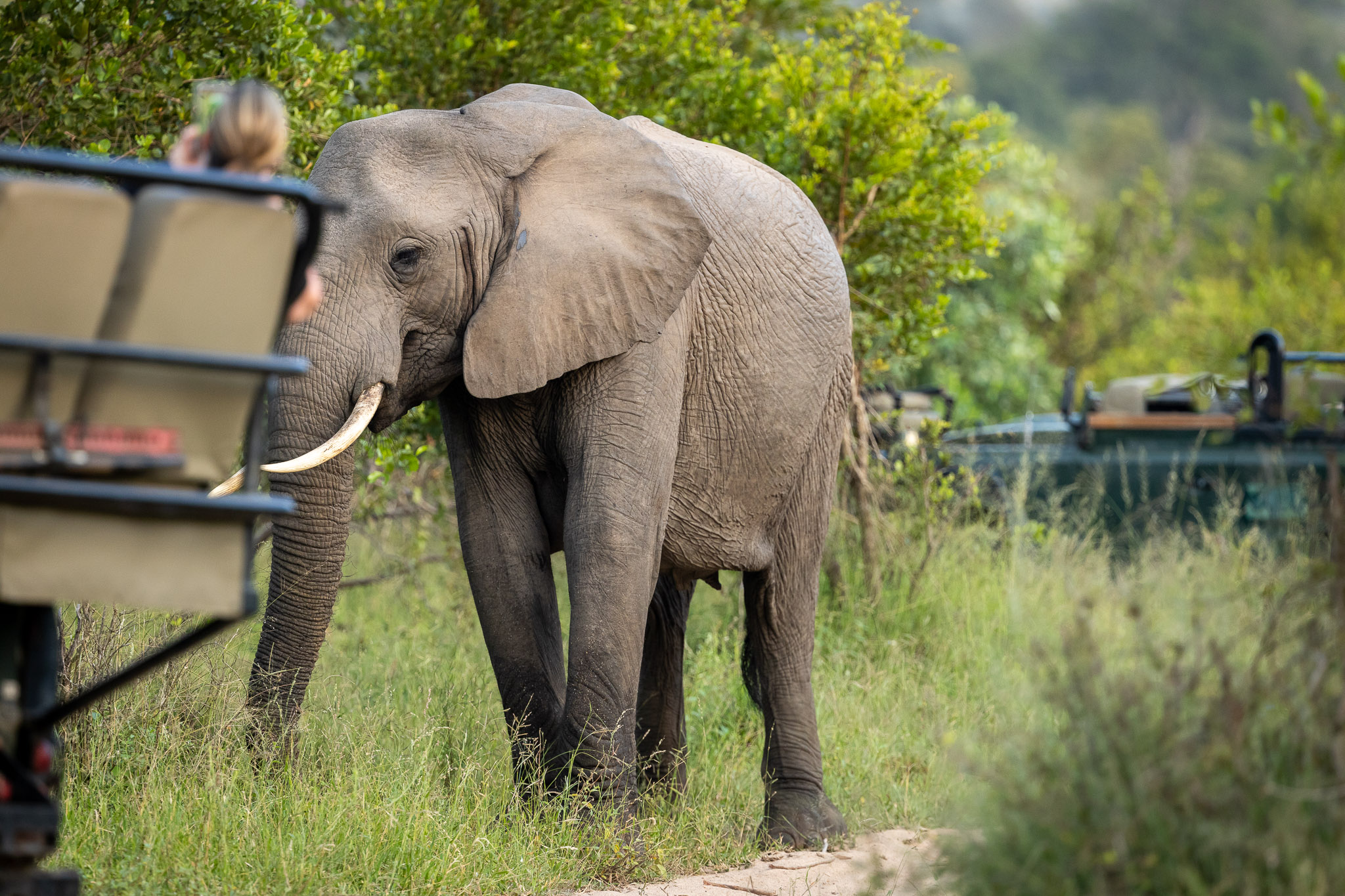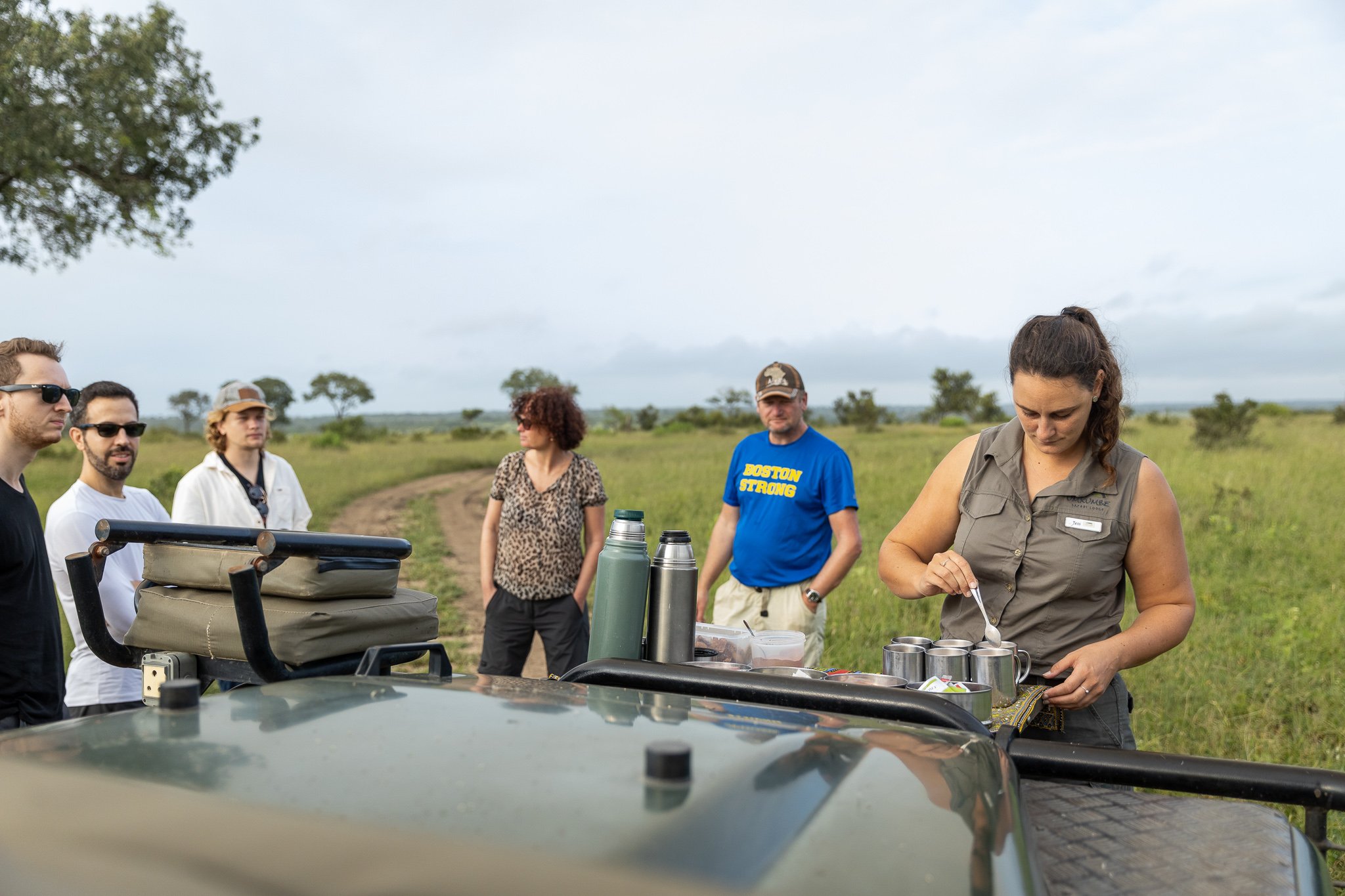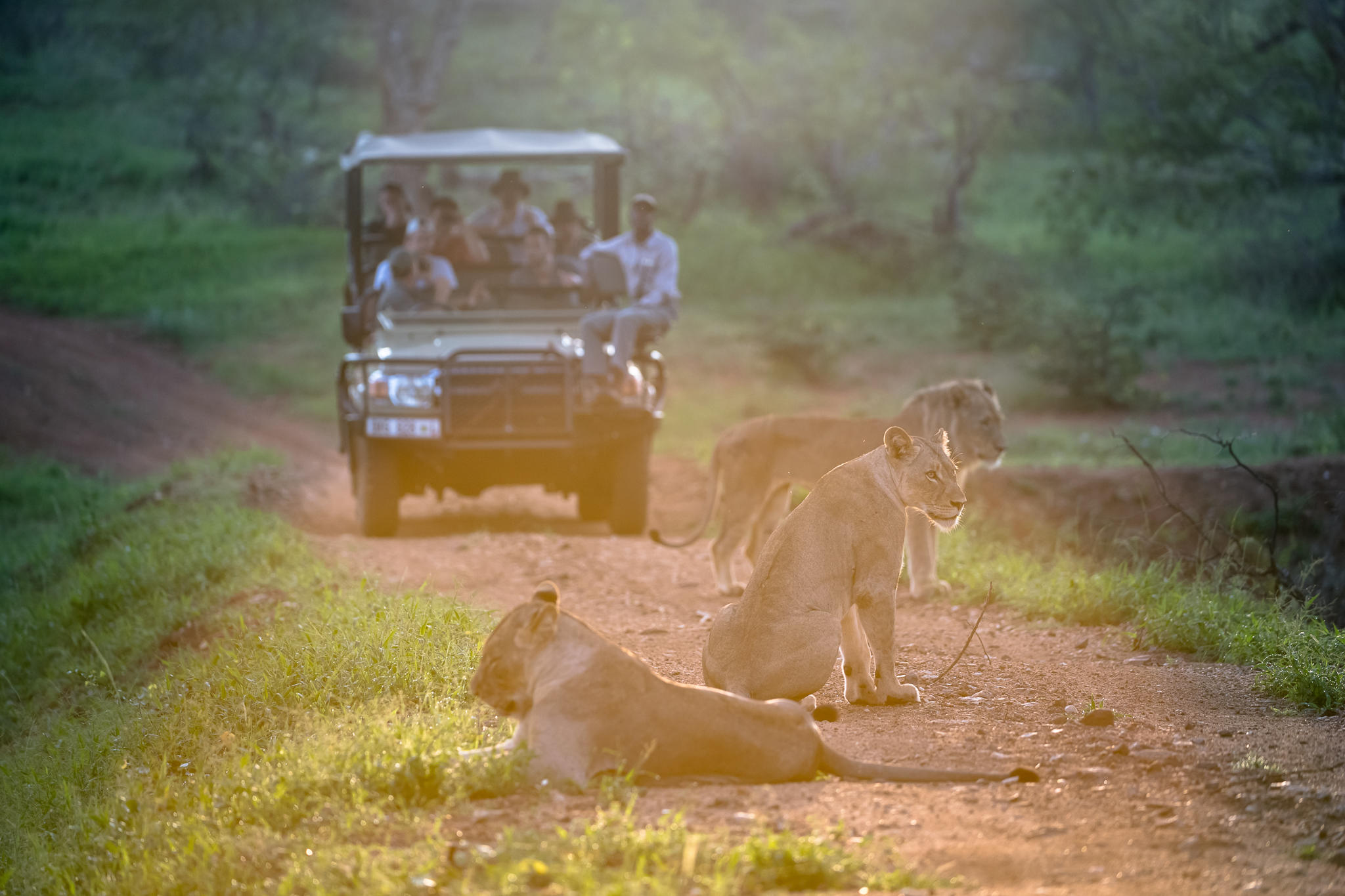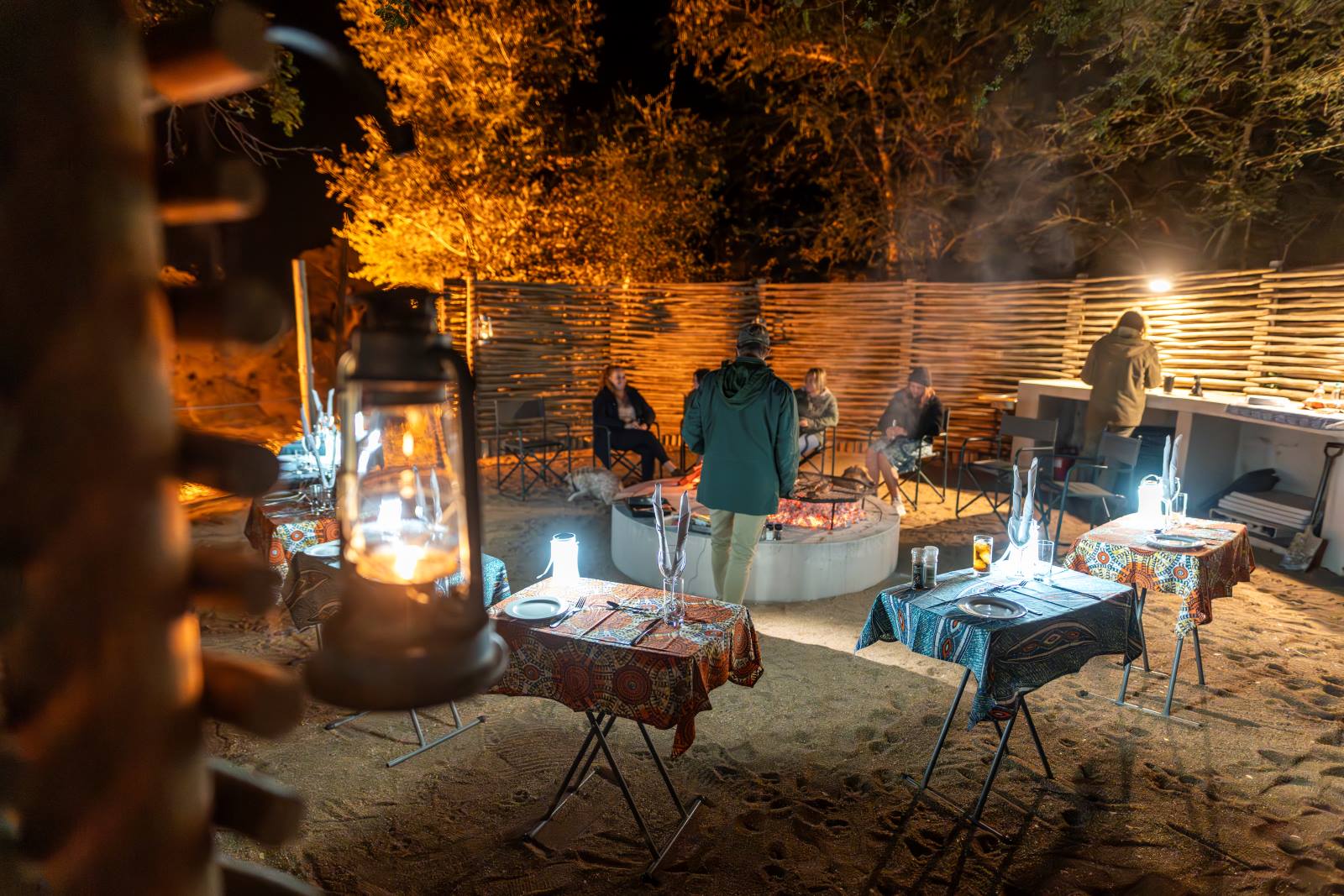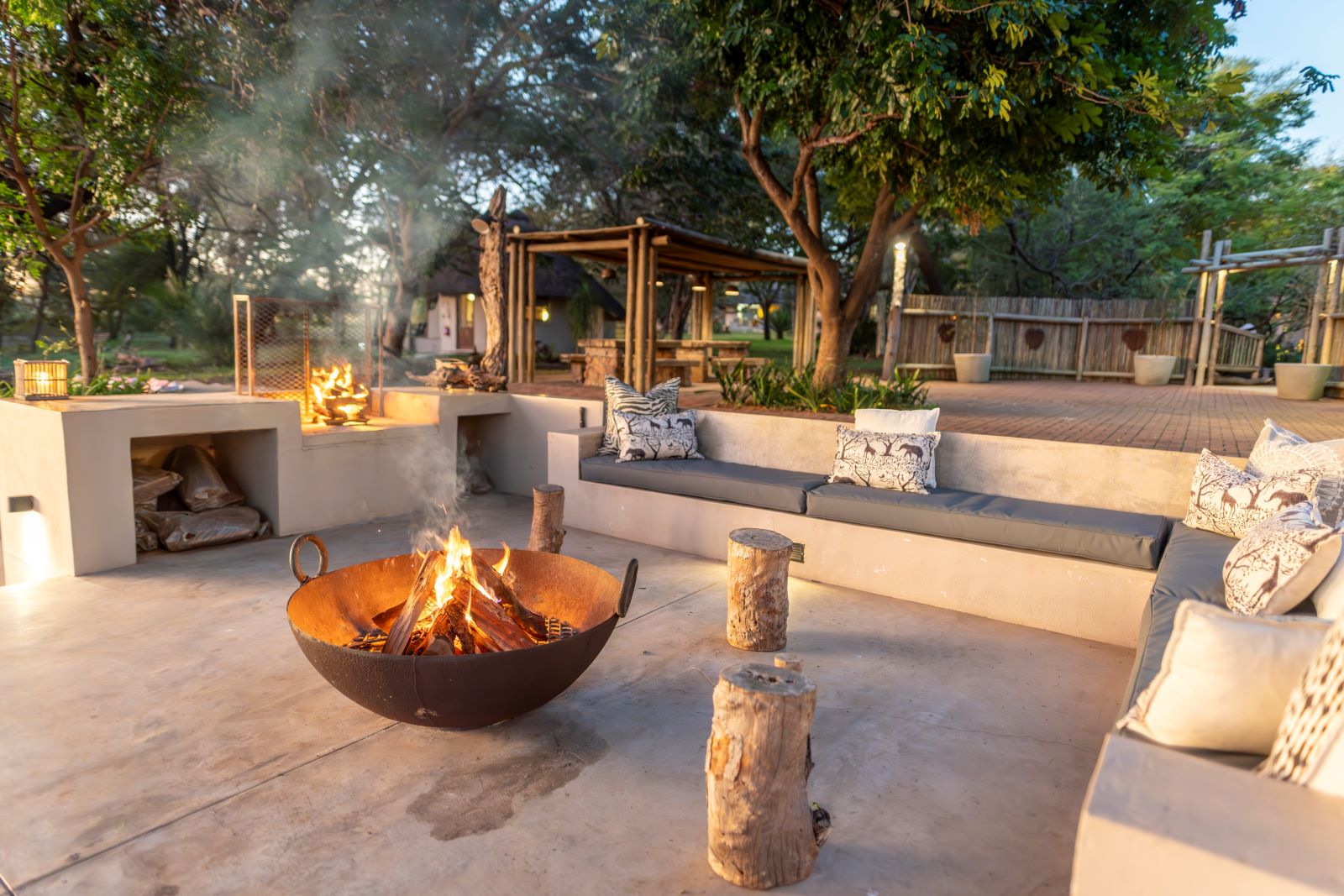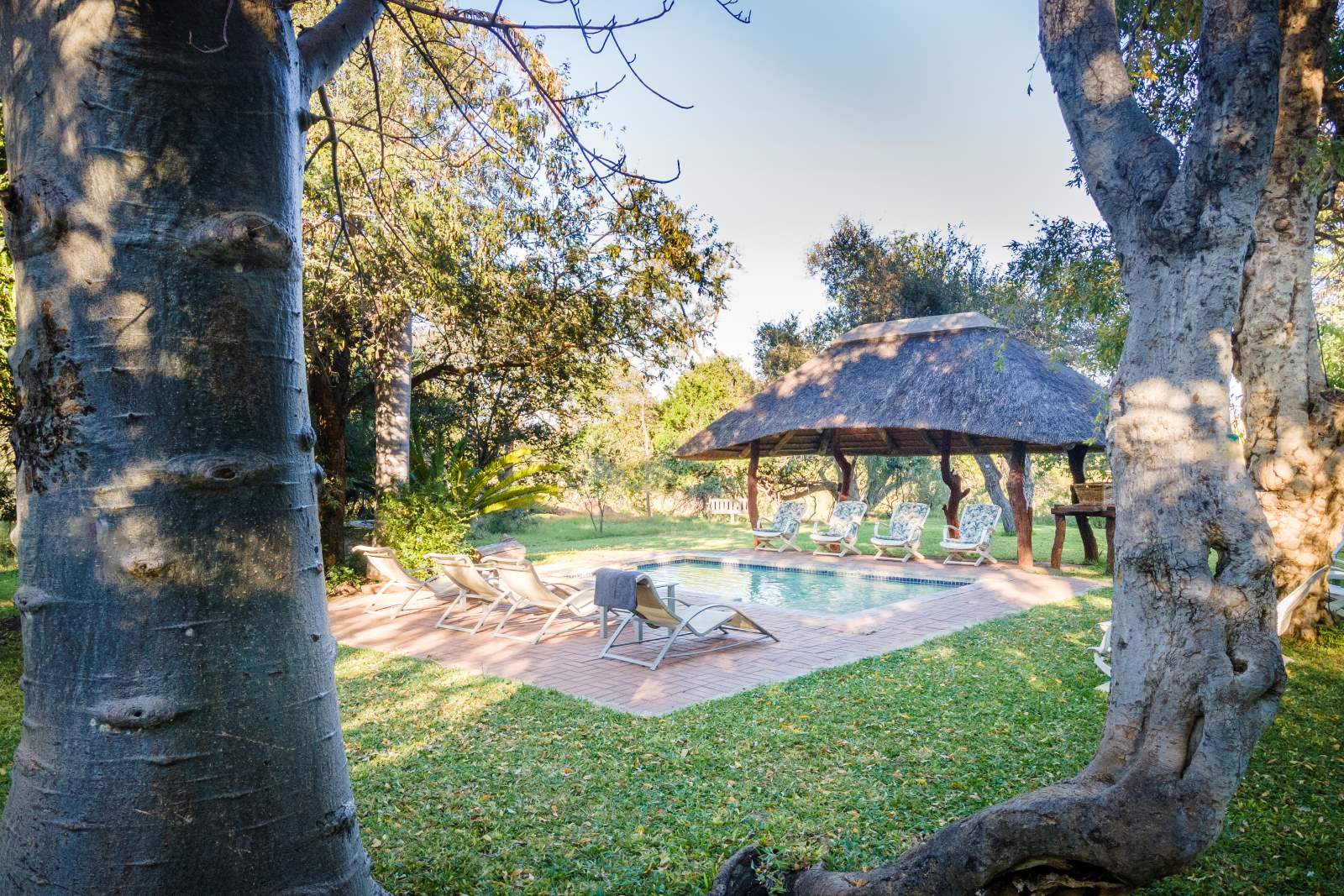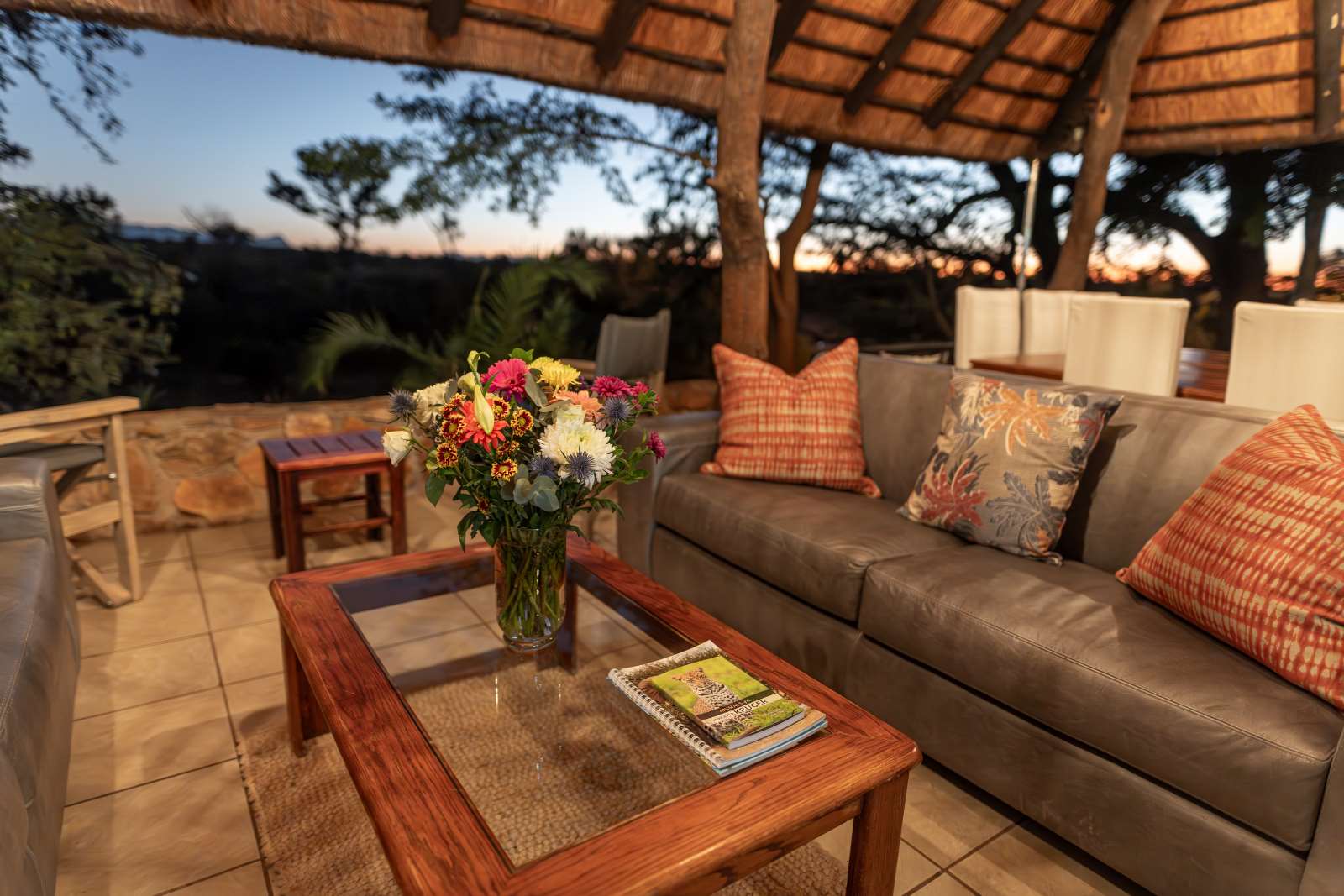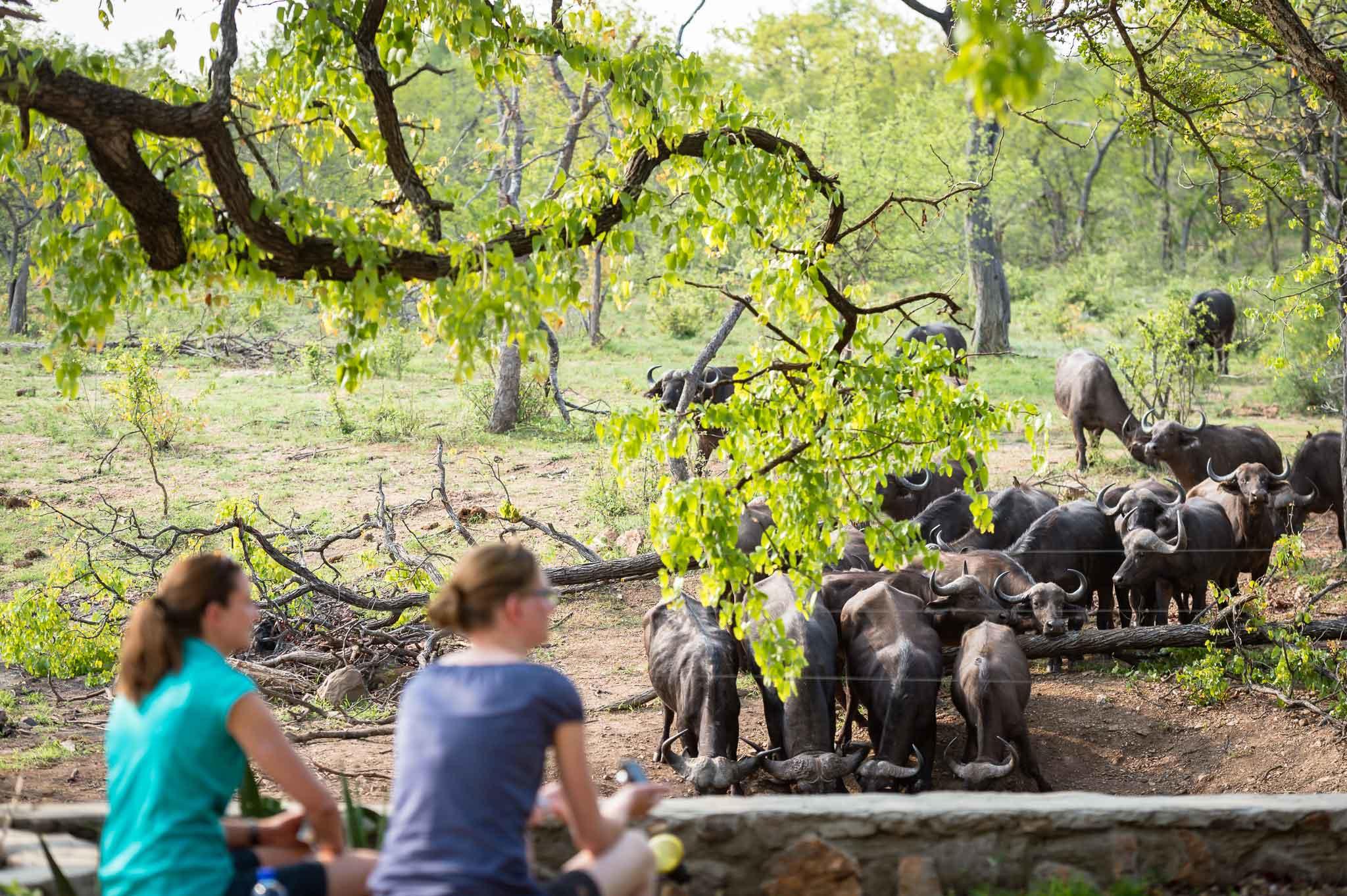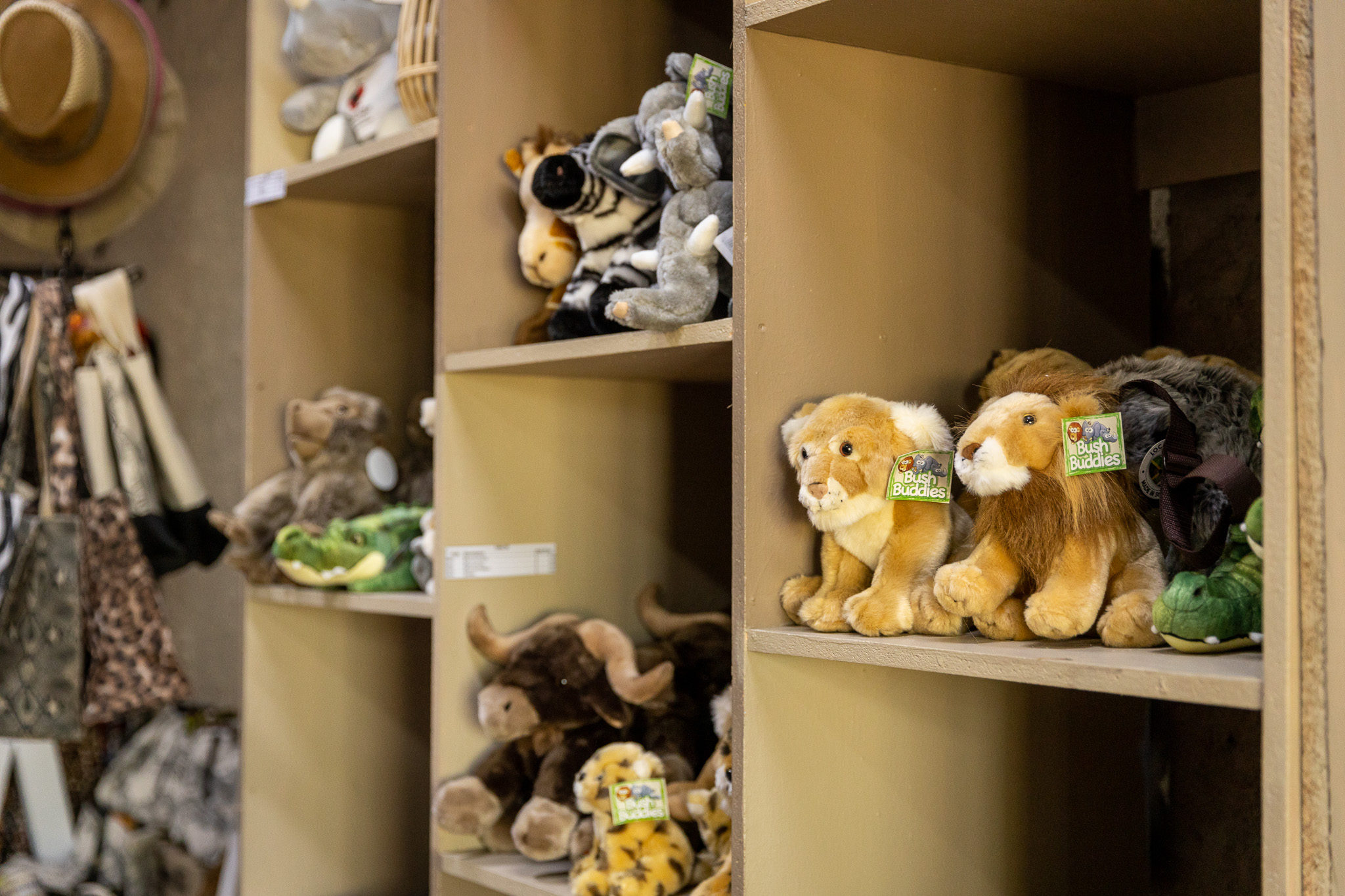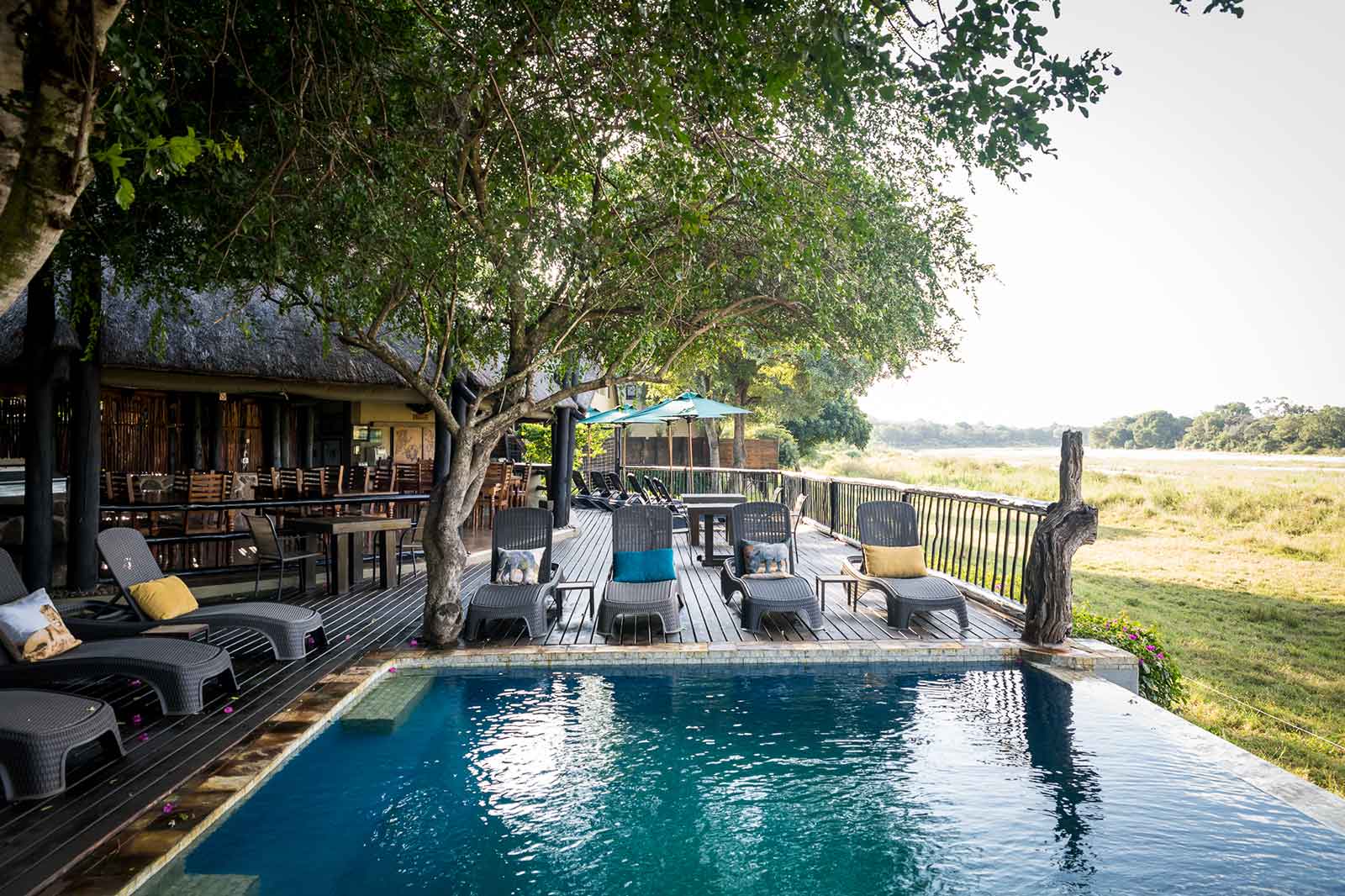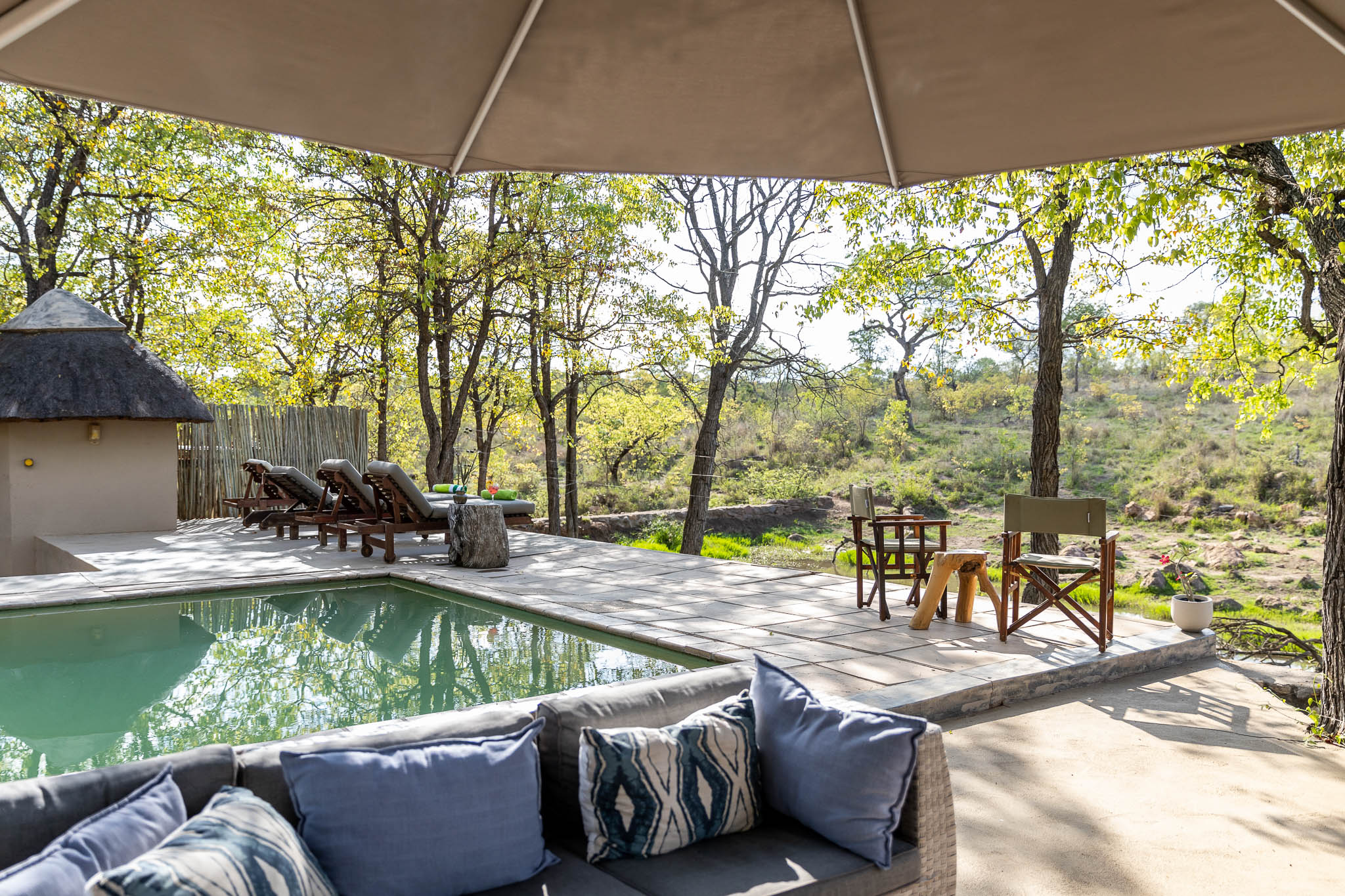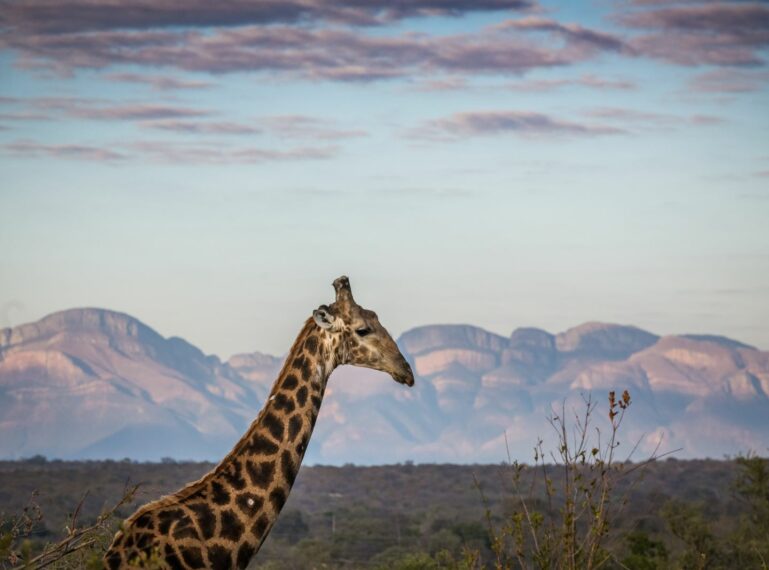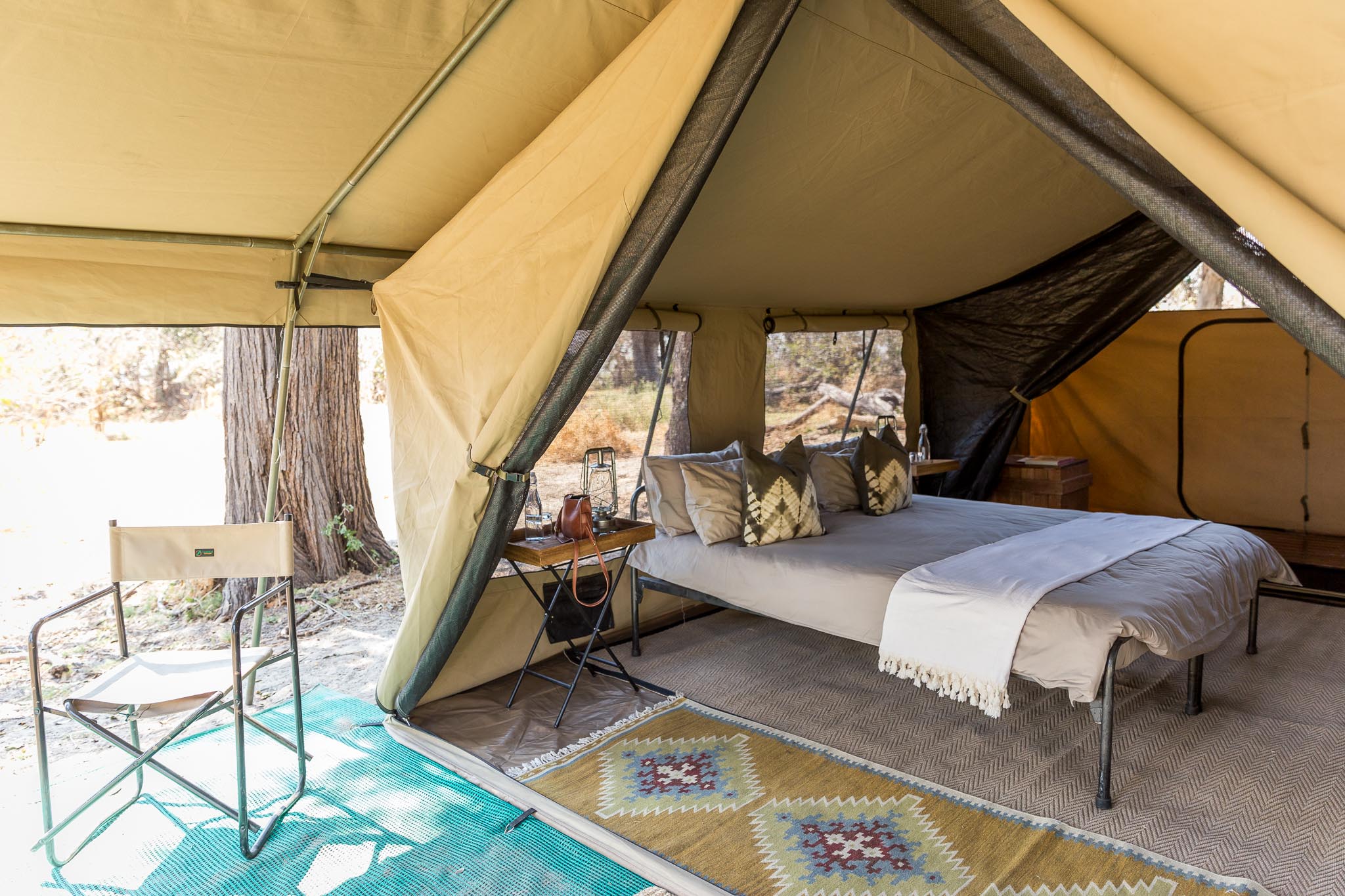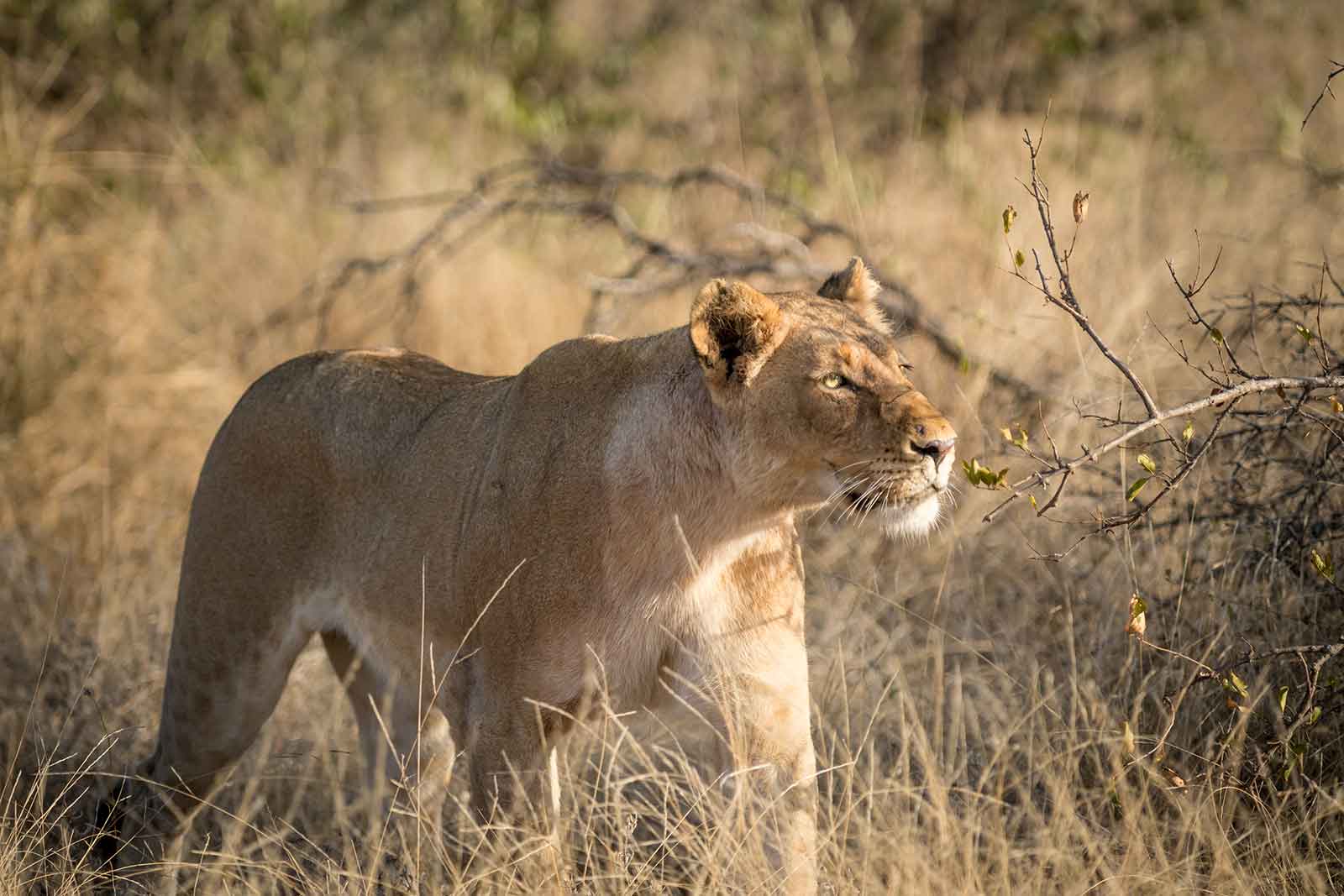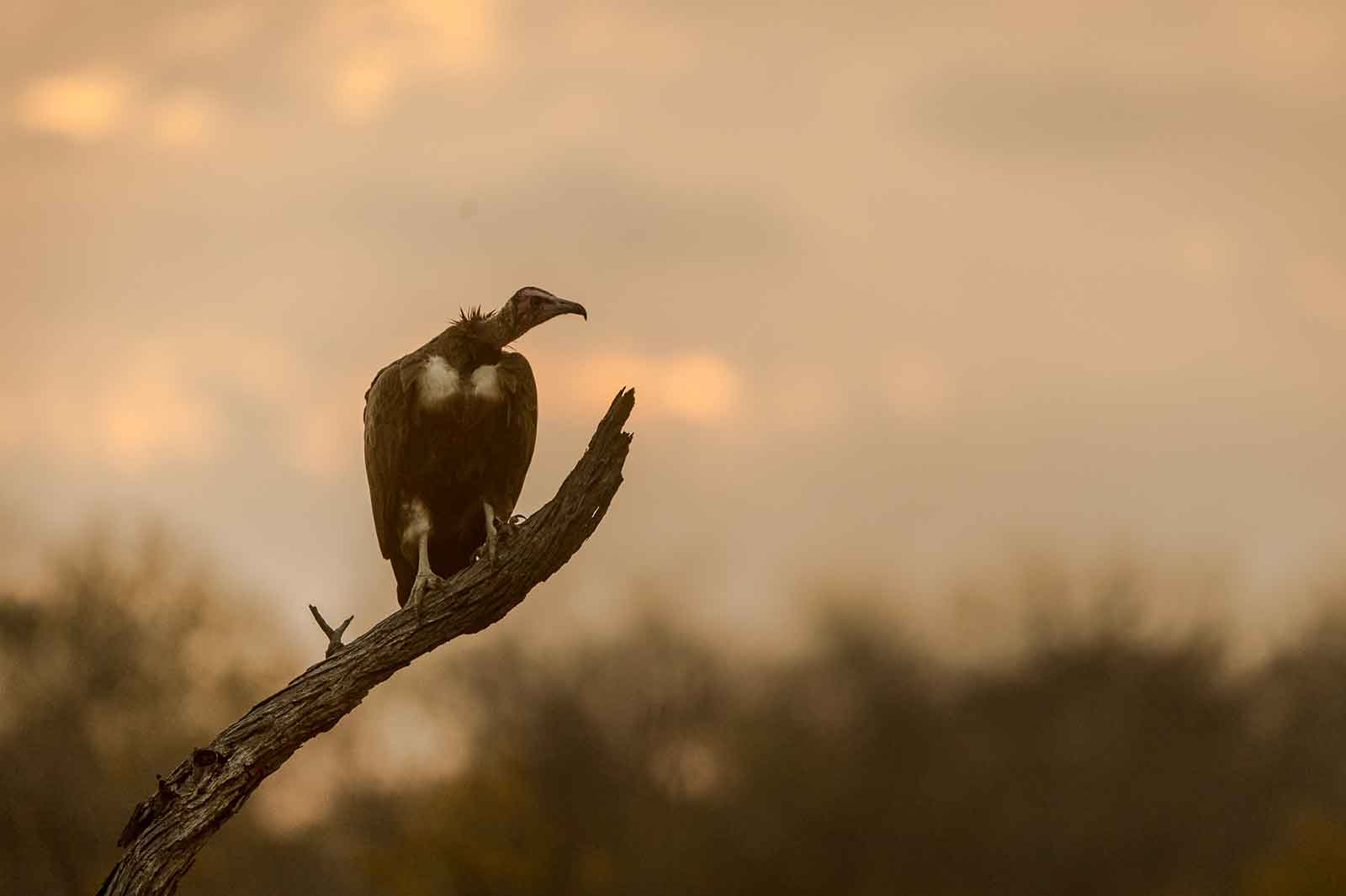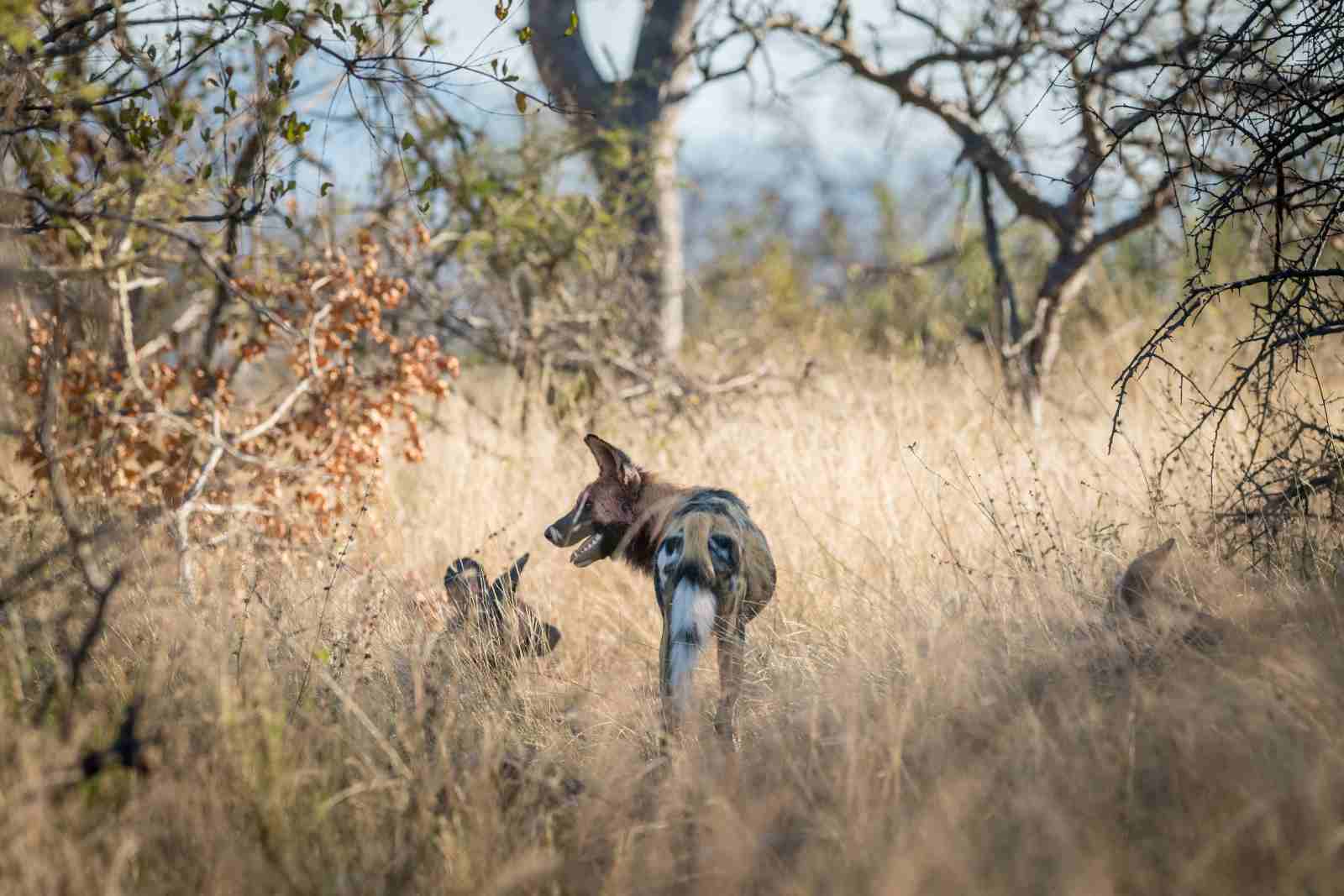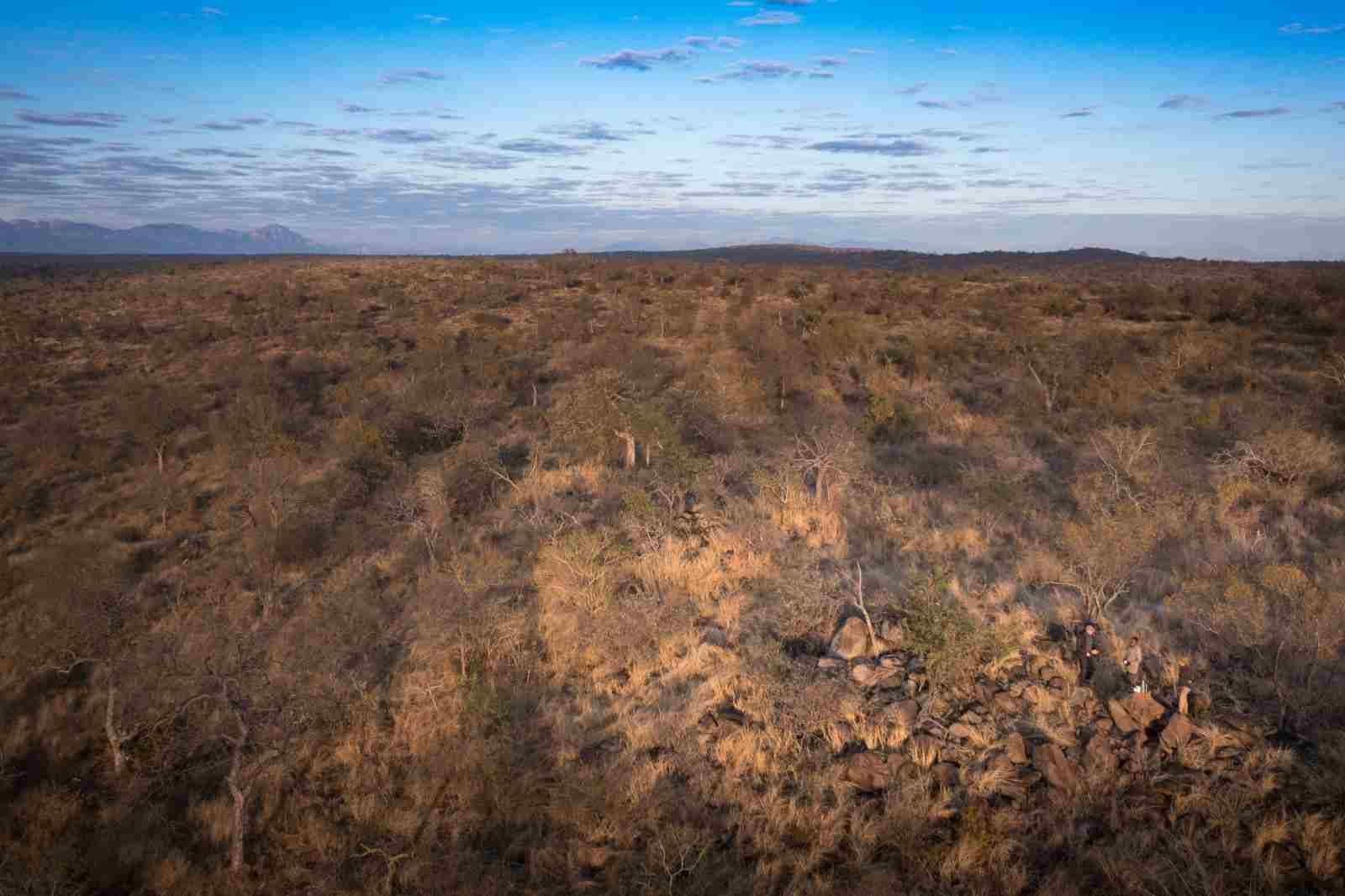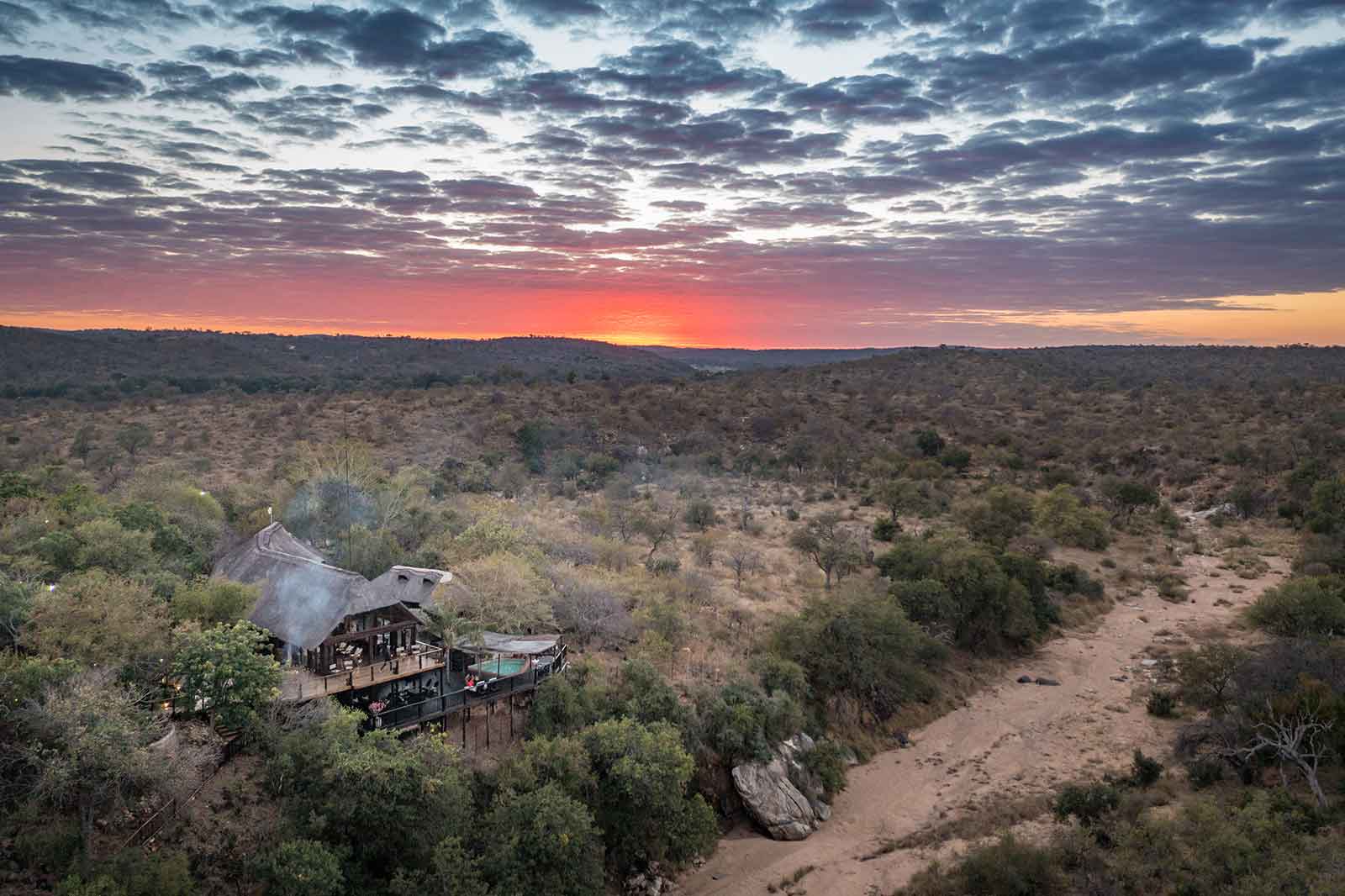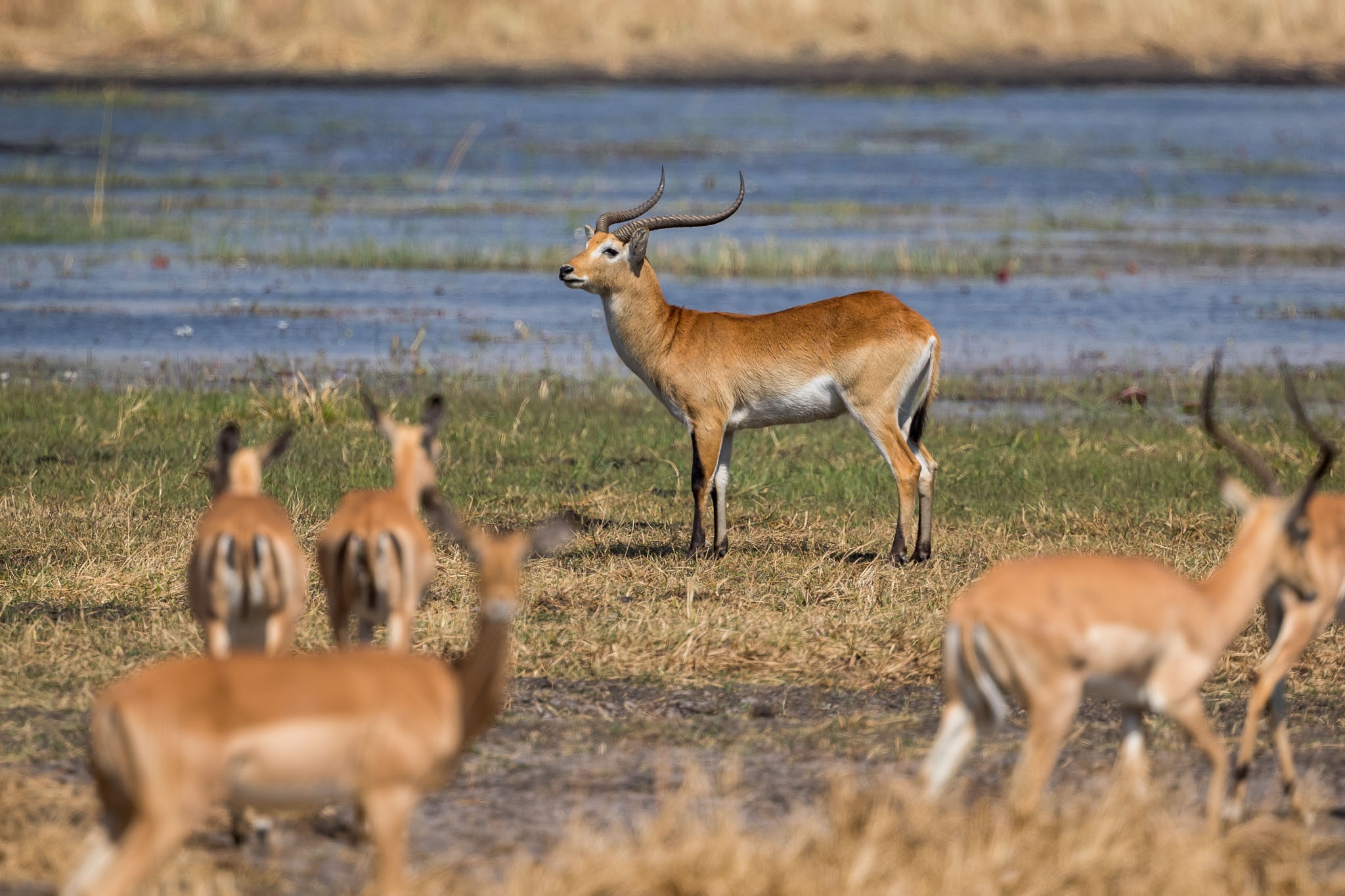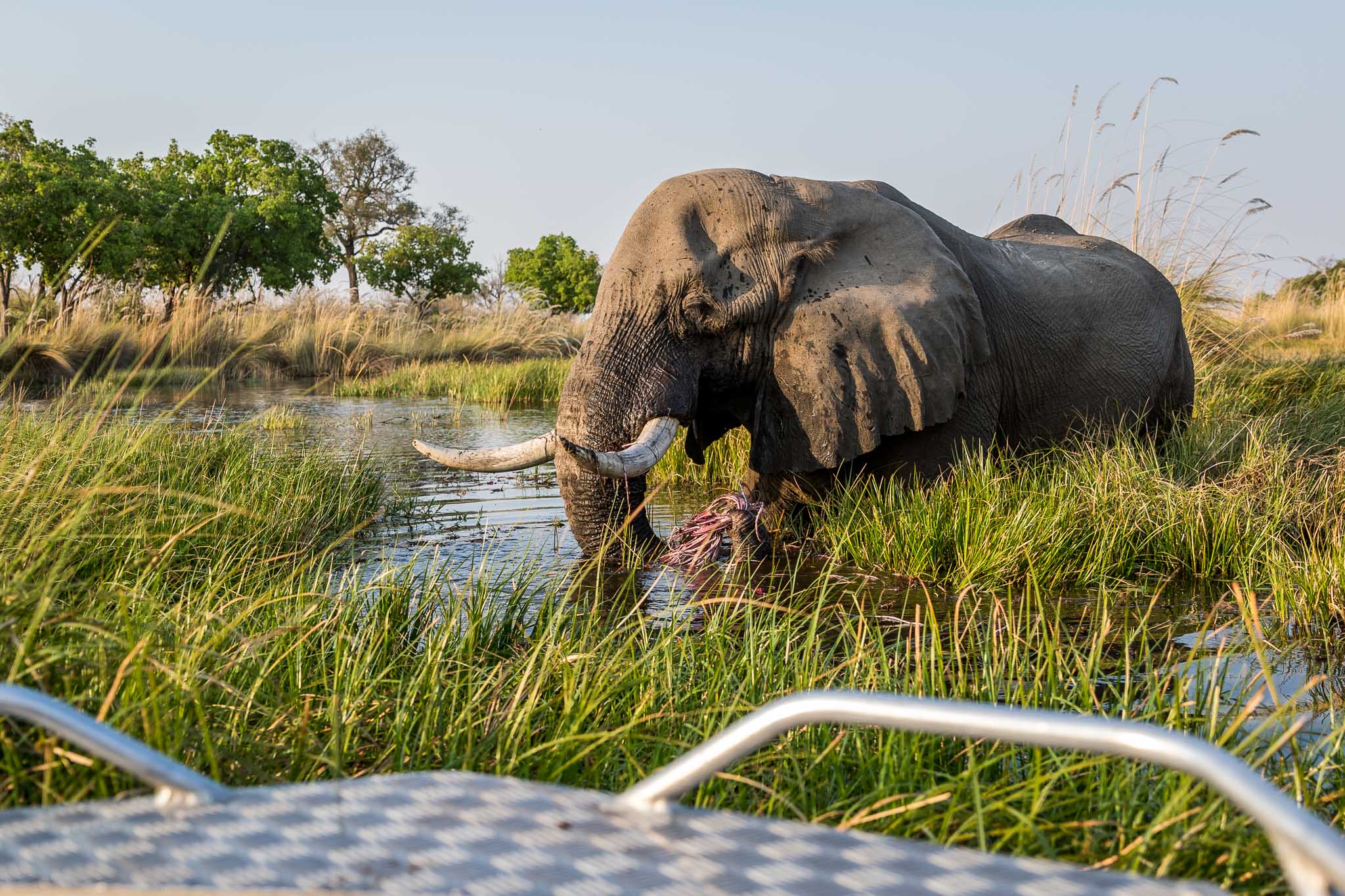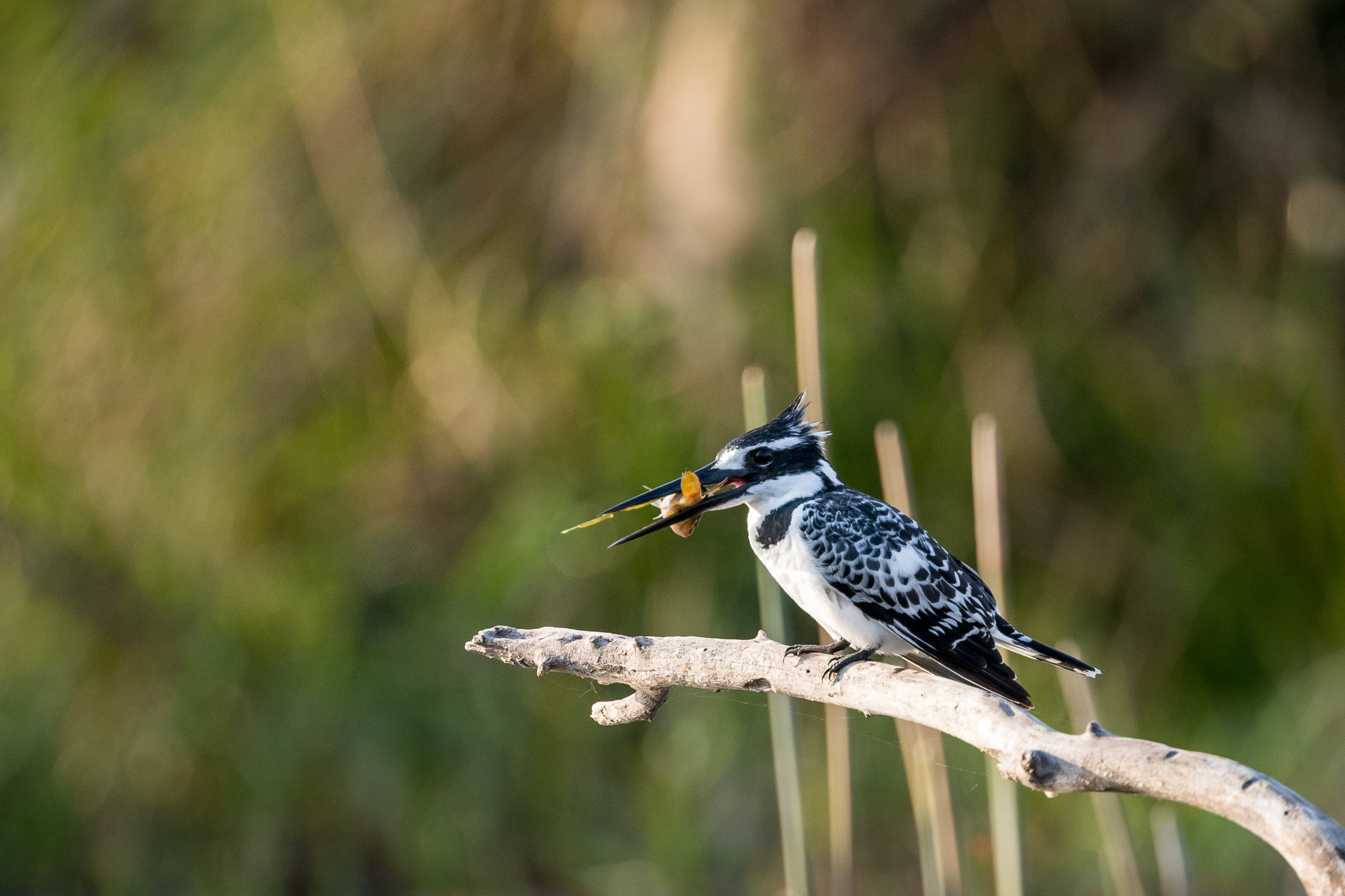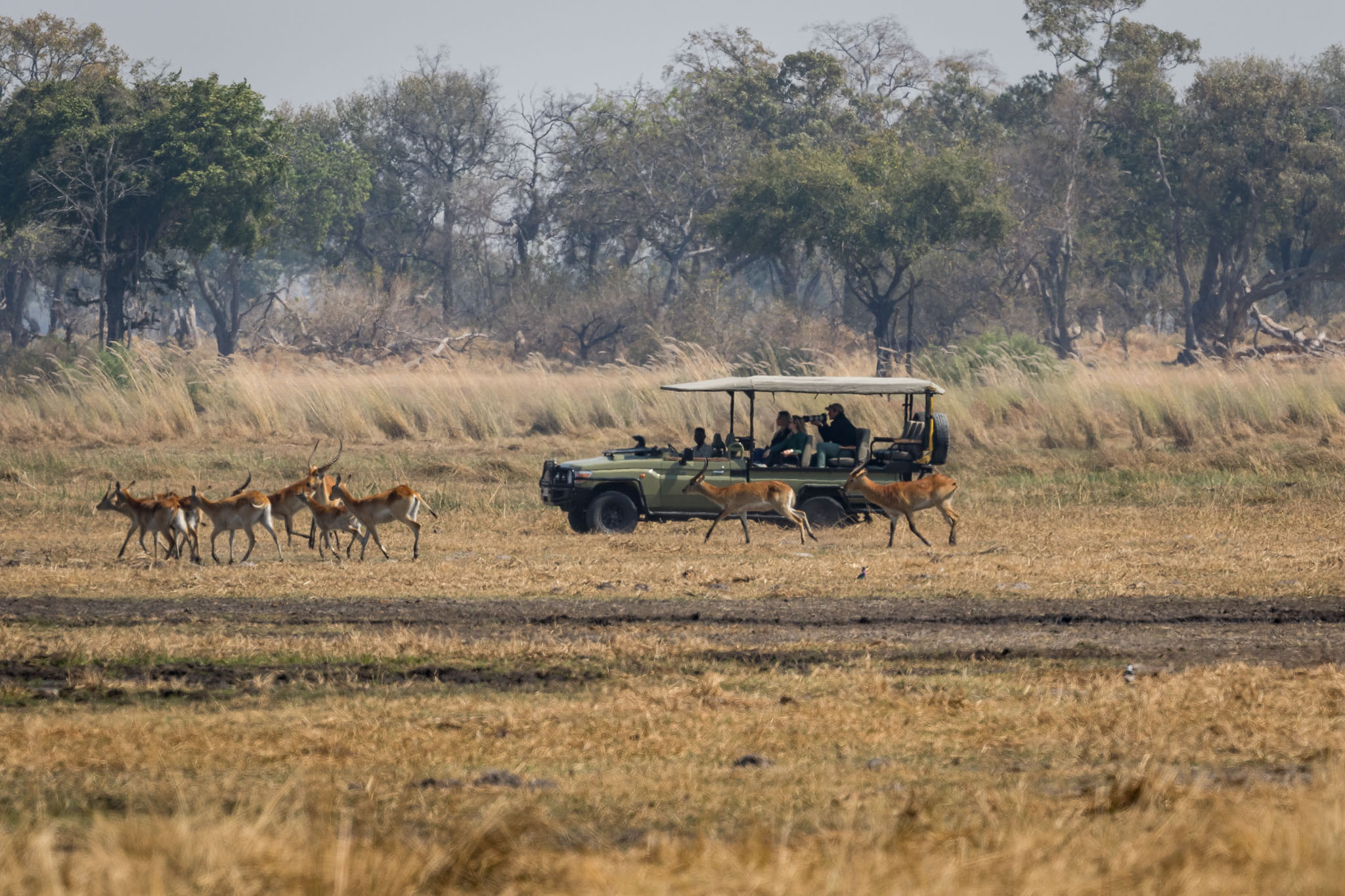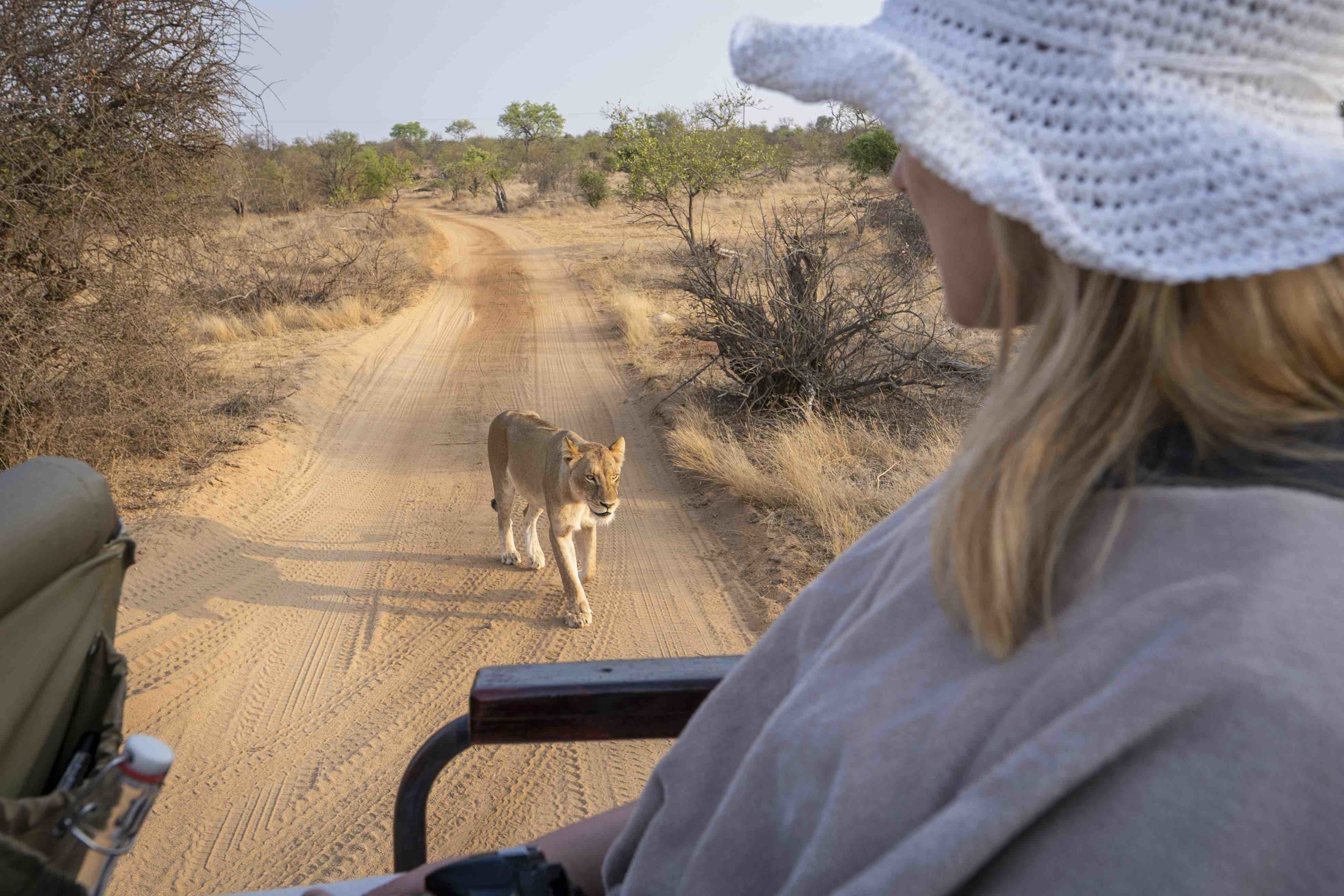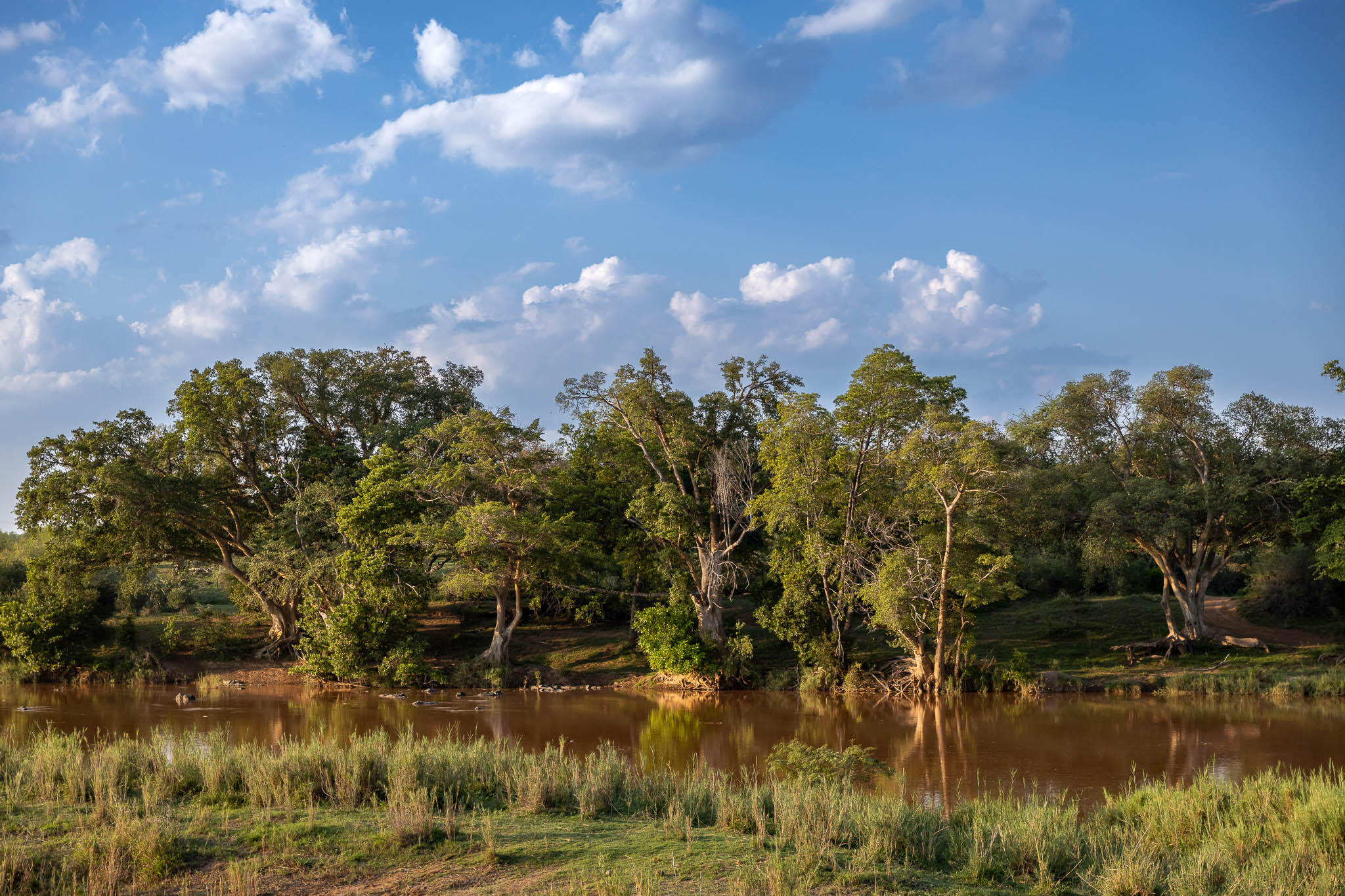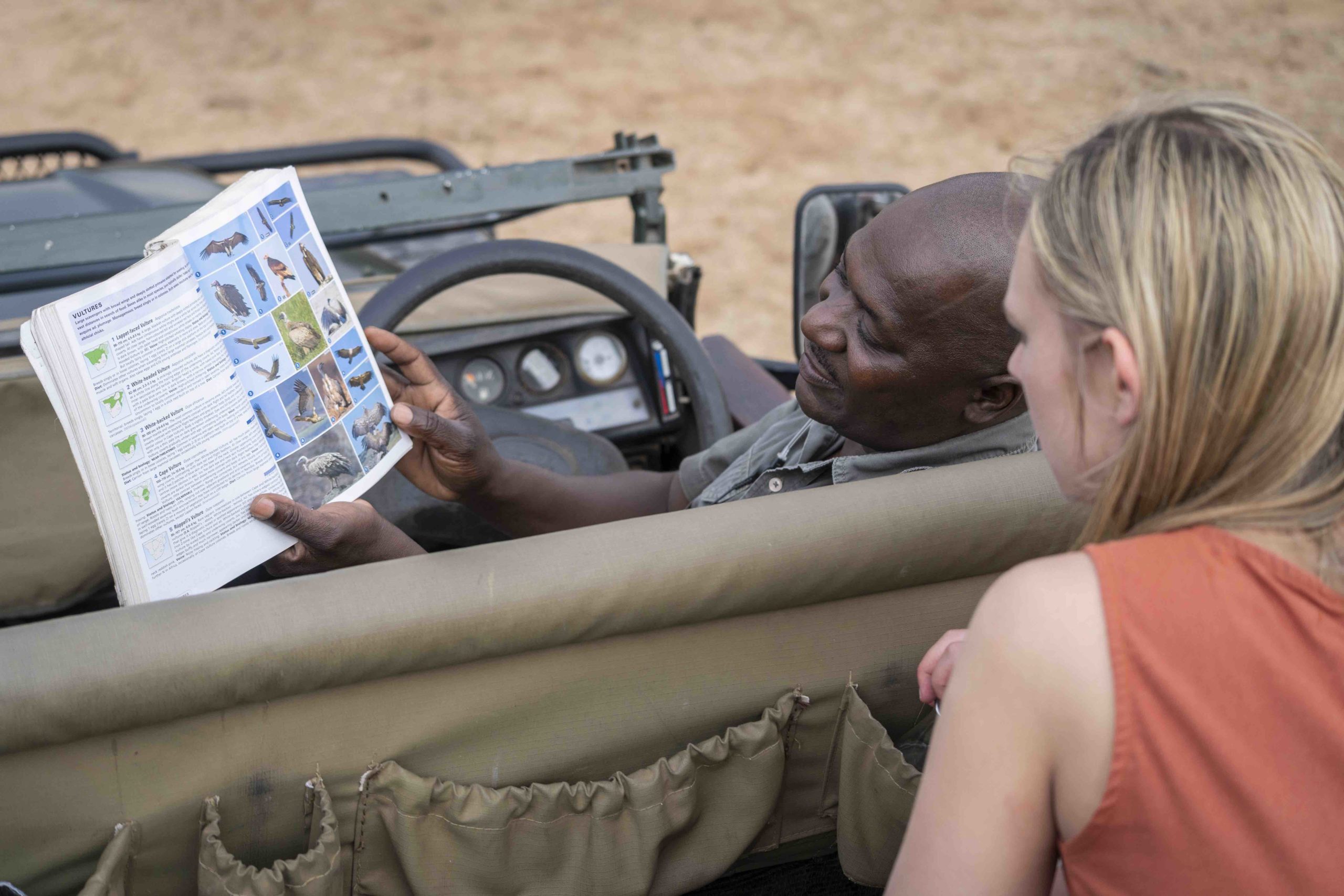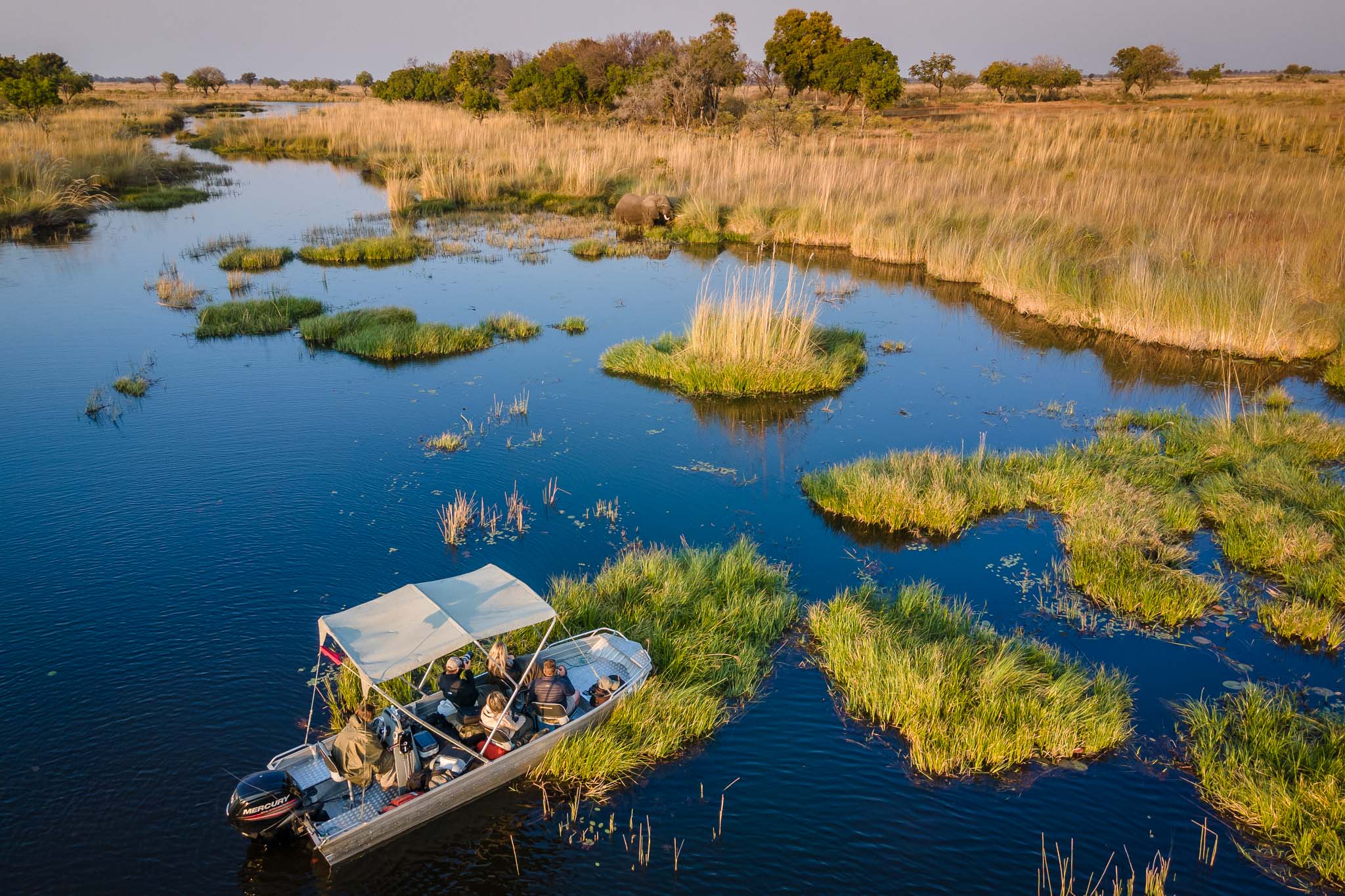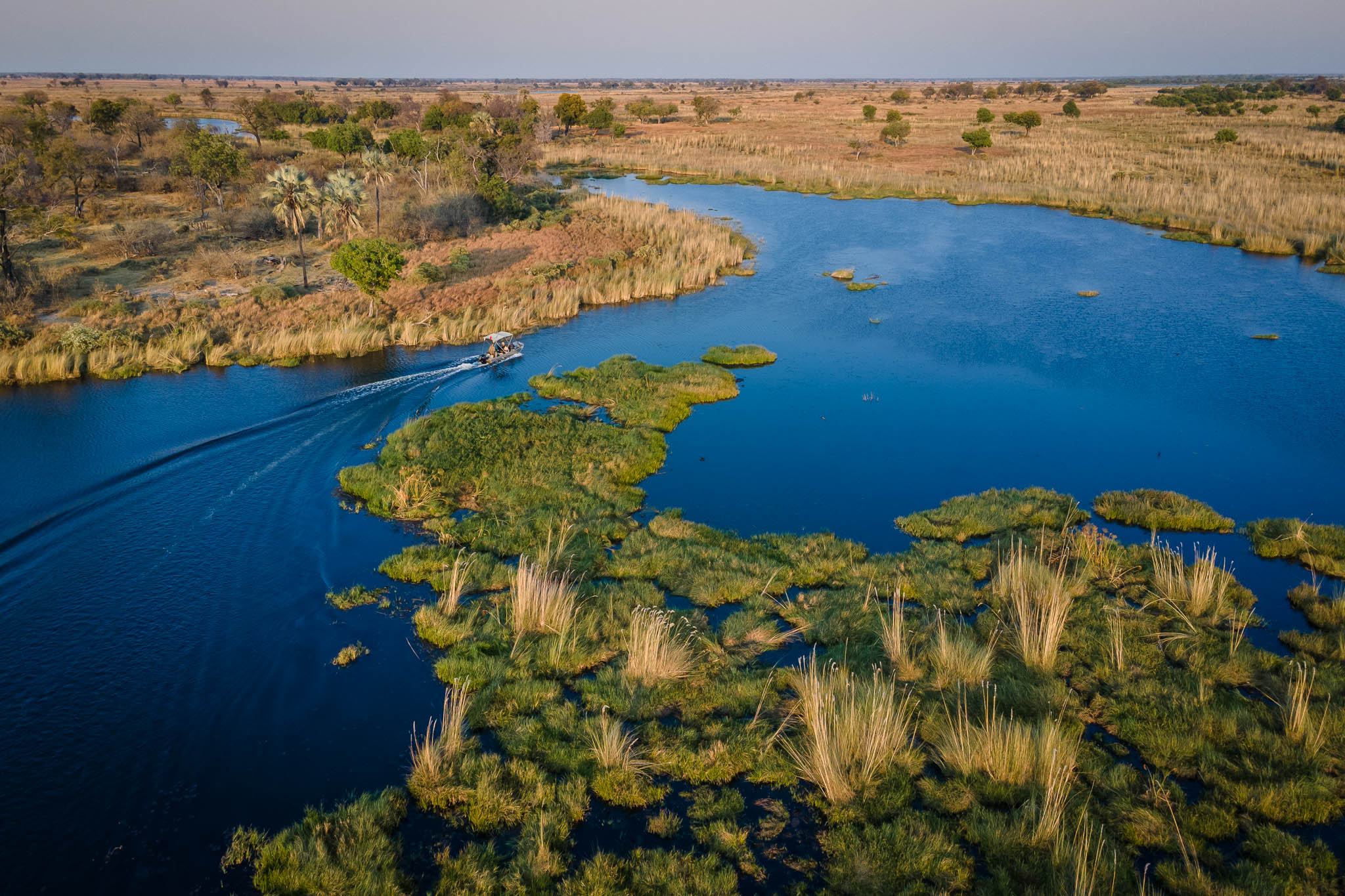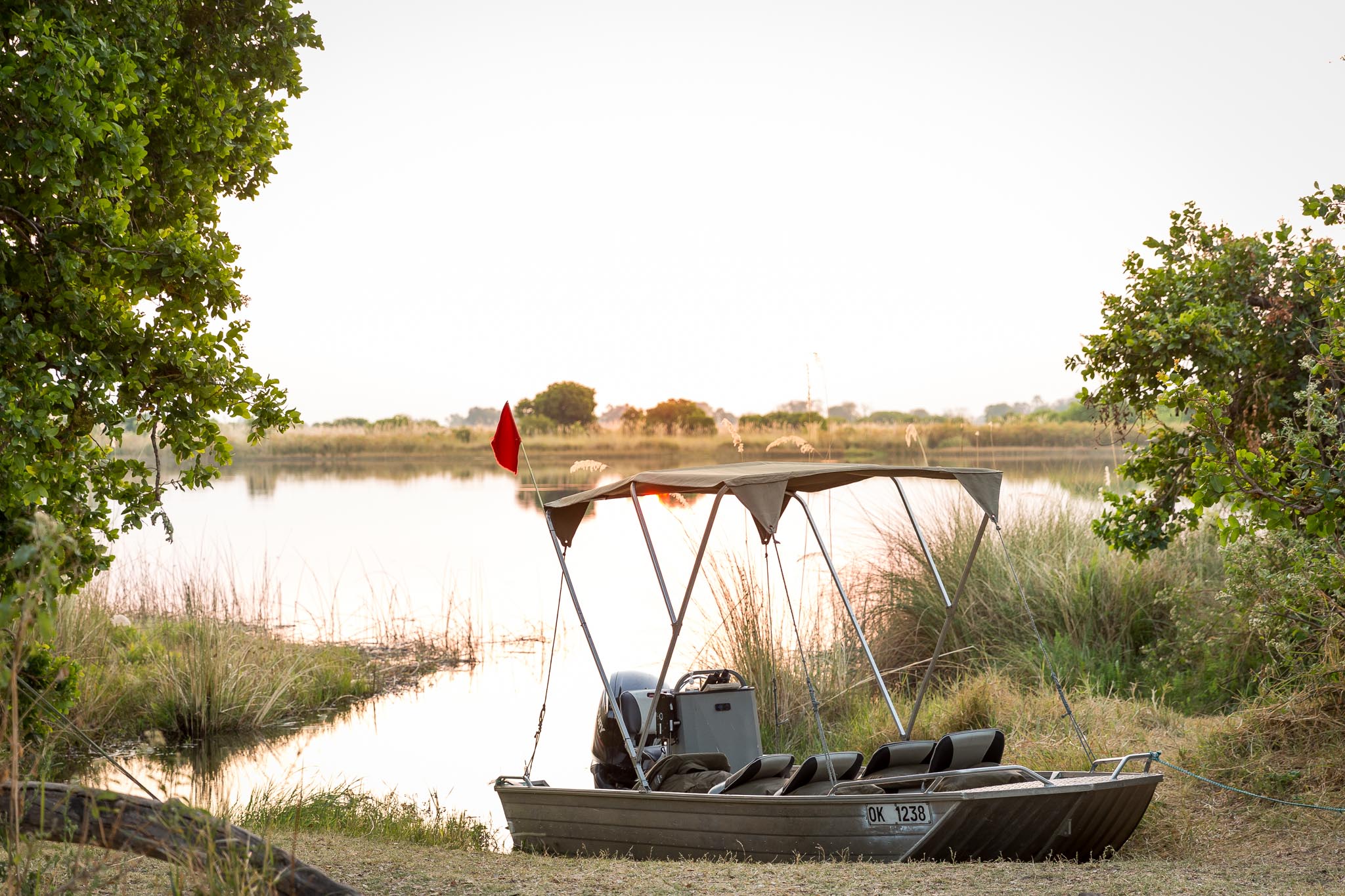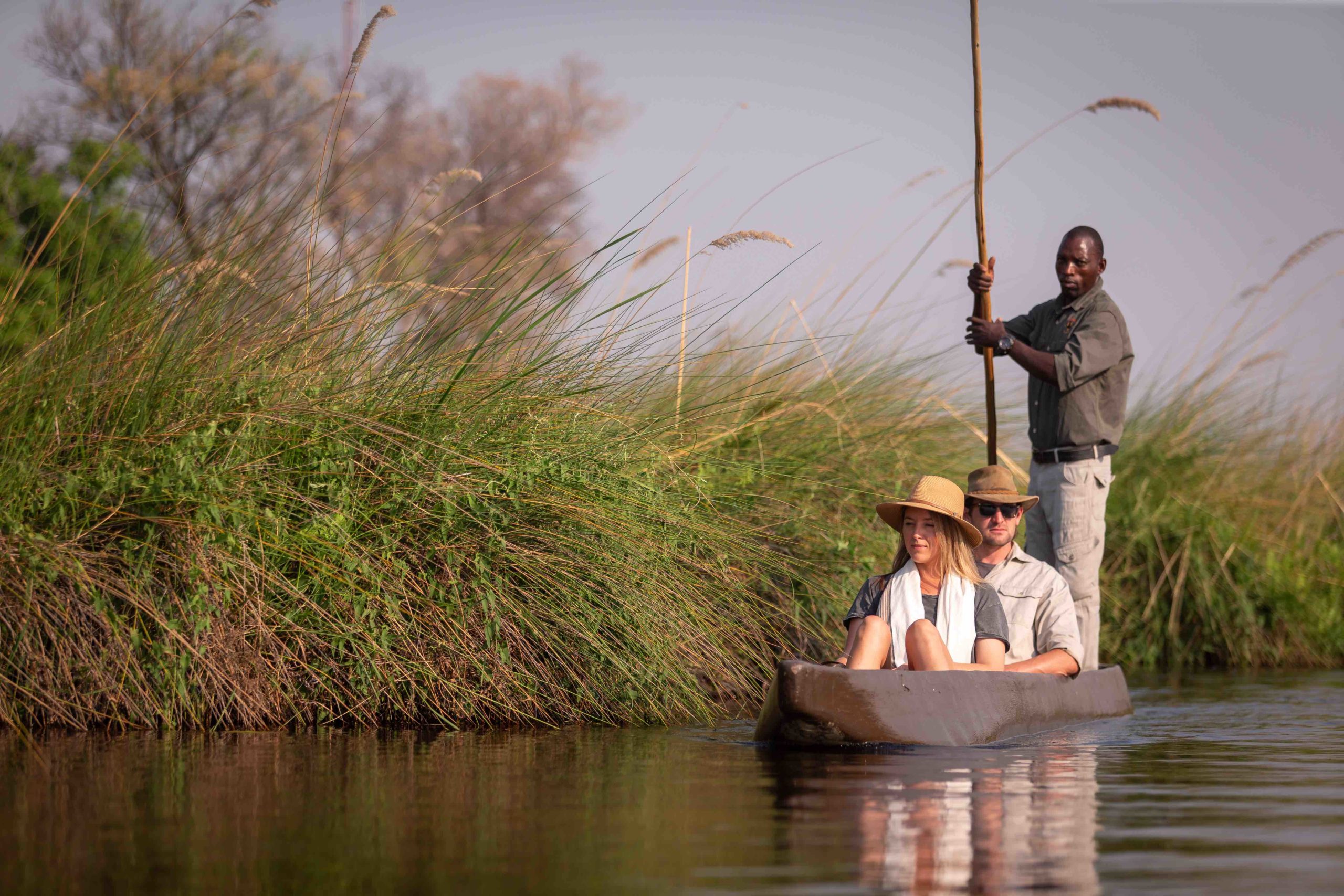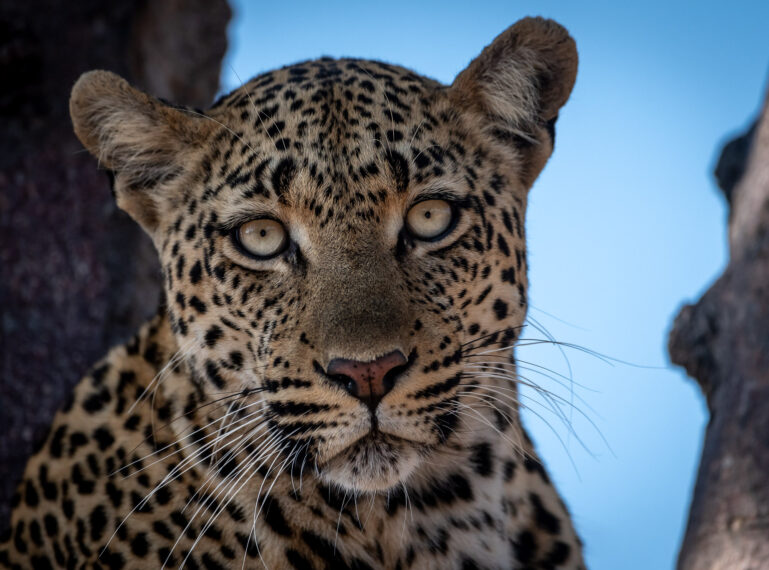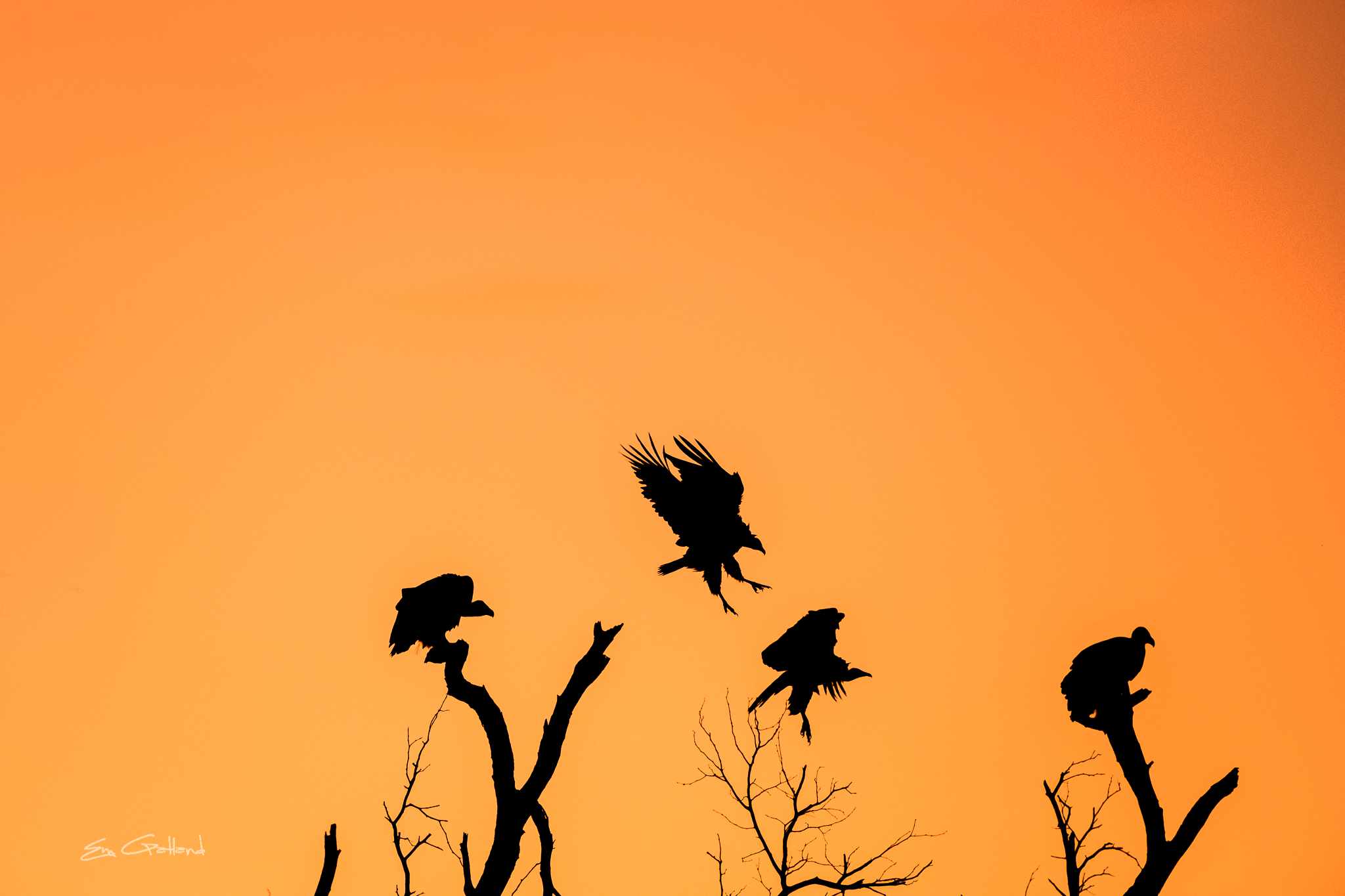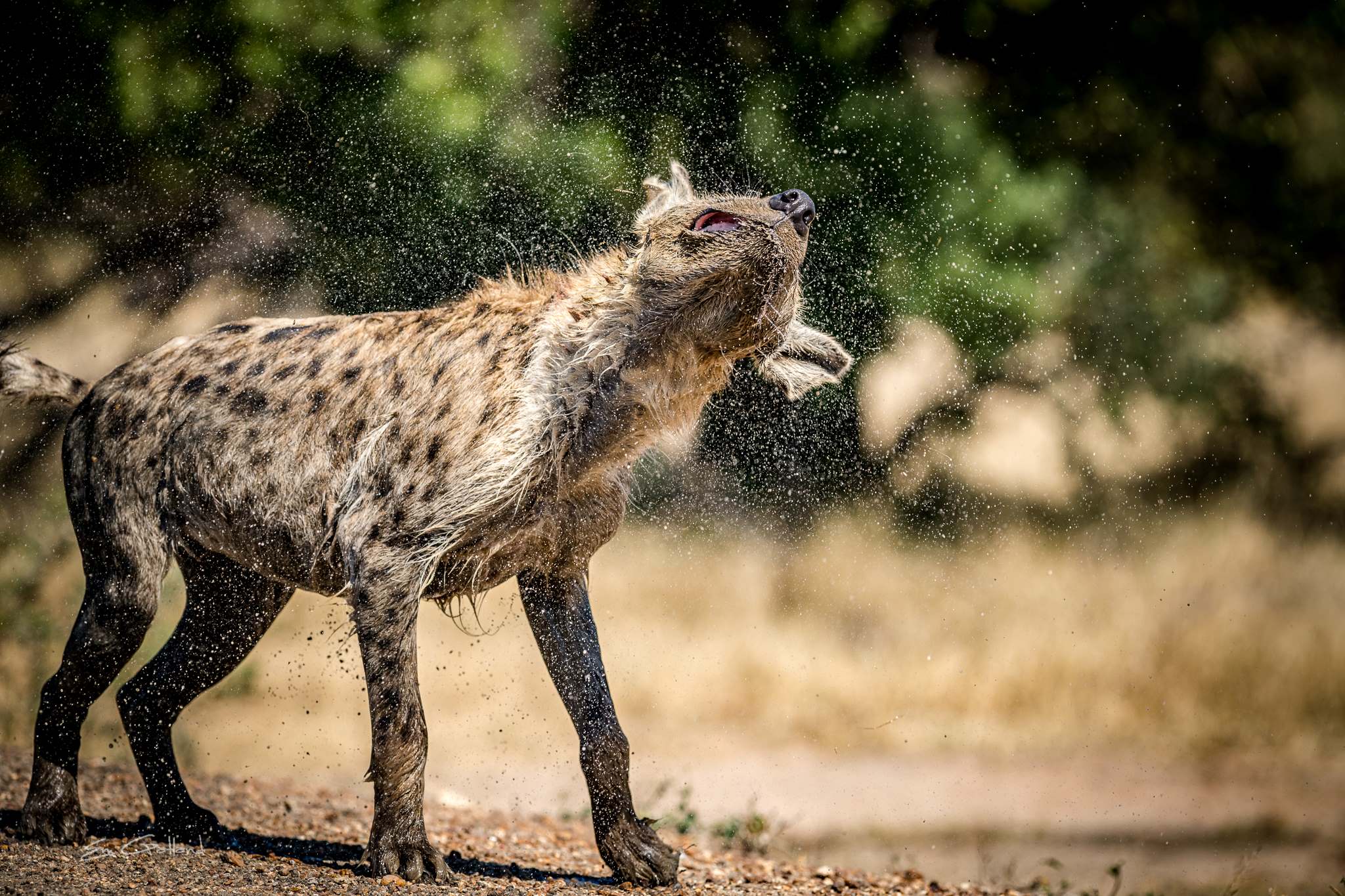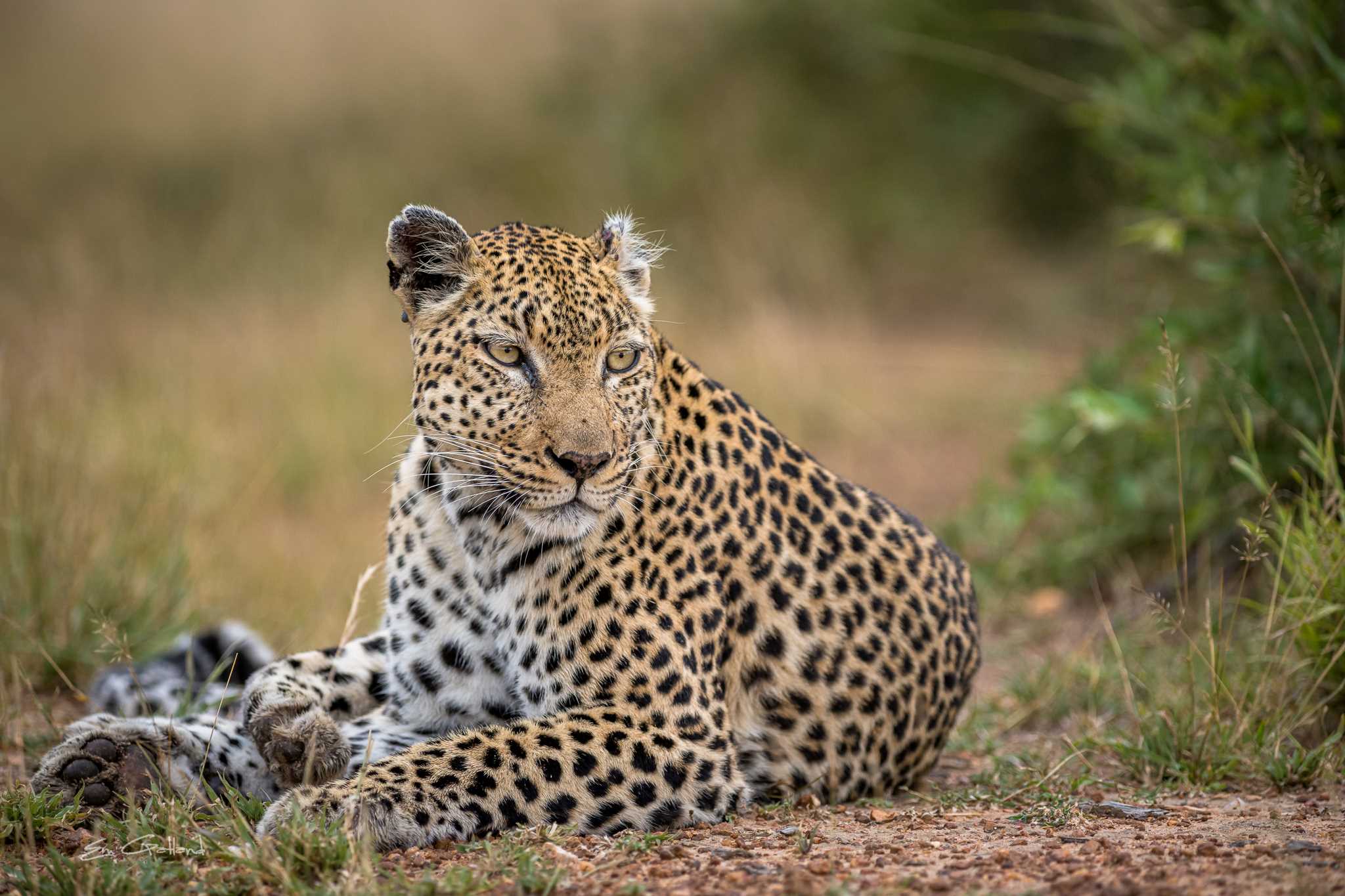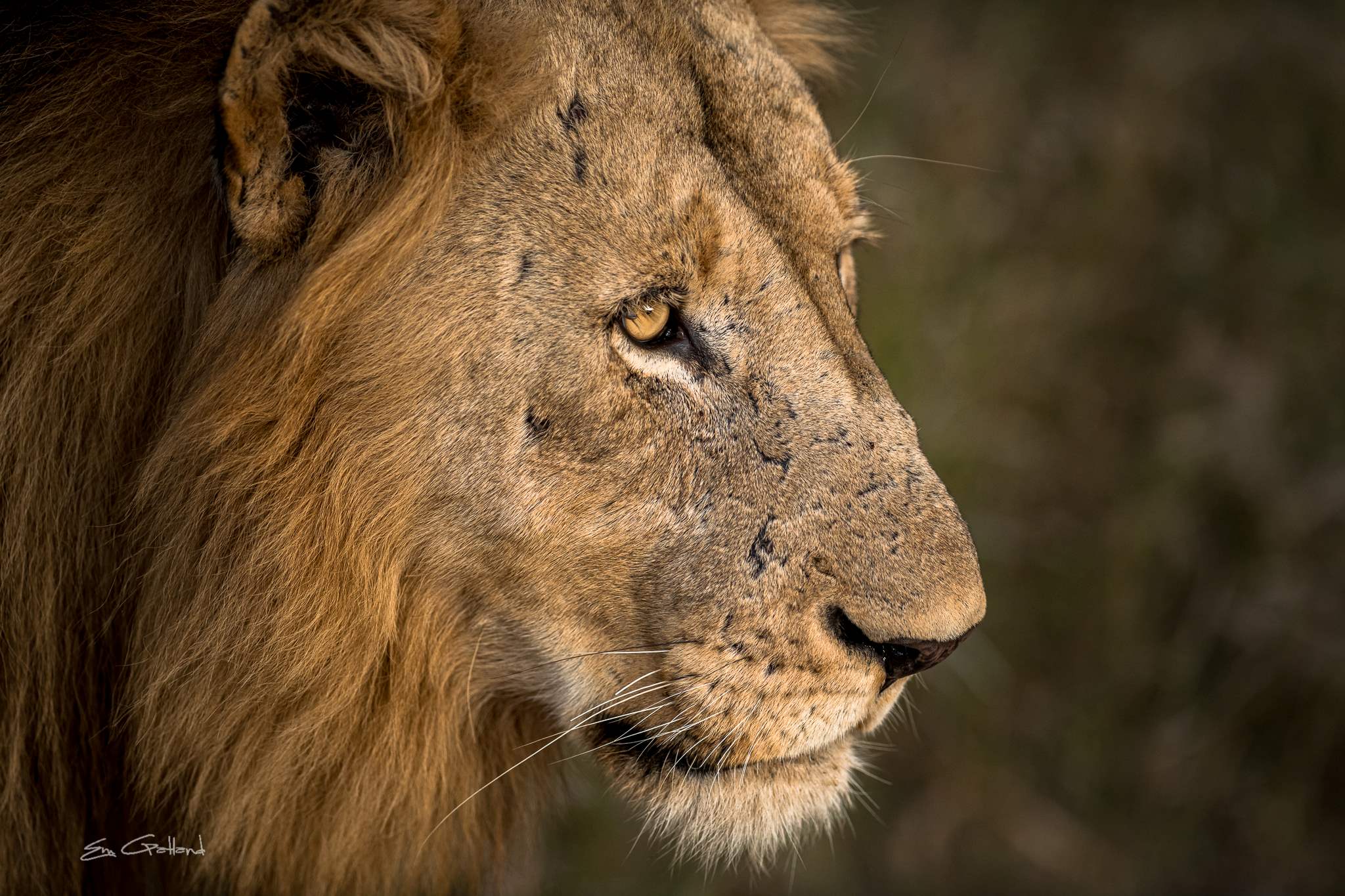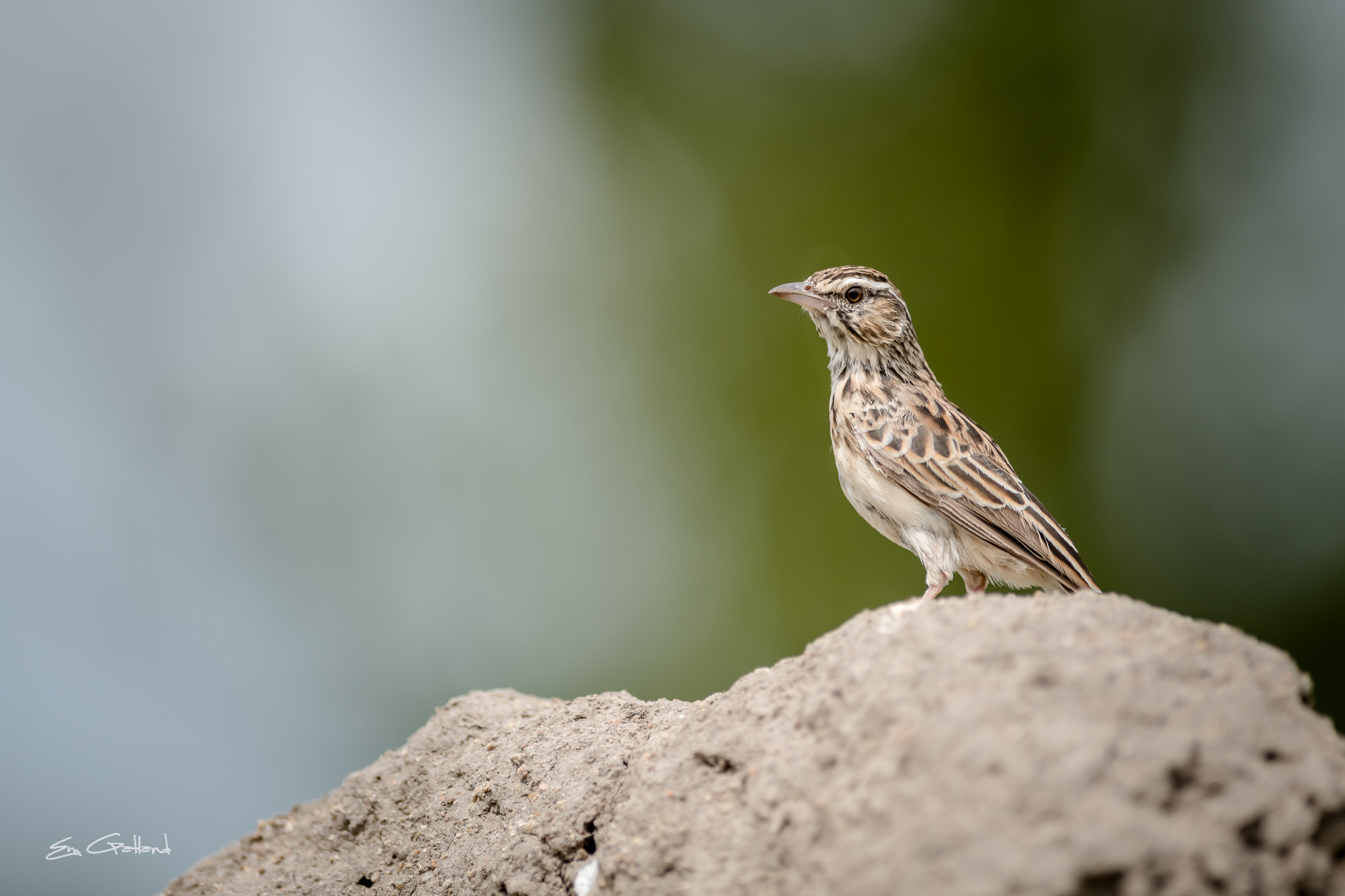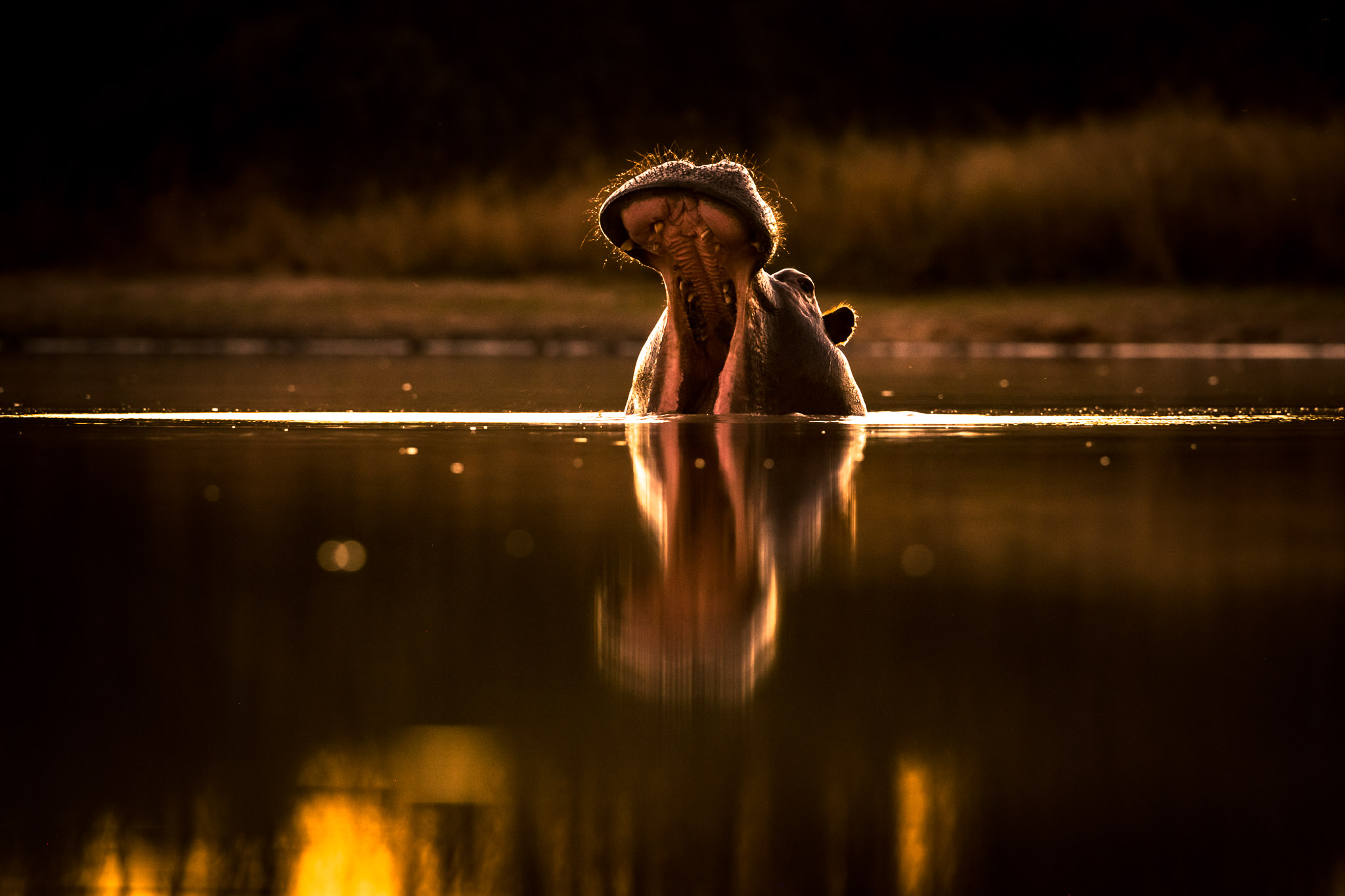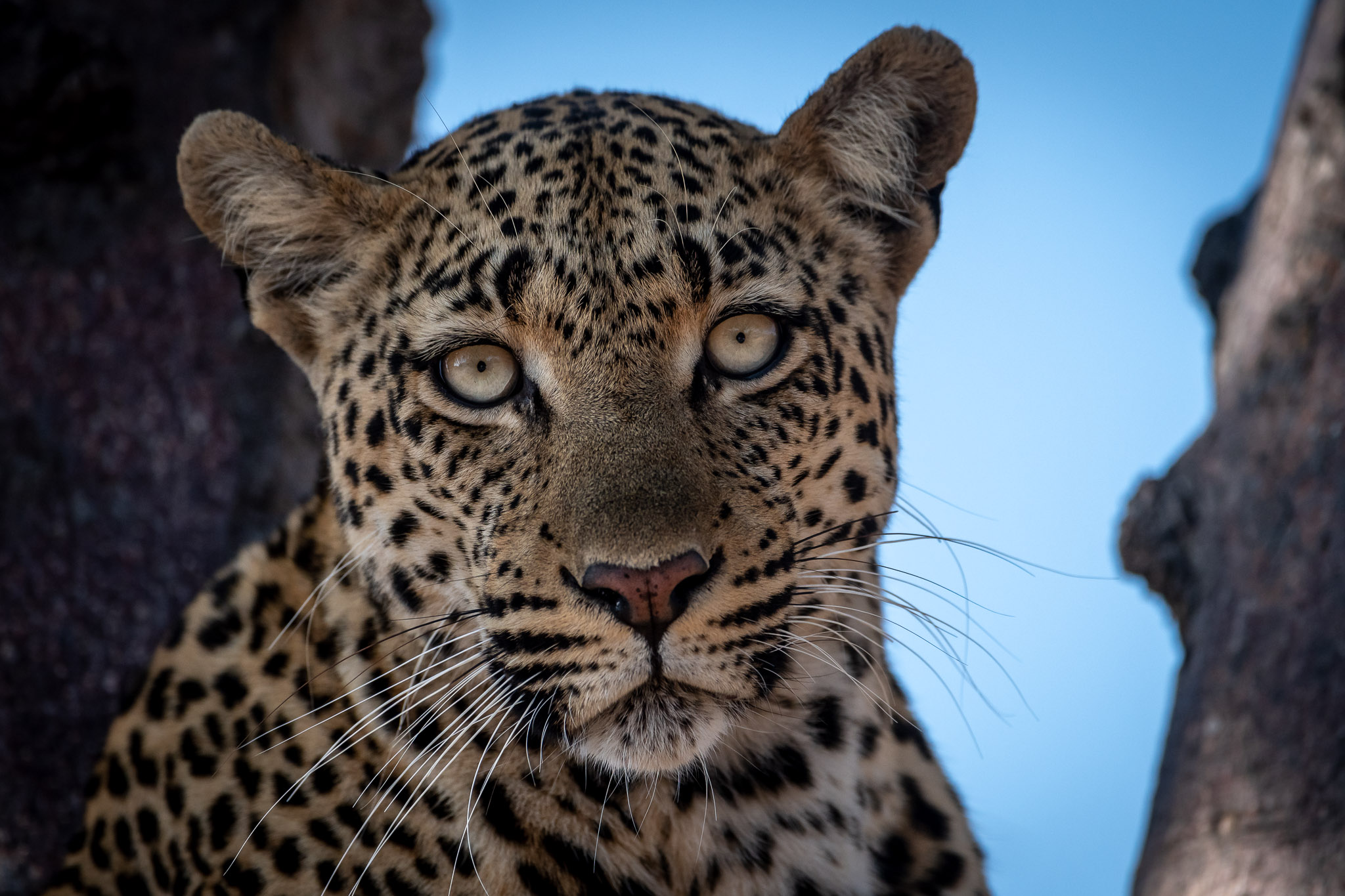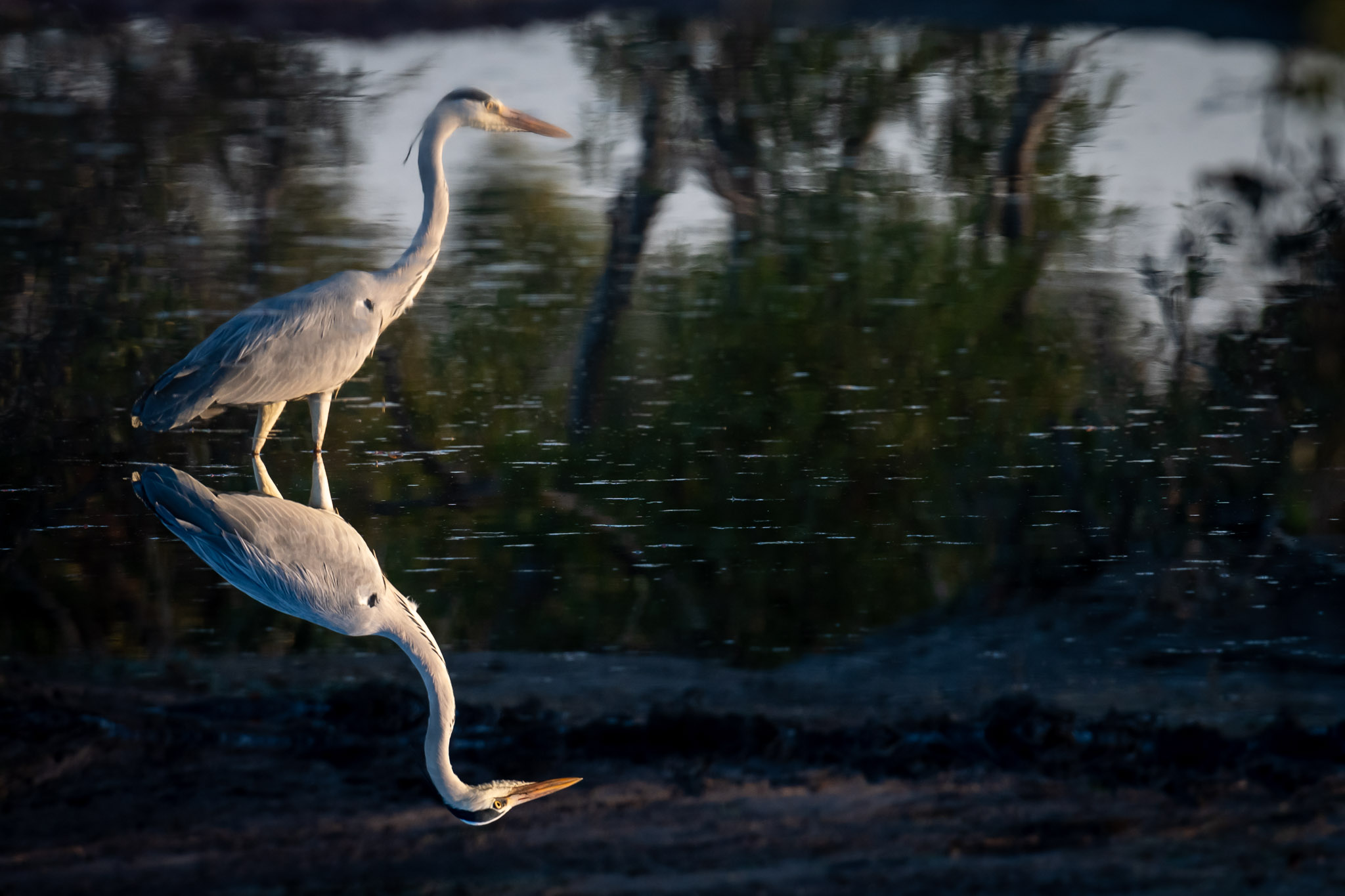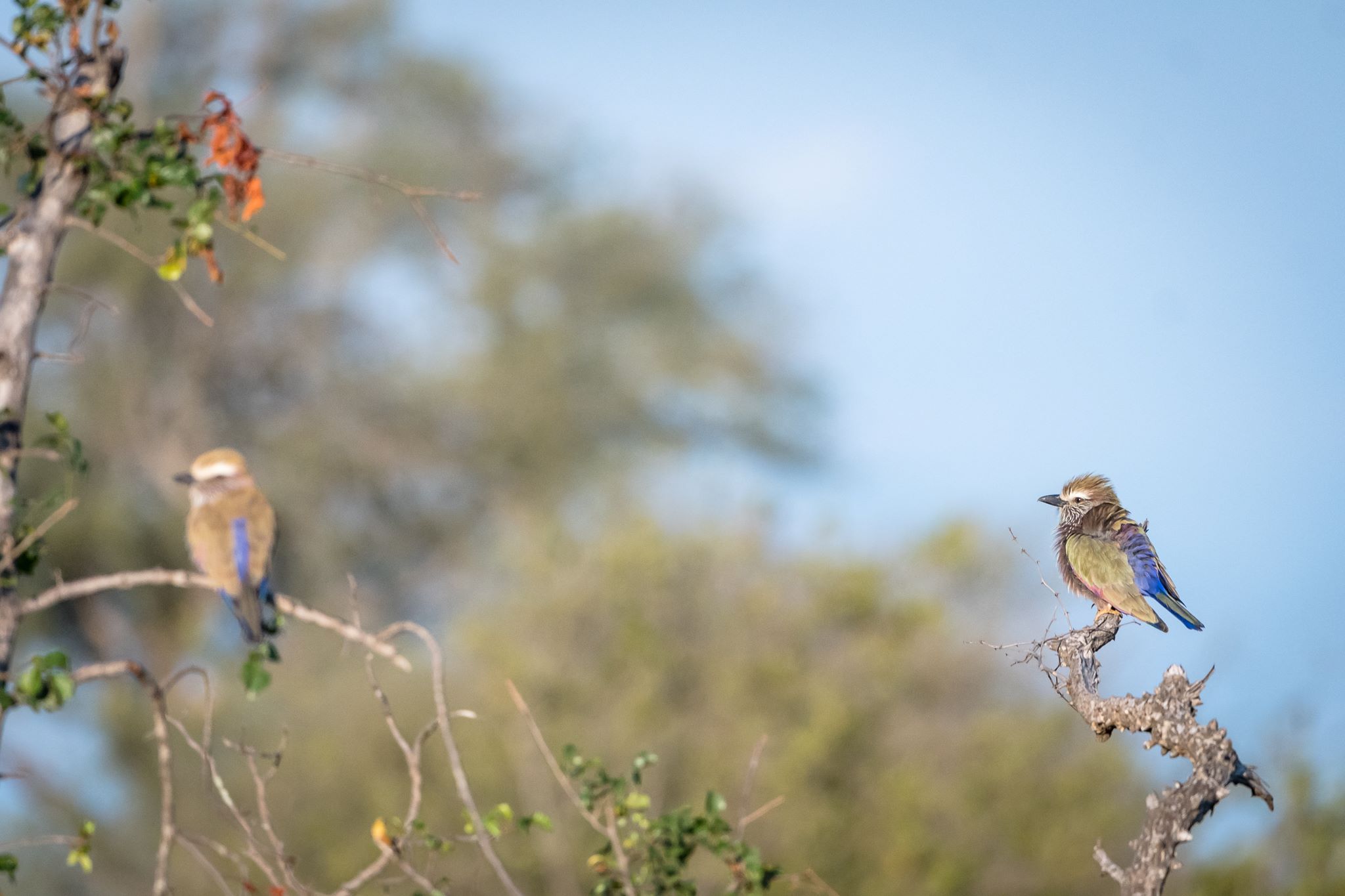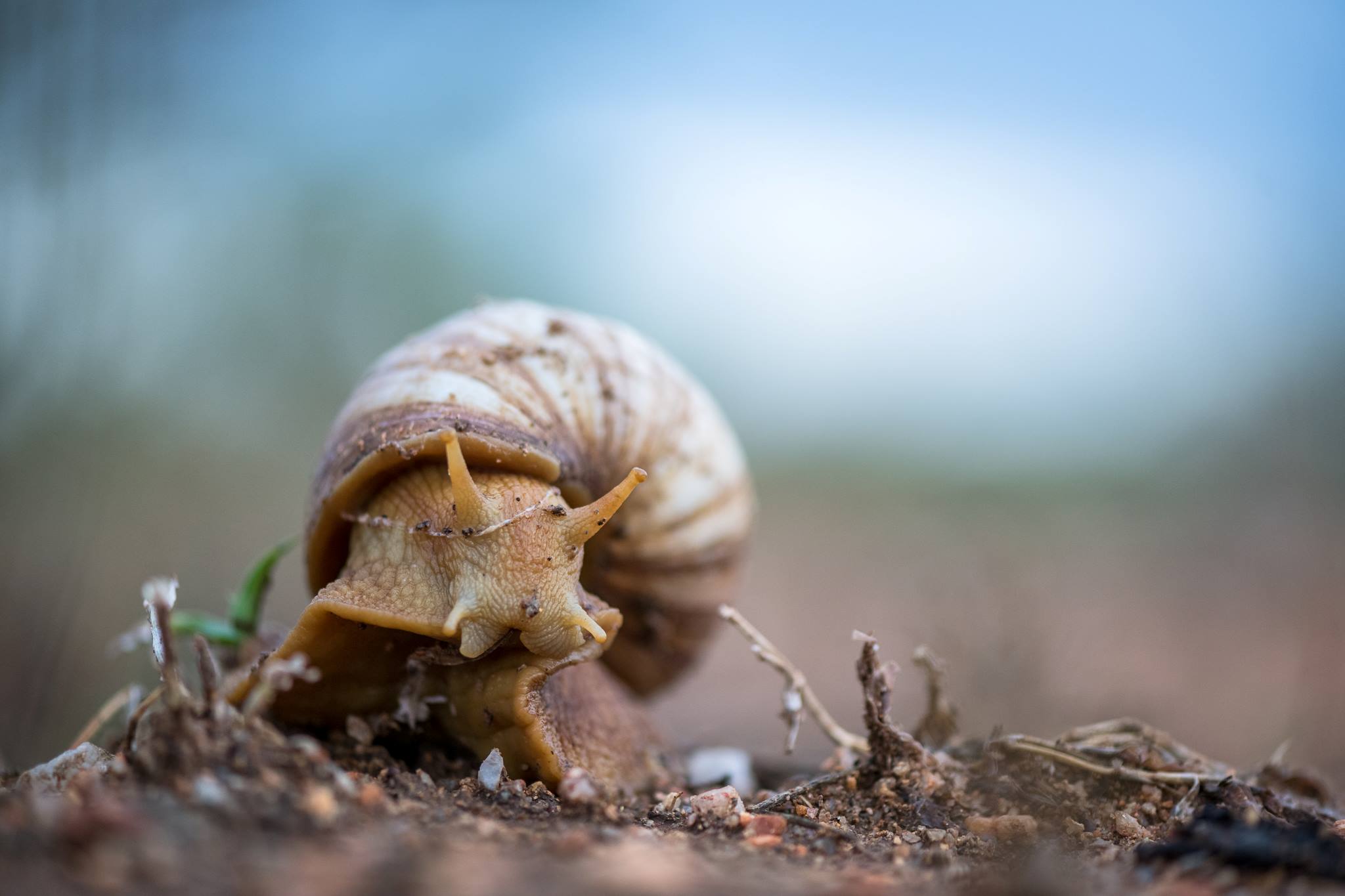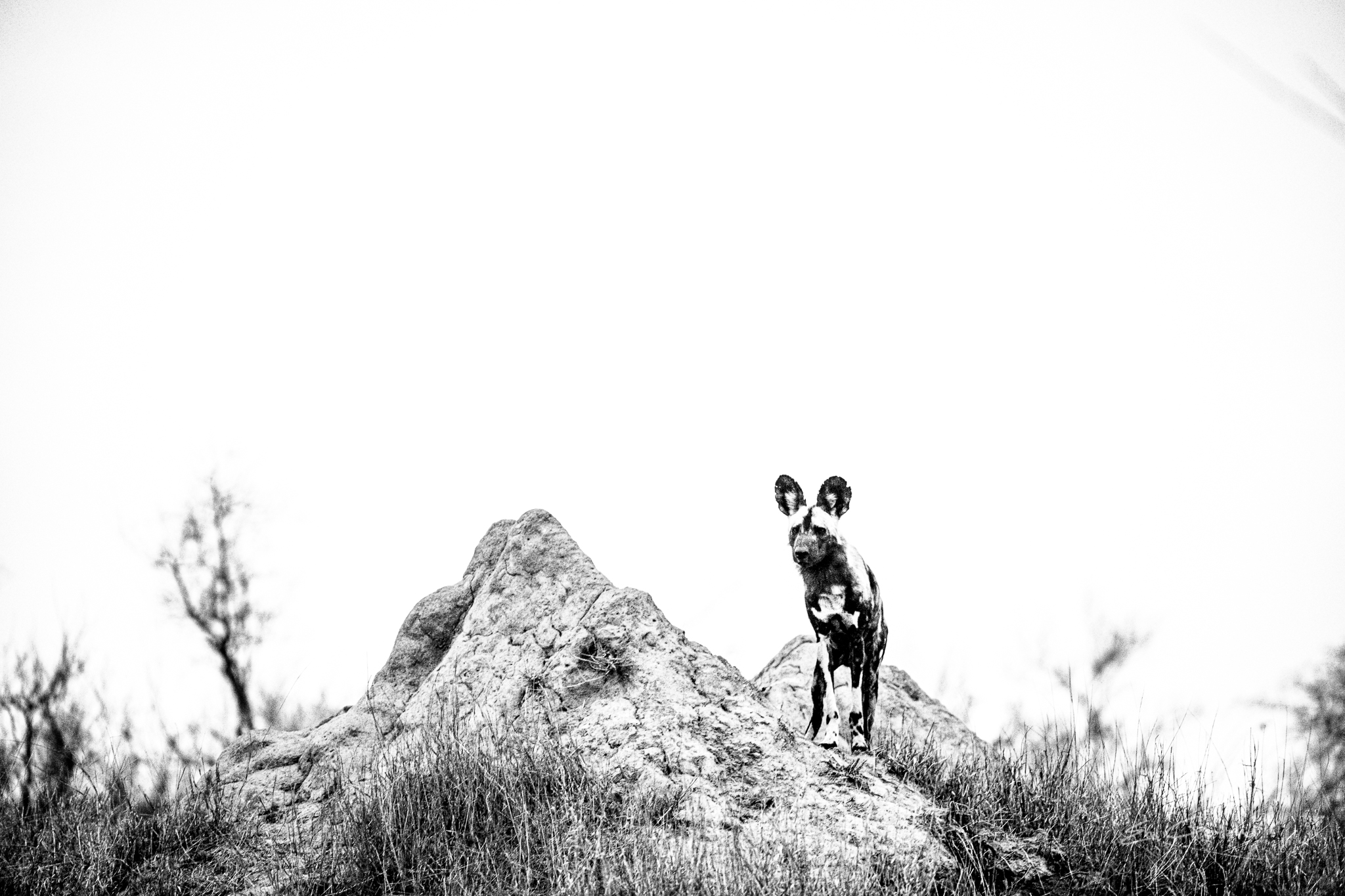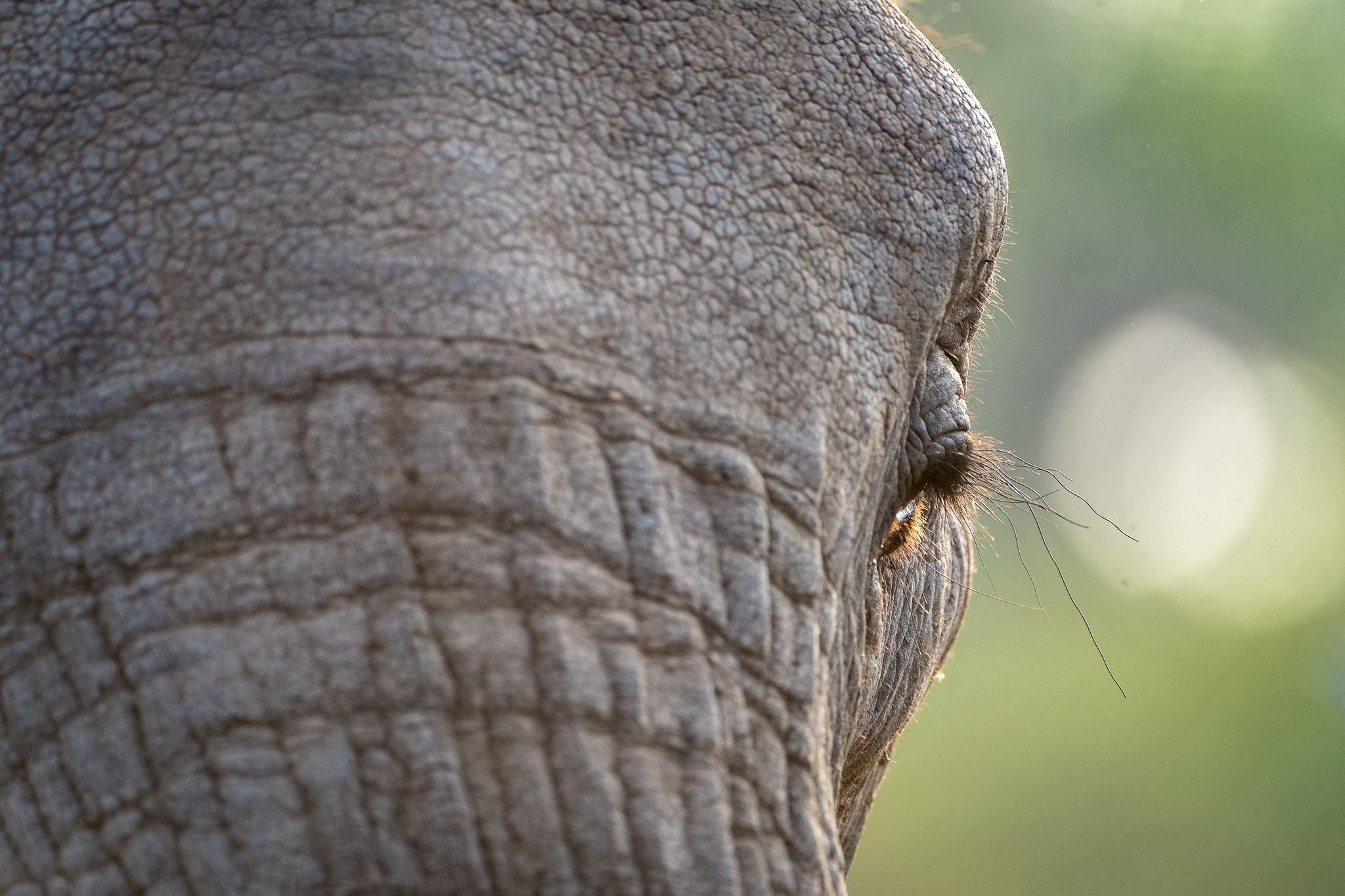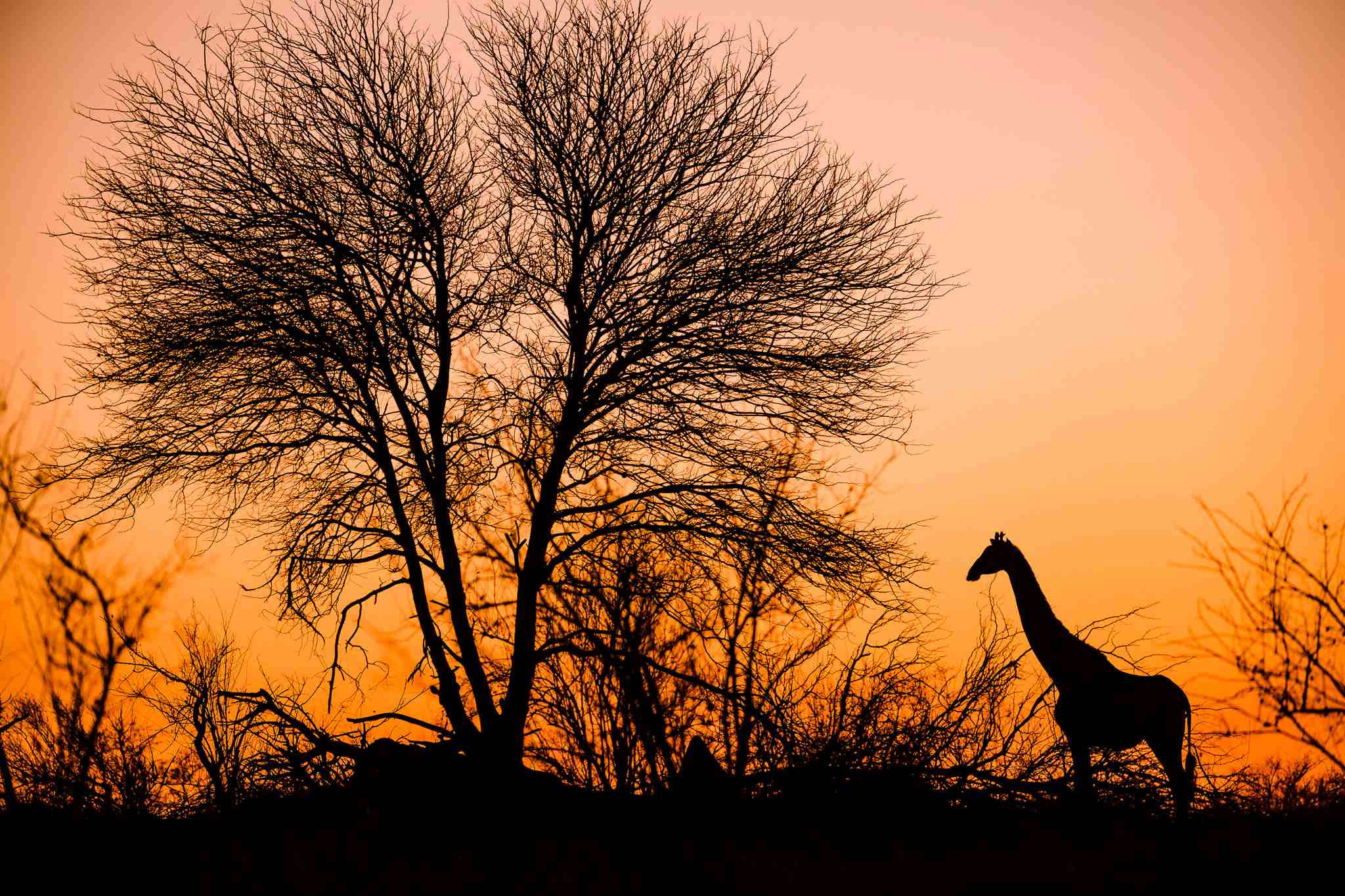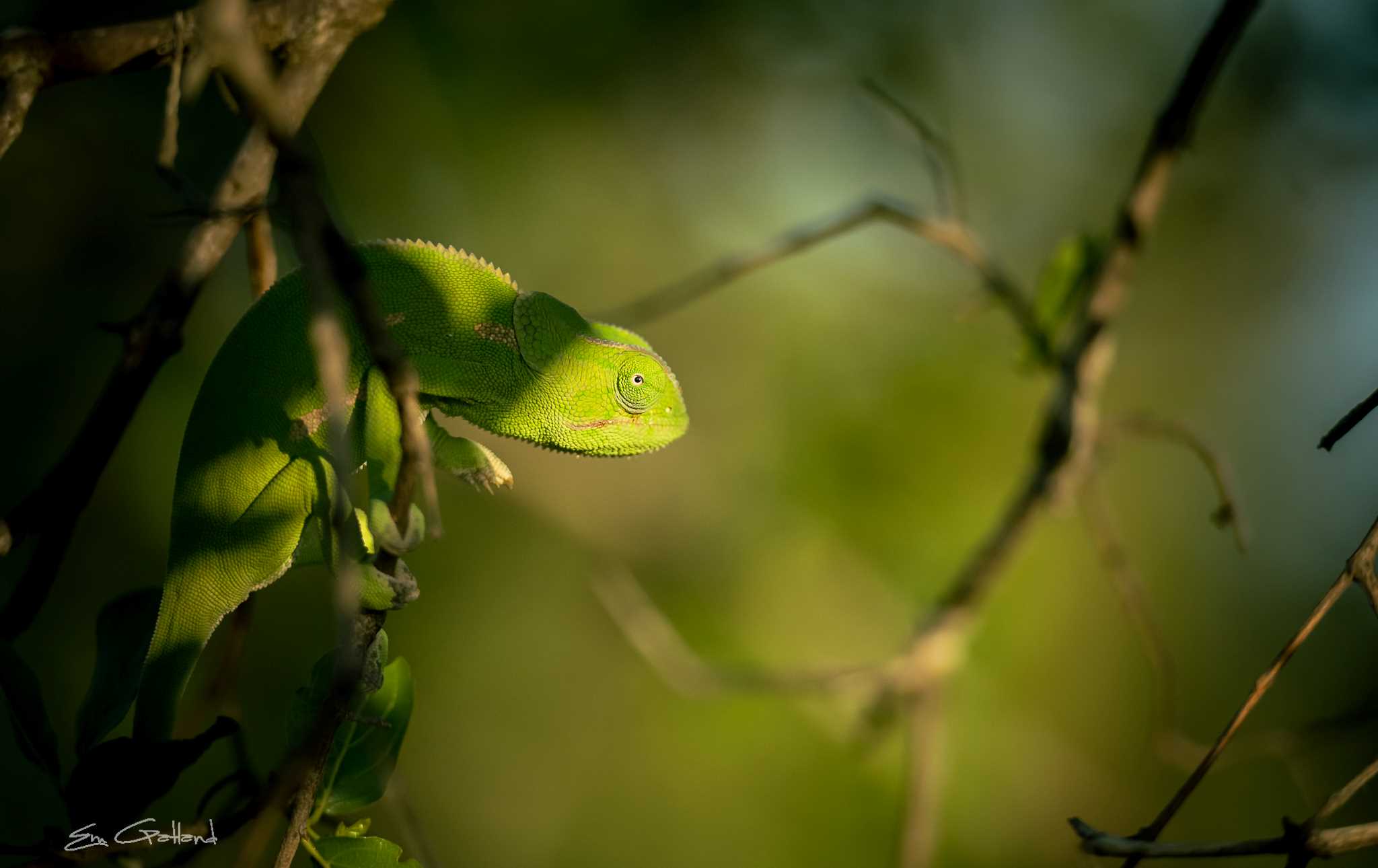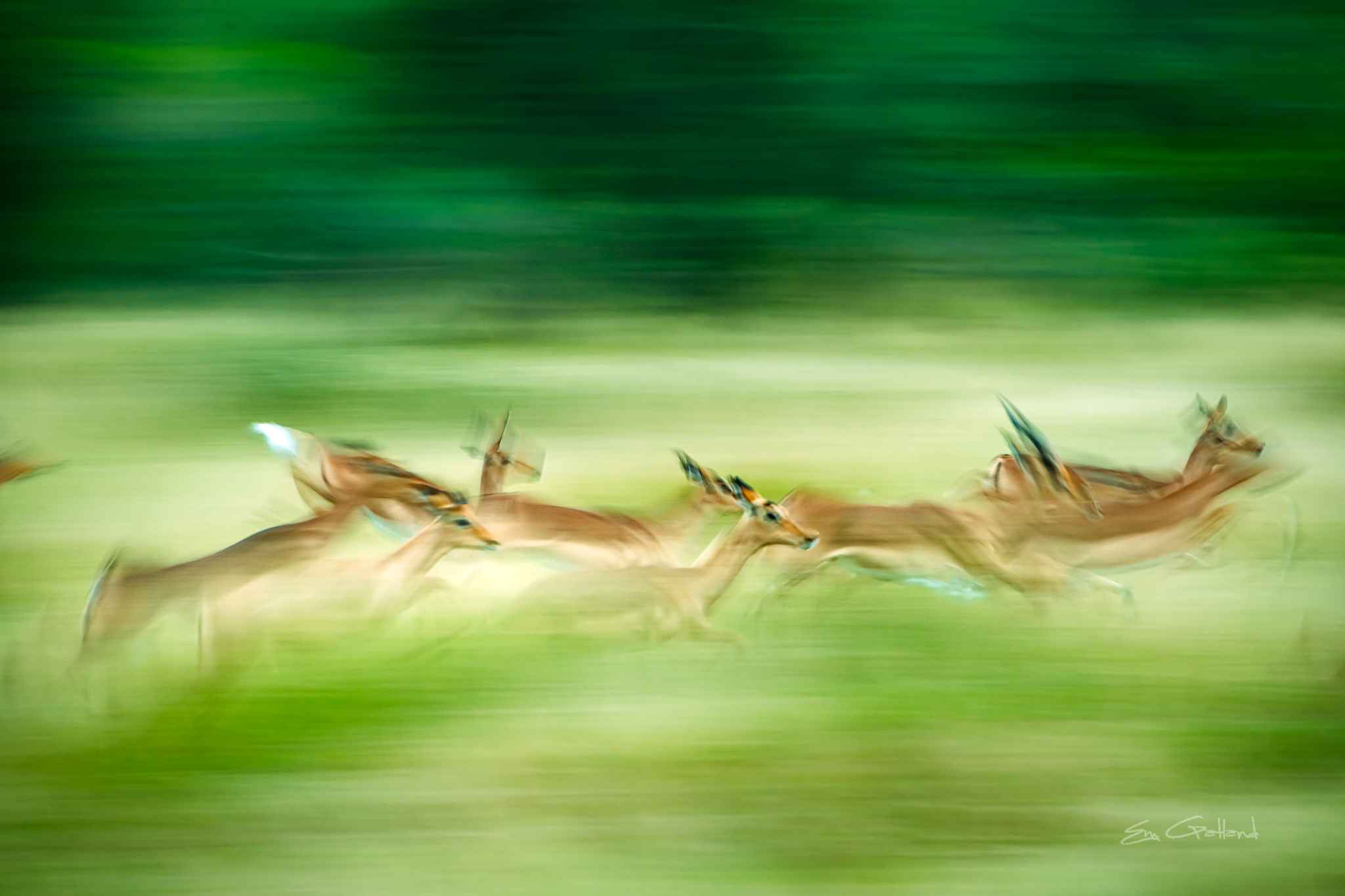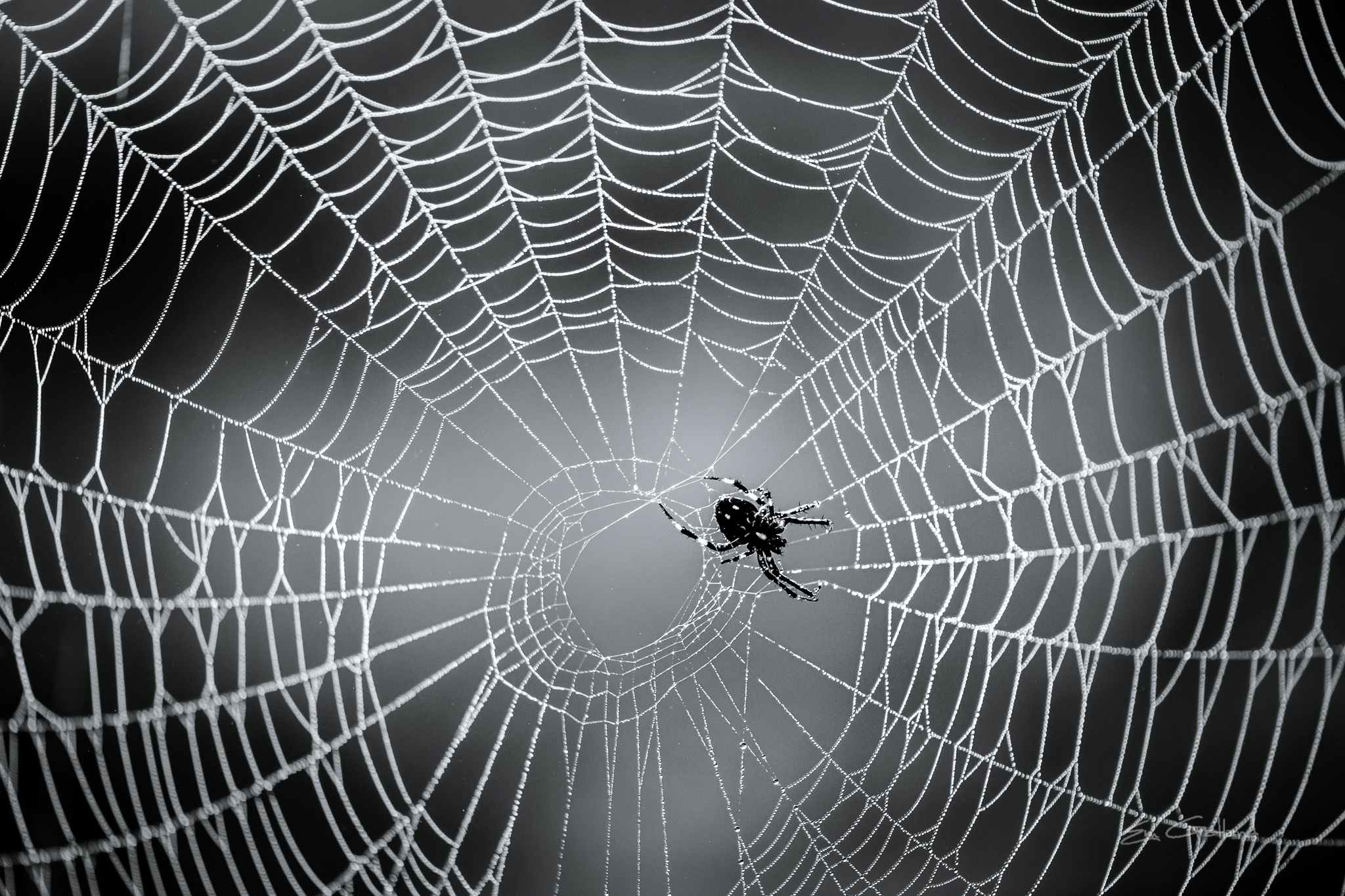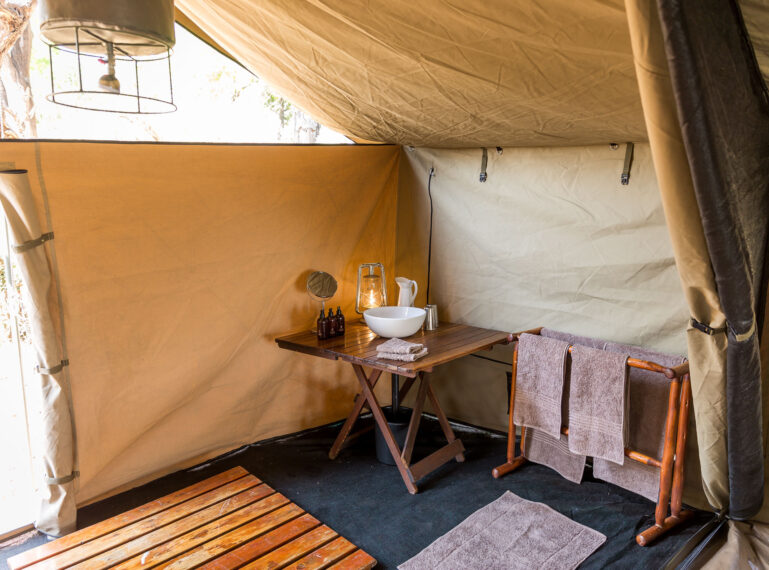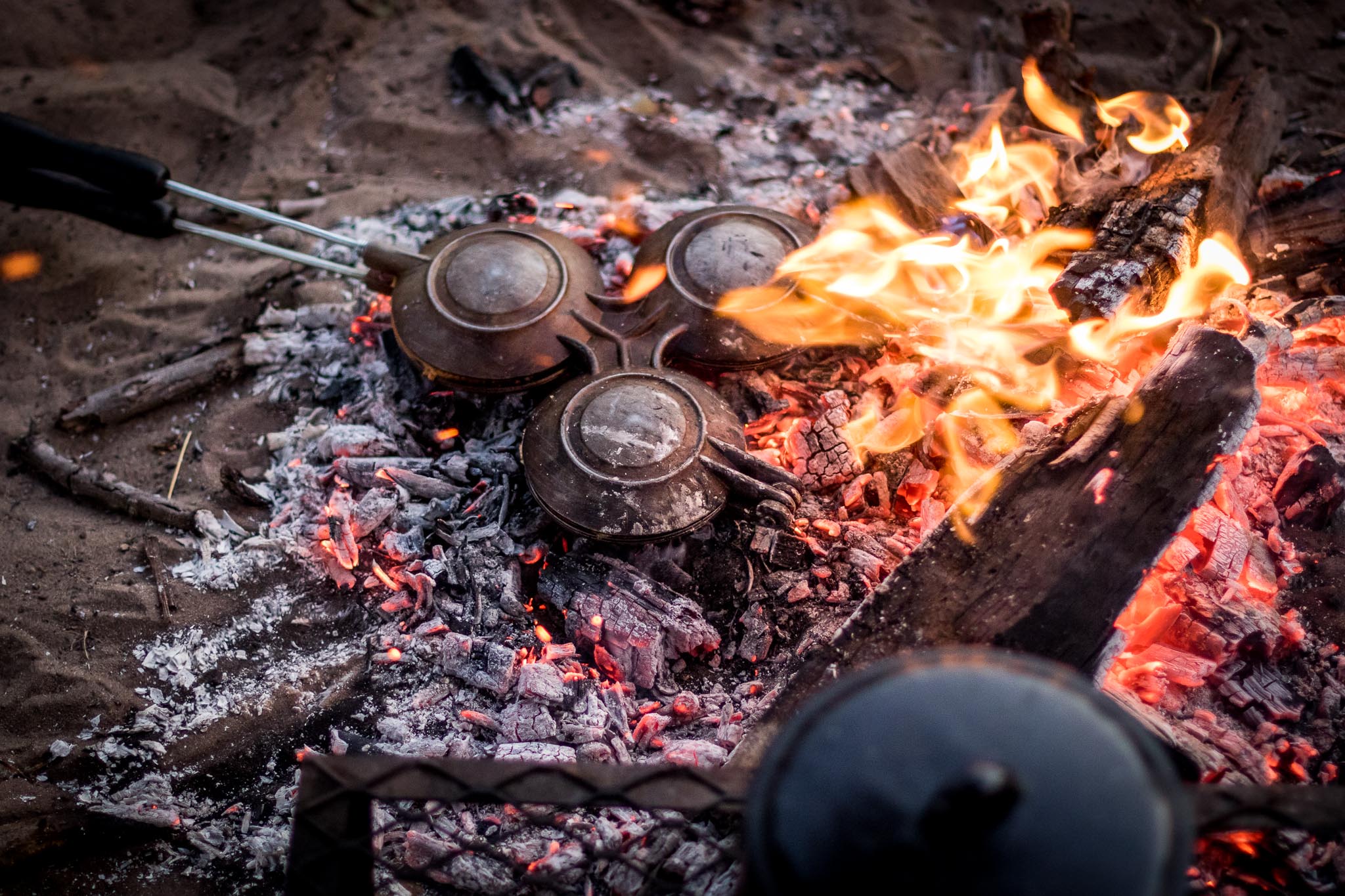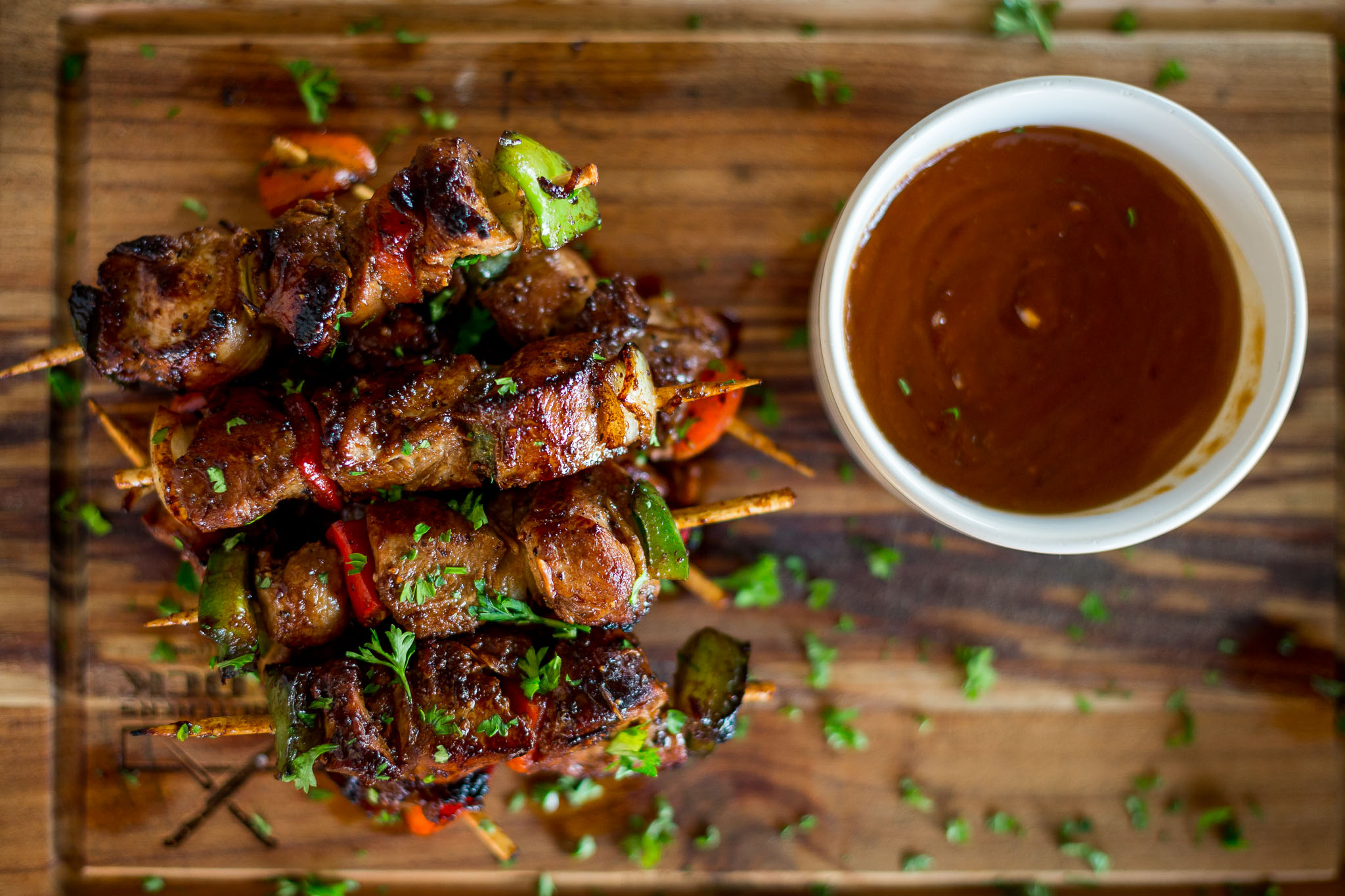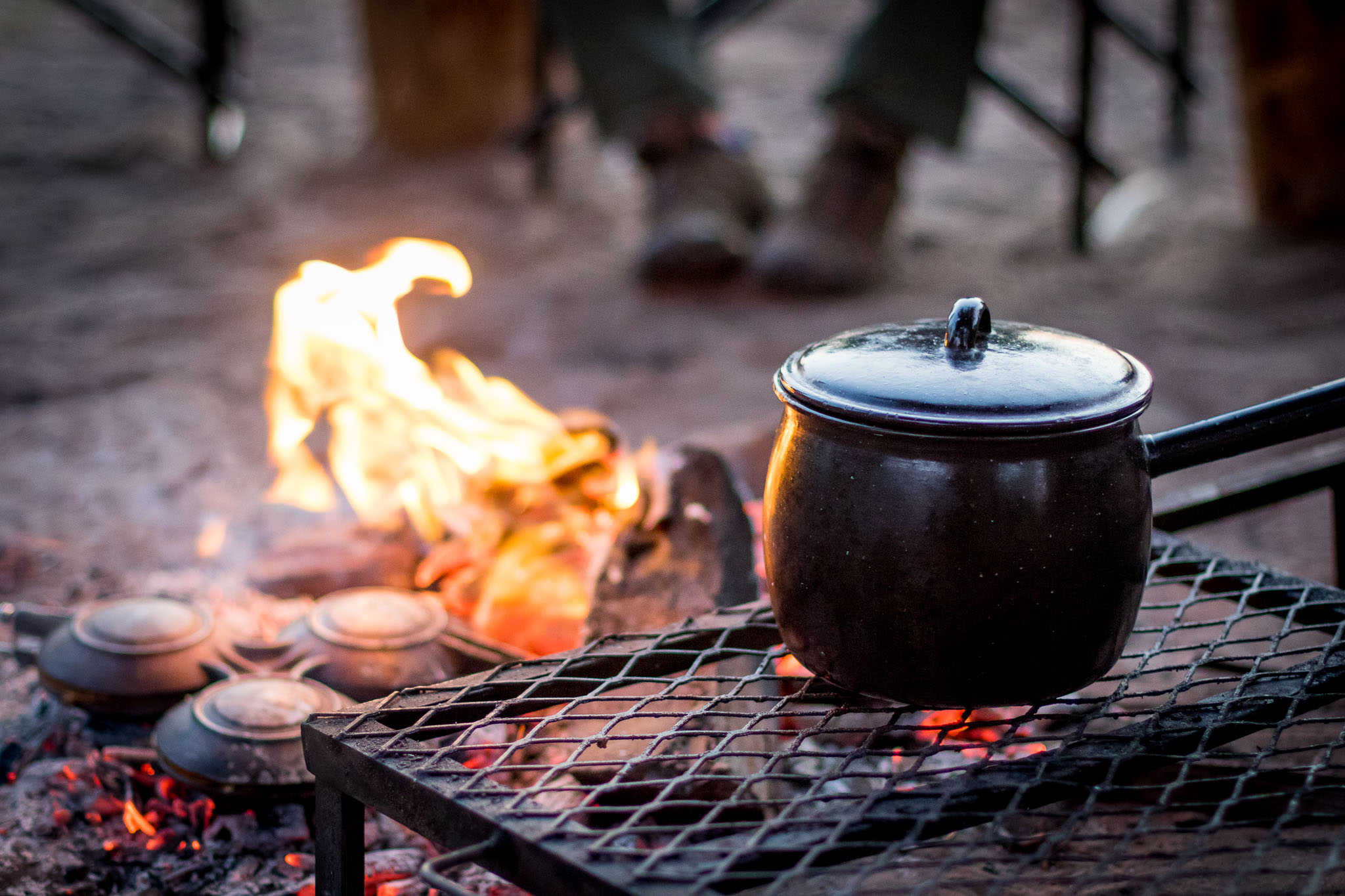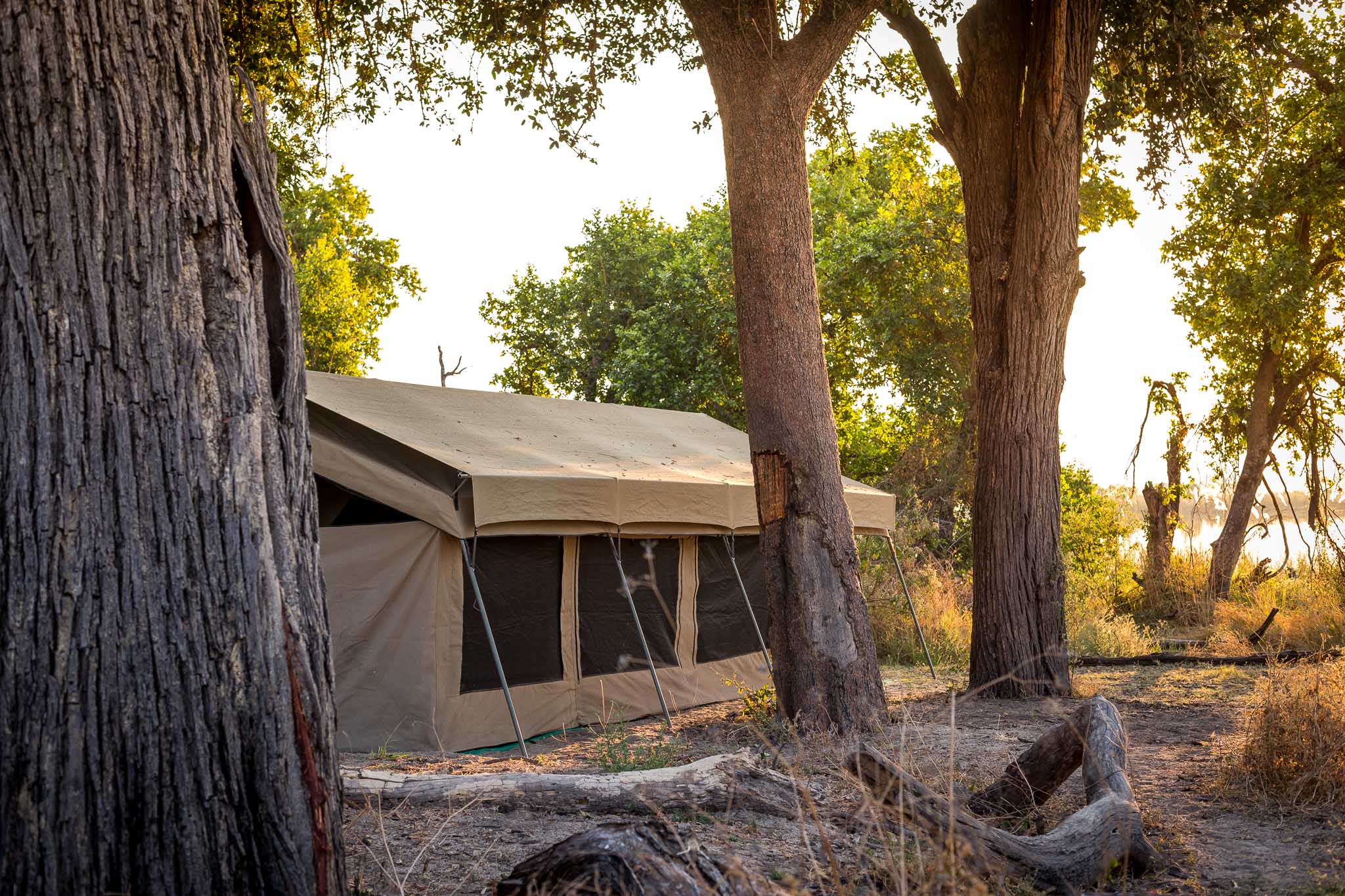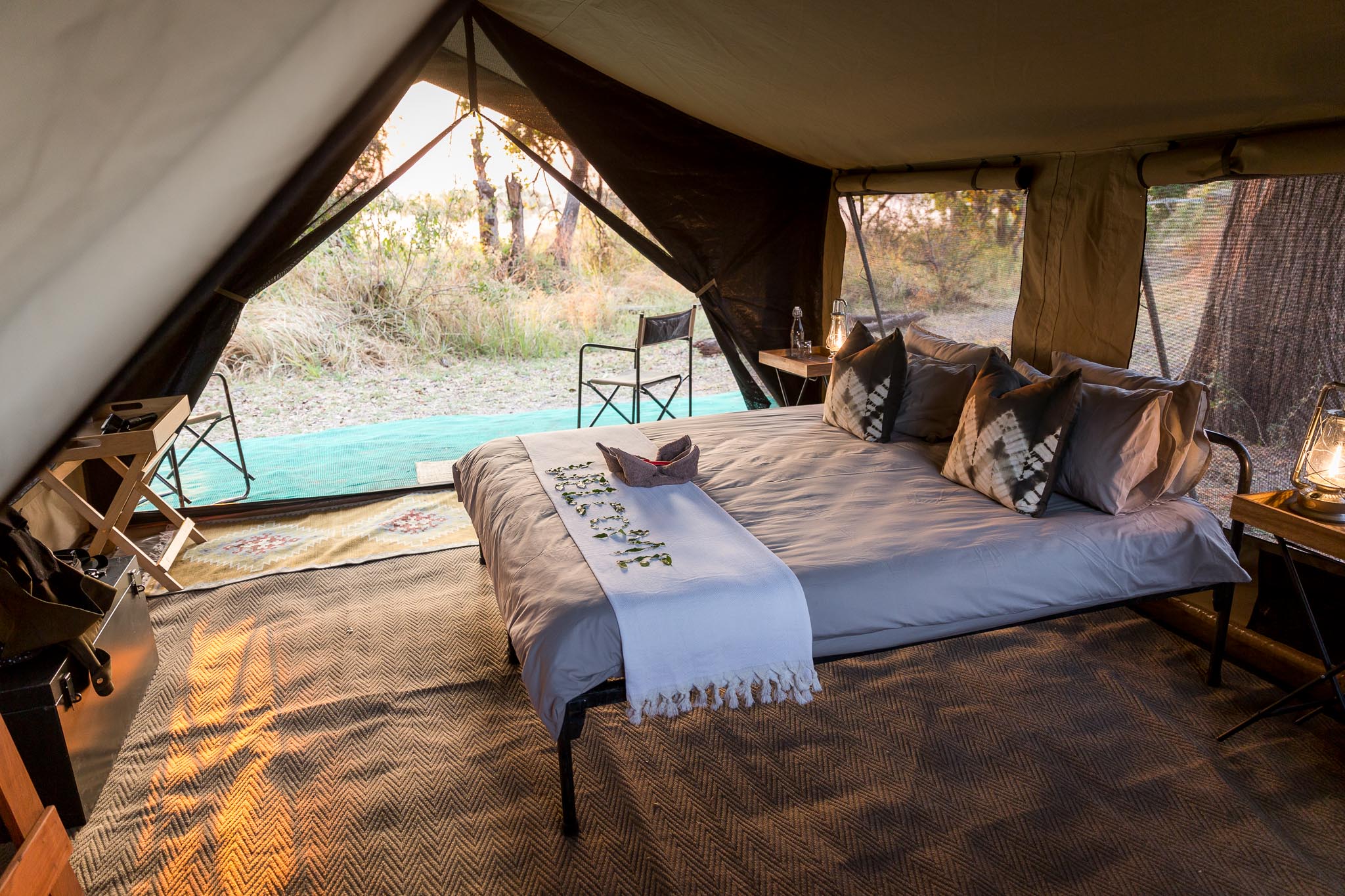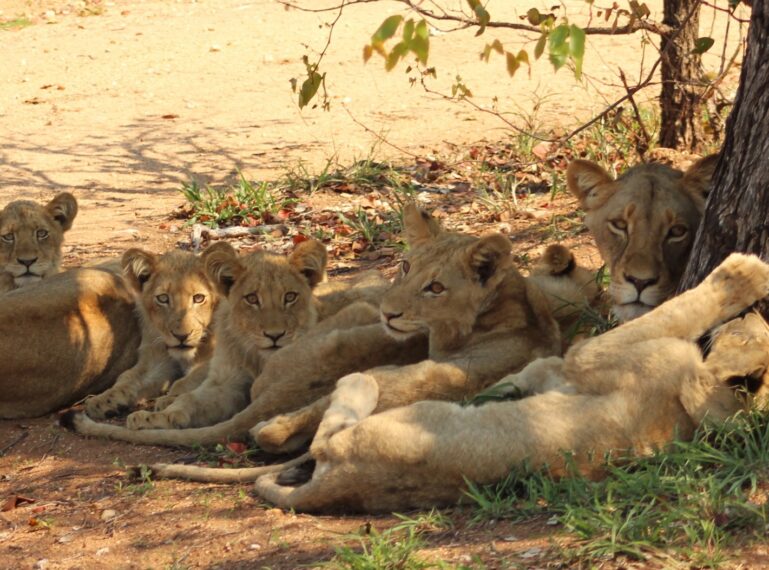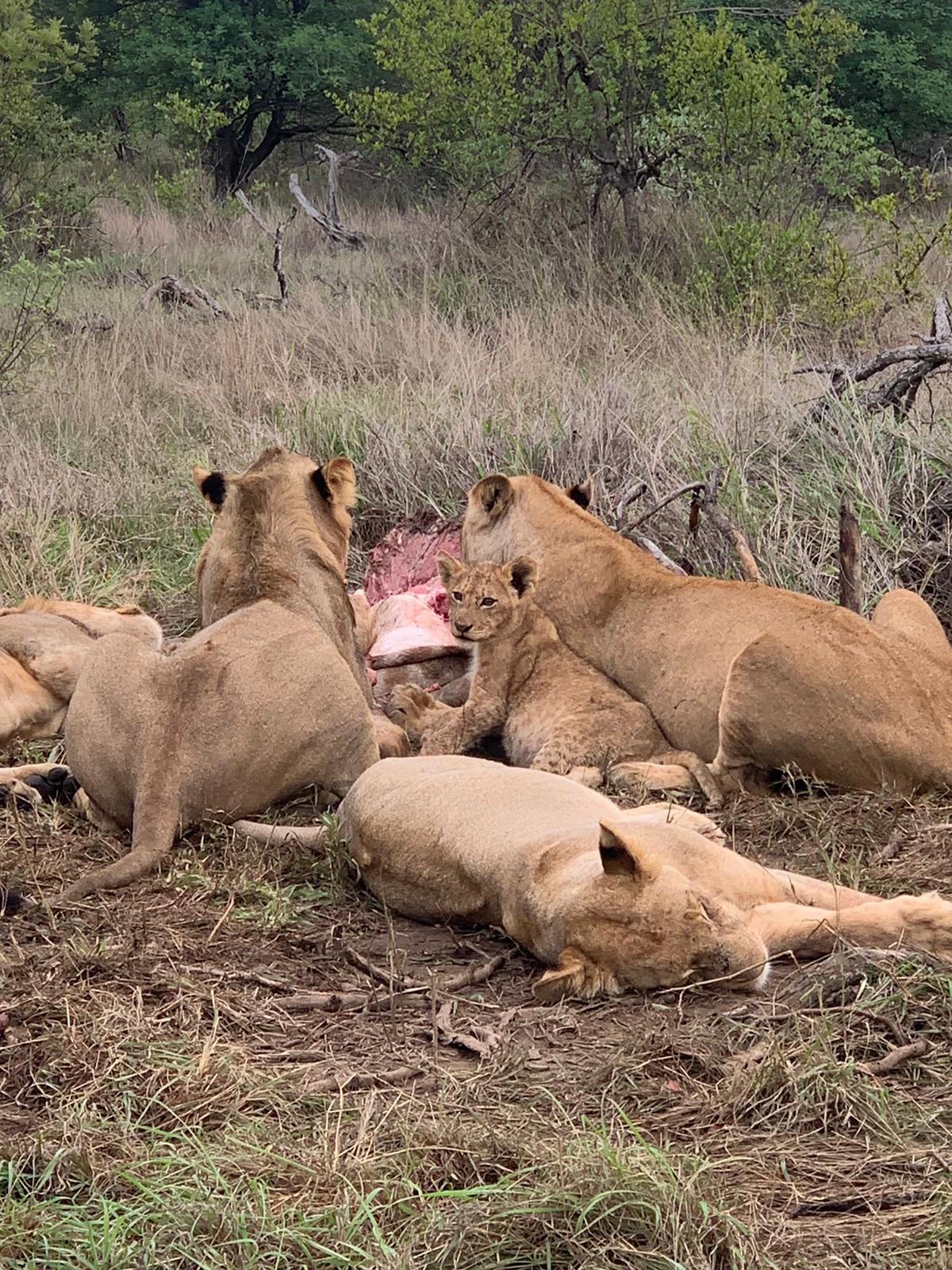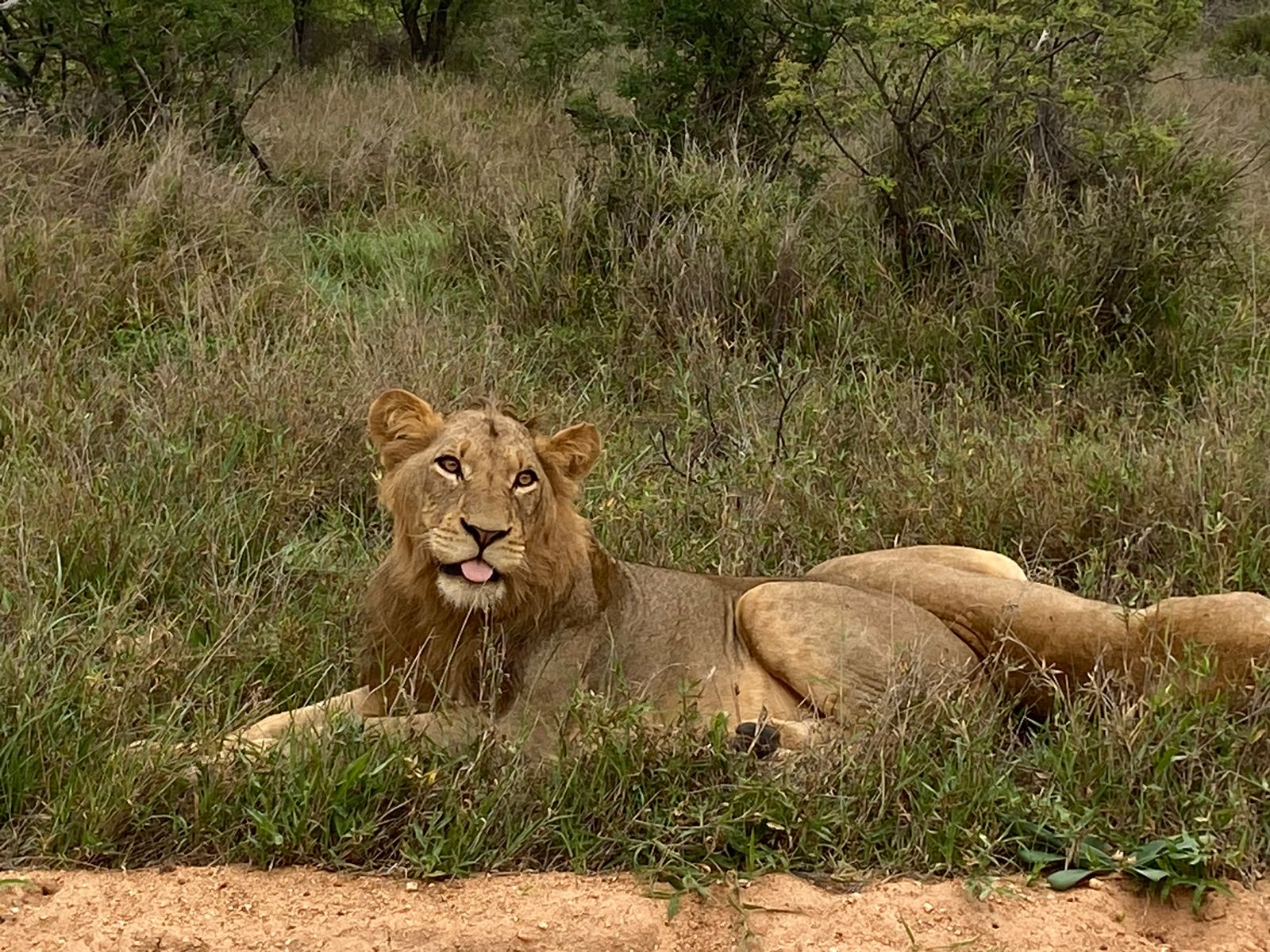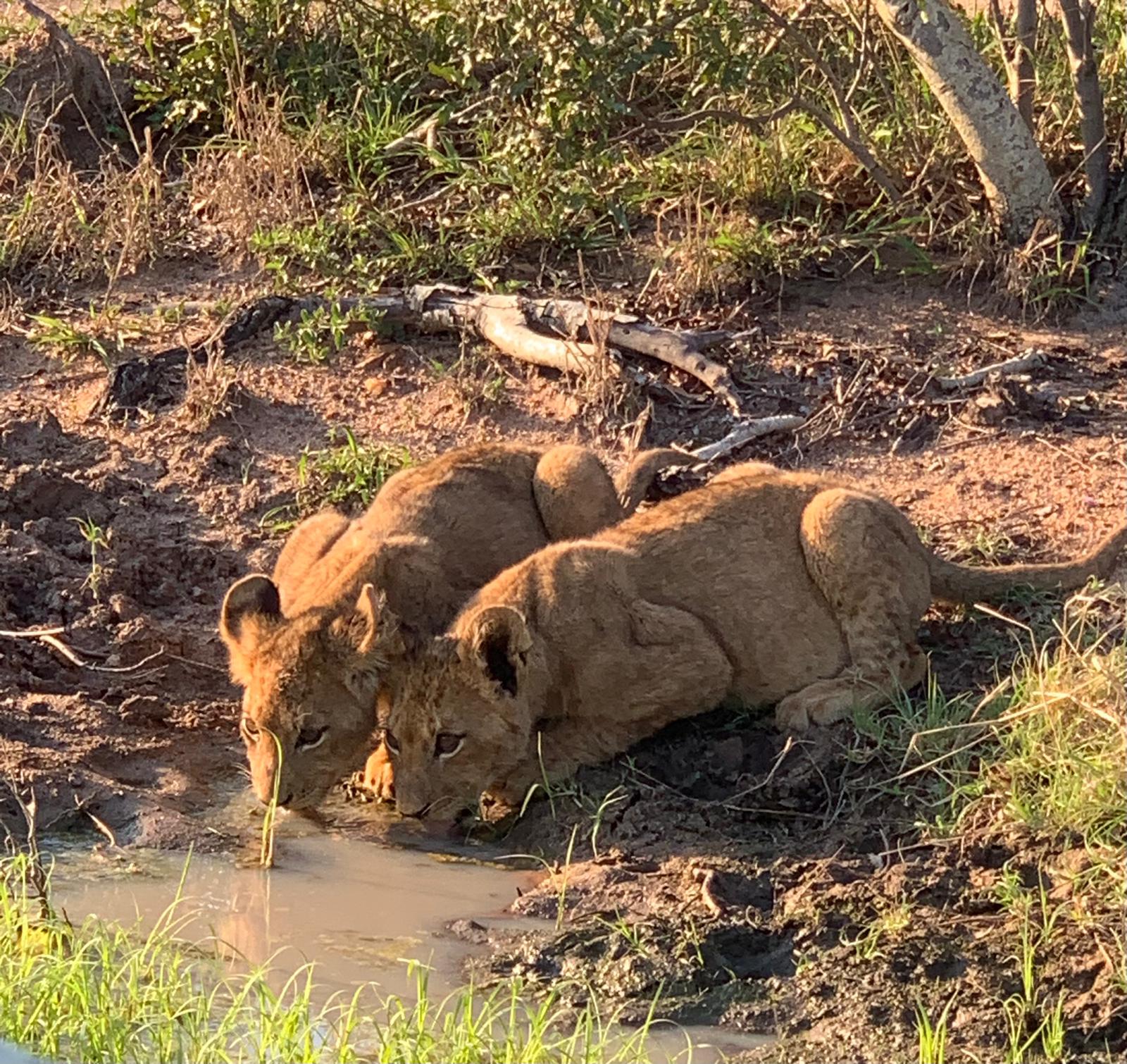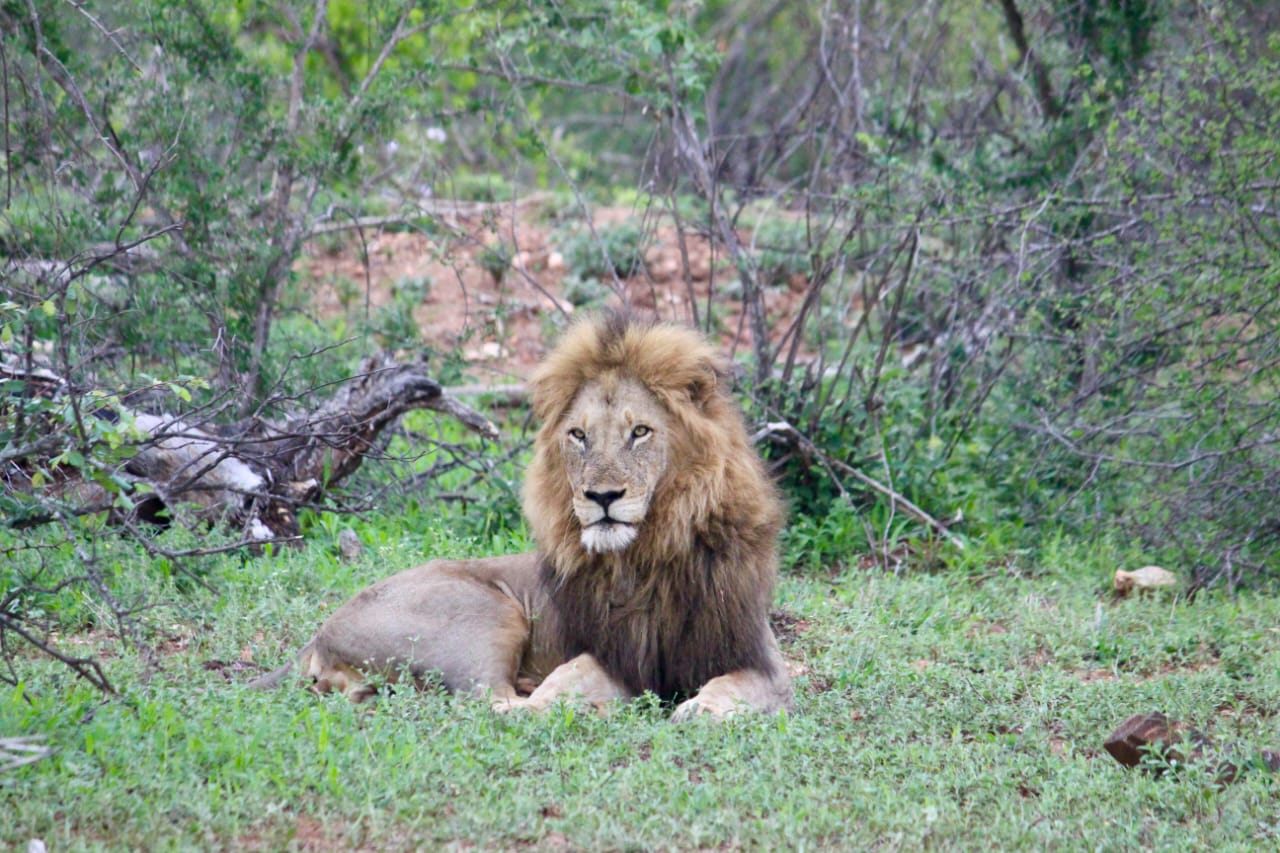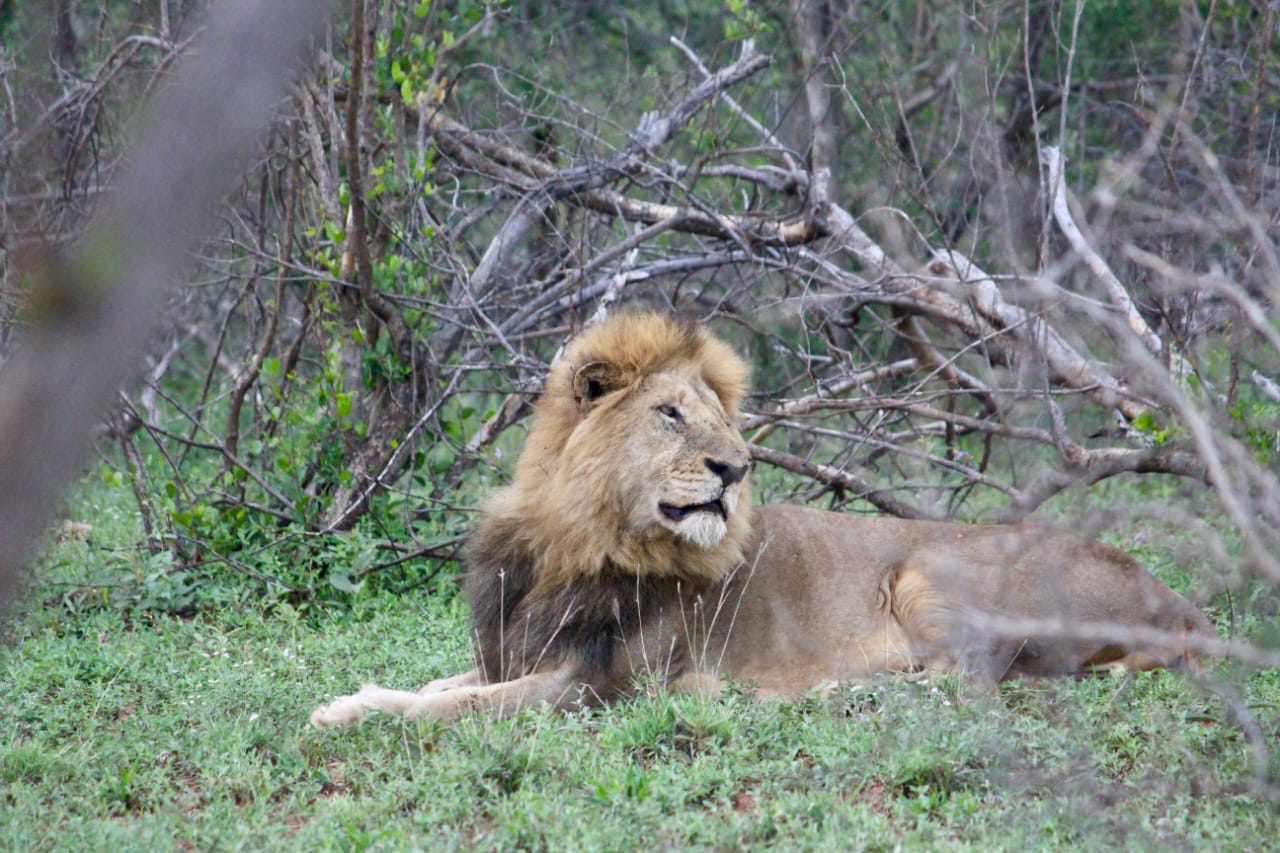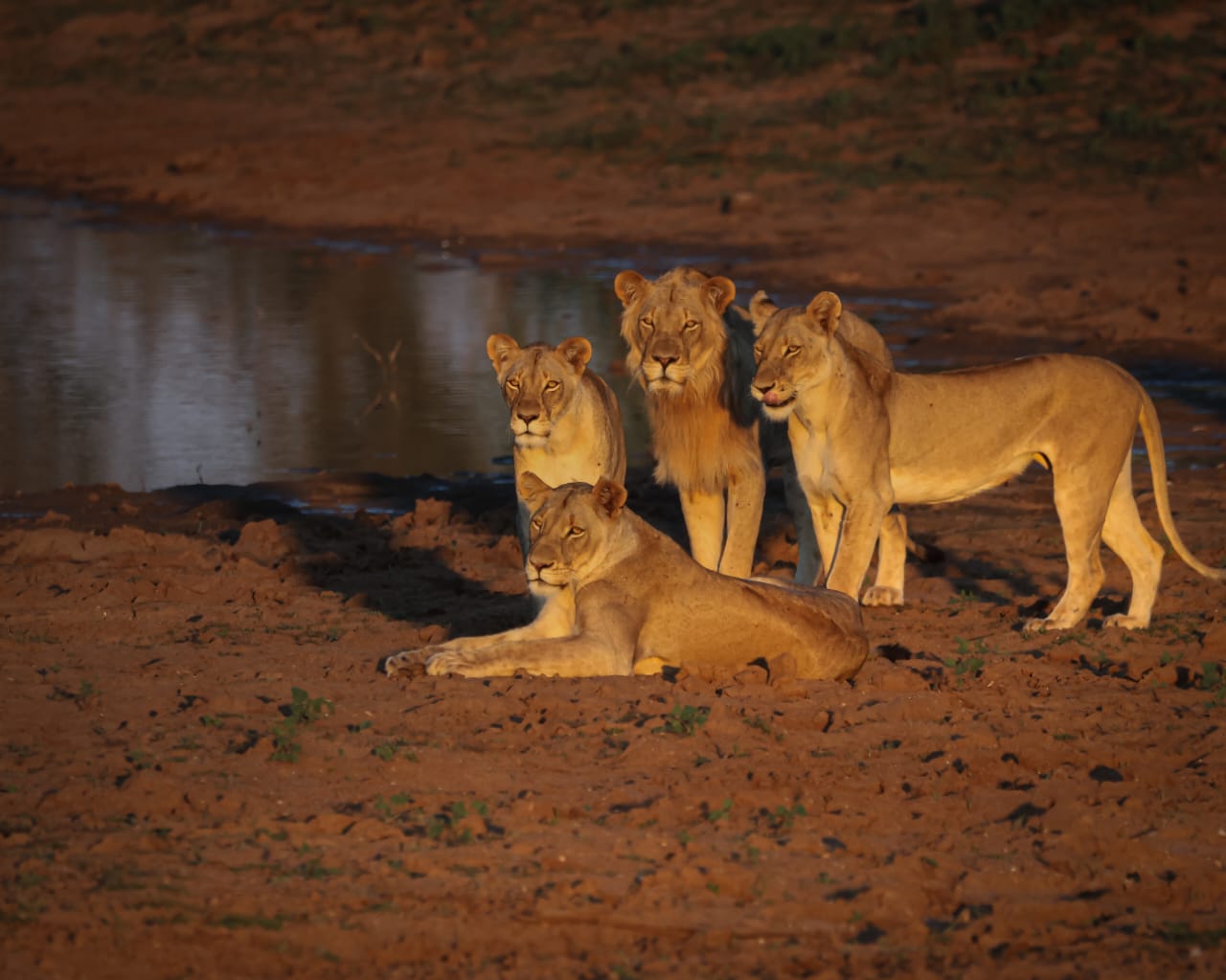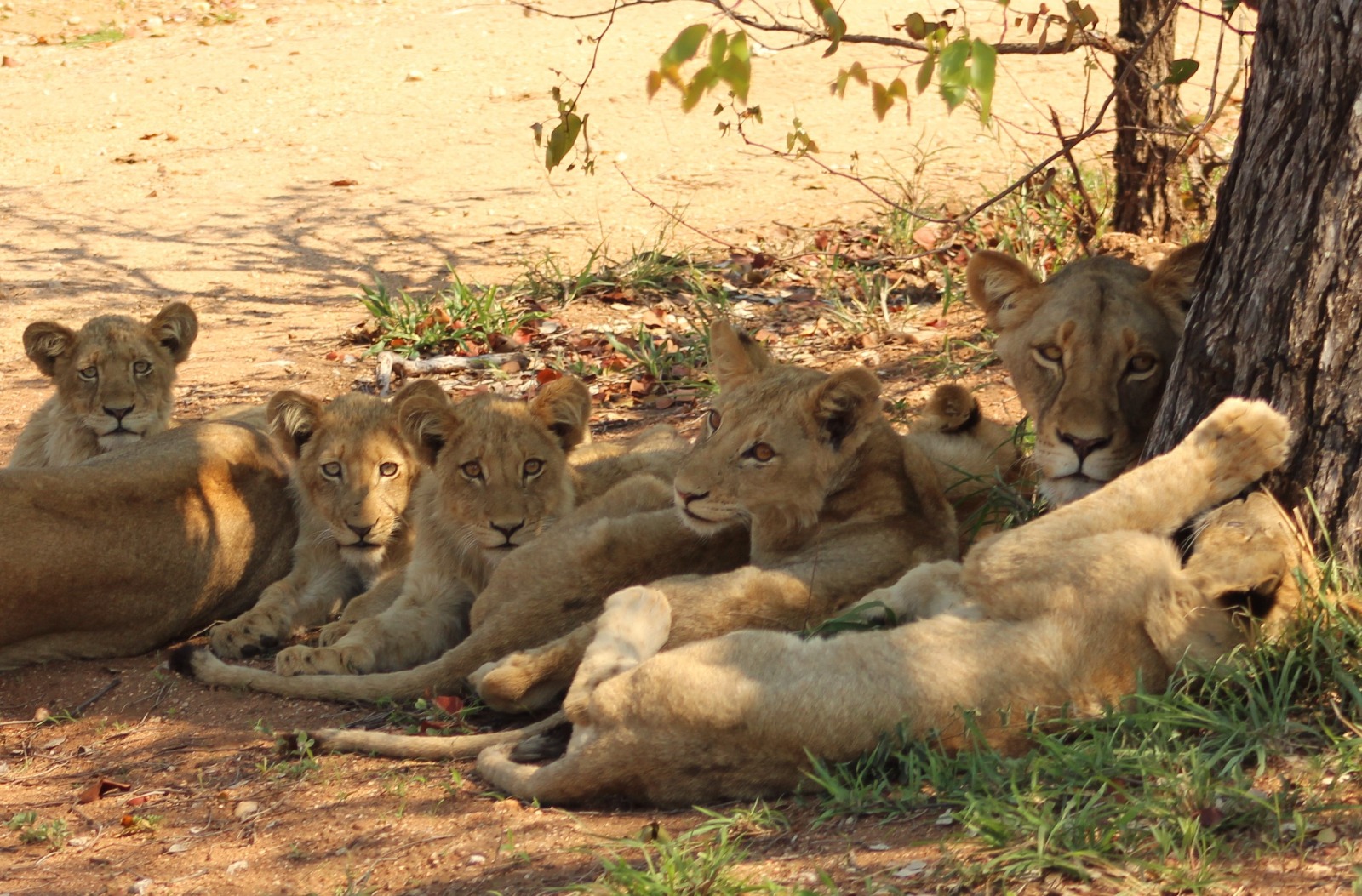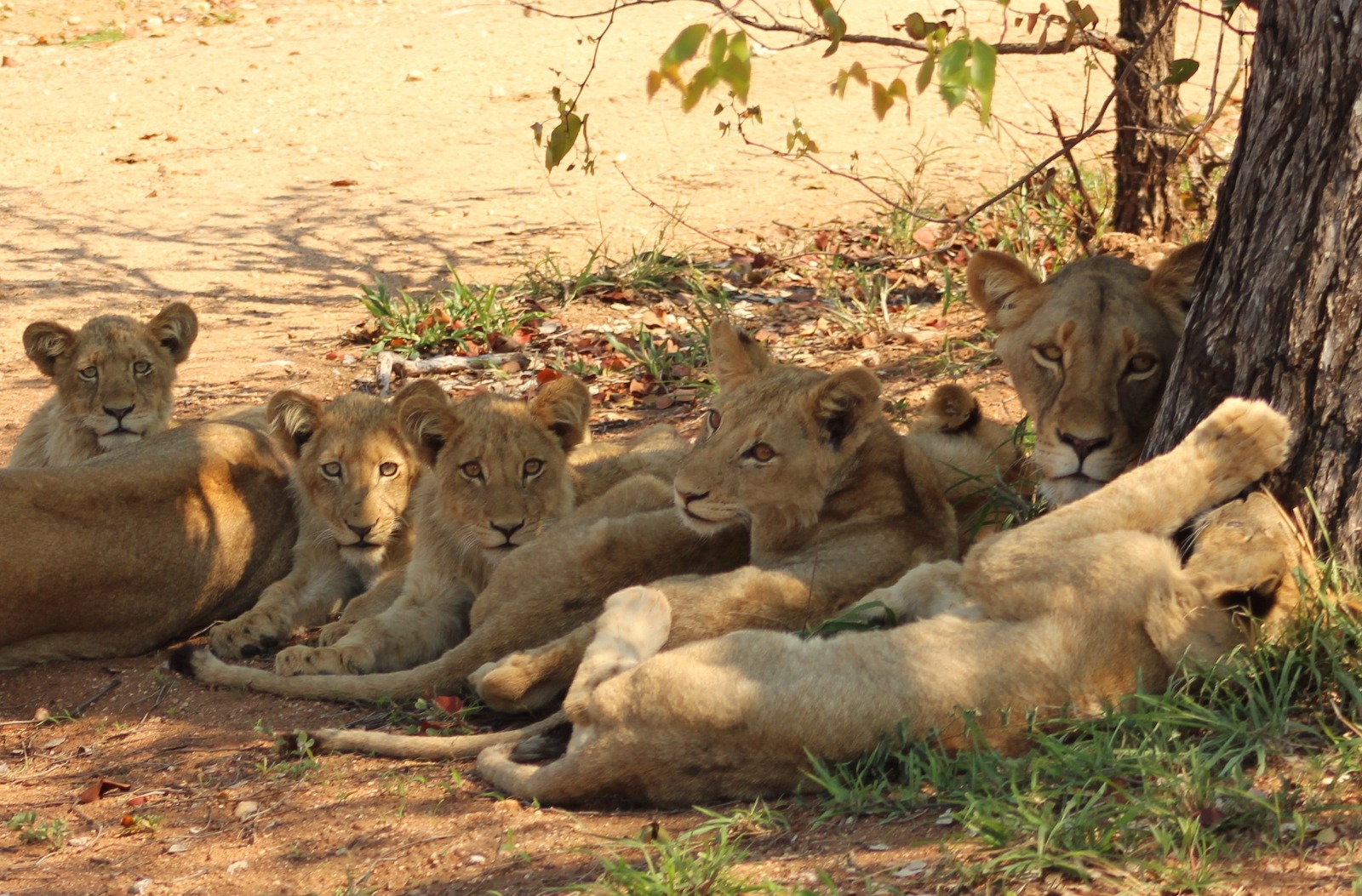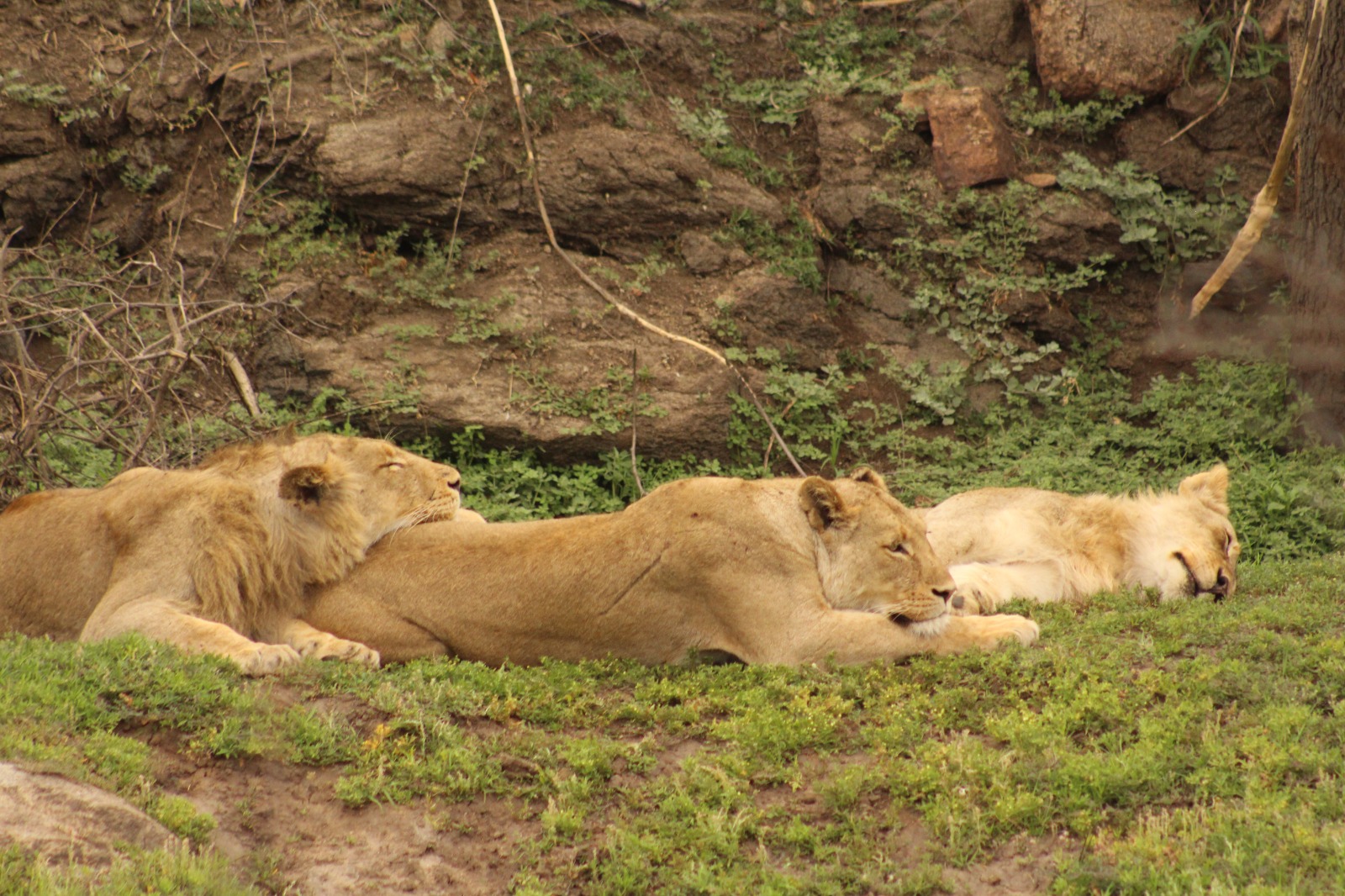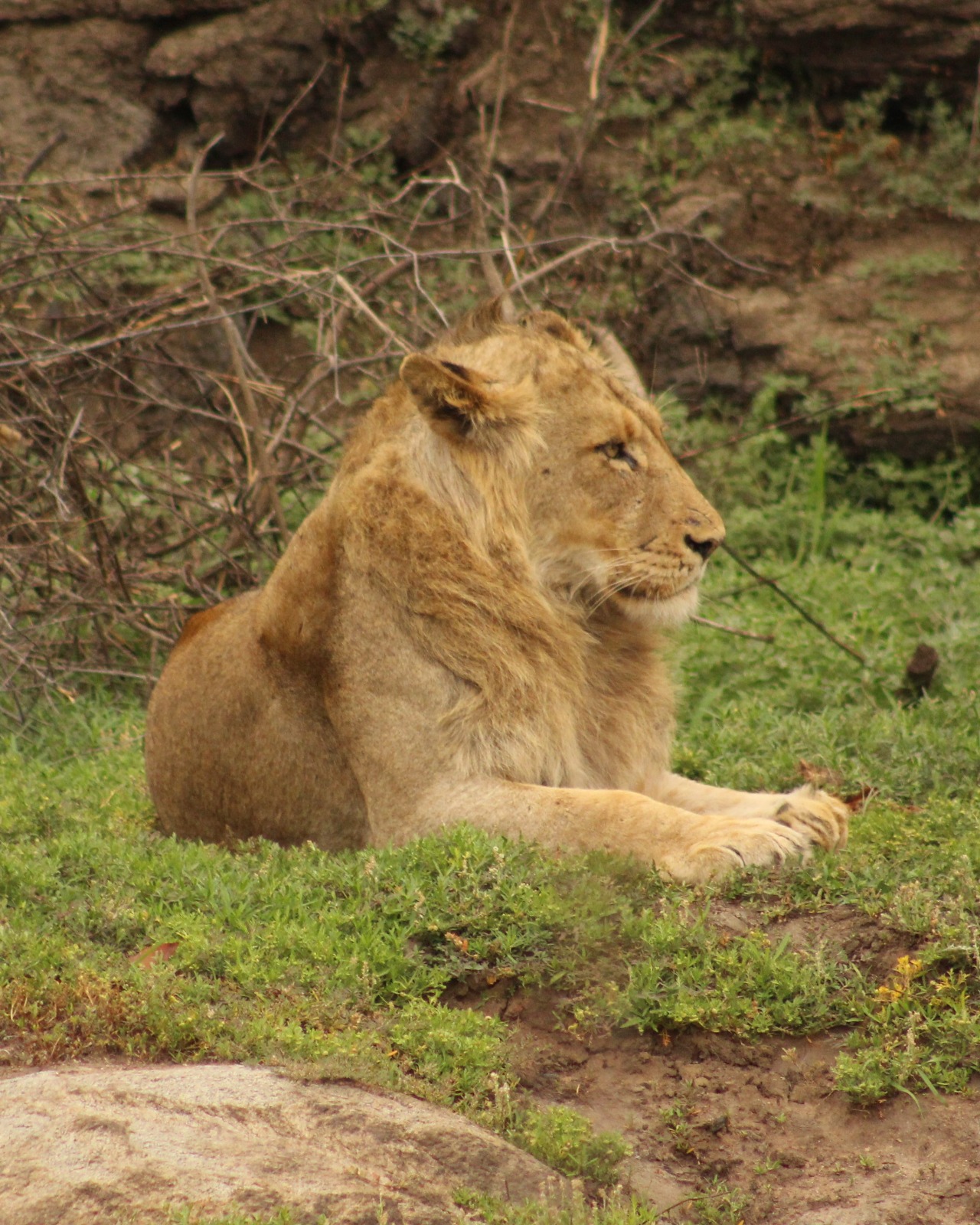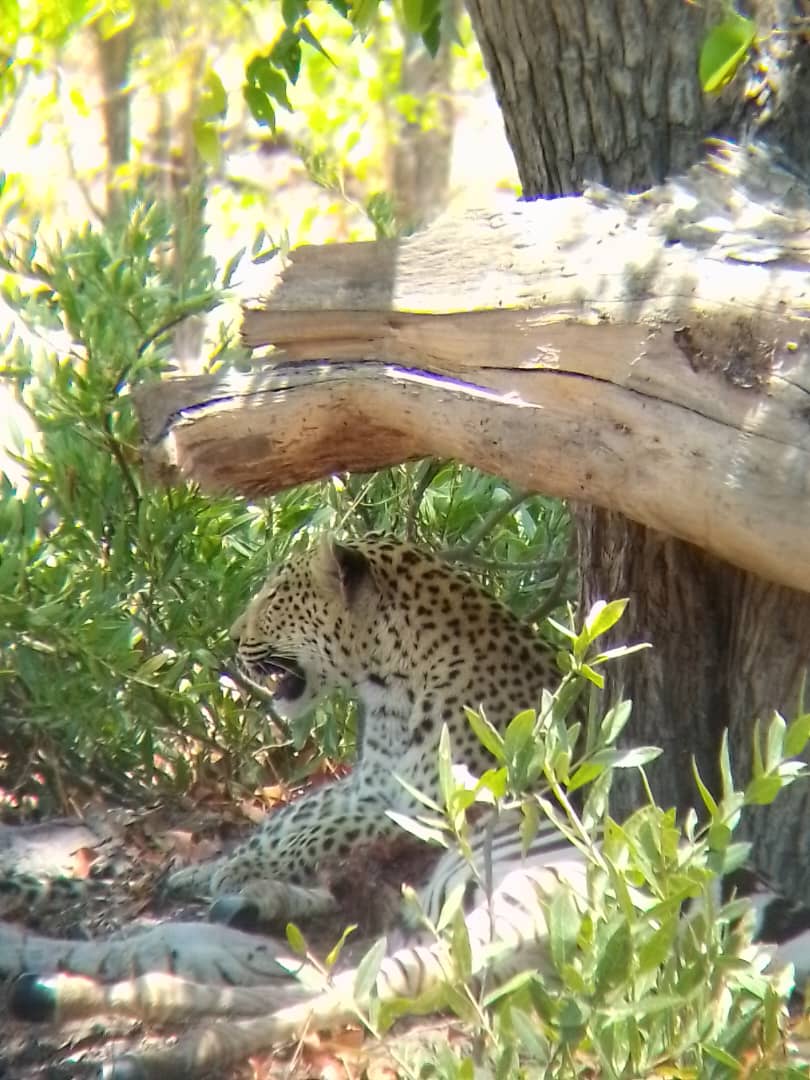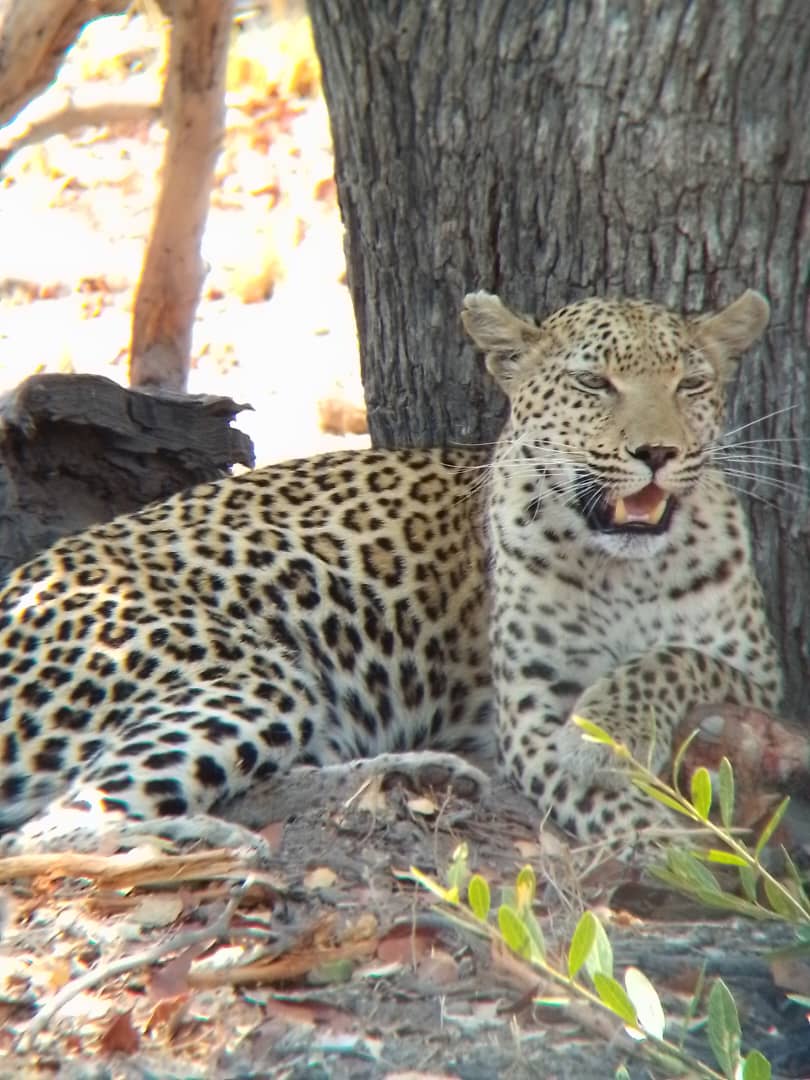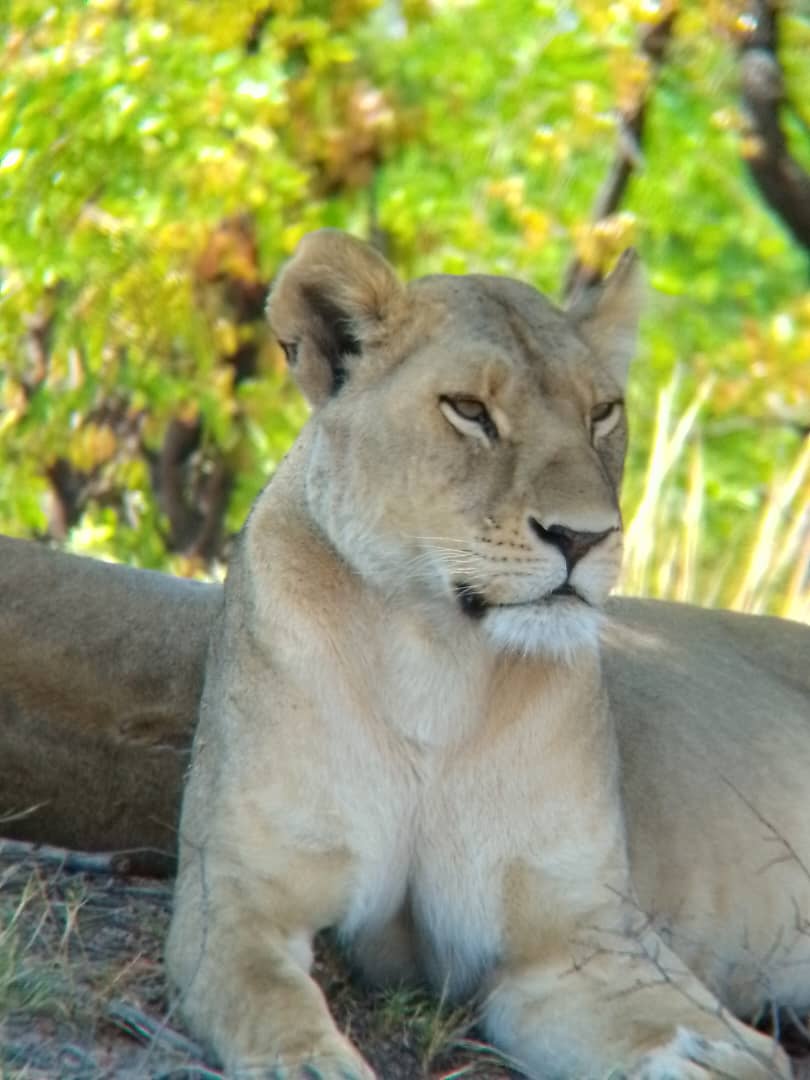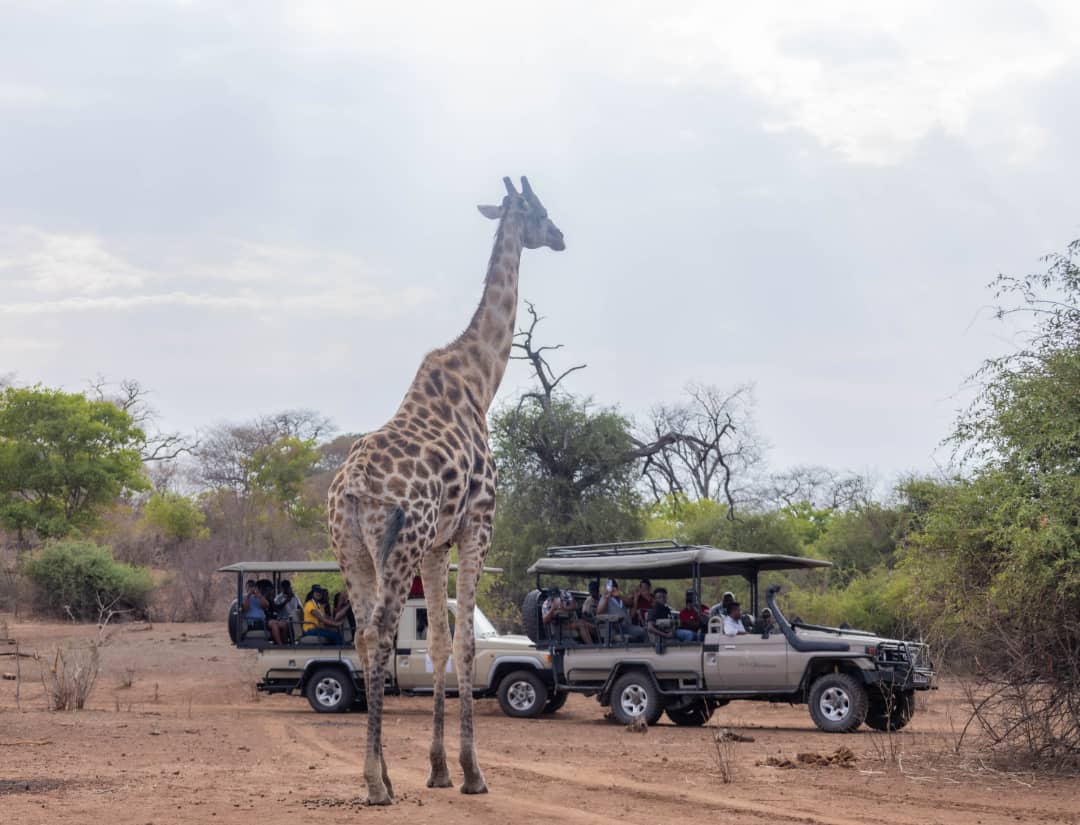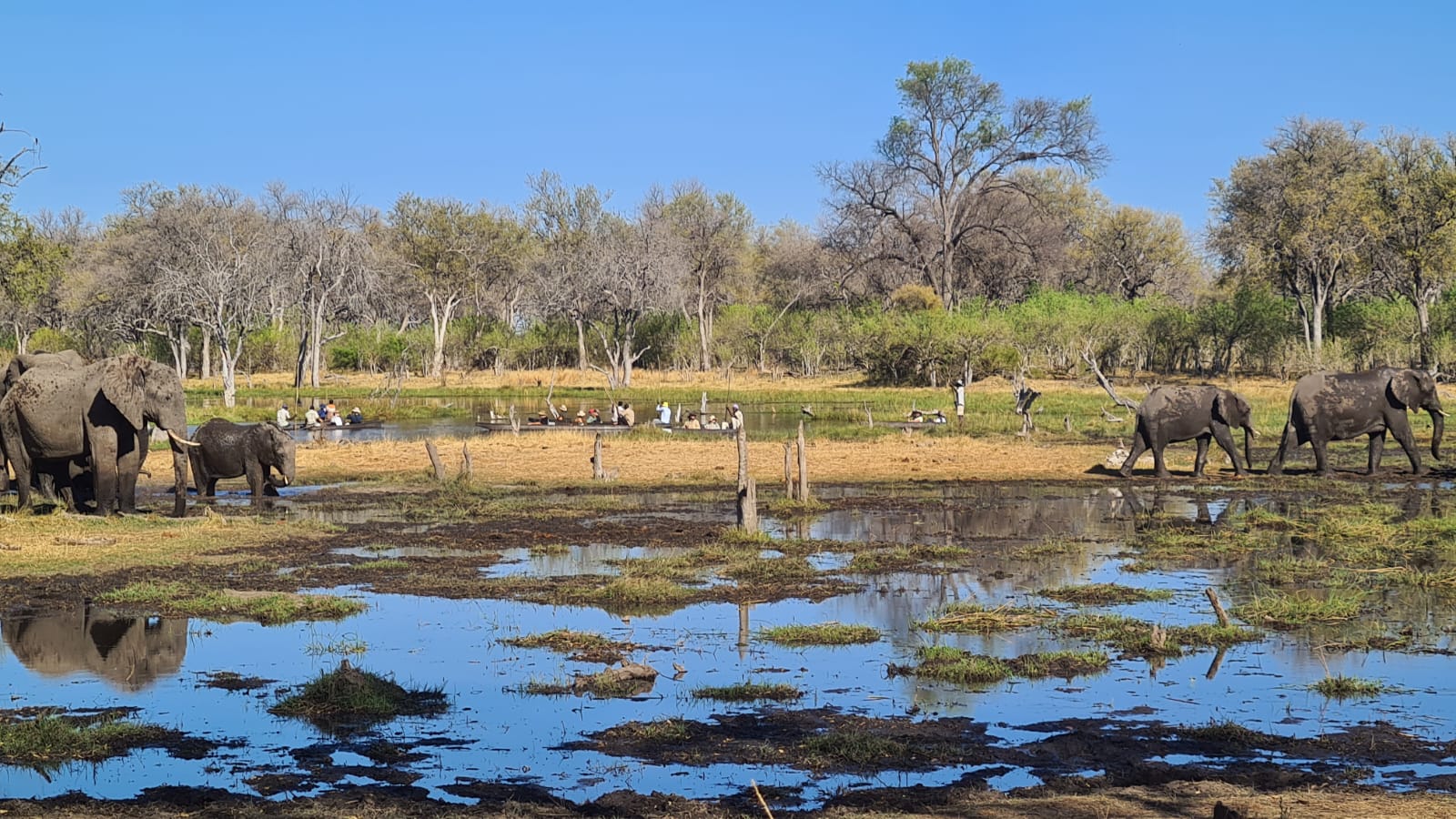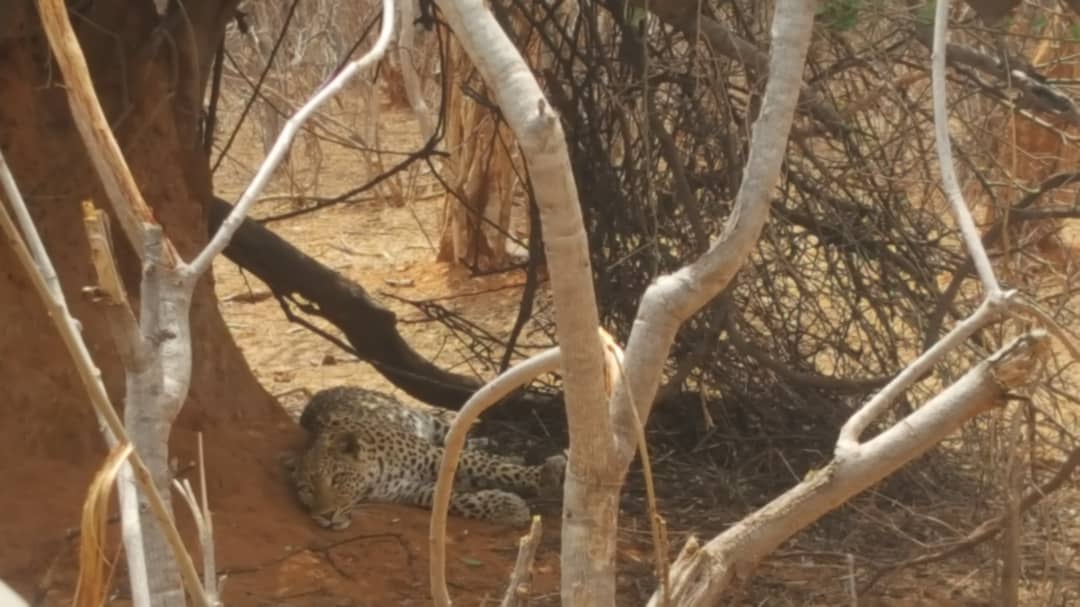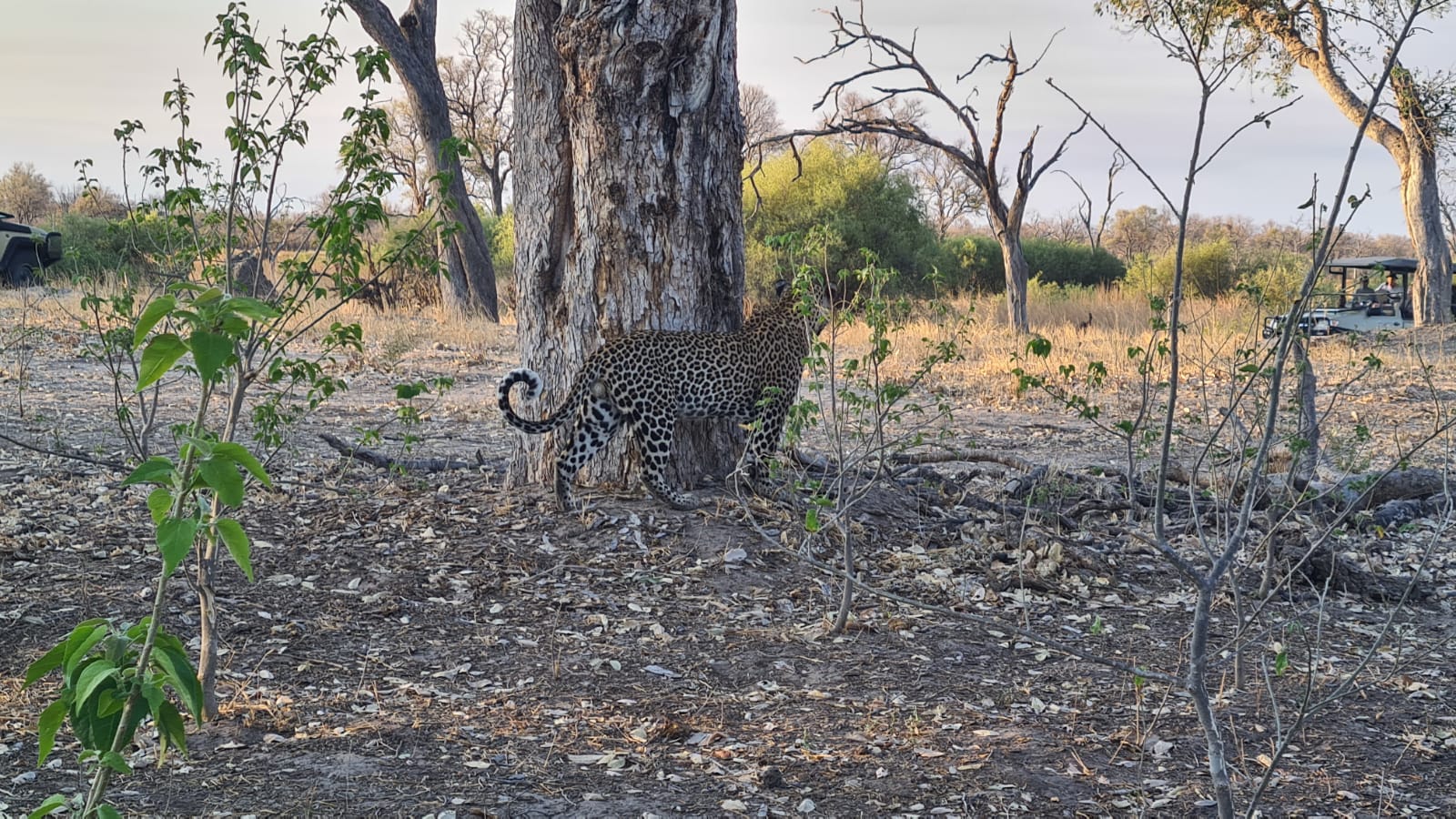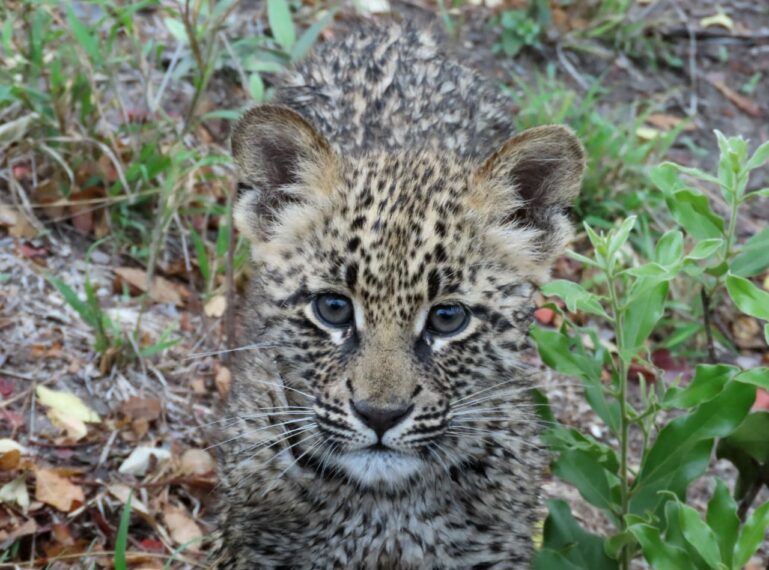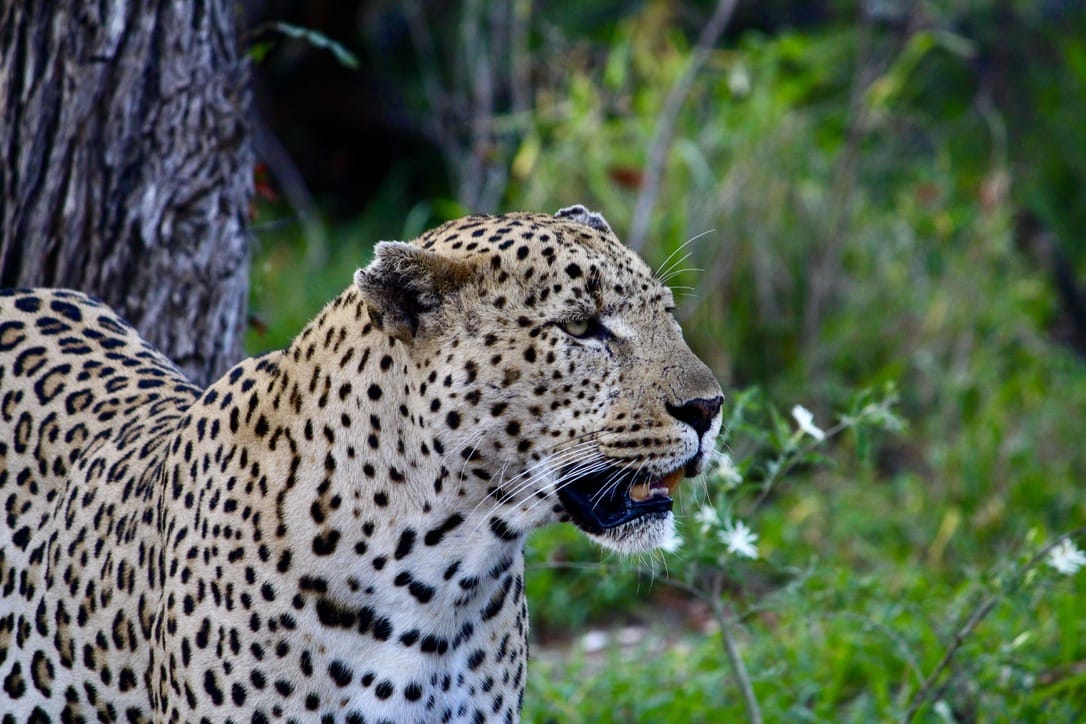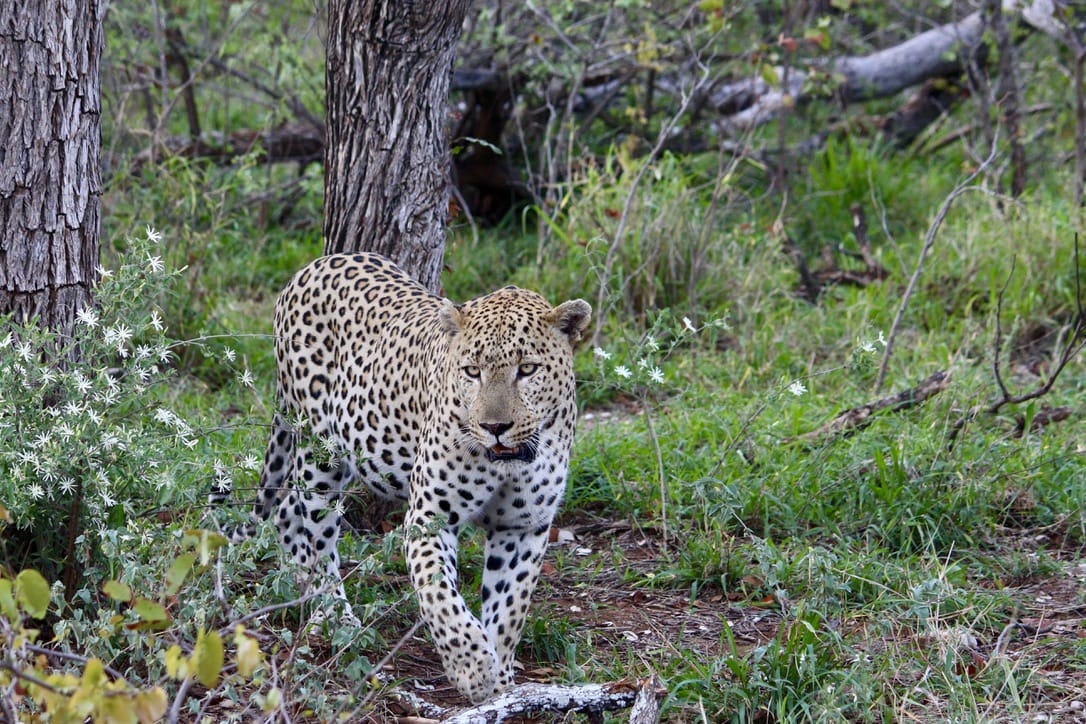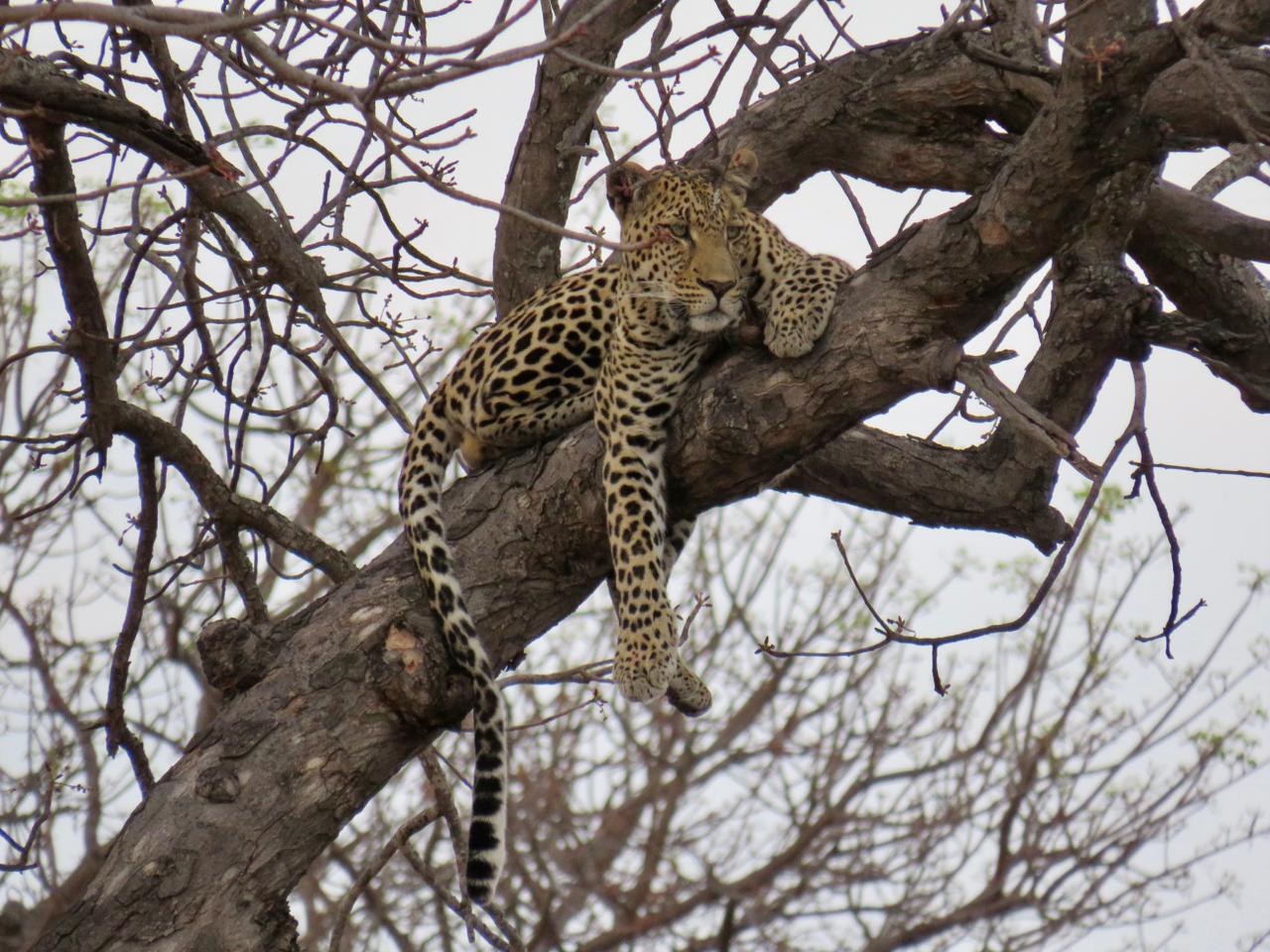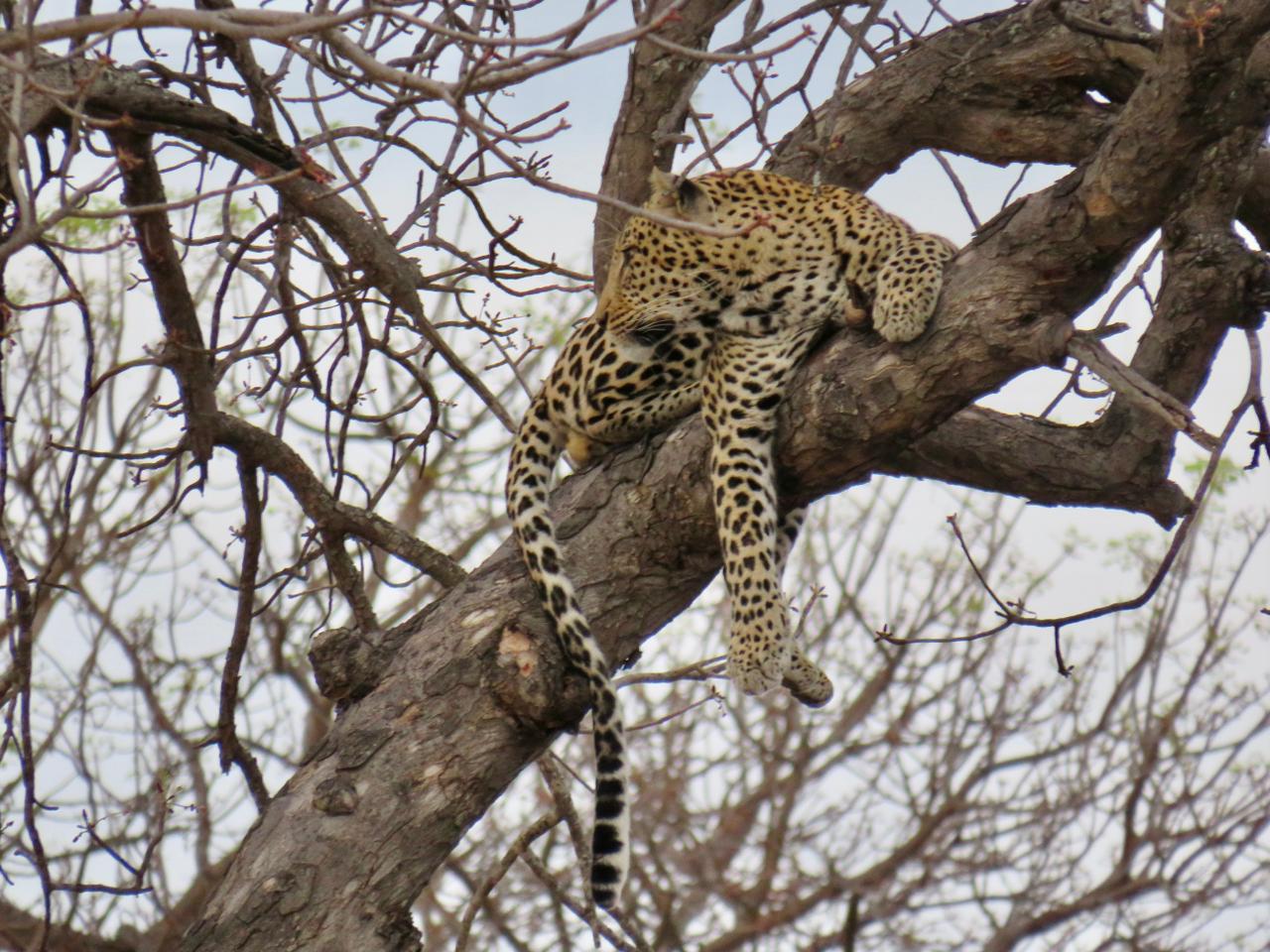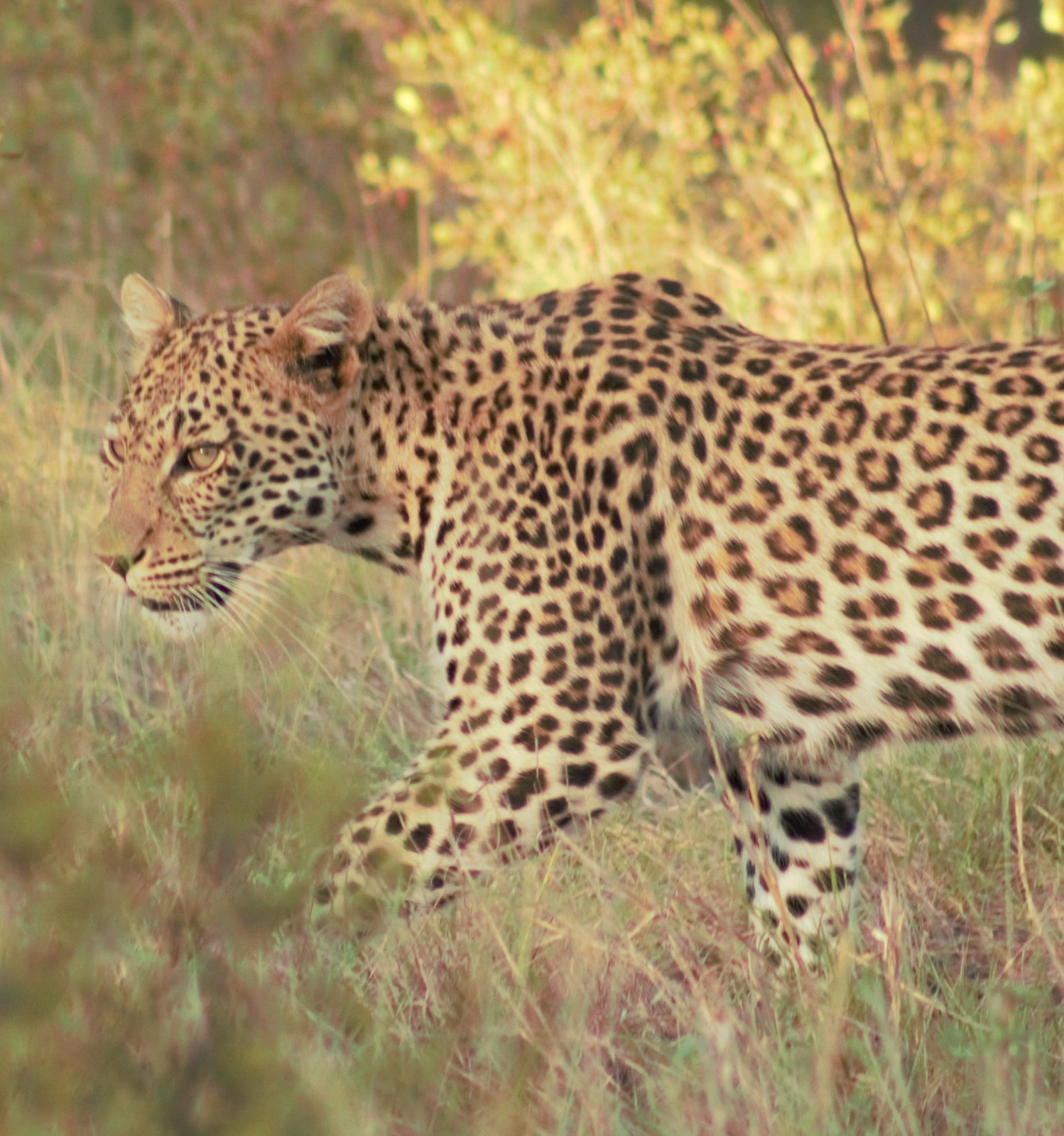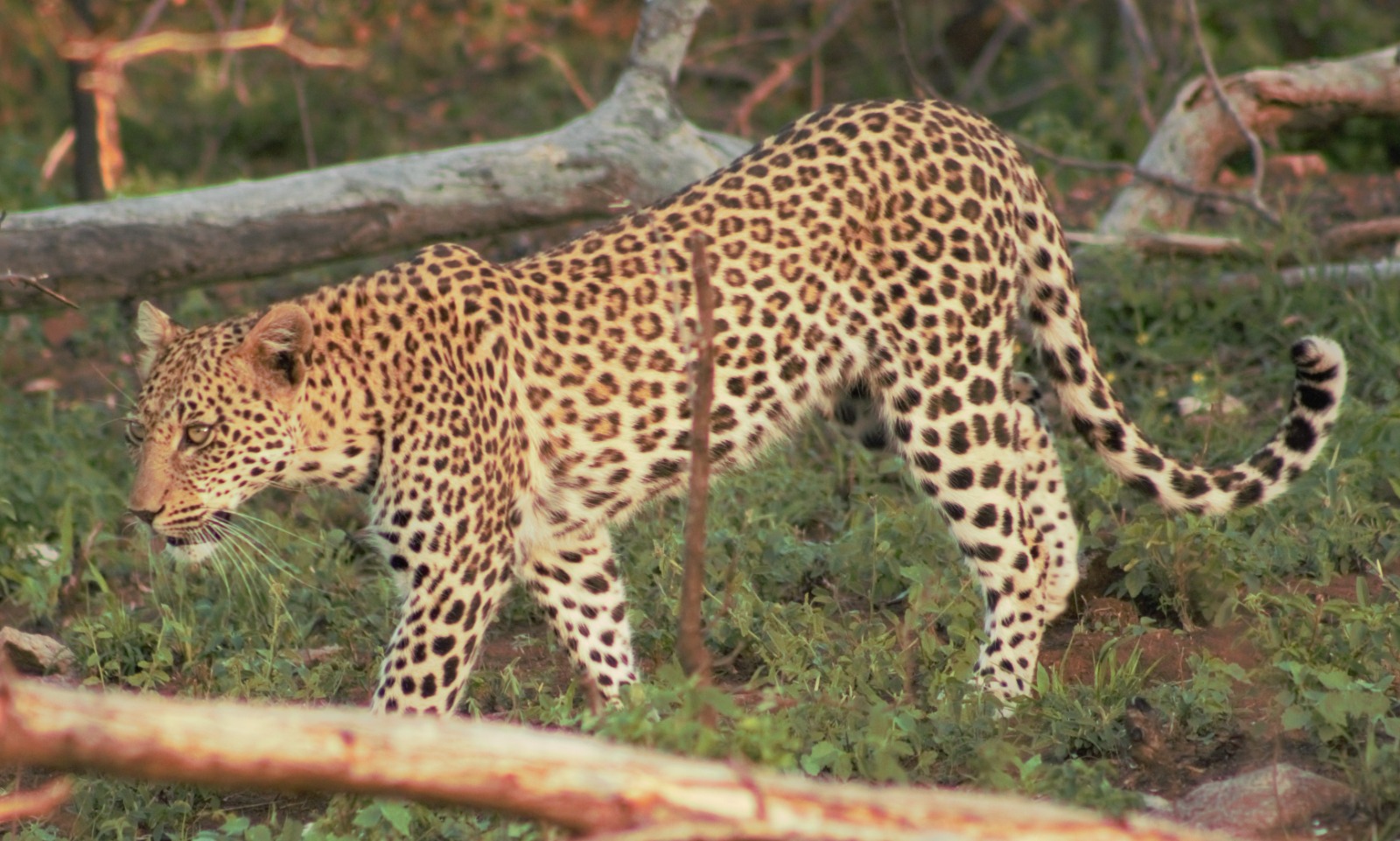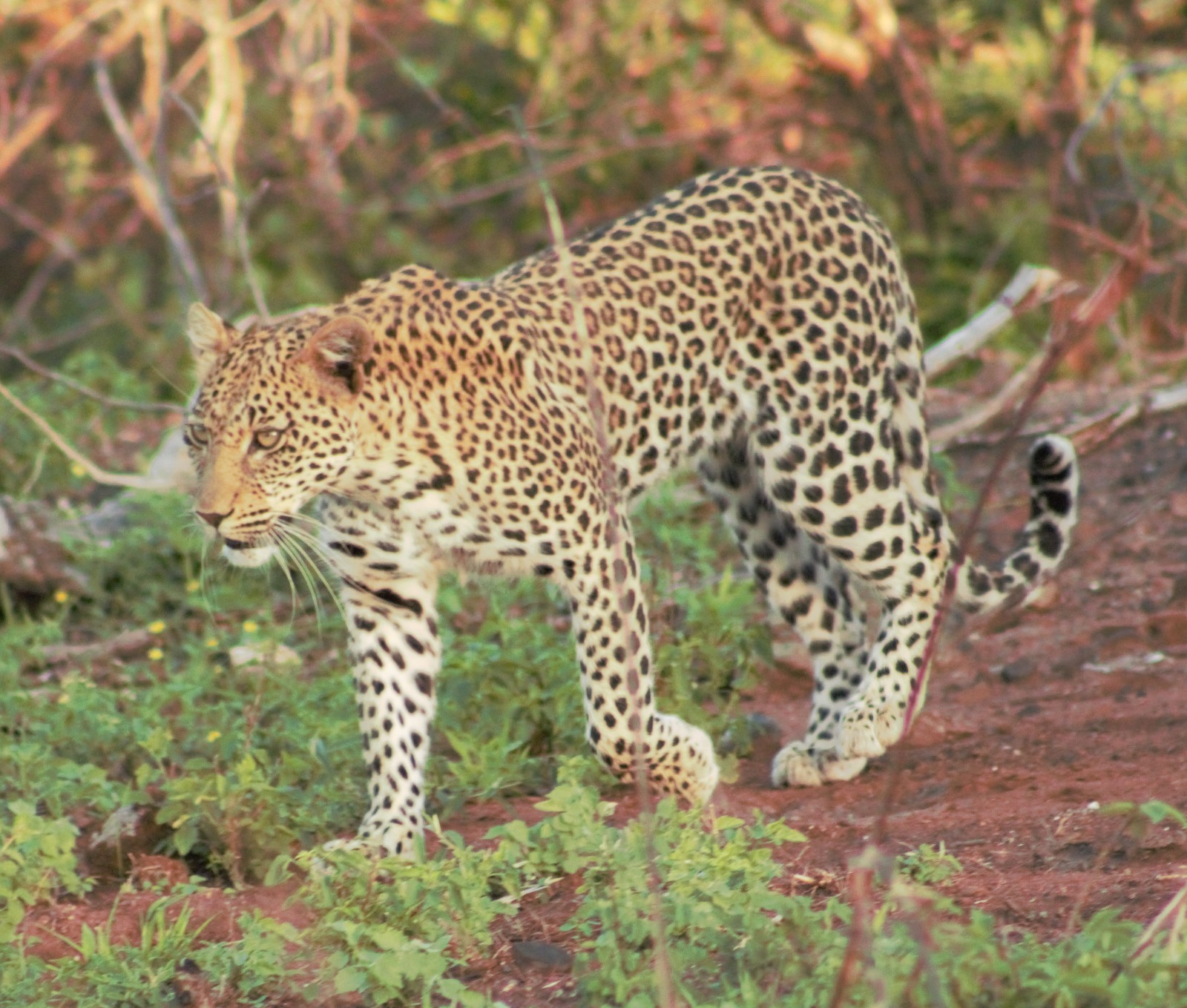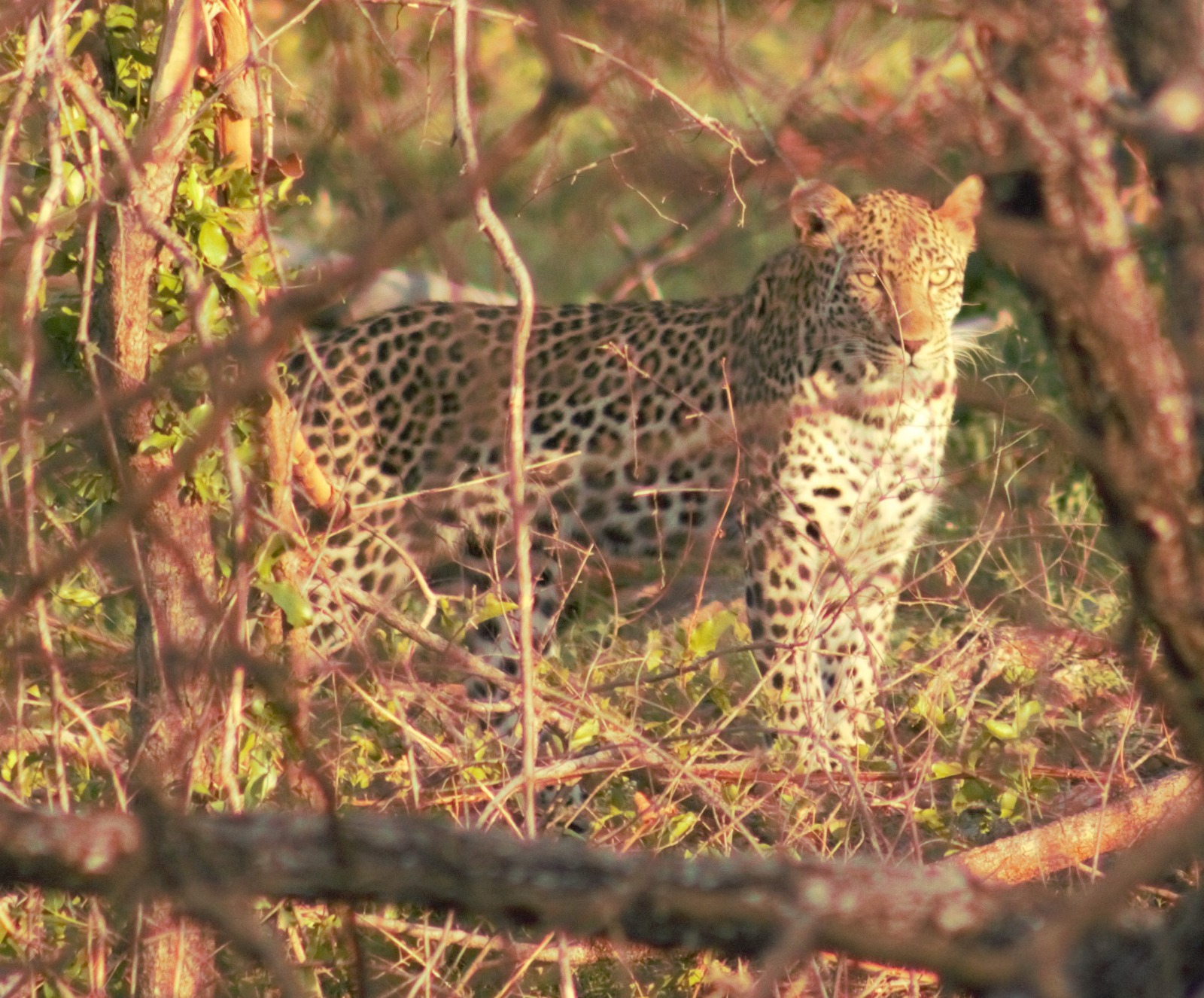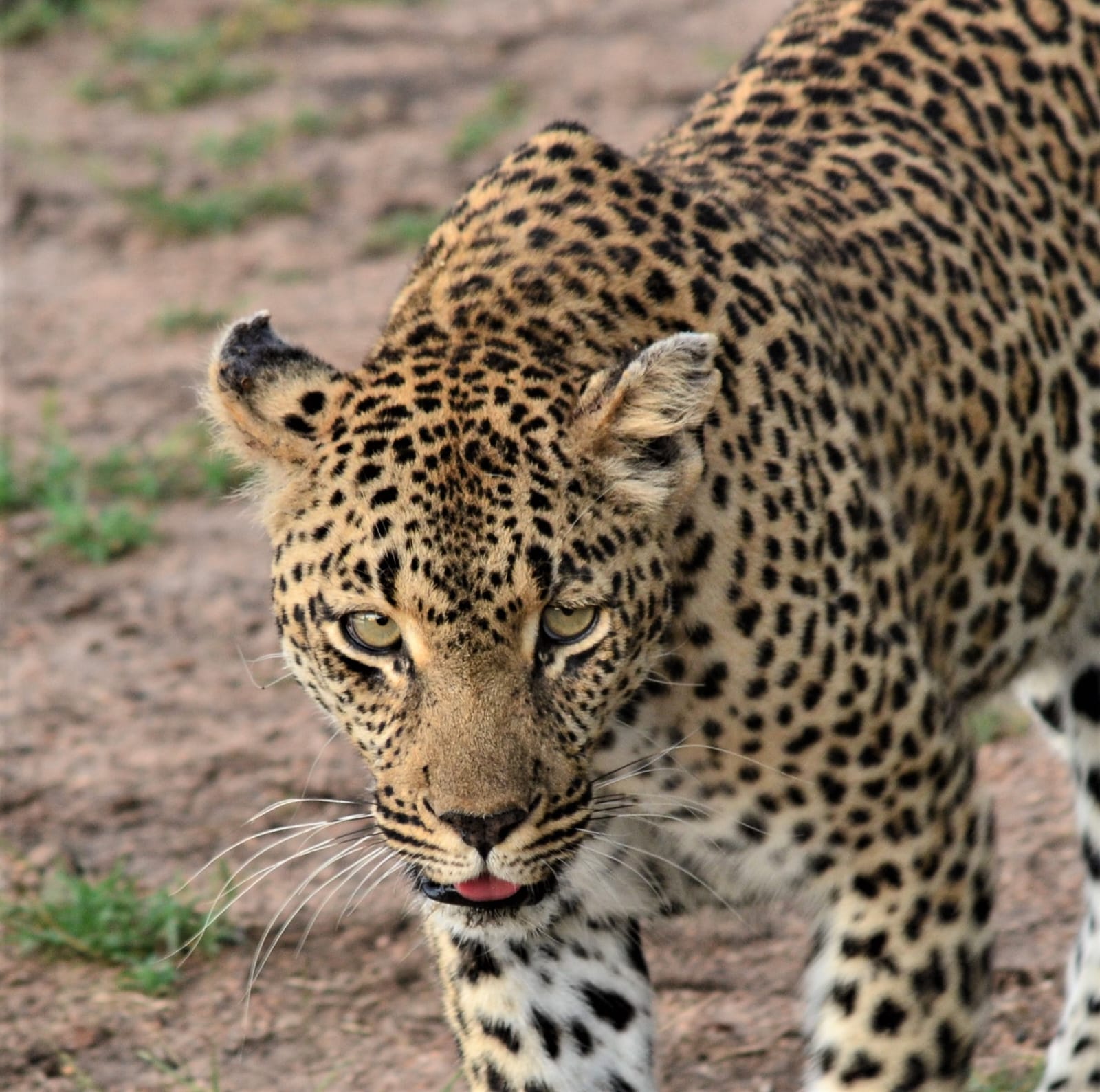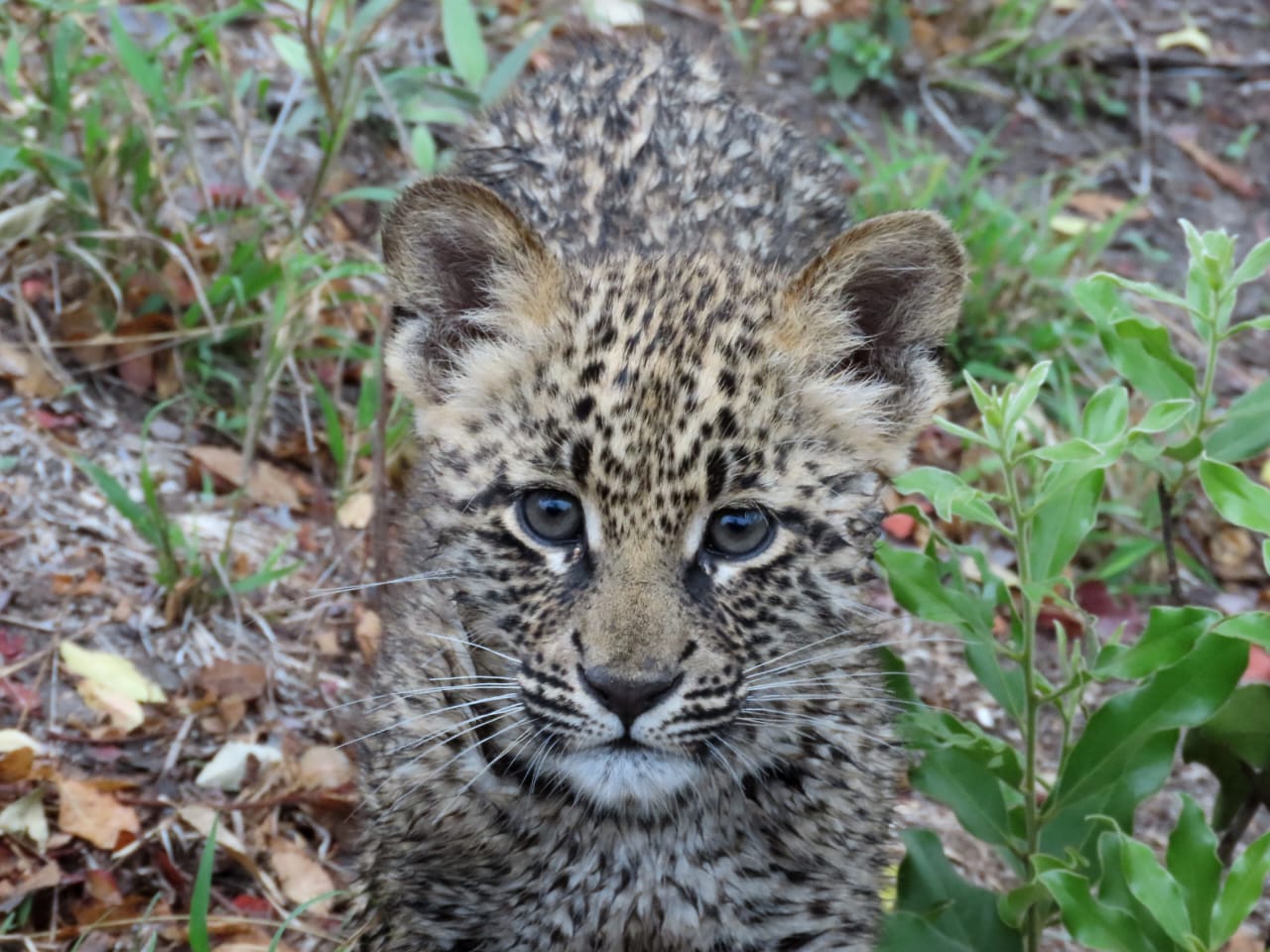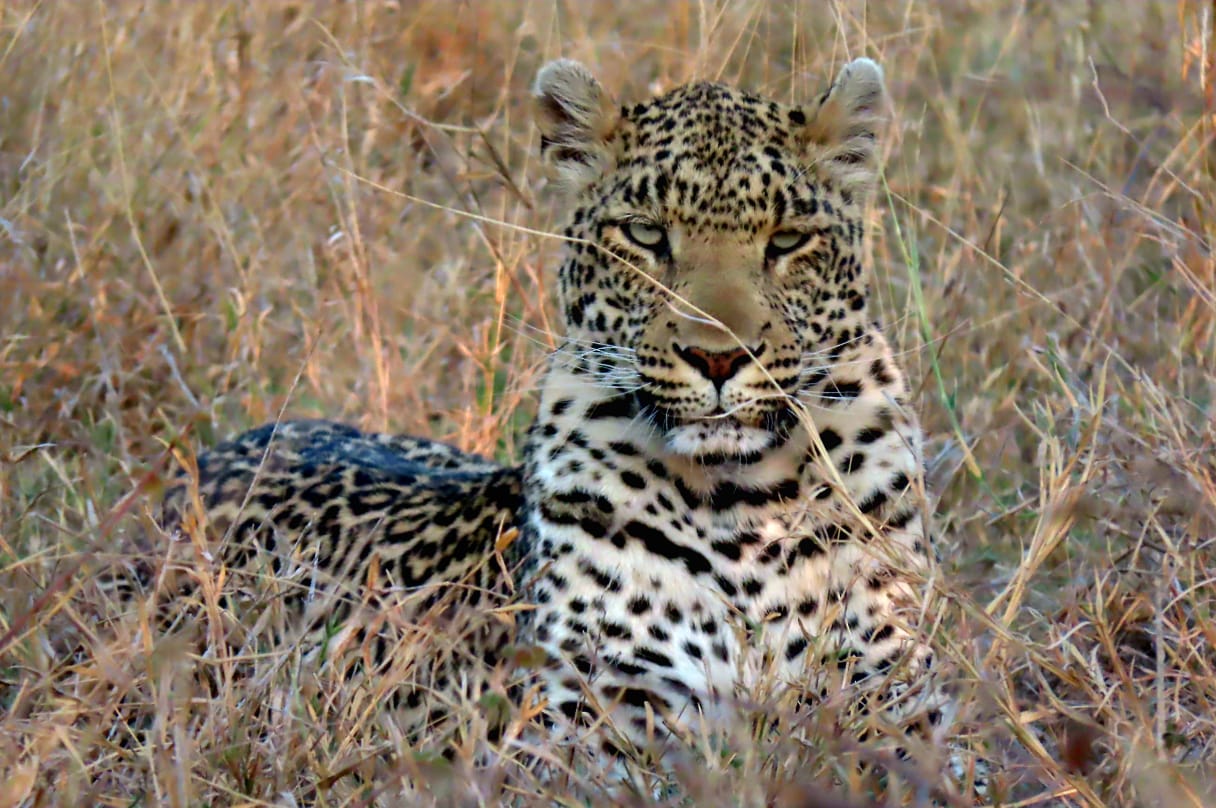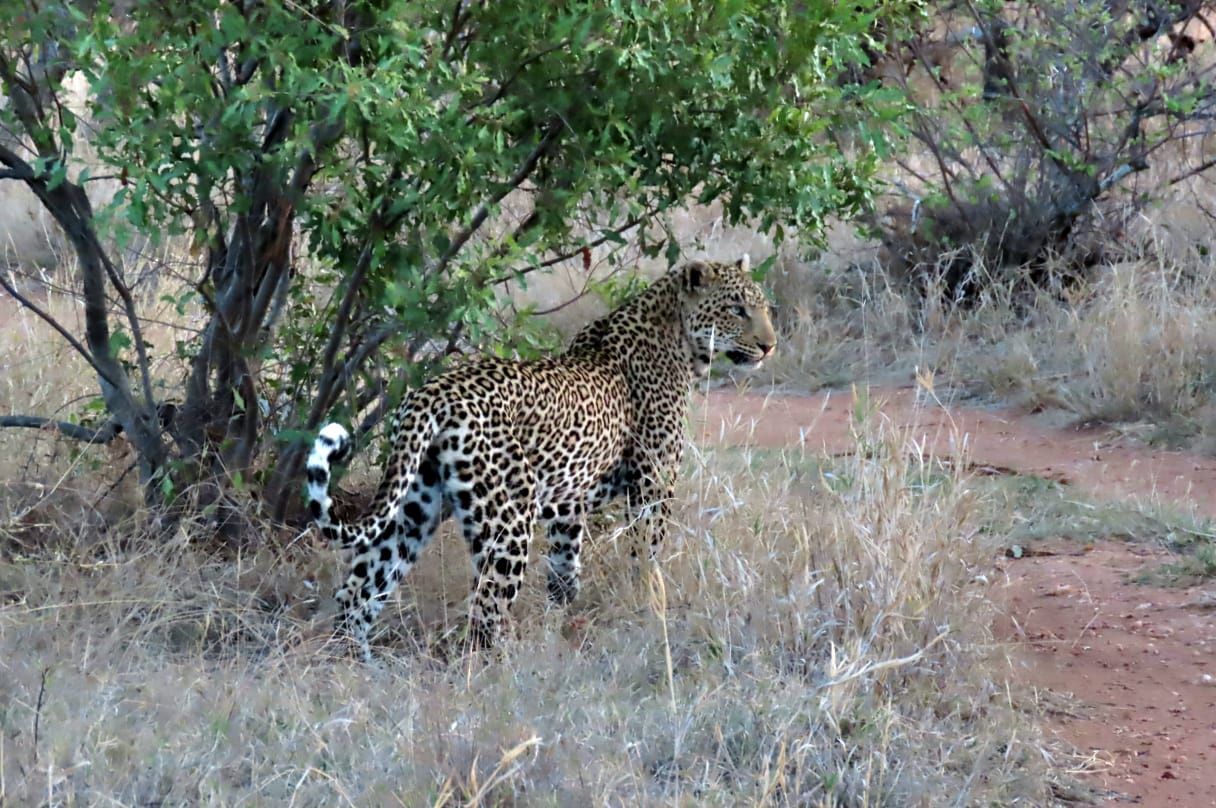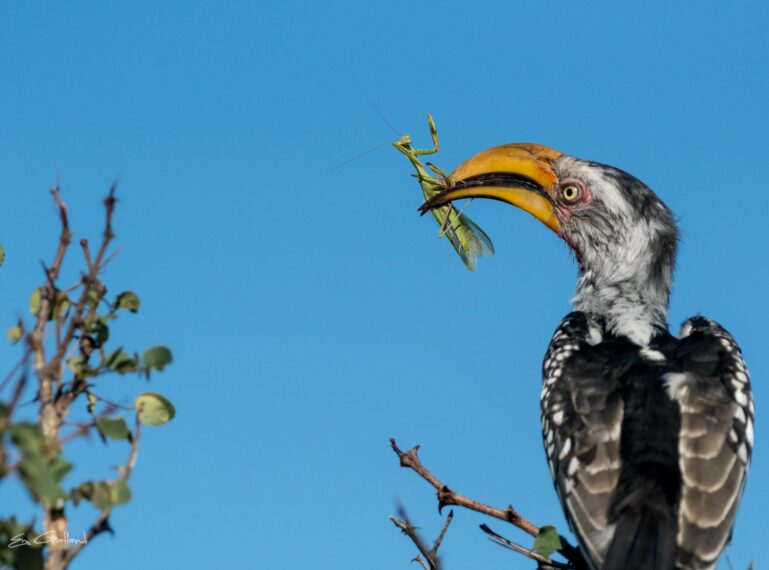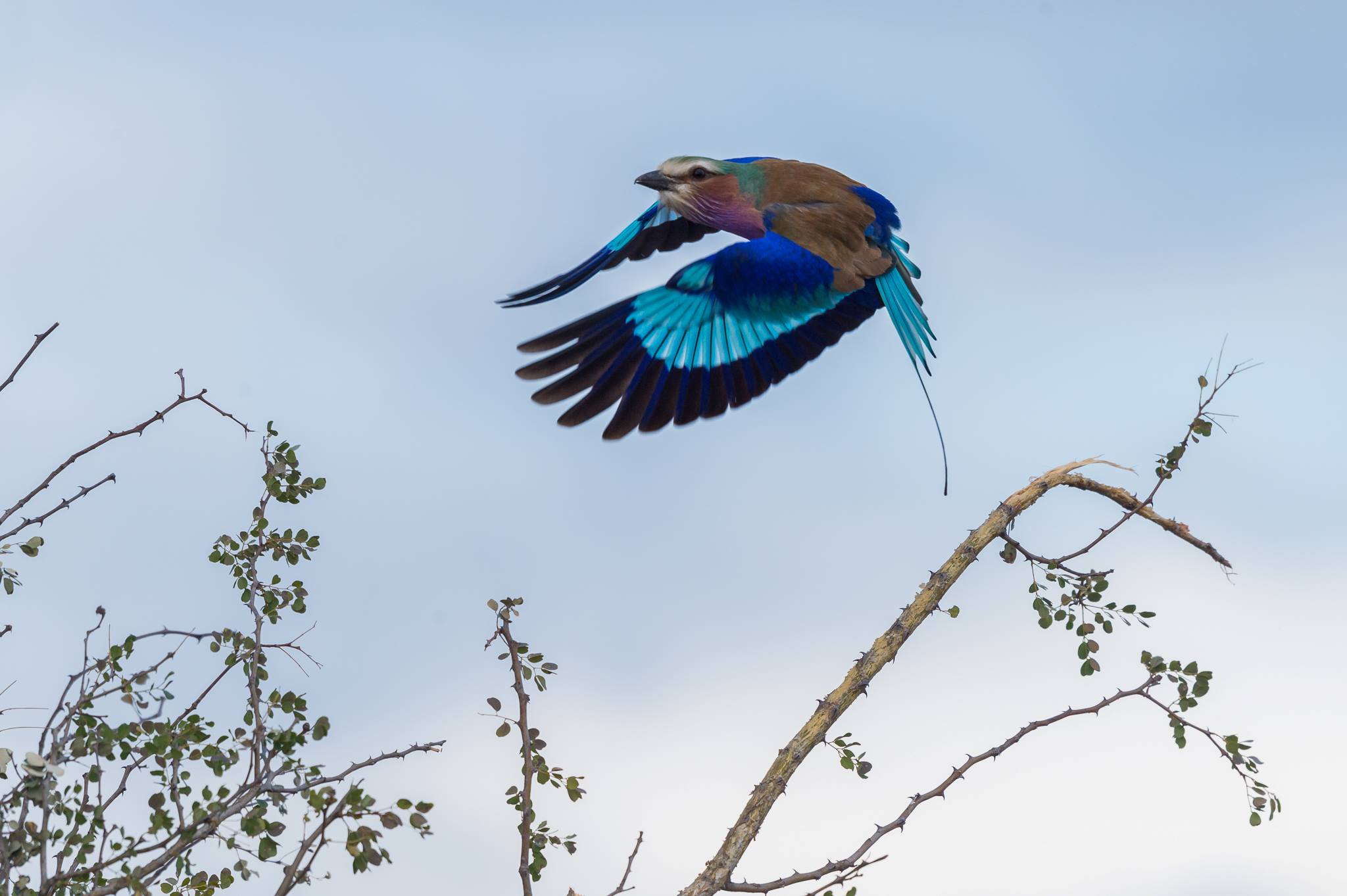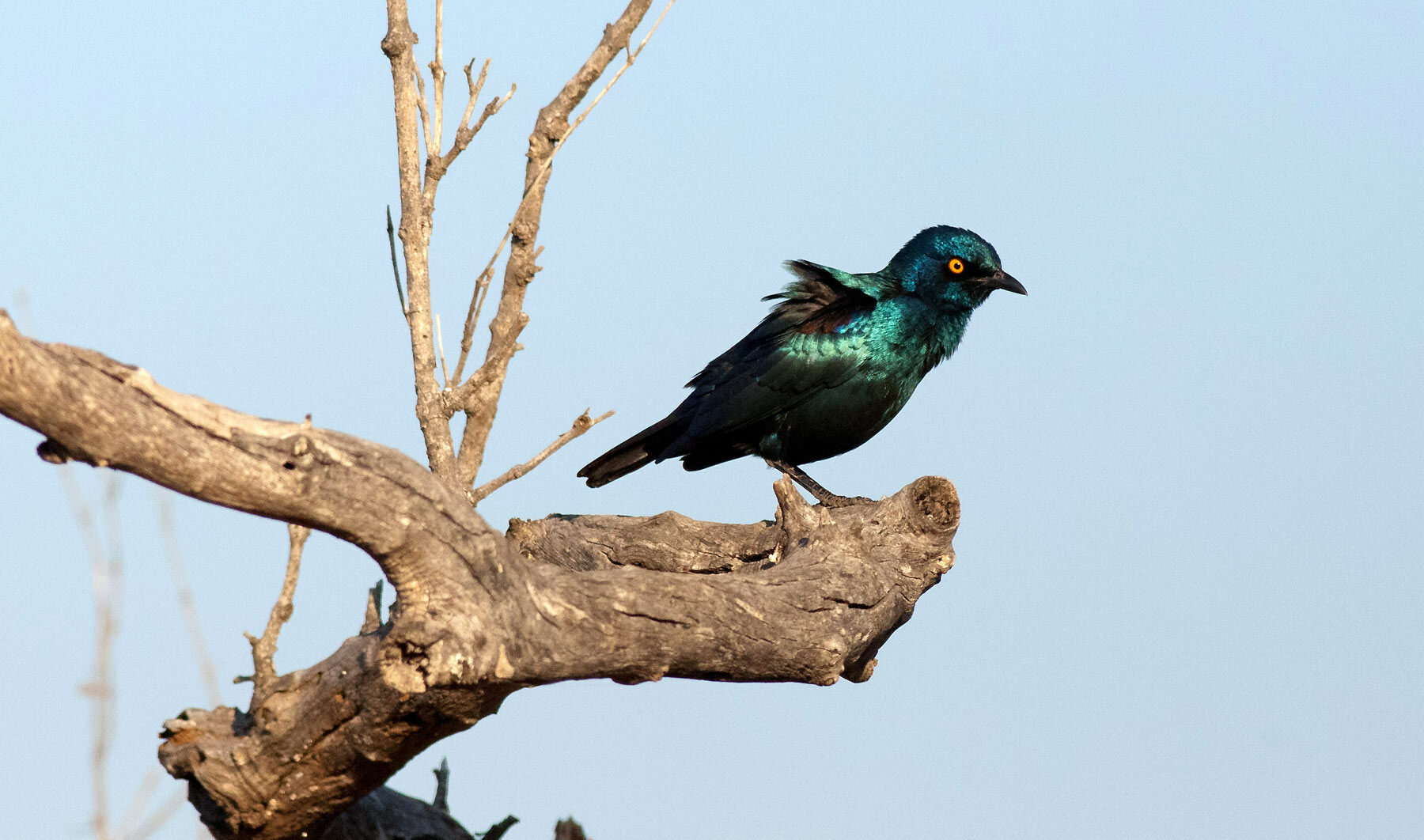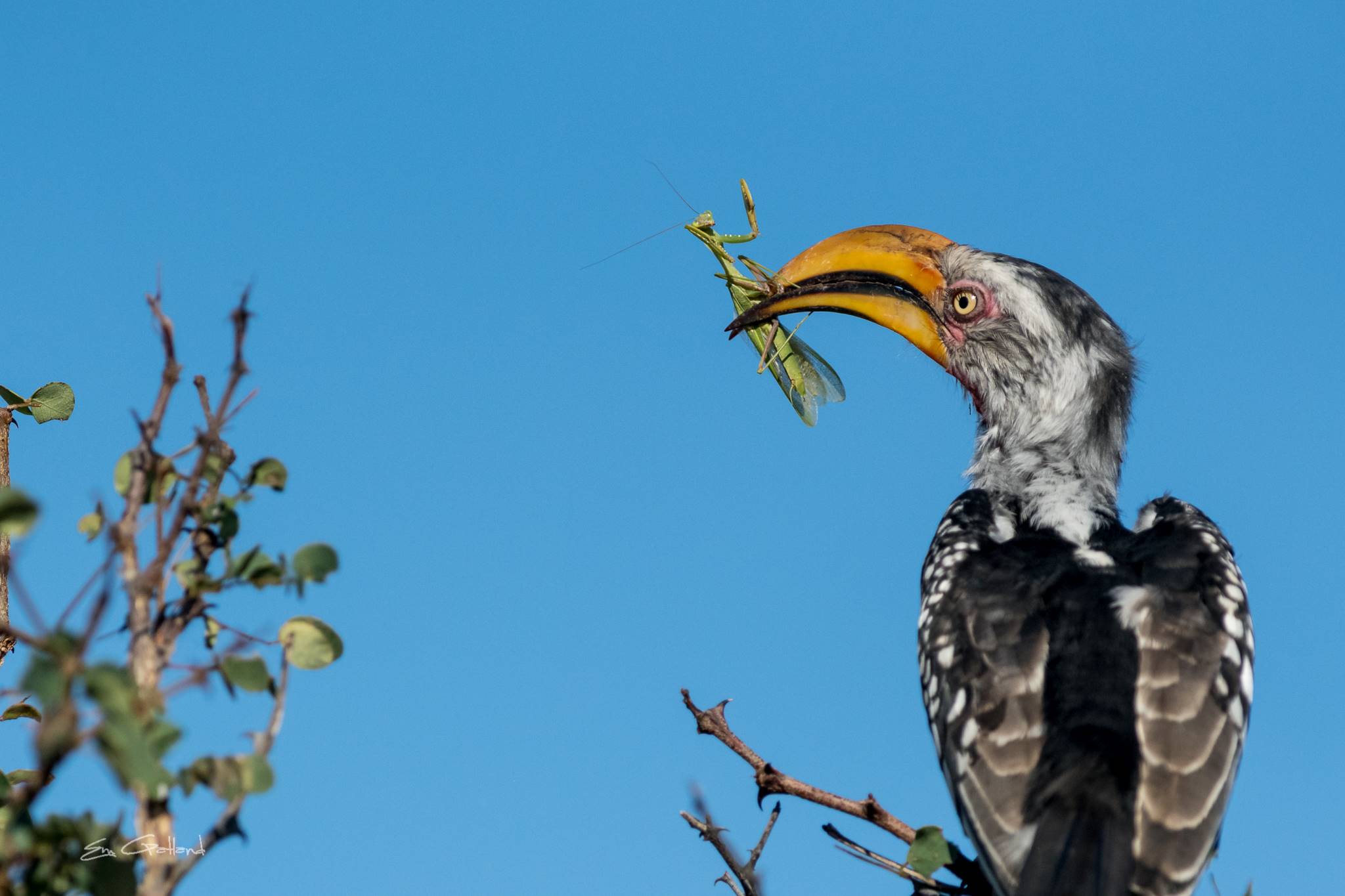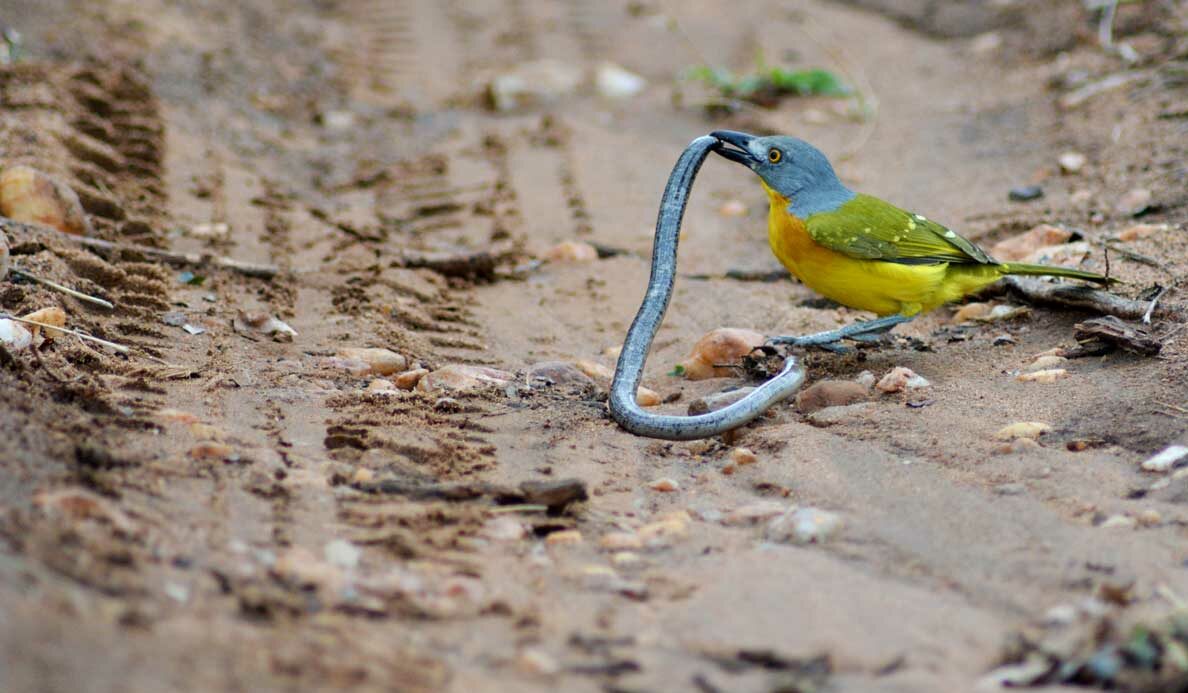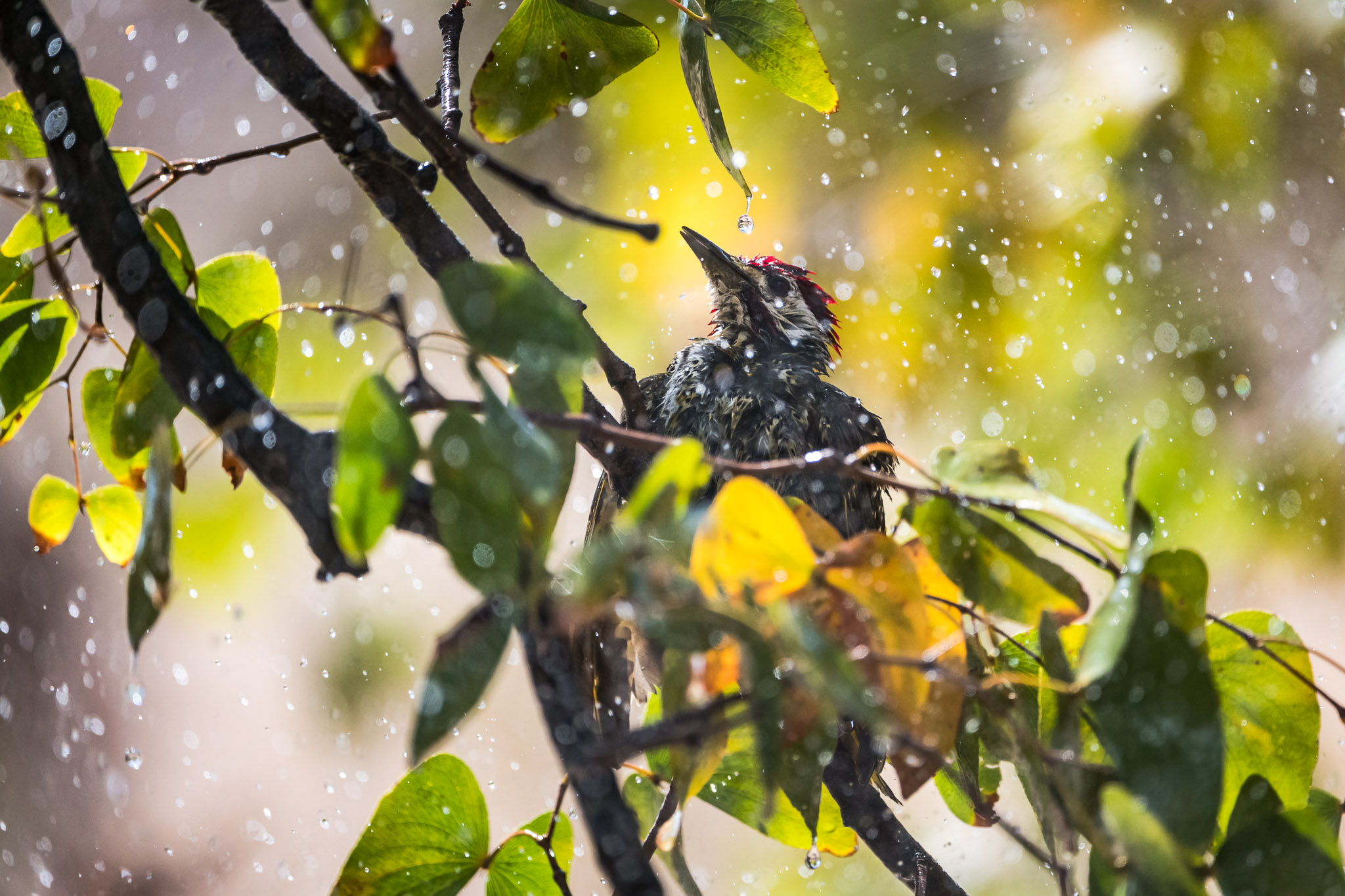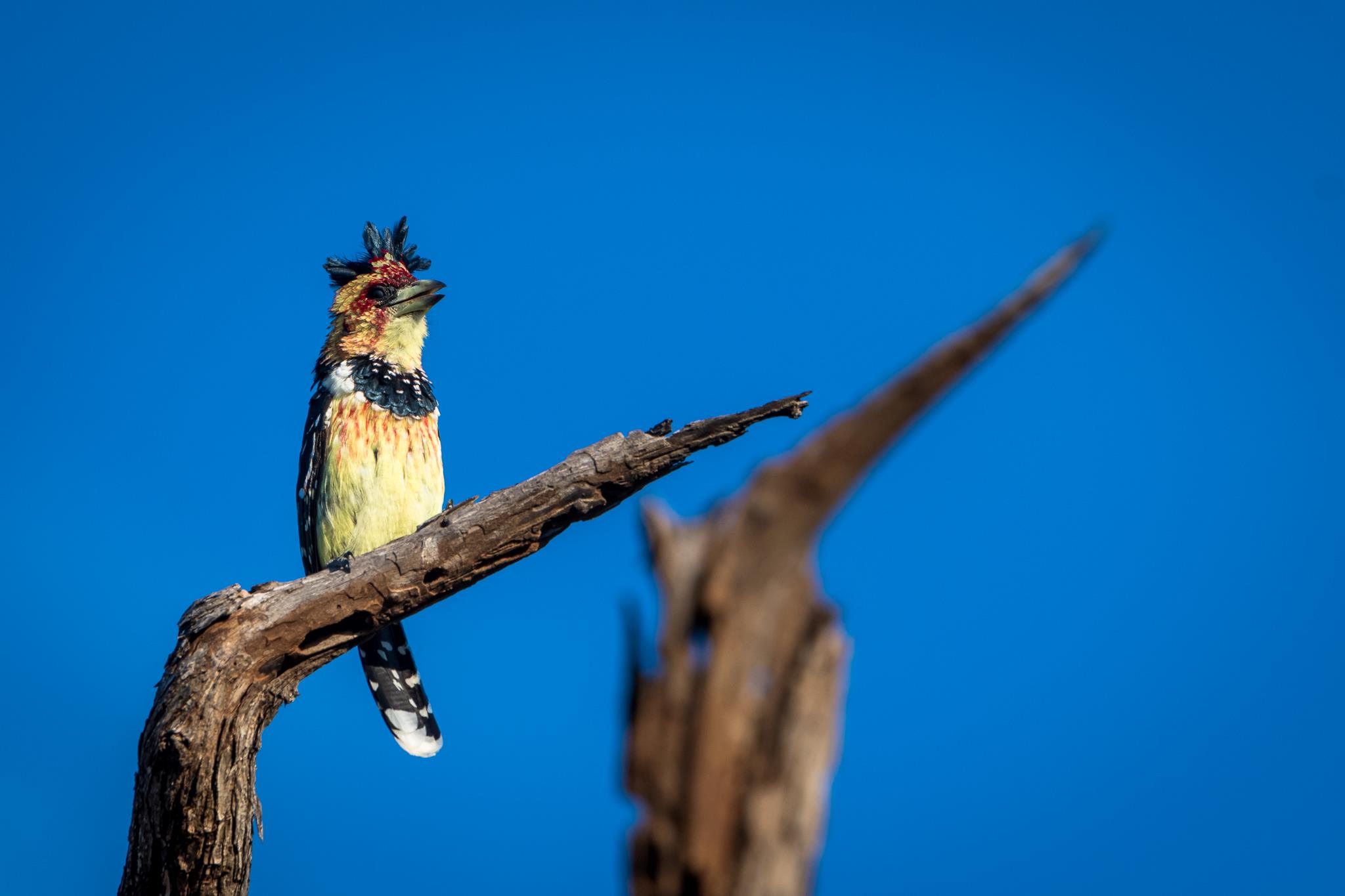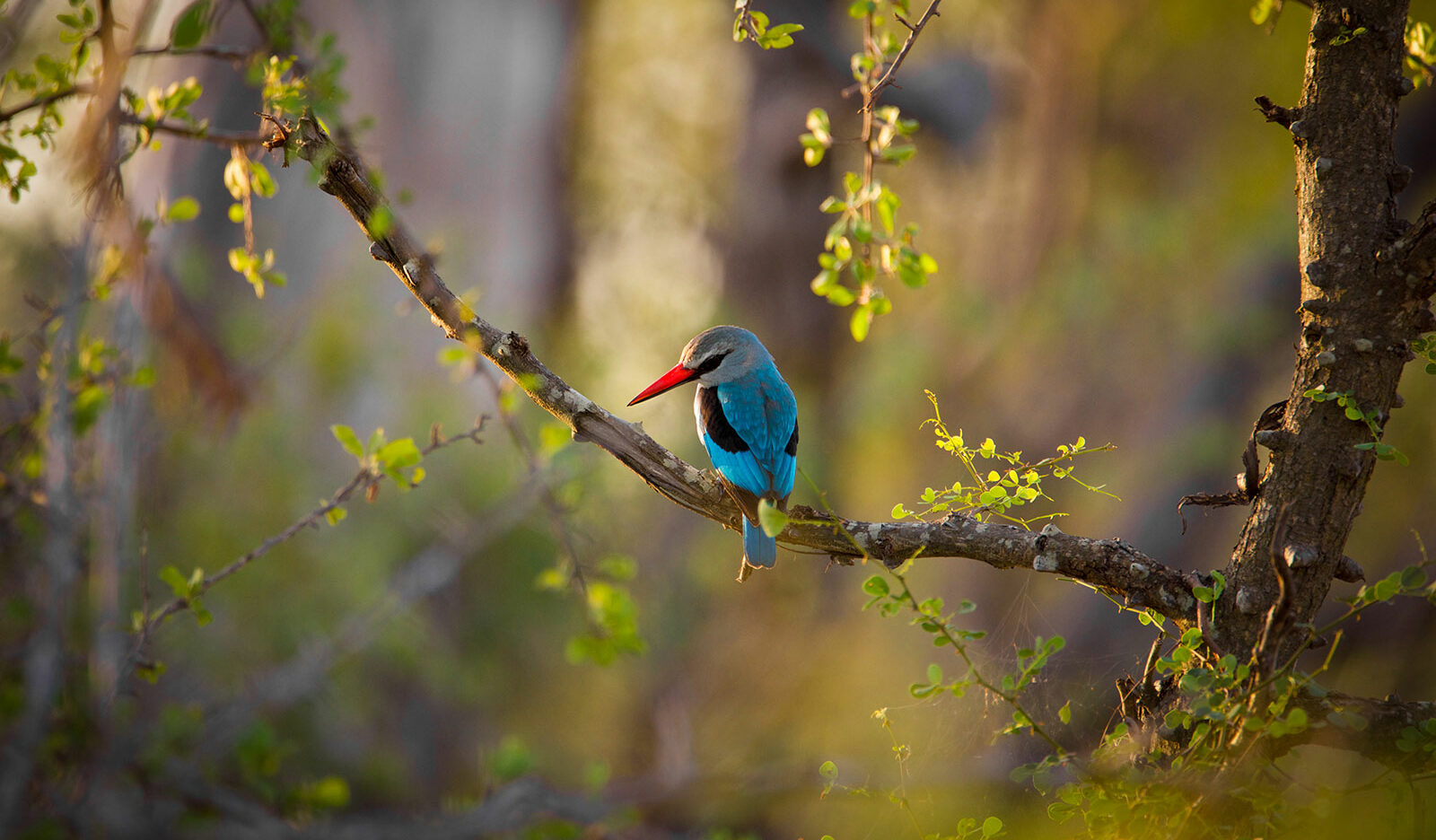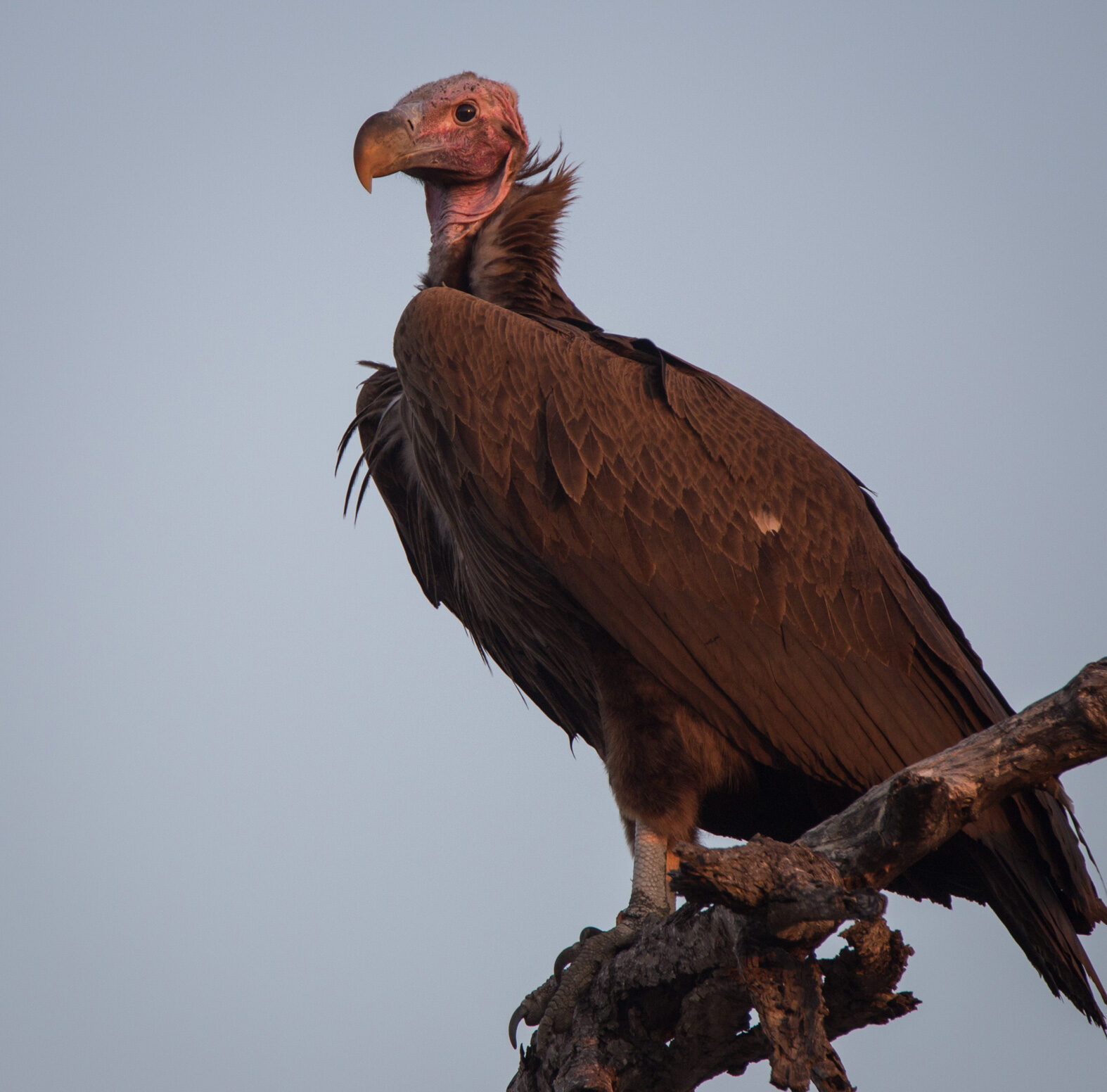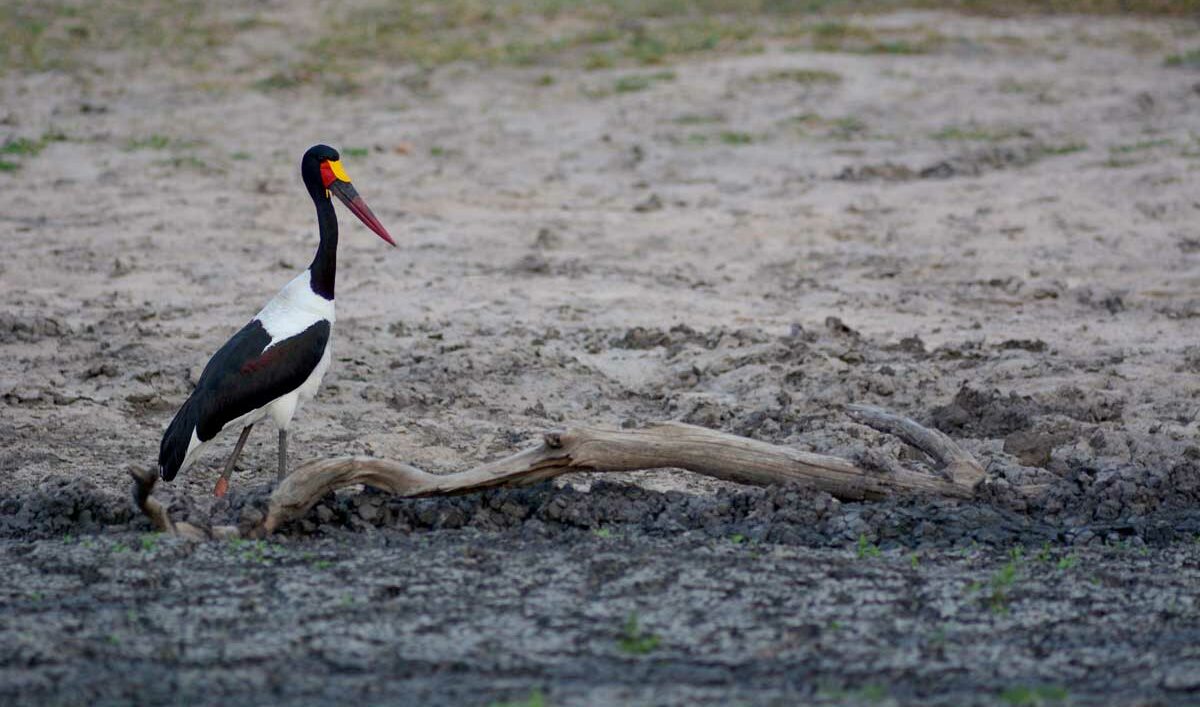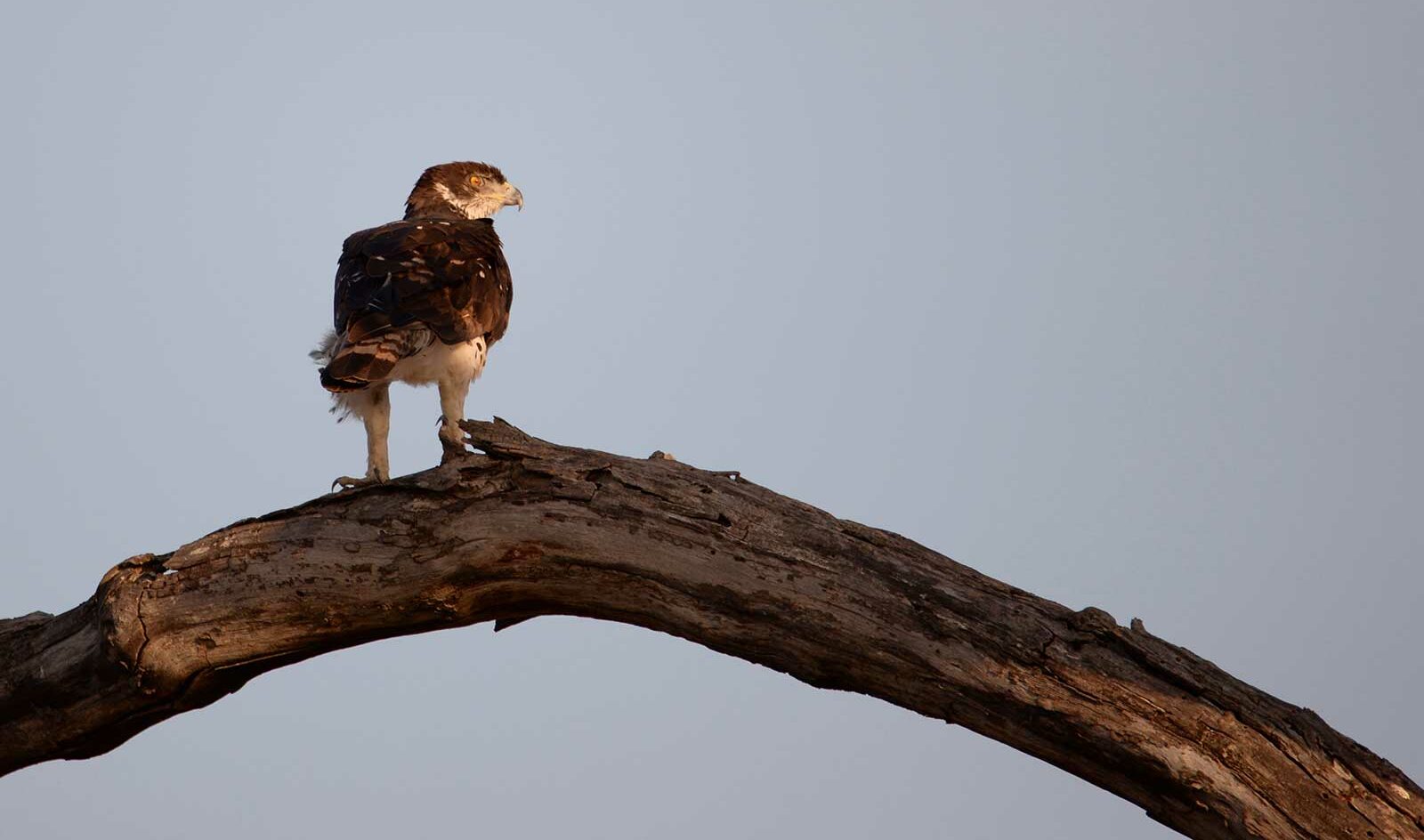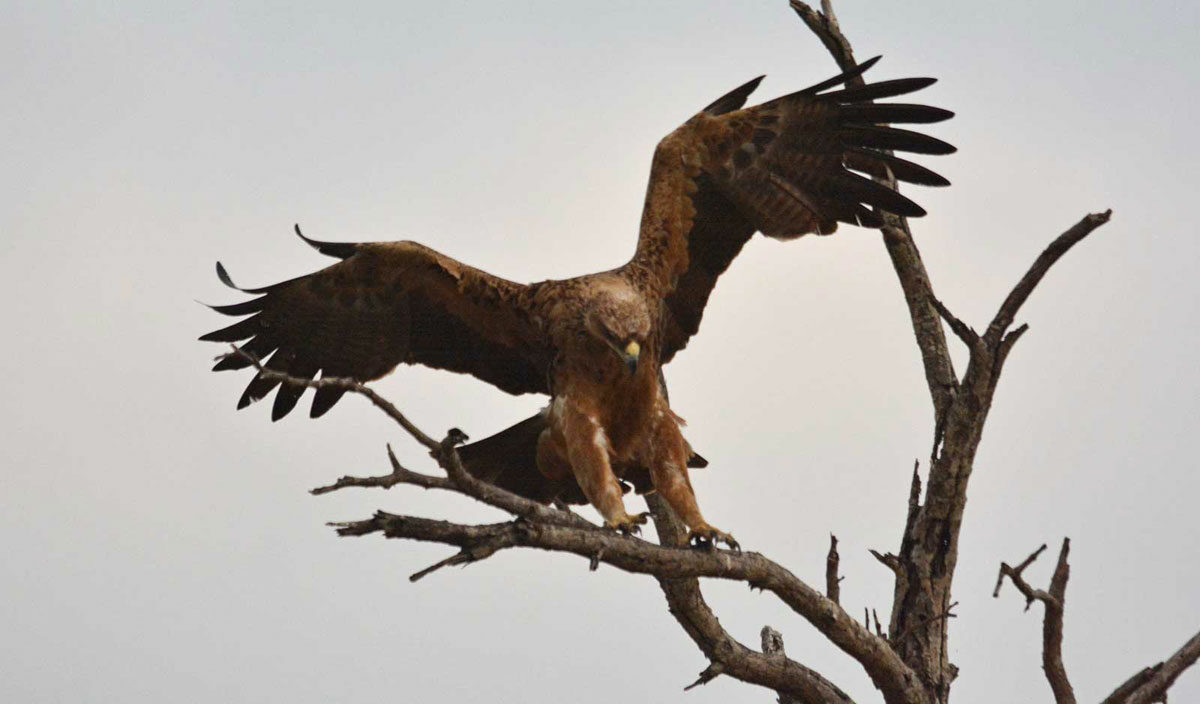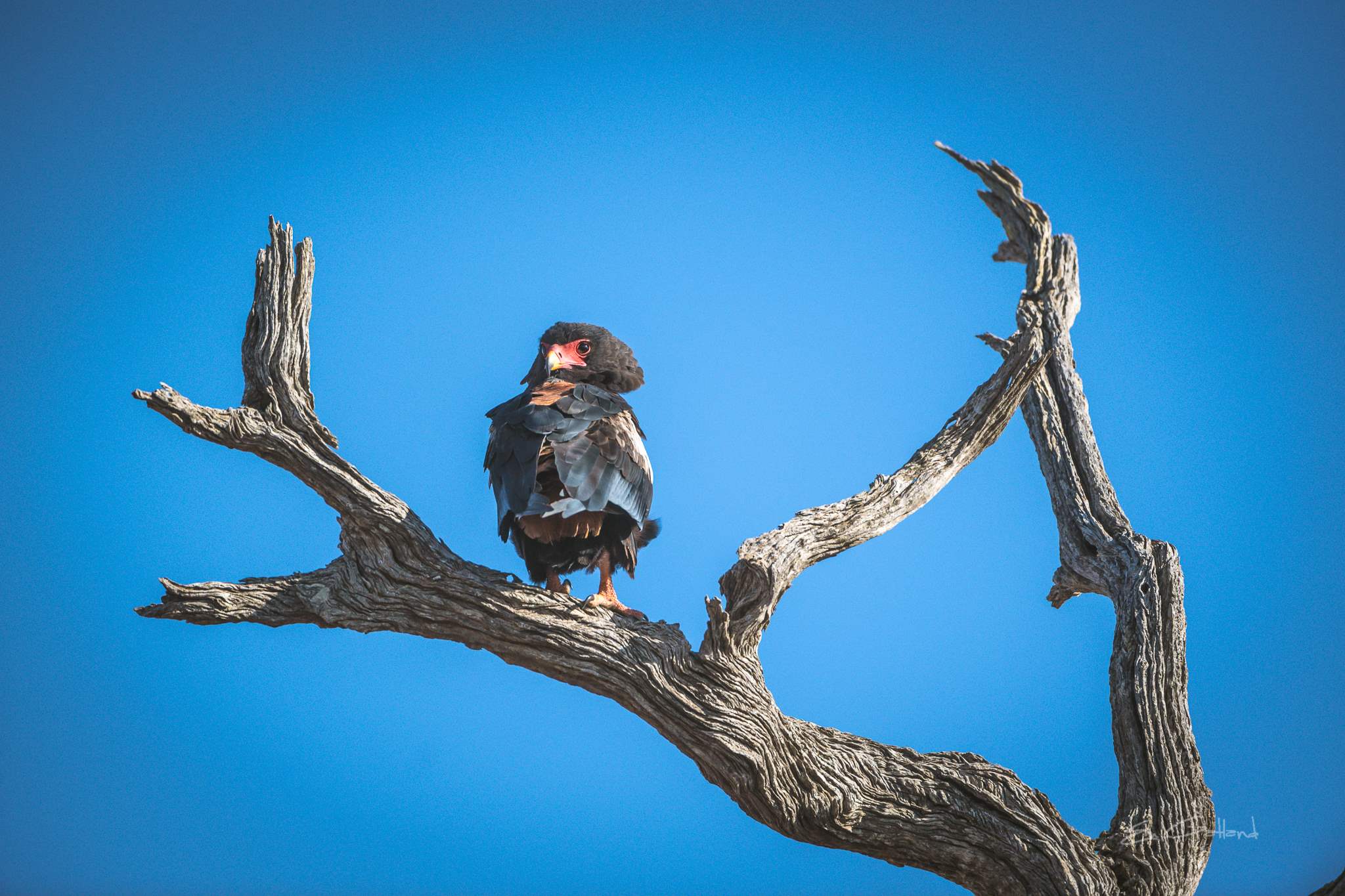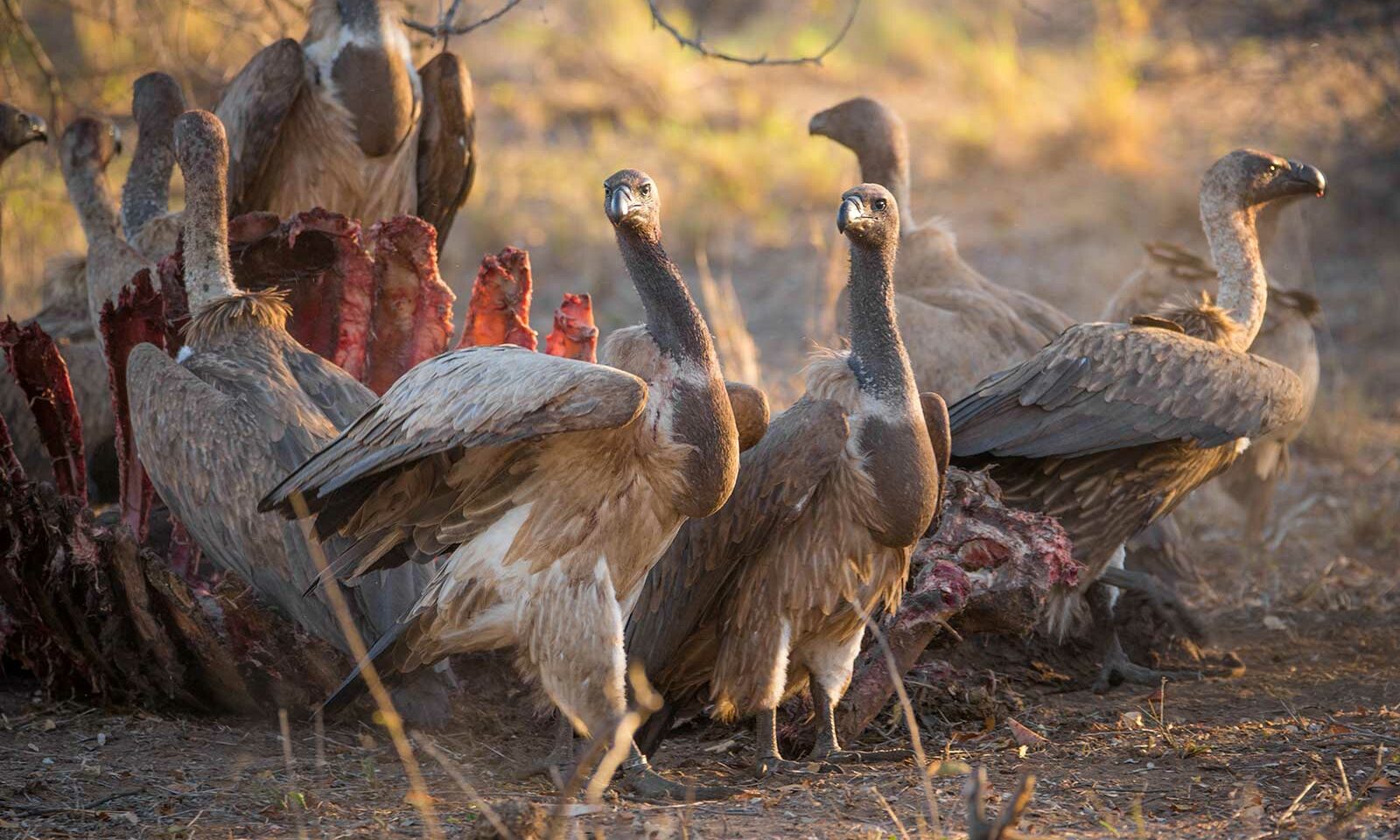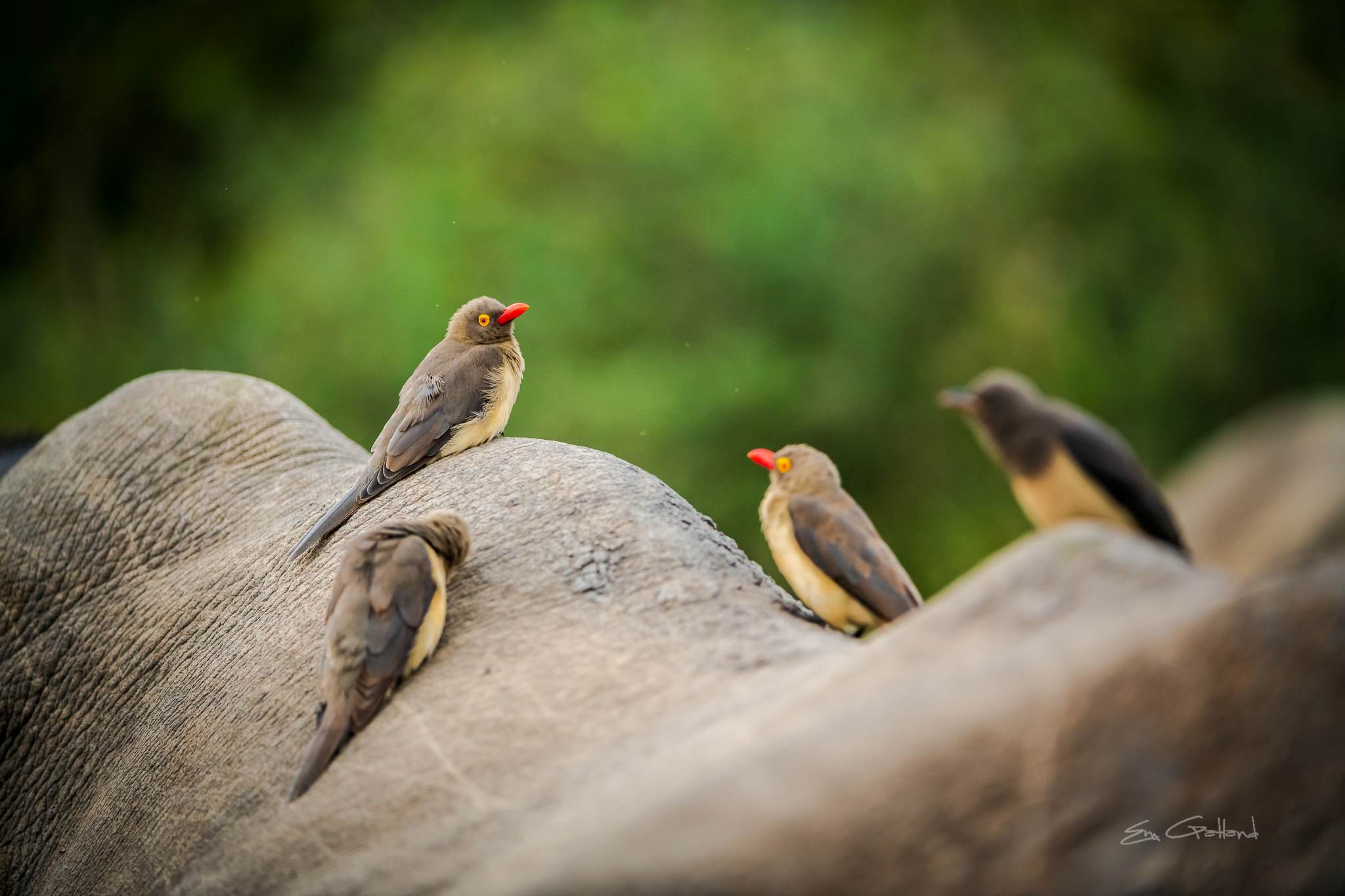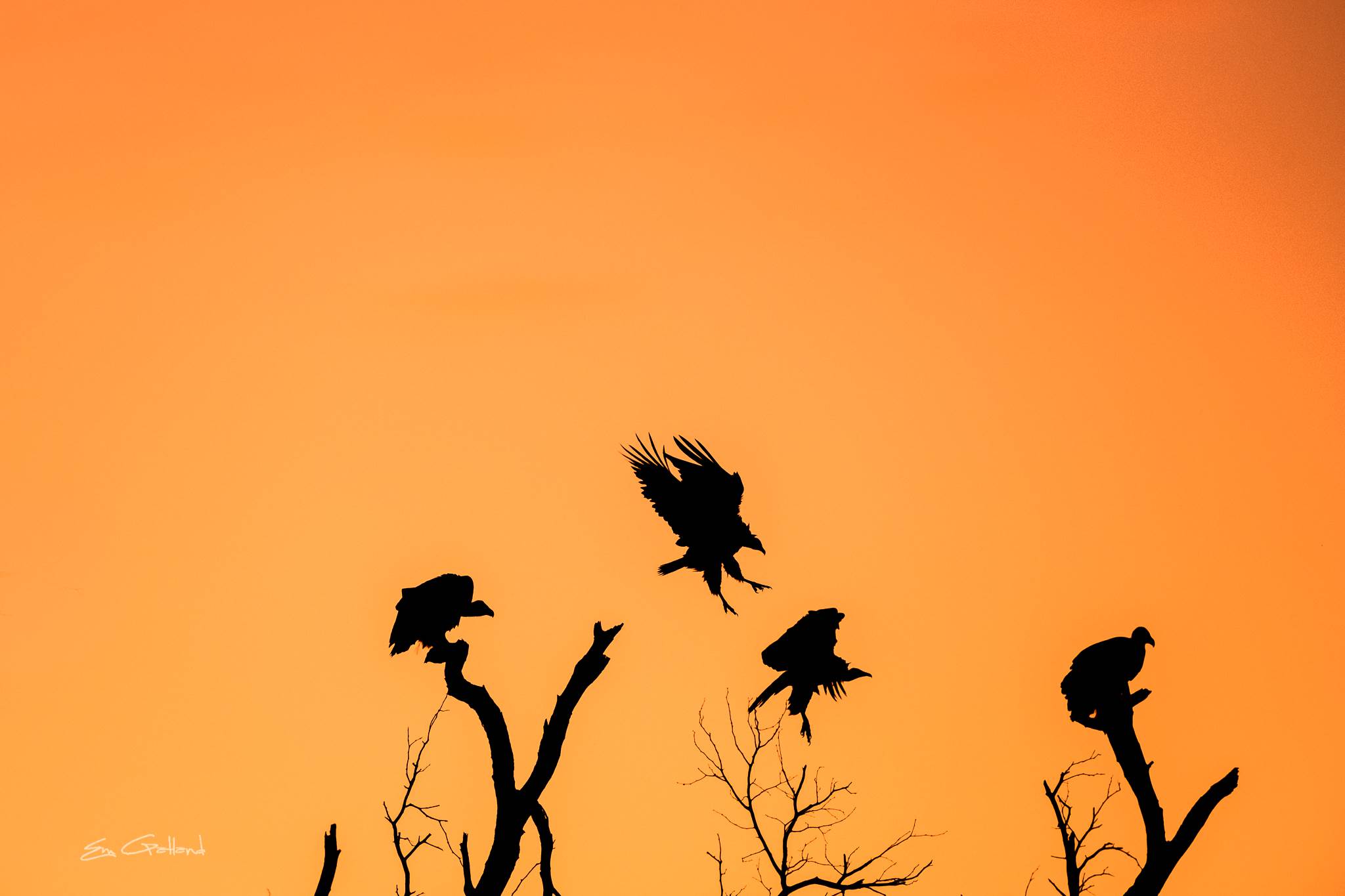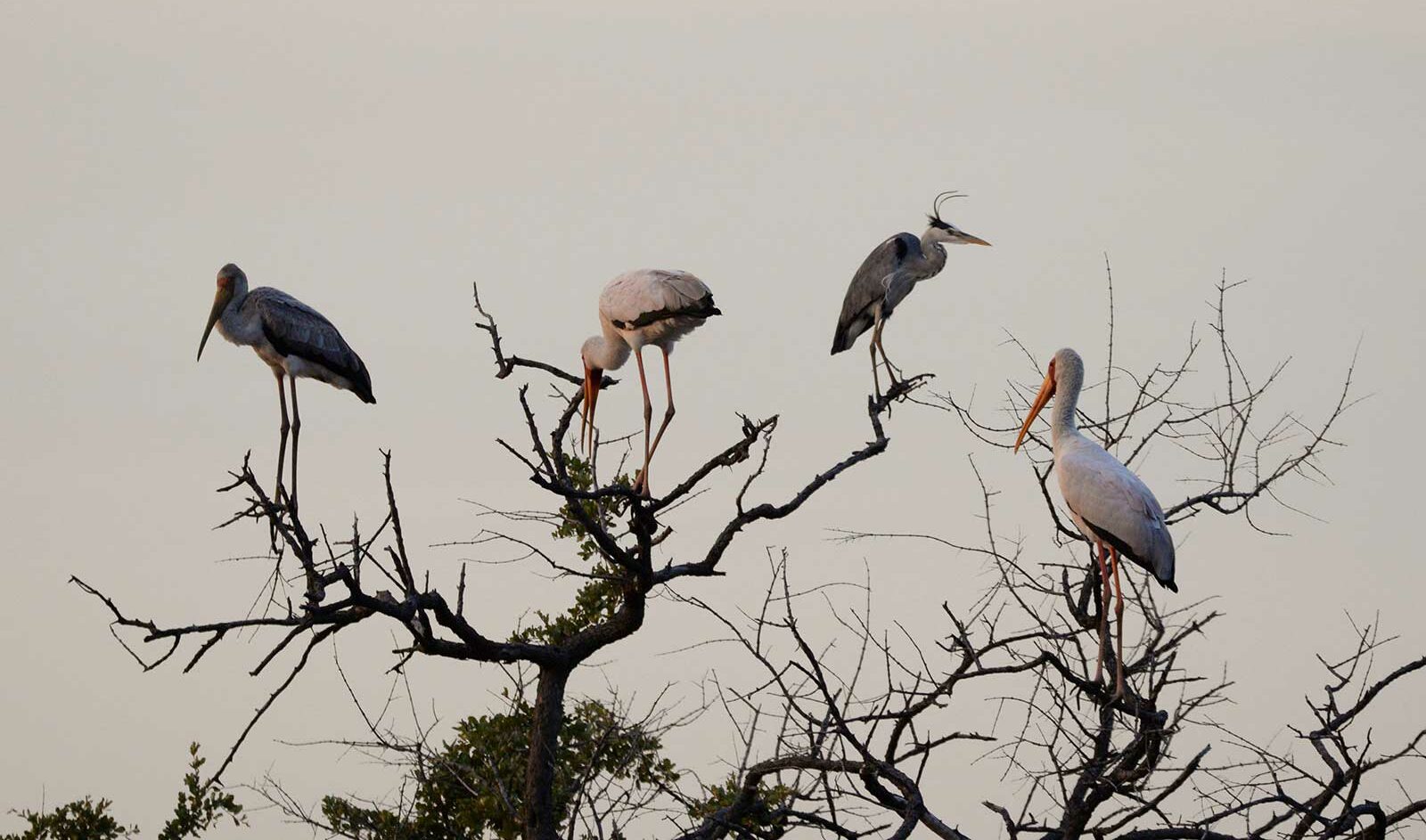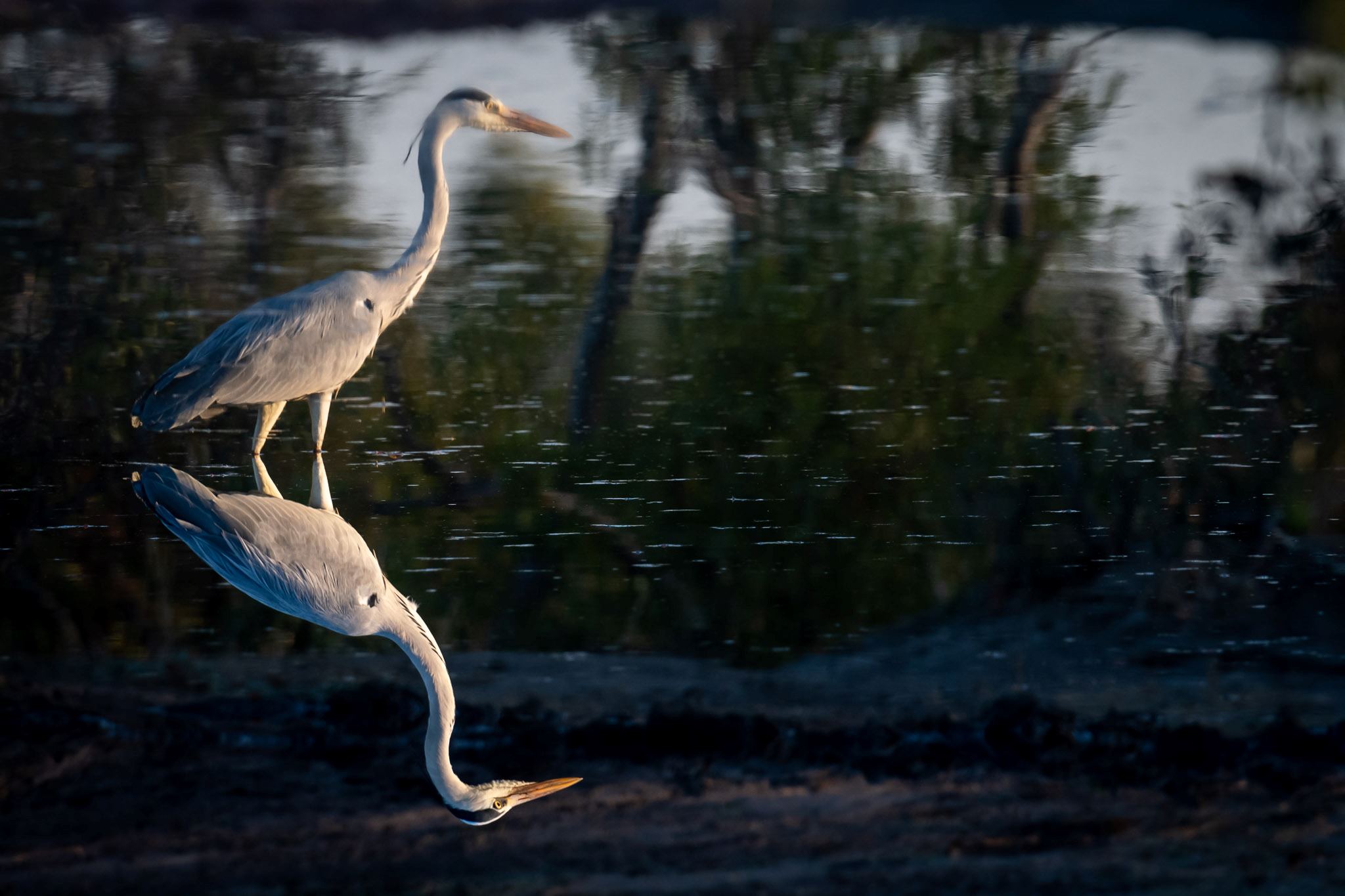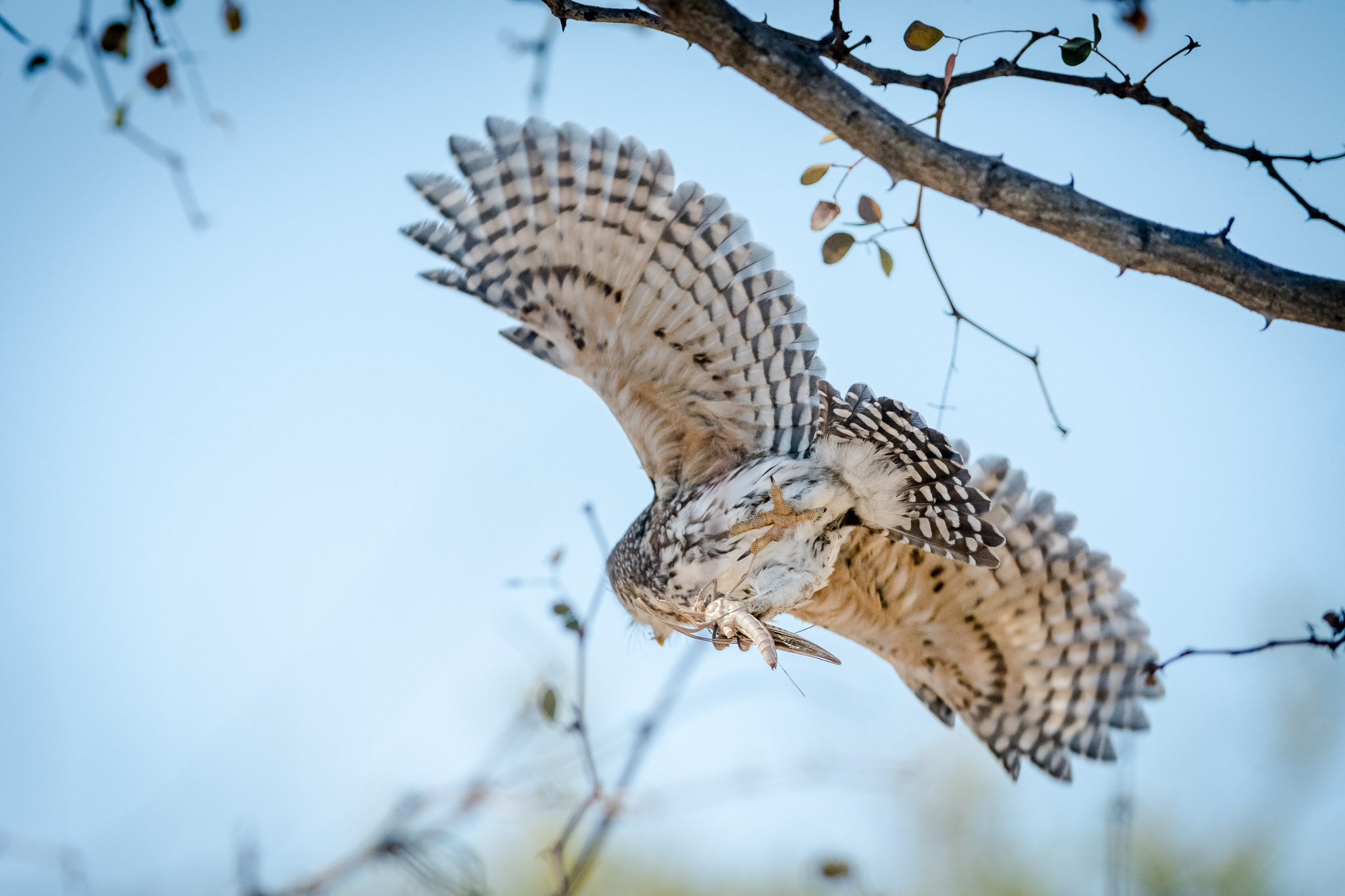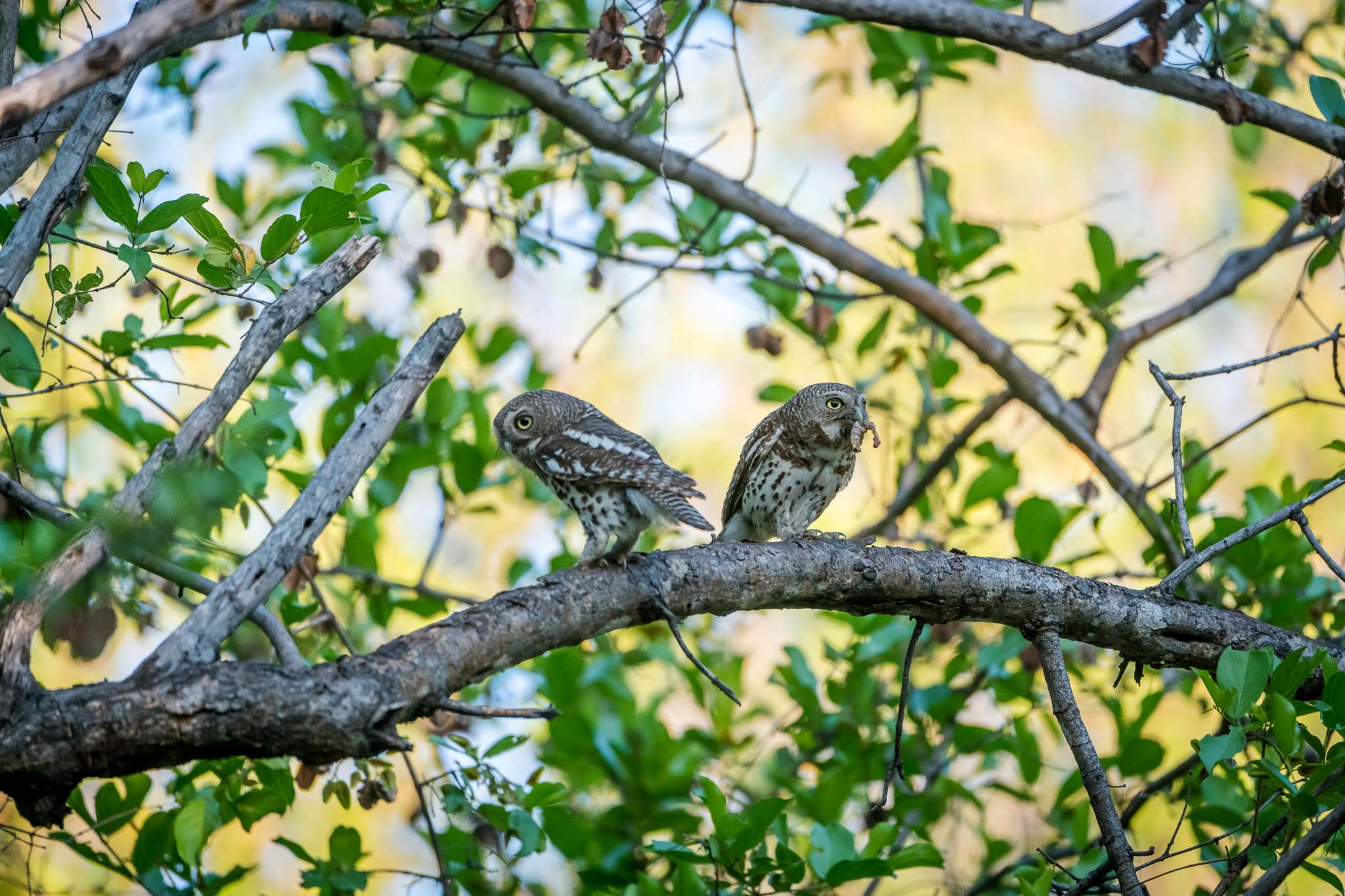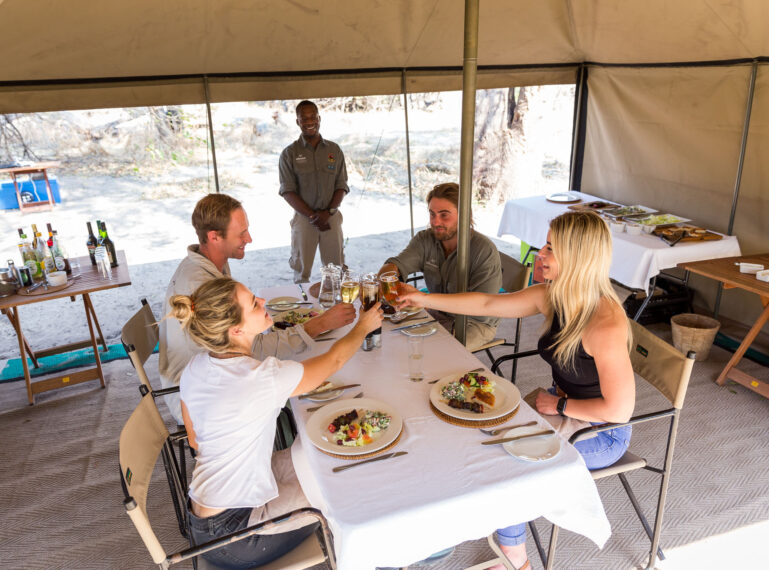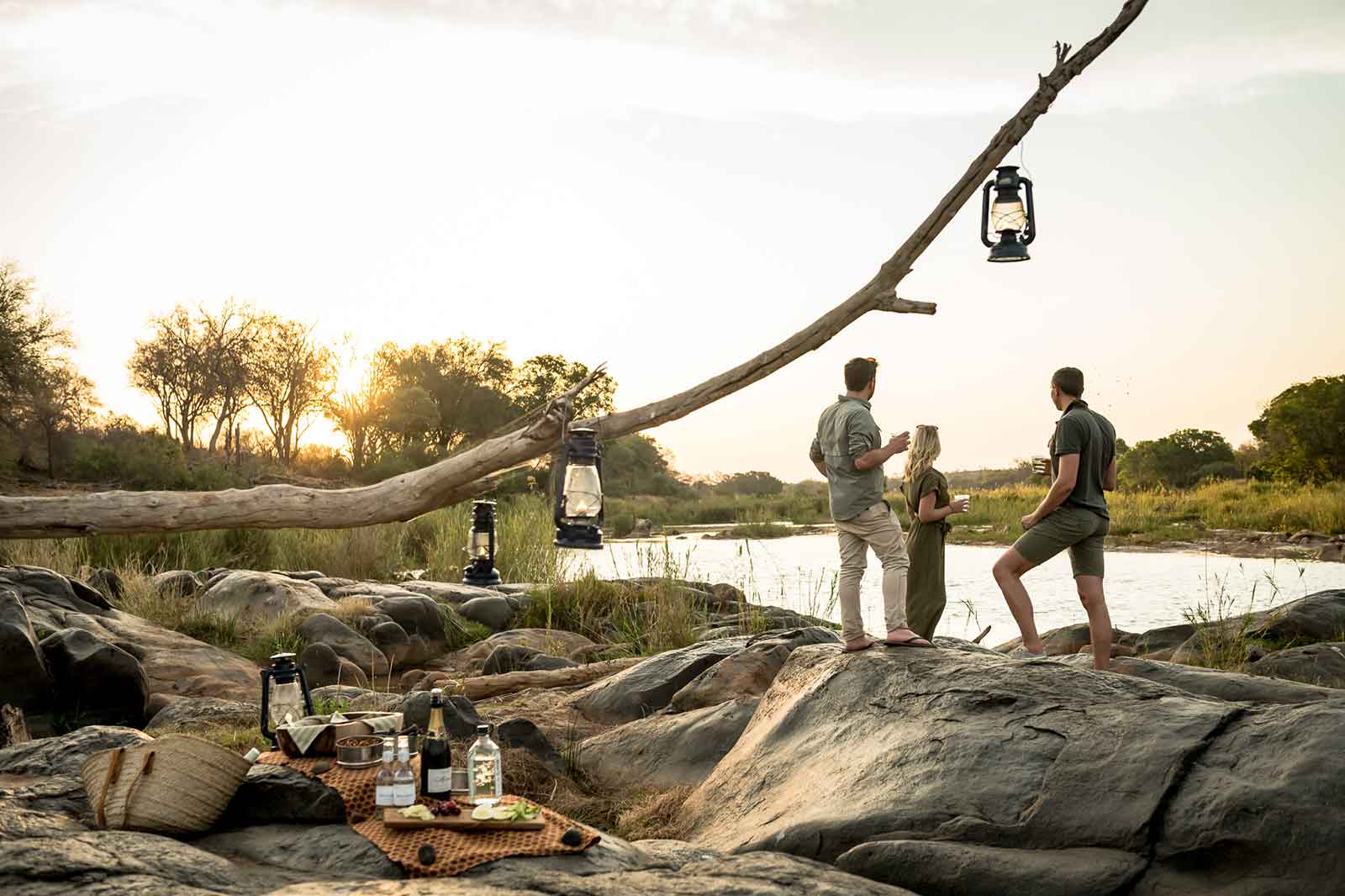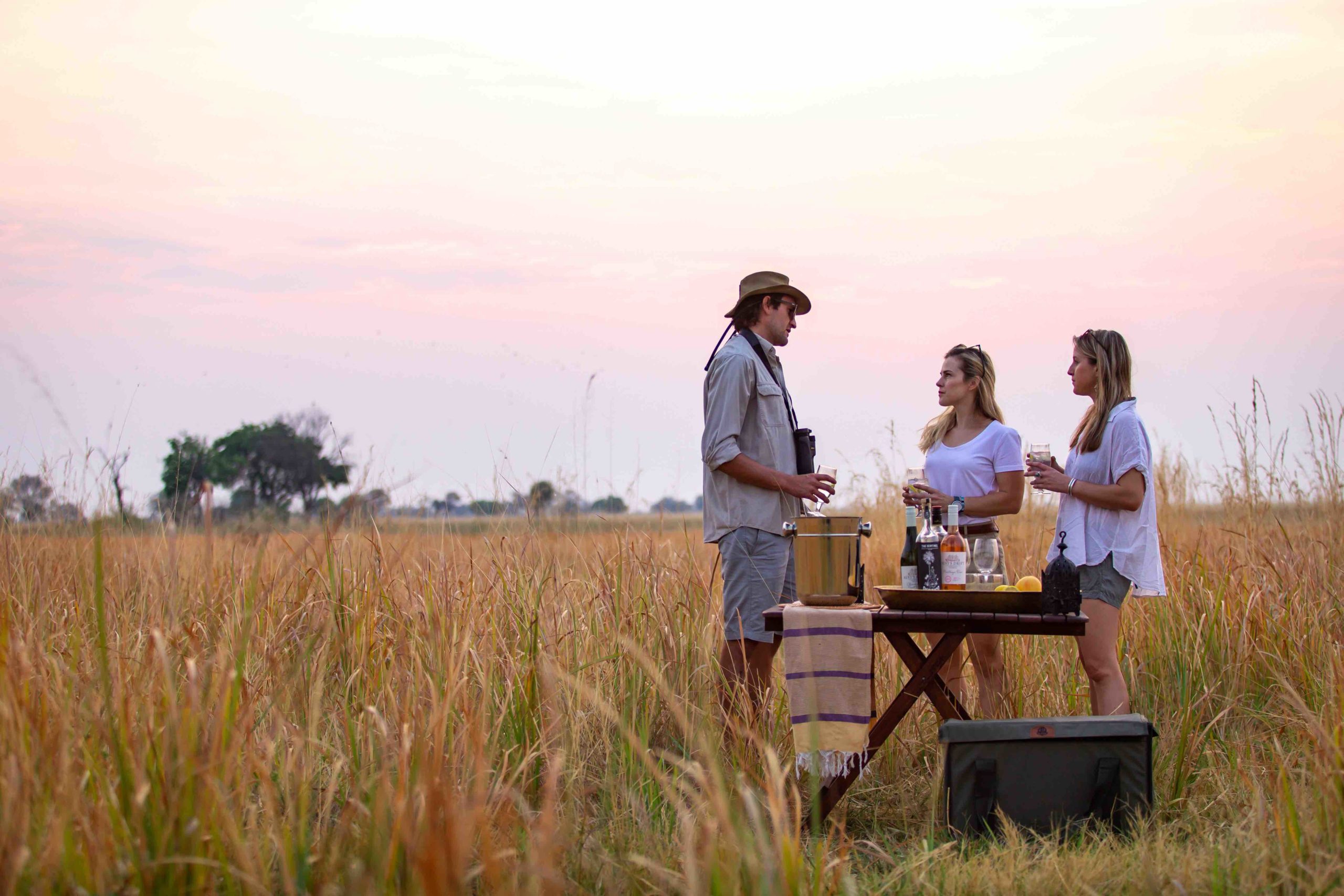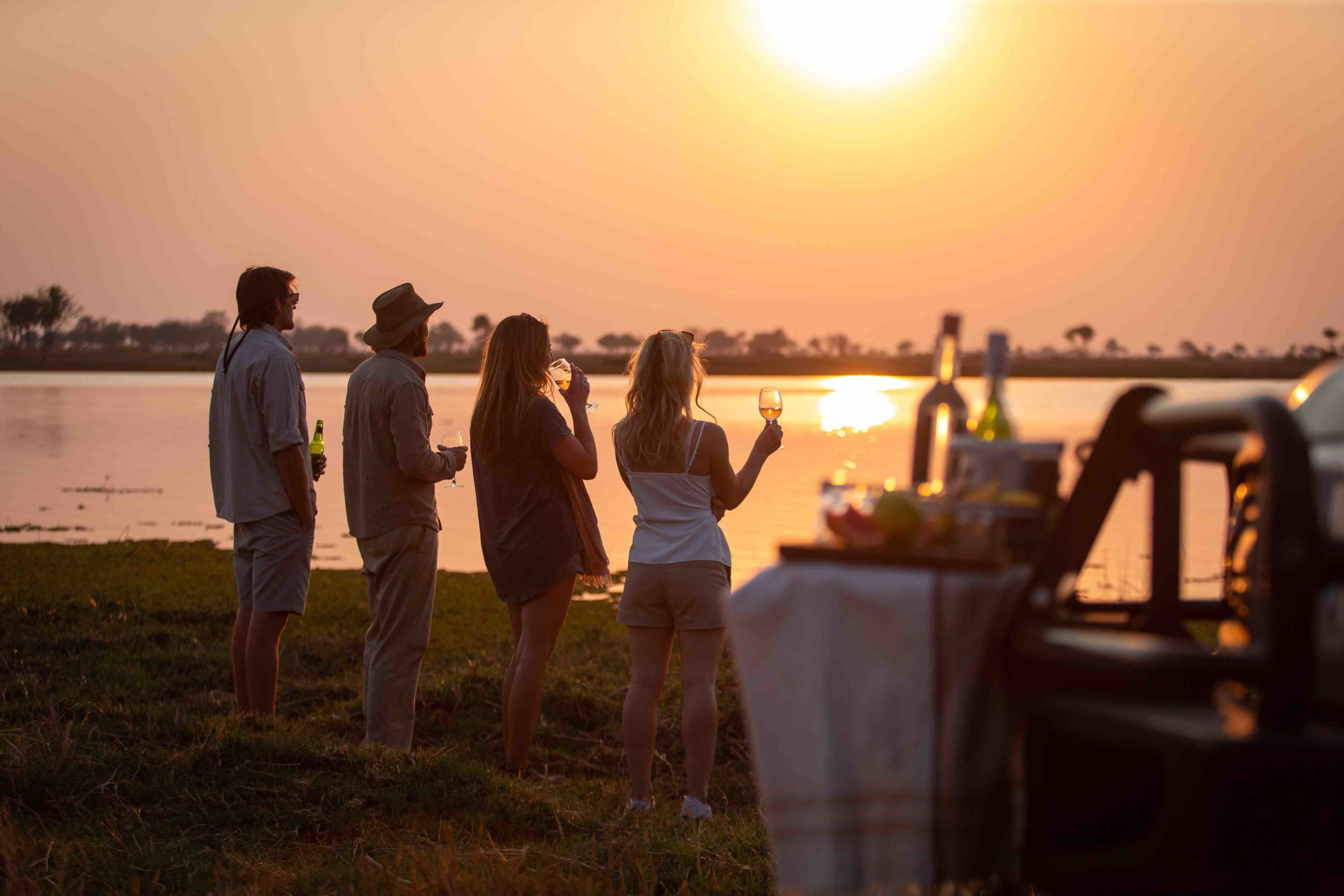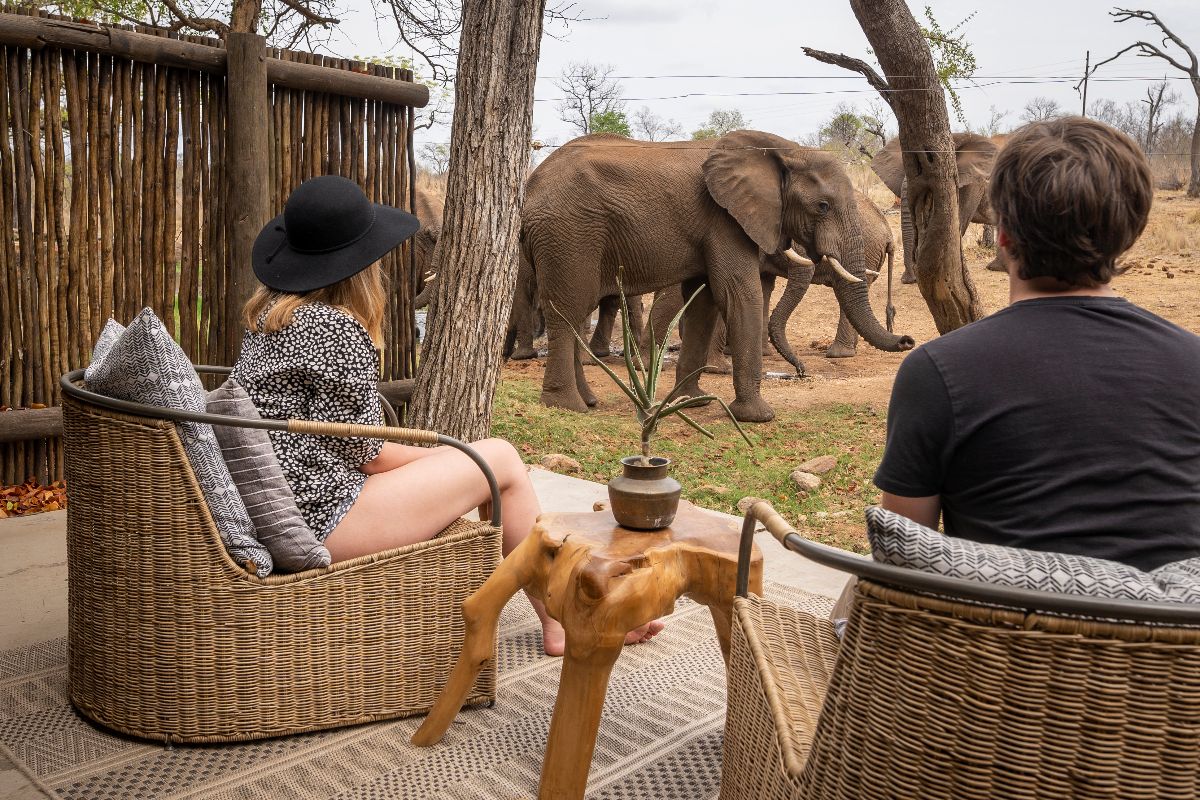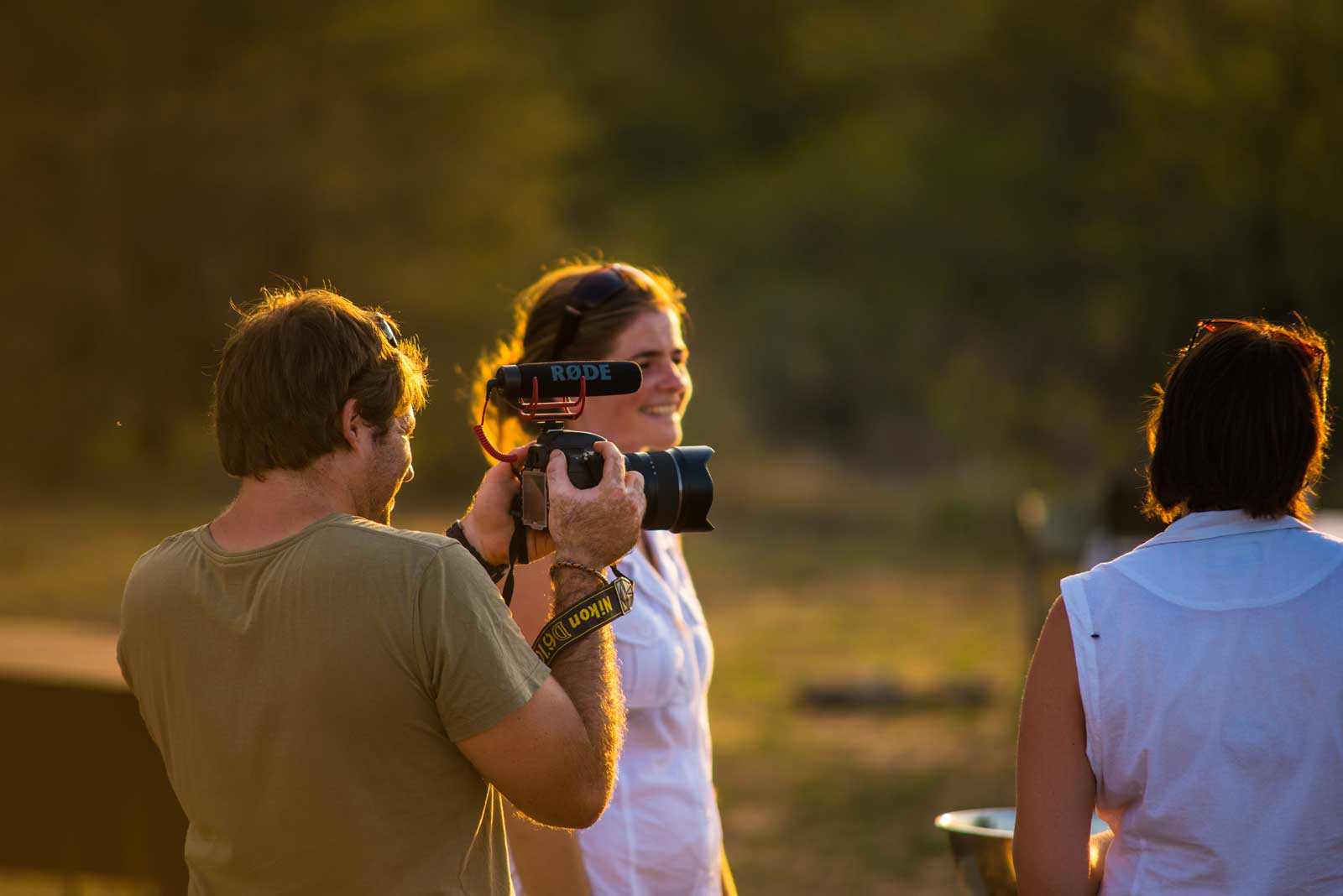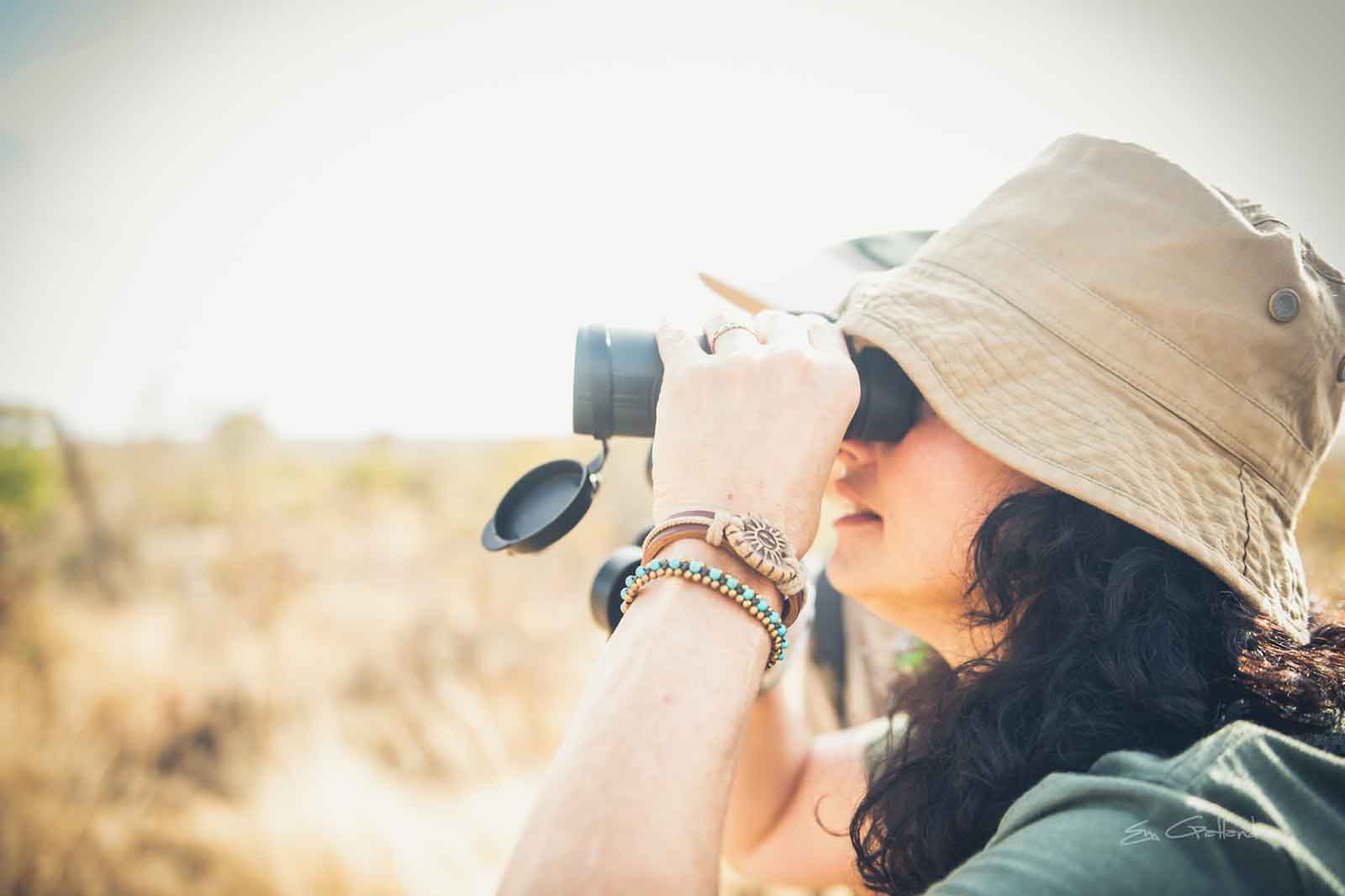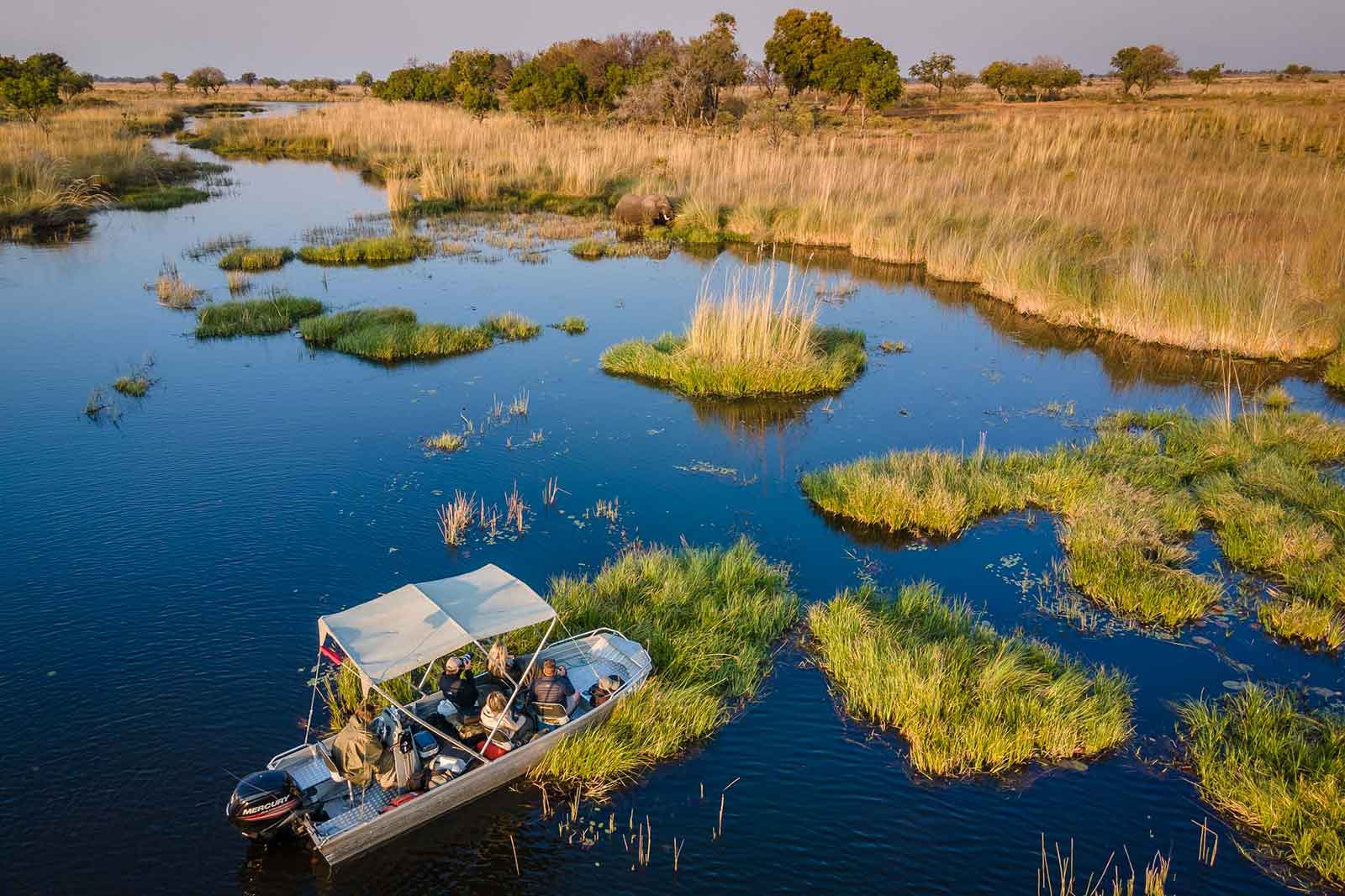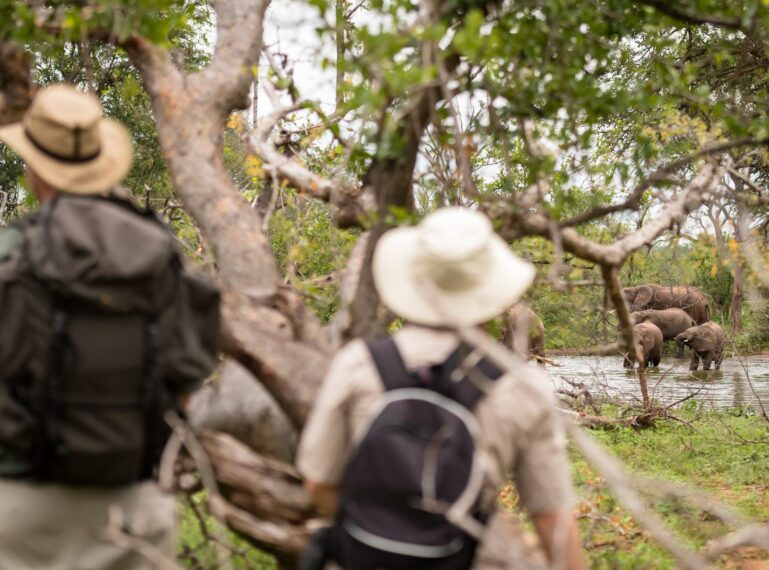
Guided Walking Safaris vs Guided Game Drives
Whether you’re lacing up your brand-name hiking boots for an African walking safari or choosing an outfit for your daily game drives, each style of safari activity is bound to unleash that adventurous spirit of yours. When it comes to experiencing the wild, two popular options stand out: walking safaris and safari game drives. Each offers a unique perspective, allowing nature enthusiasts to connect with the wilderness in distinct ways. Guided game drives are synonymous with the African safari experience and offer abundant opportunities to search for game while covering vast areas. Walking safaris cover less ground, but they’re more immersive and interactive.
Certain safari camps offer the best of worlds, where the focus is either on walking safaris with a game drive or two, or game drives with a walk or two. In our portfolio, we have two such camps. Africa on Foot Wilderness Trails is a 3-day set trail through the Kruger bushveld that focuses on the immersive walking experience. Additionally, the team provides brief daily sunset game drives that encompass larger areas, expanding the chances of spotting predators. Africa on Foot Camp is the sister camp to Wilderness Trails, and offers a standard safari experience minus the morning game drive. It’s here that you can enjoy a 3 hour morning walk and finish the day off with an iconic safari game drive.
Whether you want a camp that leans more towards the walking safari or a camp that leans towards safari game there’s no “perfect” choice. Ultimately, the choice is down to your personal preferences, fitness levels and want you want from your African safari experience.
Without further ado, let’s explore guided walking safaris vs guided game drives and how to choose the best fit for you.
Tracking while on the move: safari game drives
The majority of Kruger safari camps and lodges offer twice-daily game drives led by an experienced safari guide and tracker. These guided game drives take place in open-topped game viewers (ideal for unobstructed views while in sightings) and are the classic choice for those who prefer to observe wildlife from the comfort and safety of a safari vehicle.
Because drives are about 3-hours long, you will cover extensive ground which increases your opportunity of spotting the Big 5, birds, and other bucket-list beasts. In essence, there’s more likelihood of encountering elusive creatures taking down prey—you have the safety of the vehicle, which means you get to witness incredible spectacles unfolding in the wild.
Benefits of Opting for a Game Drive Style Safari:
- It’s an activity that can be done during the darker hours of day, opening up plenty of scope to spot nocturnal predators. You can’t conduct walking safaris at night!
- Because you have the safety of the vehicle, you can enjoy up close and personal experiences with lions involved in a feeding frenzy…or a leopard about to ambush its prey.
- They’re great for a variety of ages and mobility levels.
- Bumbling and hurtling along jeep tracks with the breeze blowing past you, is a thrilling experience.
- You can reach unique sightings in an instant when they’re radio’ed through from another guide.
- It’s possible to access remote corners of the bushveld and traverse diverse ecosystems in a short space of time.
- You have a tracker on the front of the vehicle “reading the bushveld” and observing animal behaviour, while the guide schools you about the wild. There’s minimal effort from your side!
- You have time for lengthy coffee and sundowner stops, and iconic part of the safari experience.
A game drive centric safari is an ideal option for those seeking a comprehensive and comfortable safari experience.
Immersed in Nature: Walking Safaris
Walking safaris offer a more intimate and immersive encounter with the wilderness. Walking safaris usually take up most of the day and are led by two or more trained trails guides. It’s an experience for the easygoing. active explorer seeking a deeper connection to the wild. With boots on the ground, you feel more in sync with the wilderness.
As you follow well-worn paths and meander along jeep tracks, guides will stop en route to discuss various tracks and interesting facts about the landscape. Don’t be surprised to learn about the medicinal uses of plants while your guide encourages you to sample nature’s wares.
Our Africa on Foot Wilderness Trails sets out to explore the Maseke Balule Game Reserve on foot. The trail is 3 days long and covers undulating Kruger bushveld terrain punctuated by rocky outcrops. Nights are spent cosied up in an extremely comfortable dome style tent, all set up prior to arrival. Each night is spent in a different location, ensuring you experience the varied terrain of the area and the heightened noises of nature. This kind of safari experience provides an opportunity to appreciate the smaller wonders of nature, from intricate insect life to the diverse flora that often goes unnoticed during game drives.
Benefits of Opting for a Walking Trails Style Safari:
- It’s a completely sensory experience where you can touch and feel nature. Touching plants, tasting them and feeling the bushveld is something that’s missed on game drives.
- Walking safaris are renowned for their ability to heighten the senses, where you can smell the plants and even the wildlife (when the wind blows in the right direction).
- Walking safaris have minimal impact on the environment—they’re a great Eco friendly safari option.
- For those seeking an authentic and active exploration, a walking safari is the ideal choice.
- You get to feel the crunch of the bushveld beneath your feet while exploring the course of river, listening to the rushing waters.
- It’s adventurous, healthy and uplifting.
- You learn how to identify tracks yourself and help spot wildlife as a team. You function as a unit under the watchful eyes of your guides. It’s more than just a guest/guide experience. You are a part of something.
- You get to see the smaller things, often missed while out on a vehicle. This includes everything from dung beetles to spiders, ant lions, tortoises, snakes and bugs.
- The slower pace allows for a deeper understanding of animal tracks, bird calls, and the subtle signs that reveal how the entire ecosystem works in harmony.
- Walking trails allow for a closer connection to the wilder world out there.
How to choose the Right Safari Experience
There’s no hard and fast rule about how to choose the right kind of safari experience. It really depends on personal preferences and the desired level of engagement with nature. Game drives offer a more observant and less immersive experience, but you can cover more ground. They’re the better option for people who are less mobile and don’t have the required level of fitness for walking safaris.
Safari game drives offer the convenience of covering more ground and witnessing a diverse range of wildlife, while walking safaris provide a more active and adventurous experience. Walking safaris are for fitter, more active people who want to experience the Kruger on a profound level and who really want to step into the wild. Walking safaris tend to also be scheduled walks on a daily basis, which means there’s a level of endurance required to sustain walking for days on end.
Whatever your decision, the experience WILL be transformative and unforgettable. If you’re an avid adventurer who is fit but enjoys game drives and comfortable accommodations, your first port of call should be Africa on Foot Wilderness Trails. Our reservations team is just an email away from making your walking safari dreams come true.
